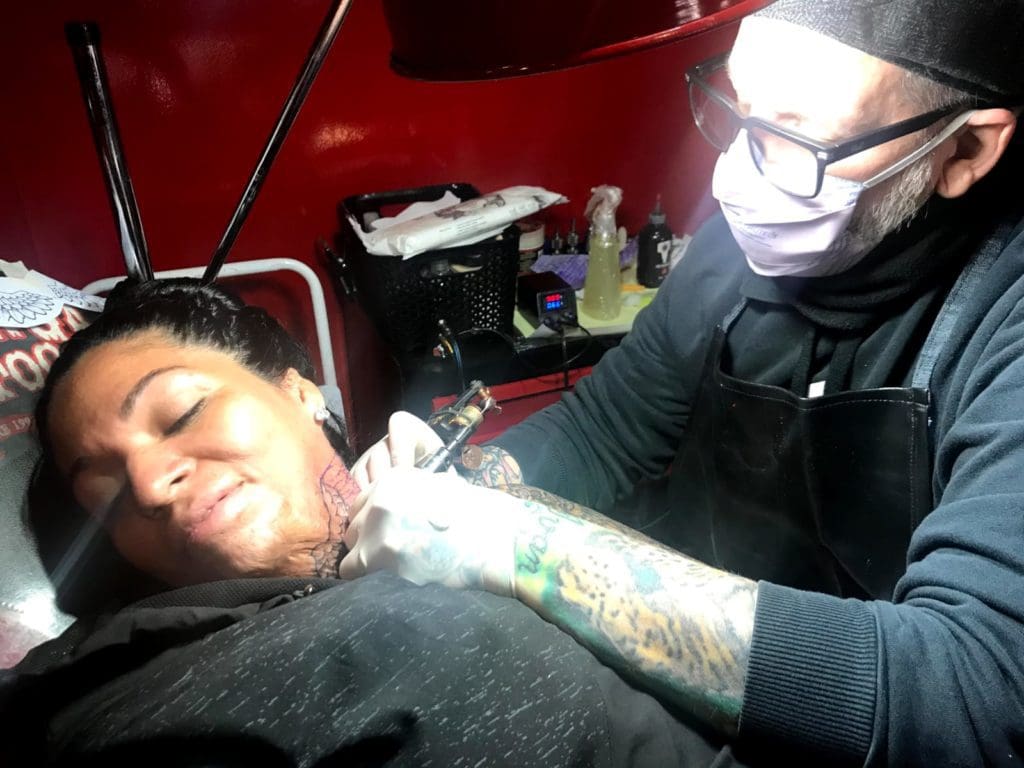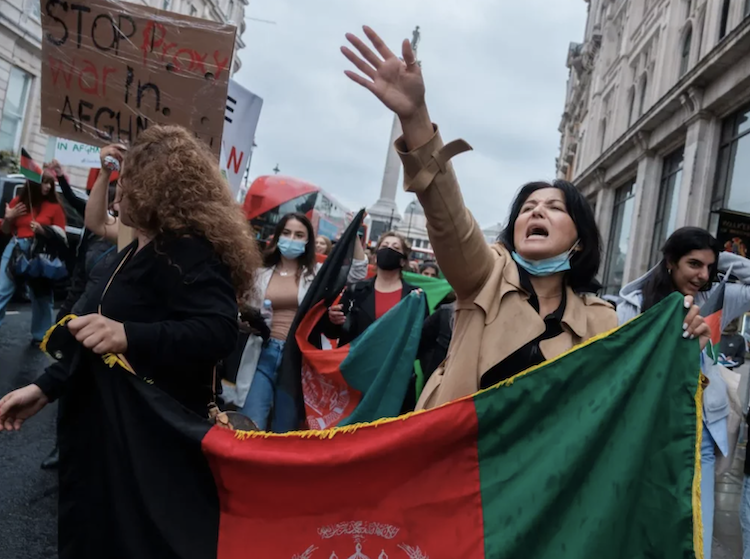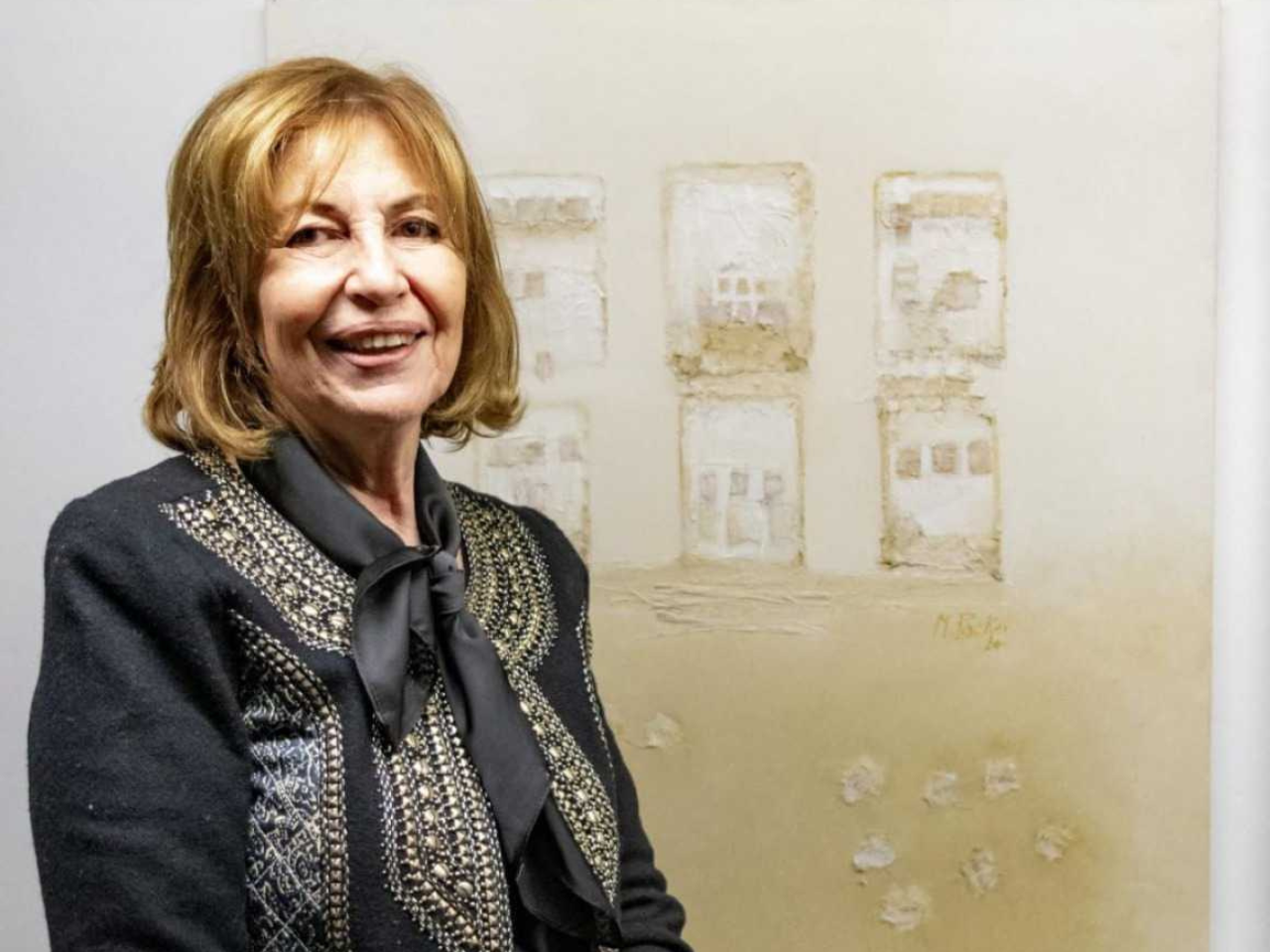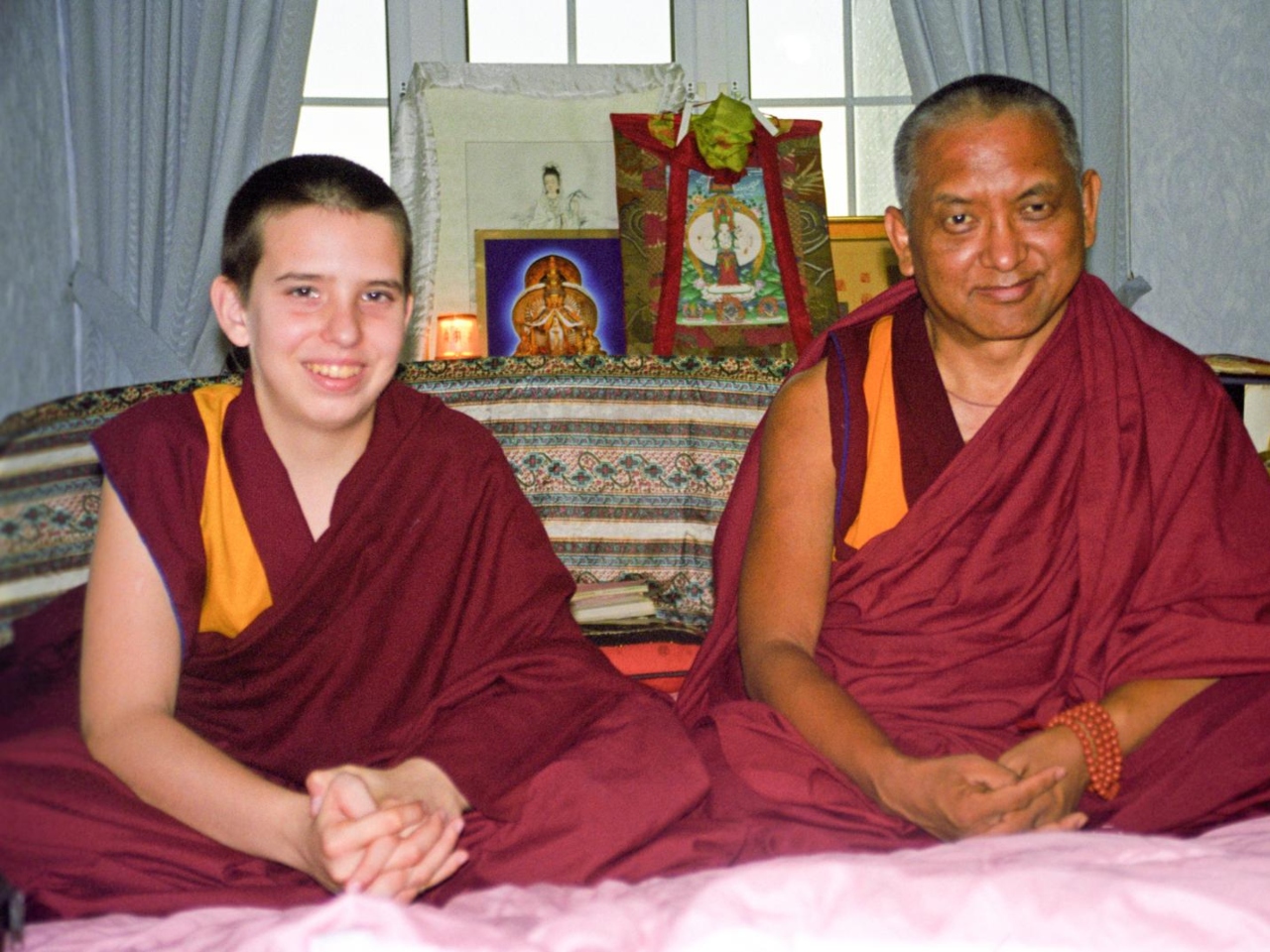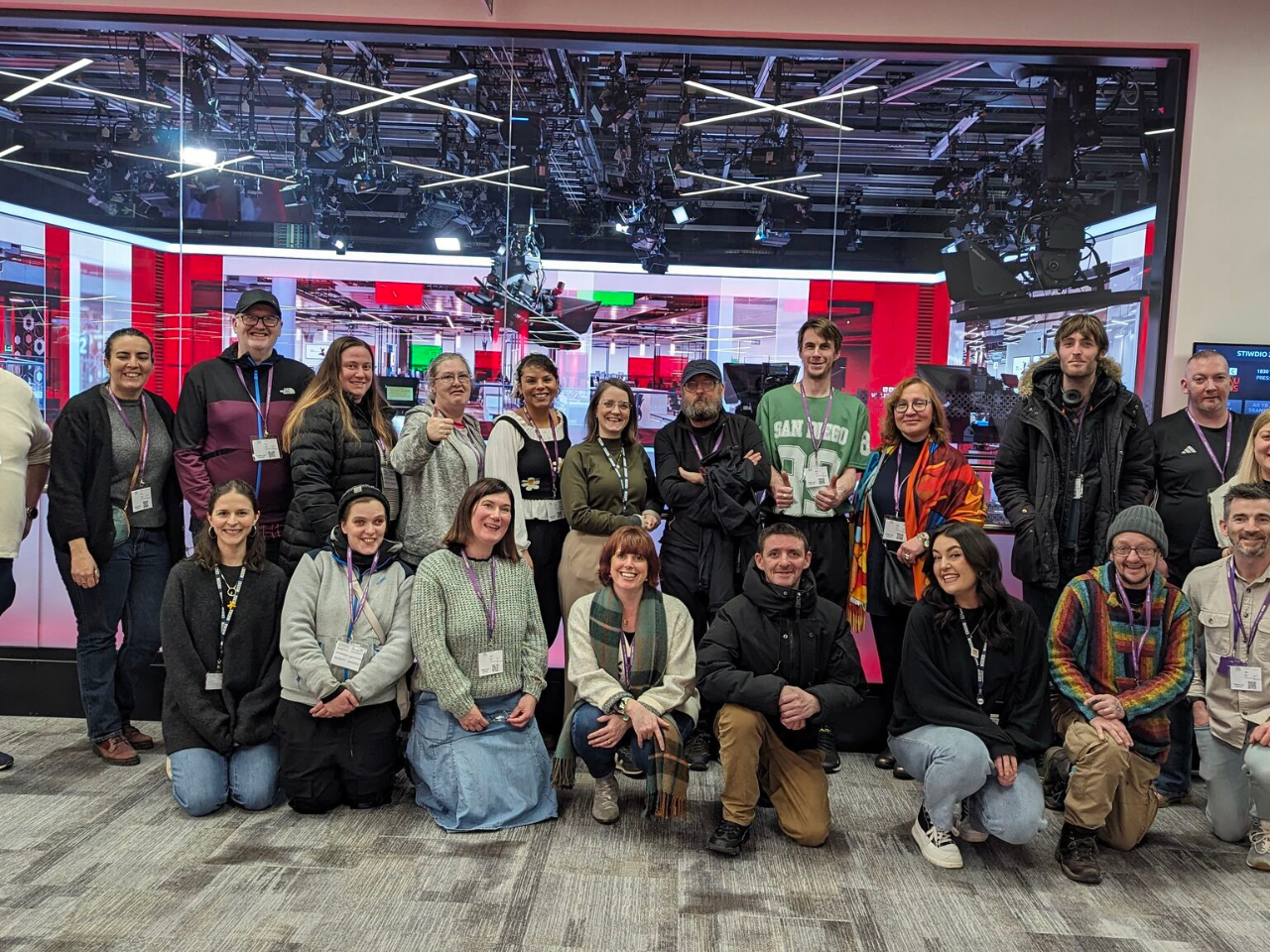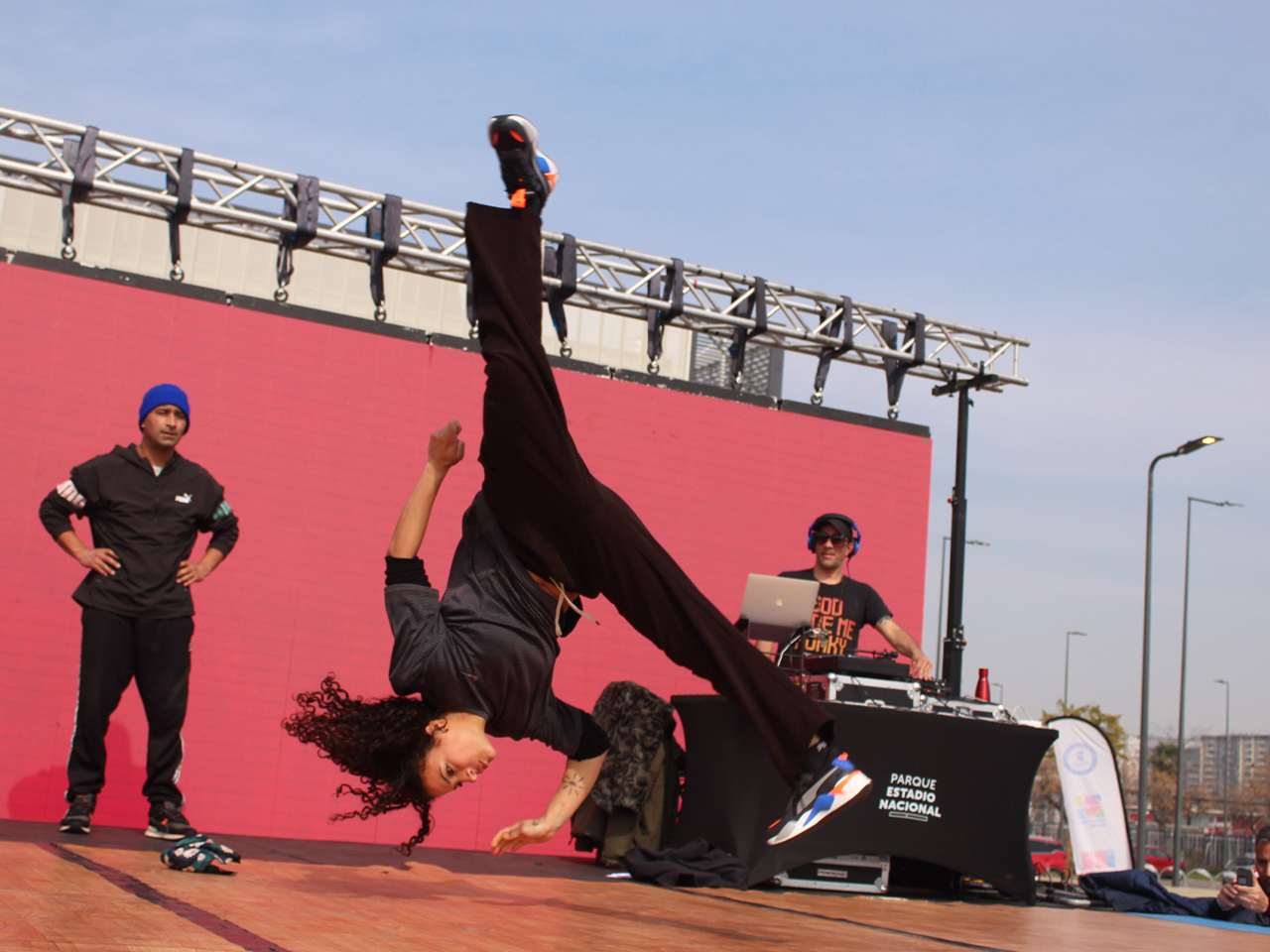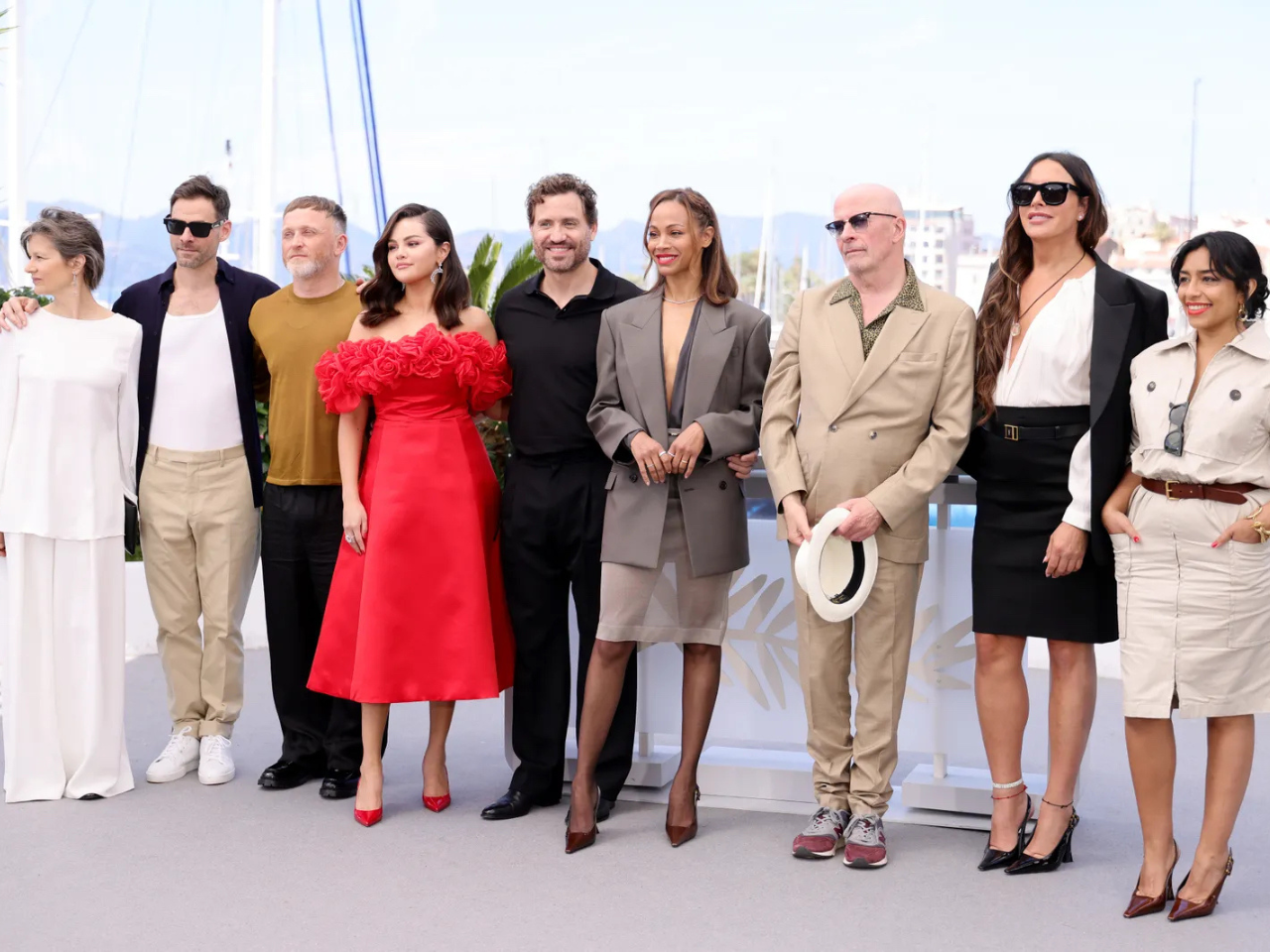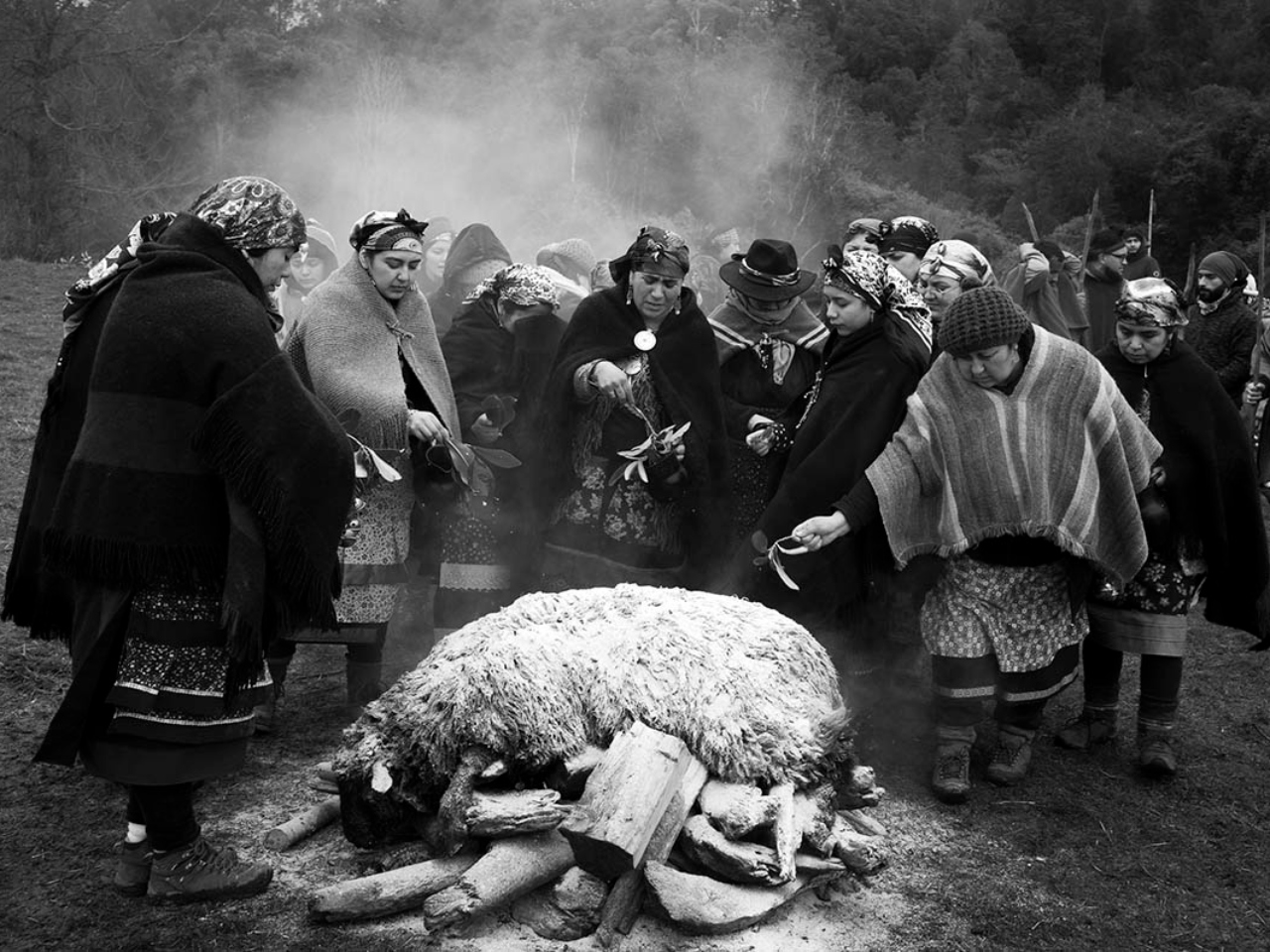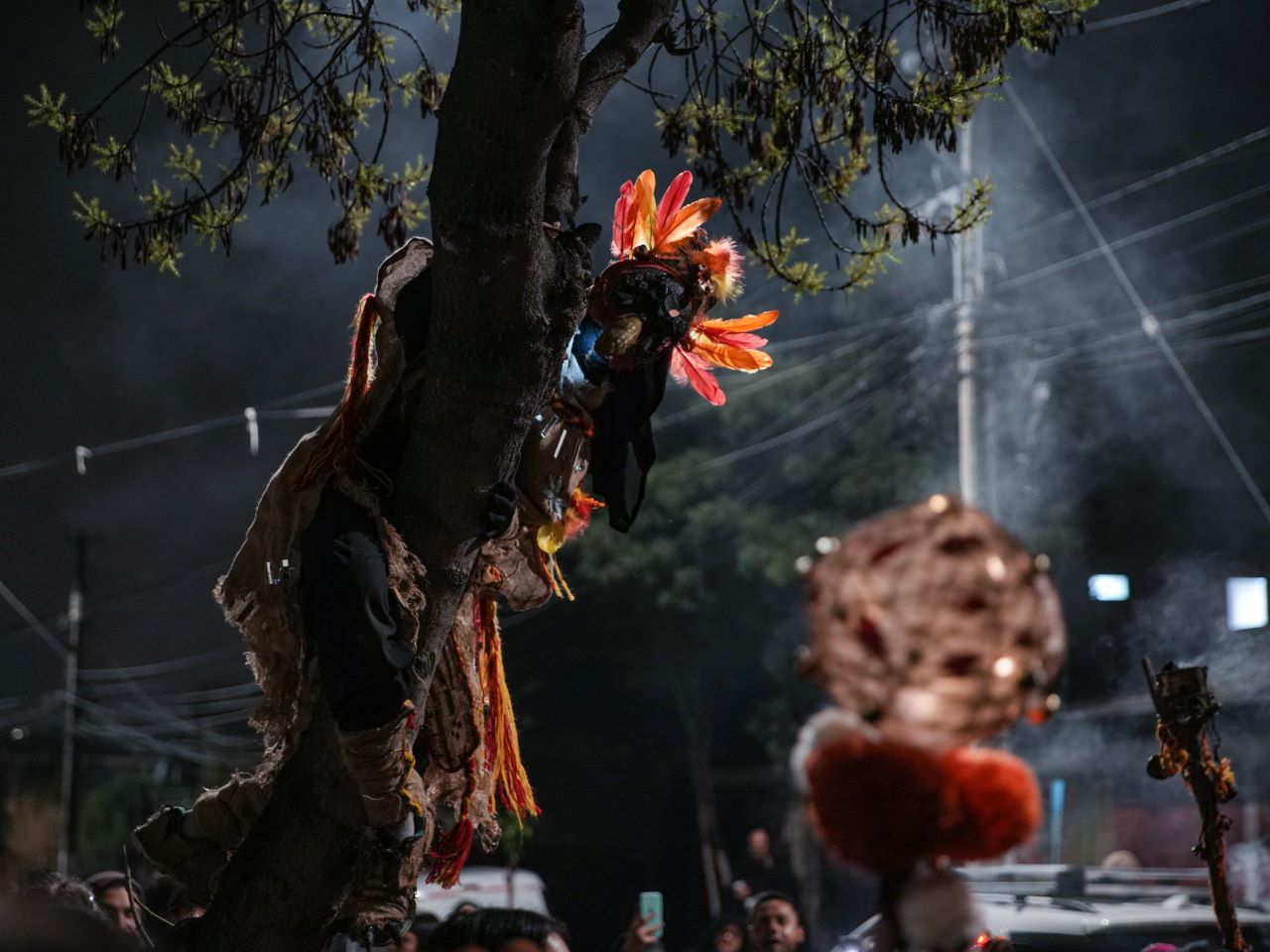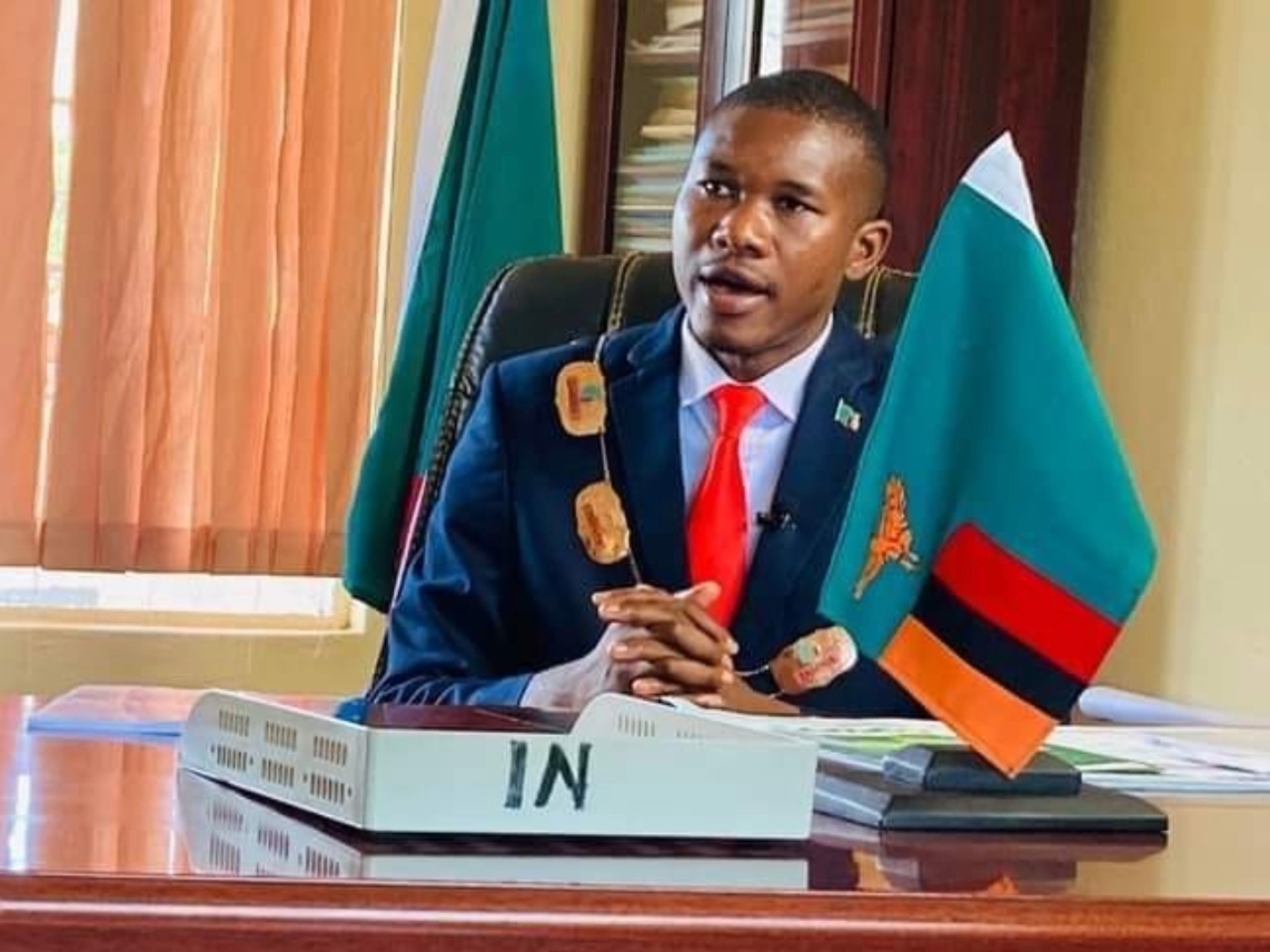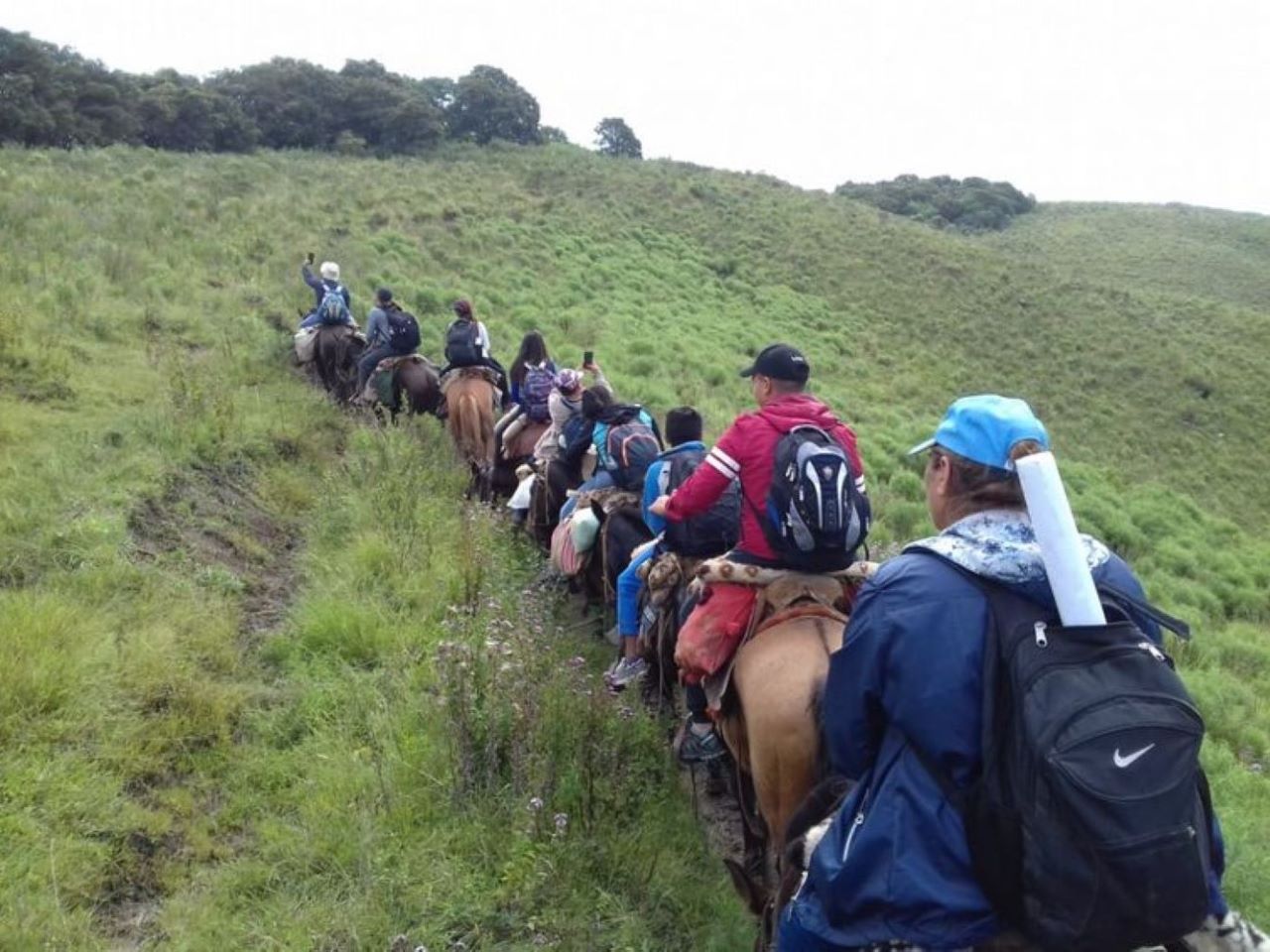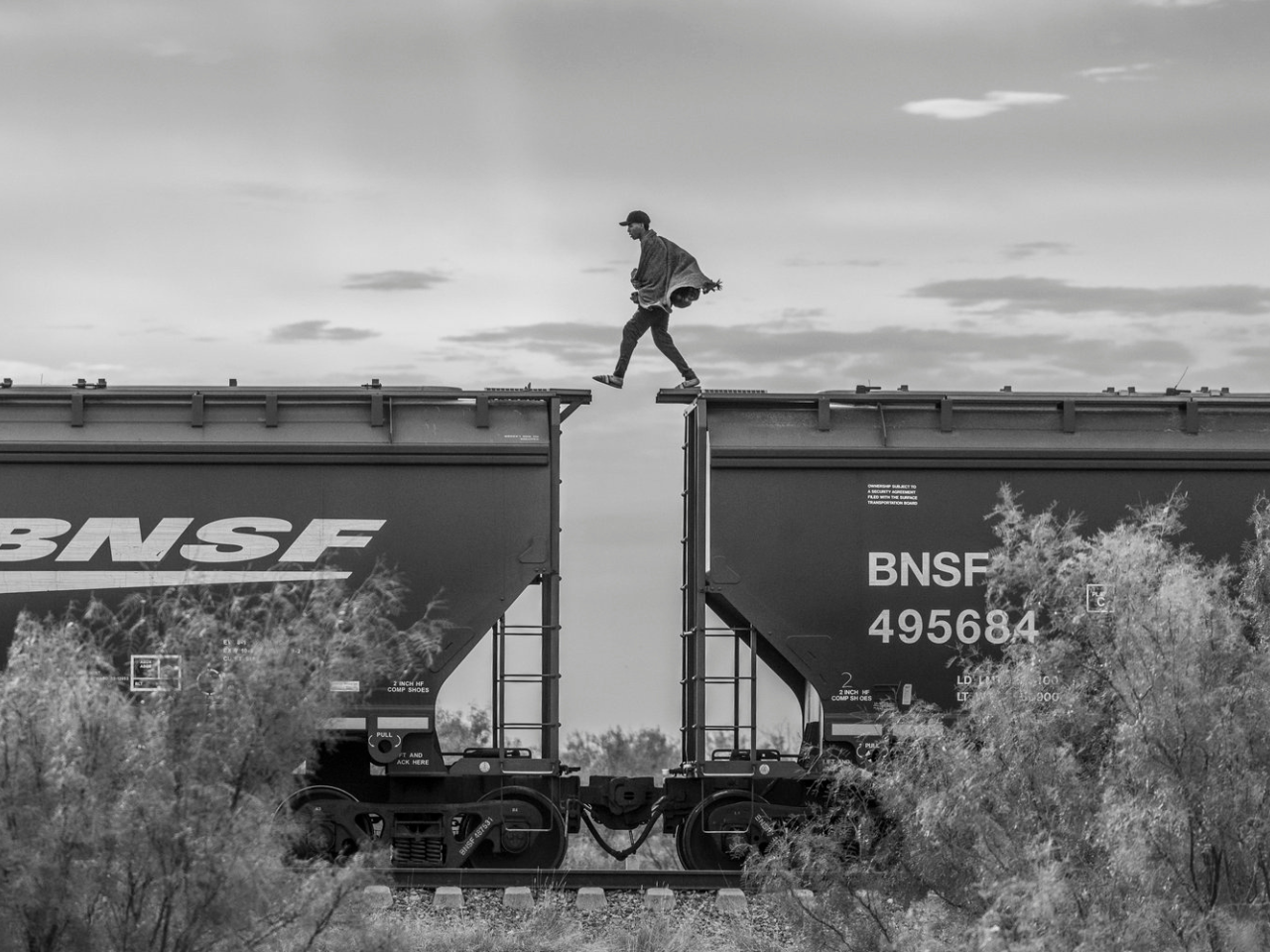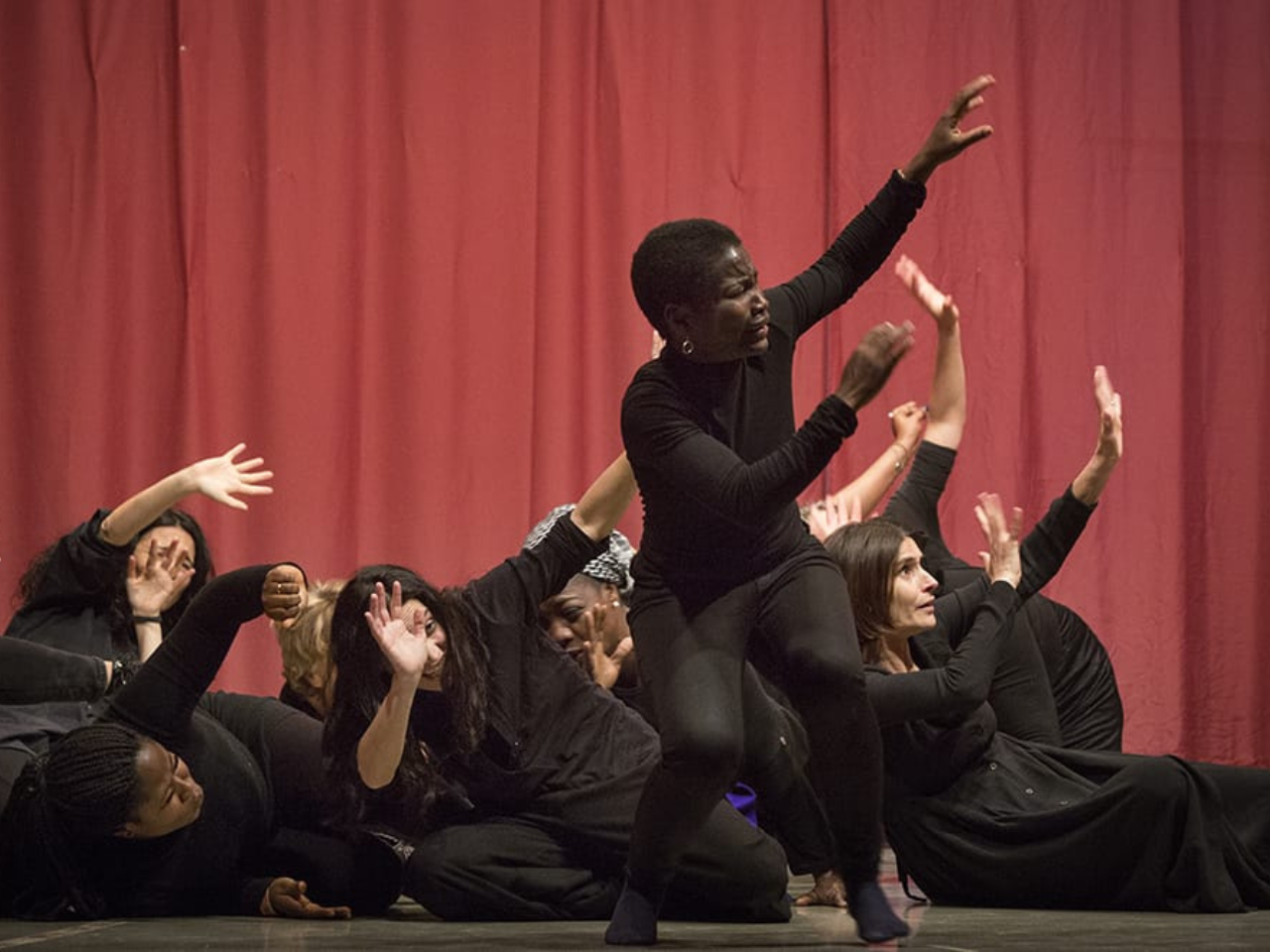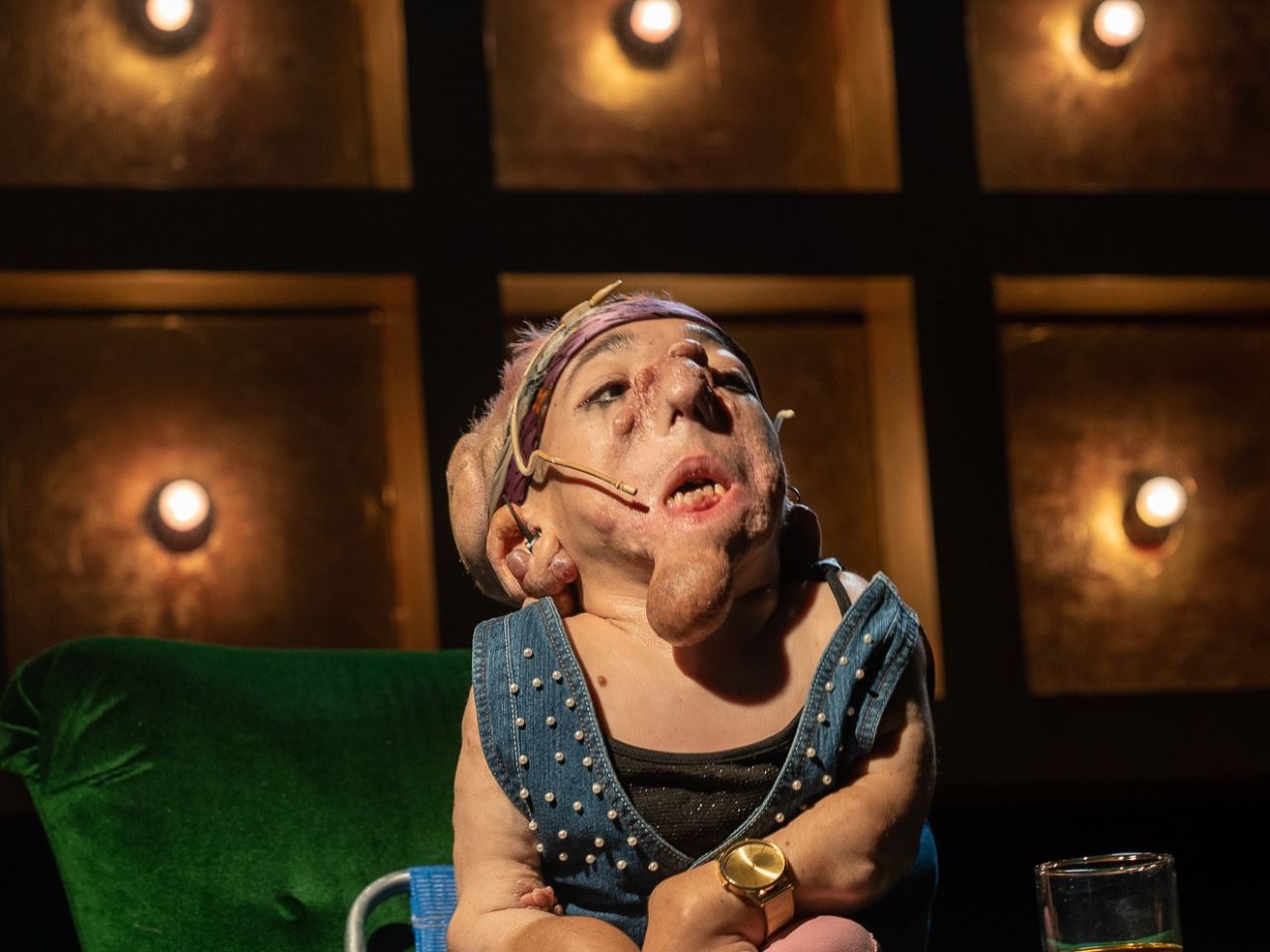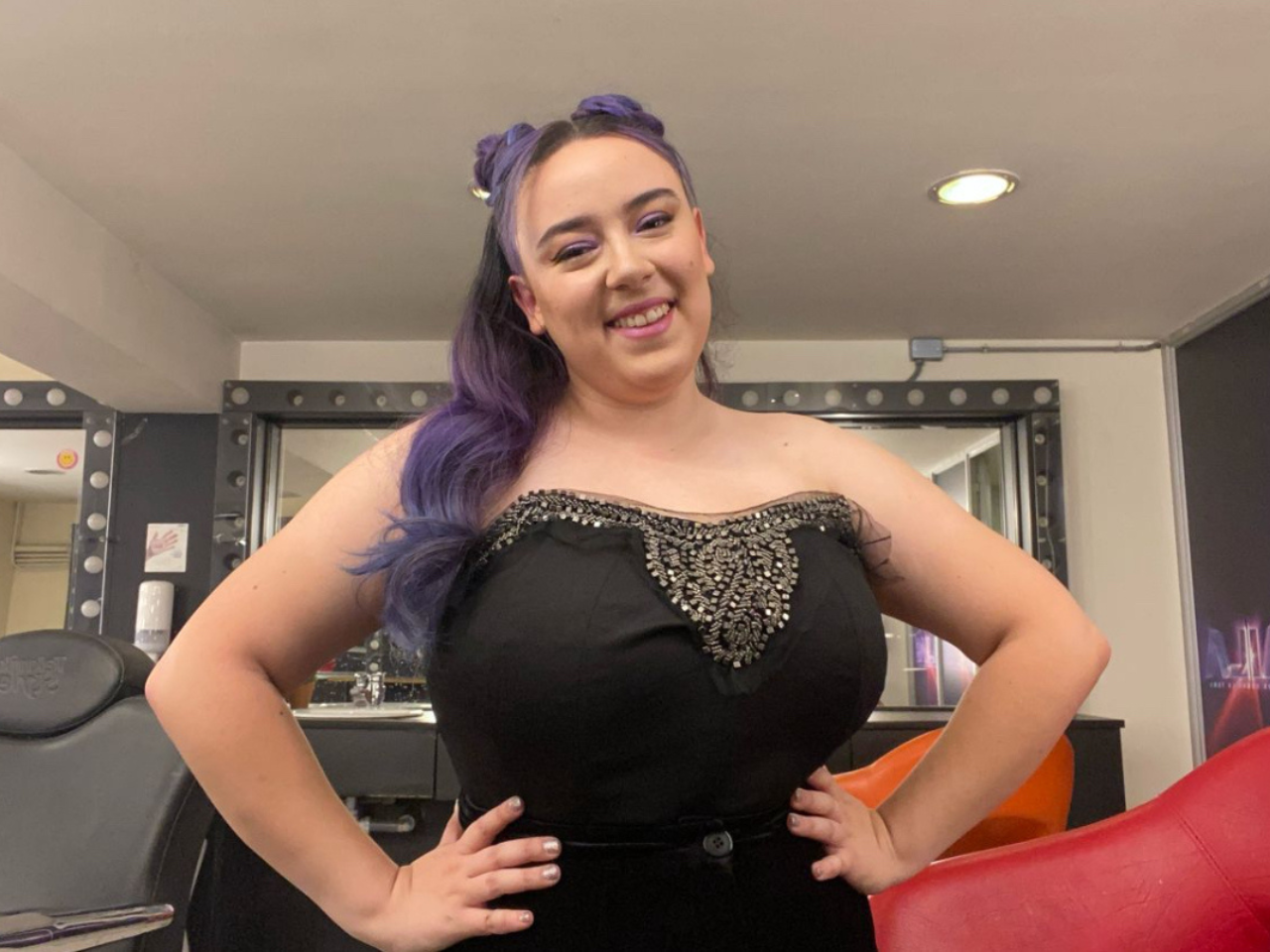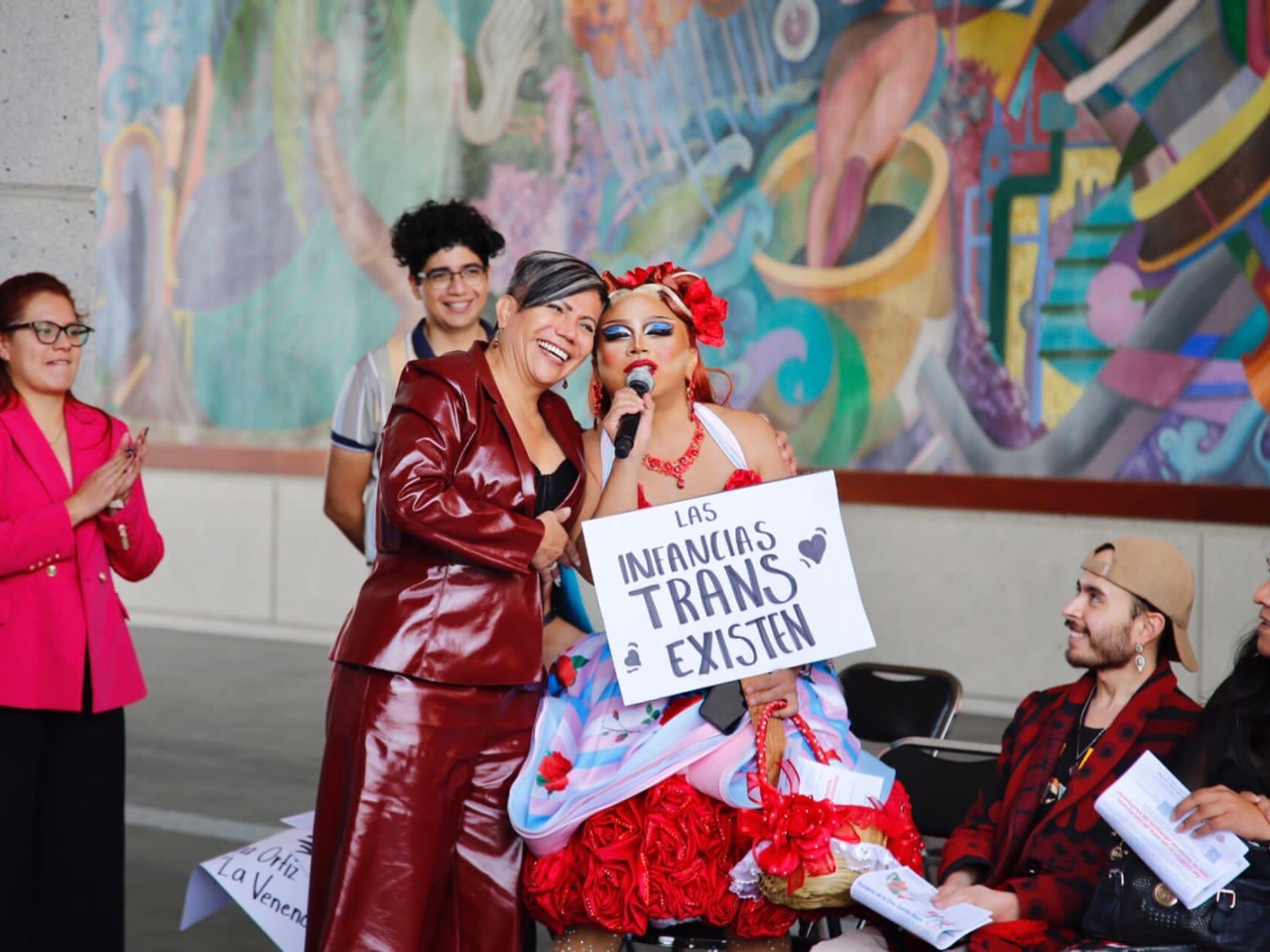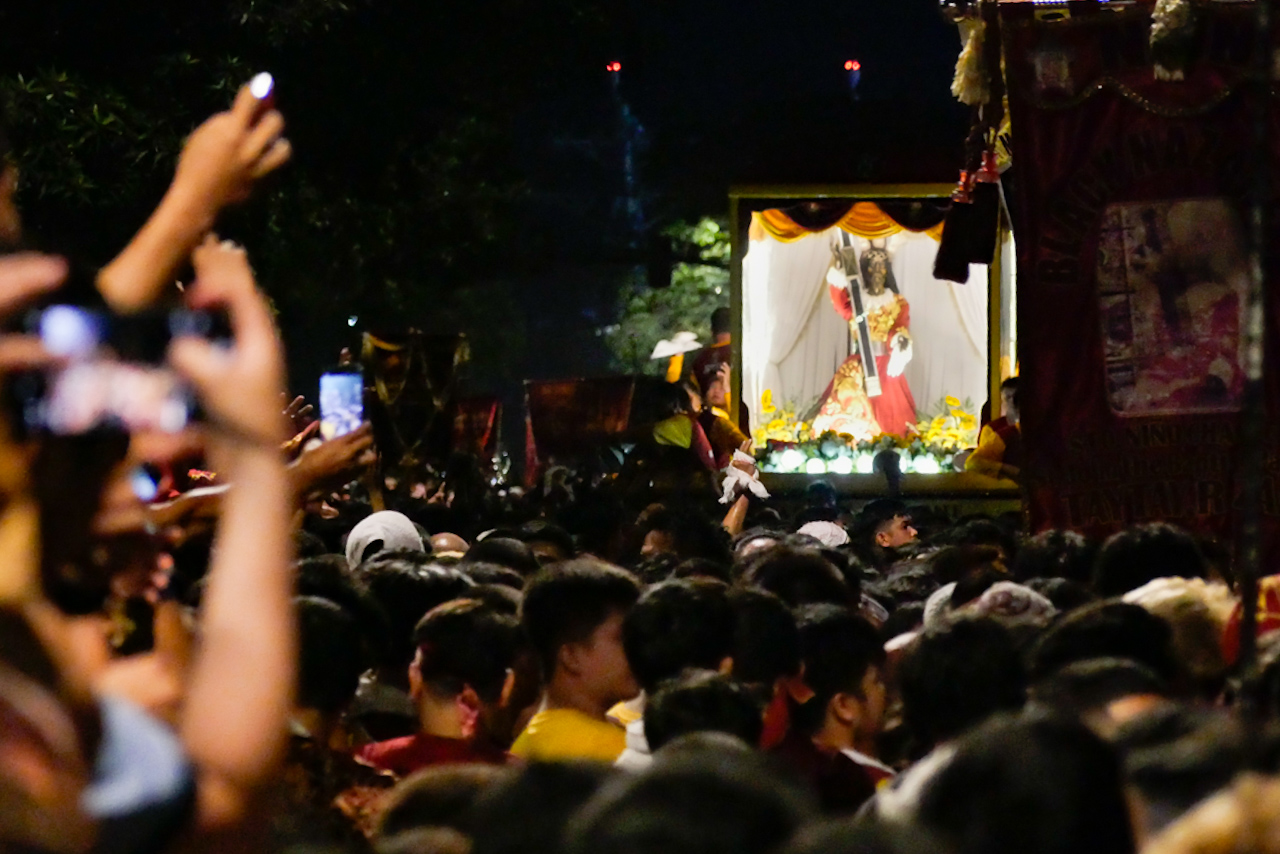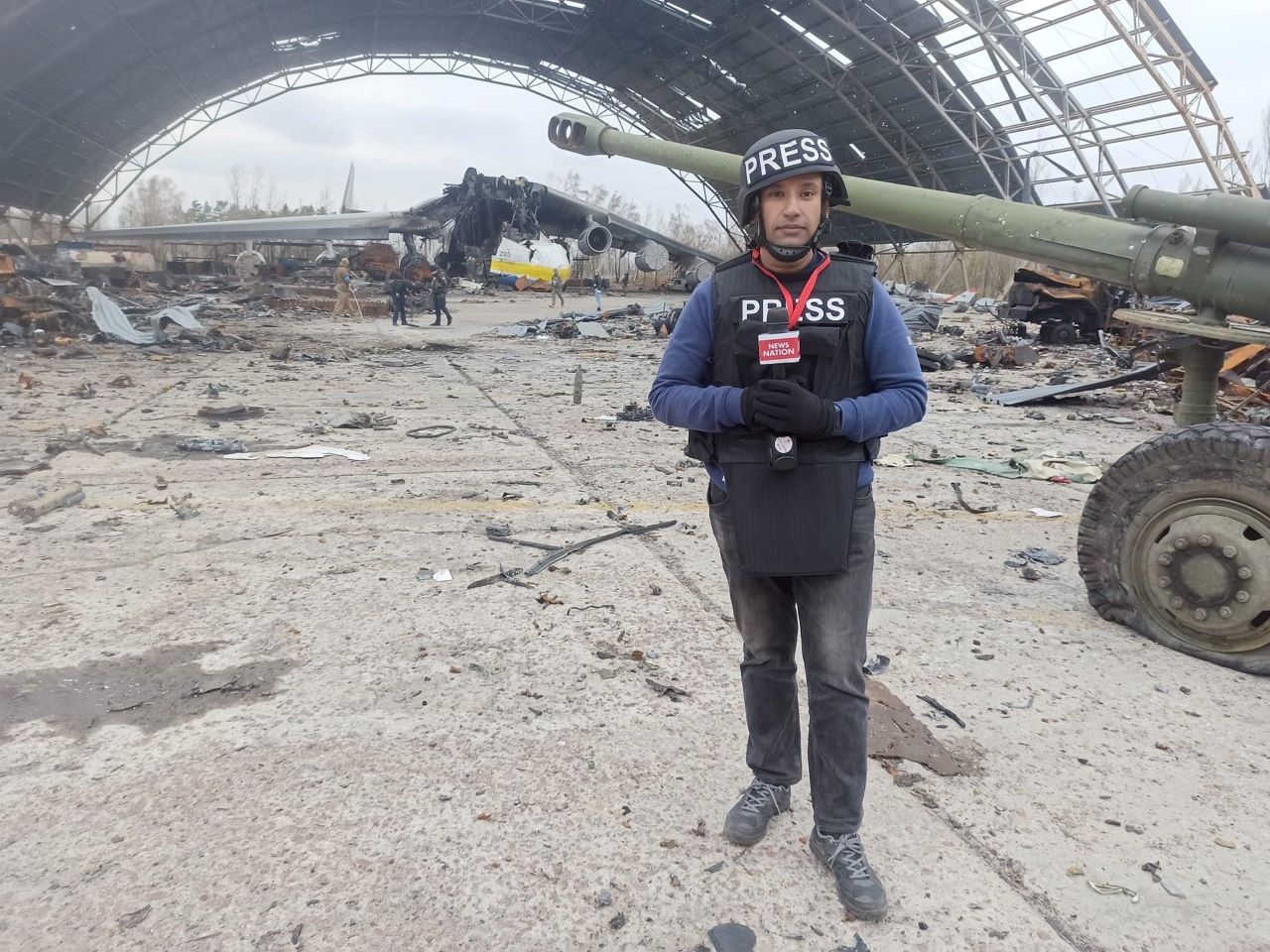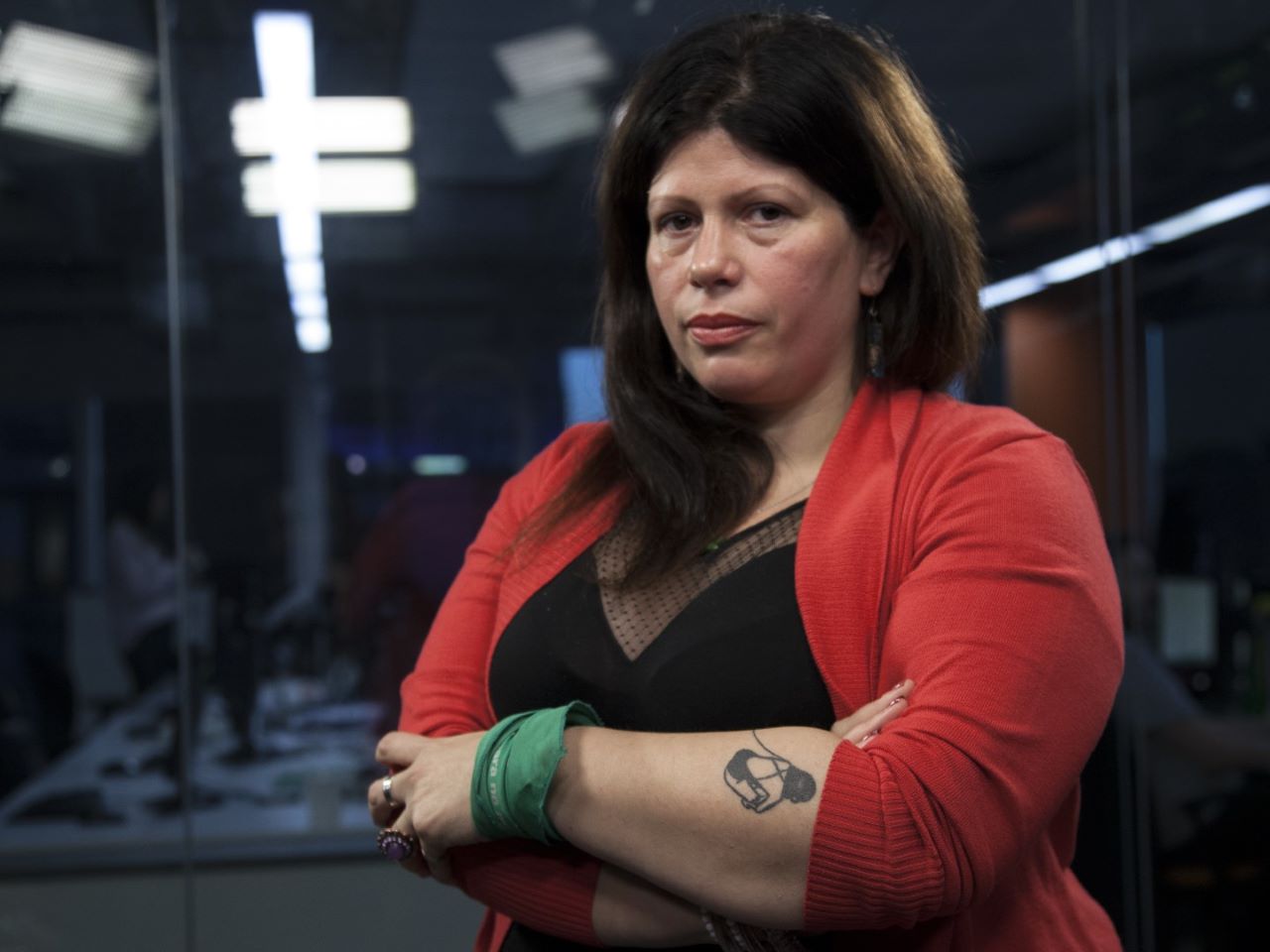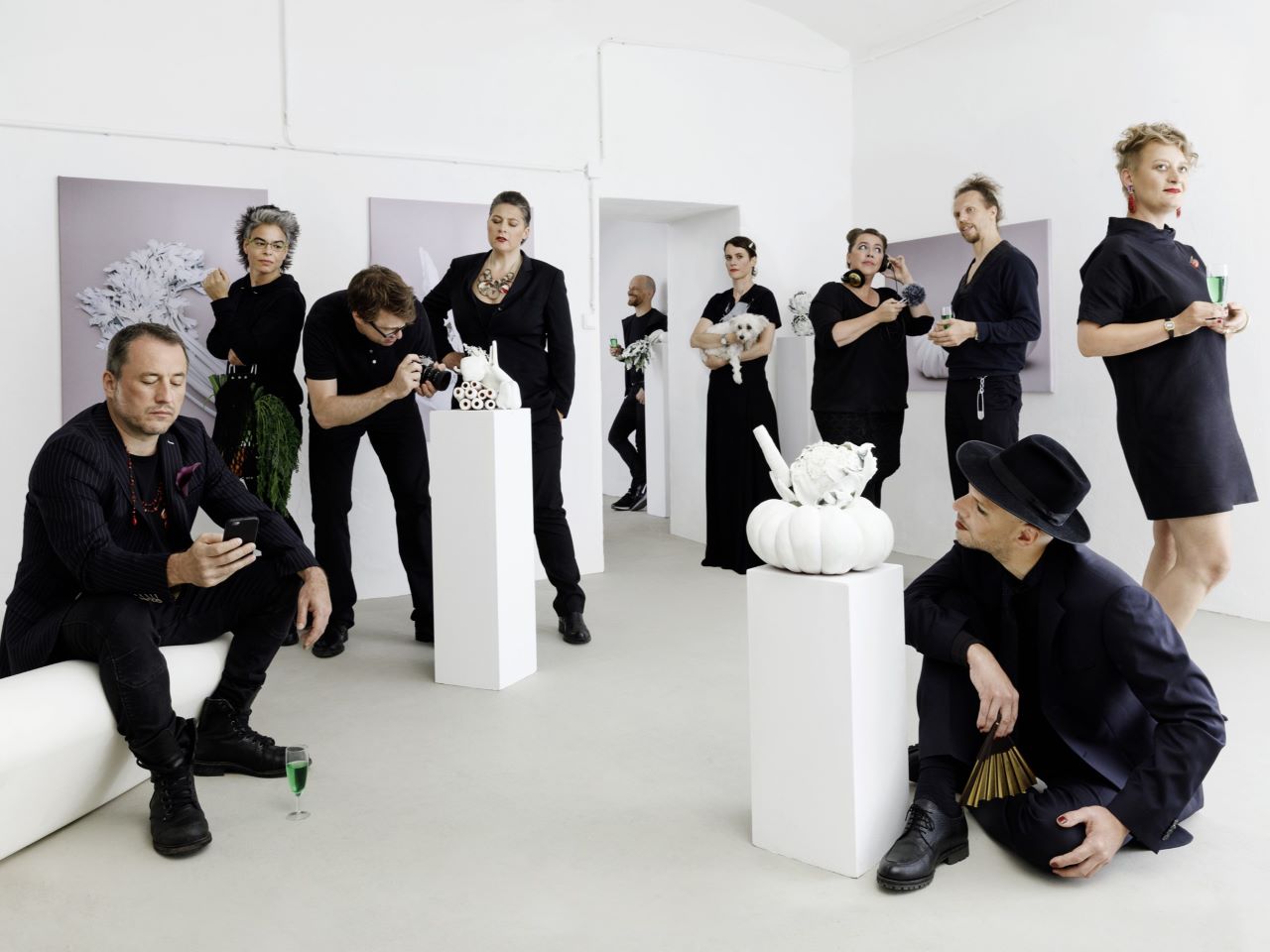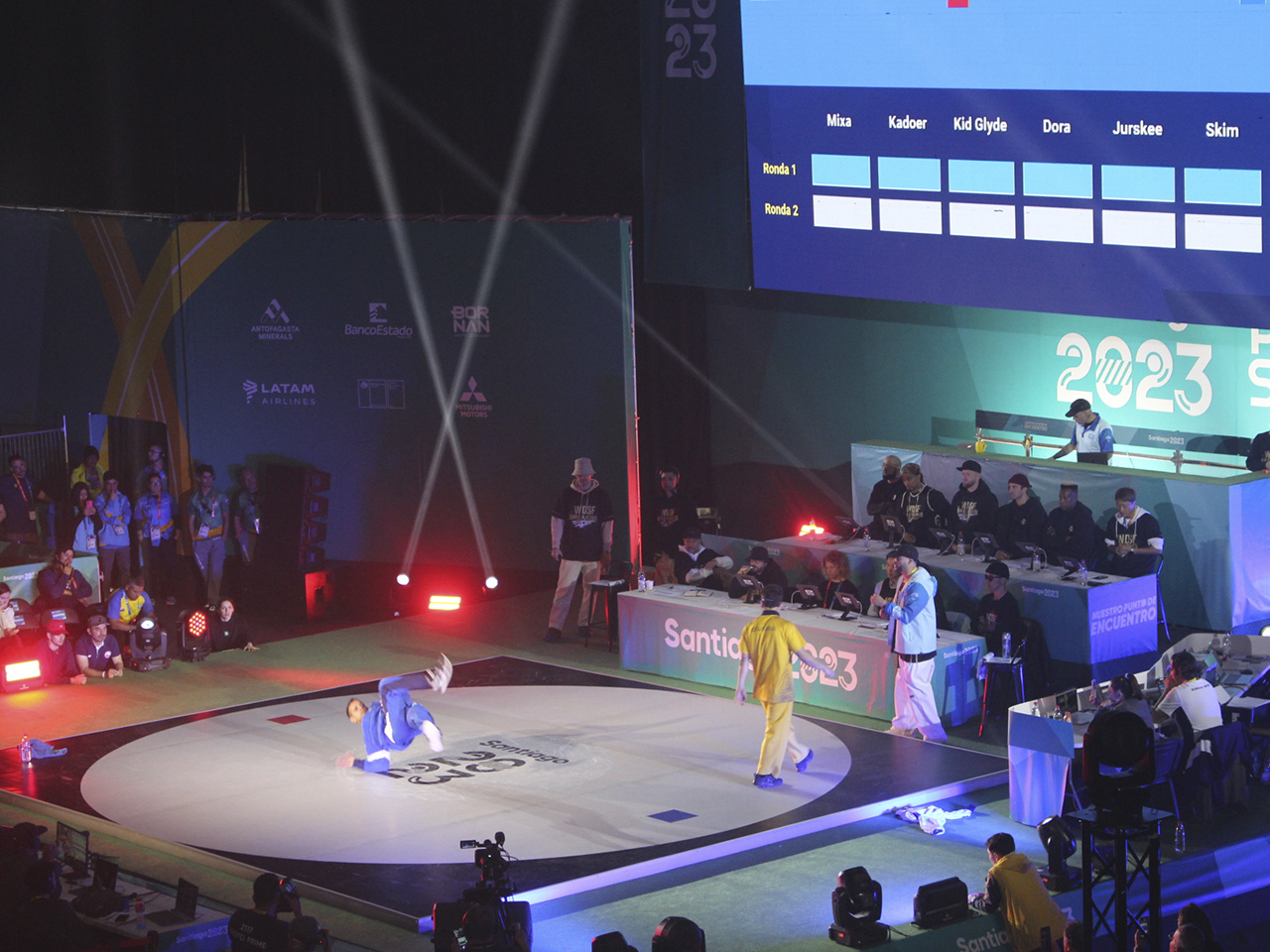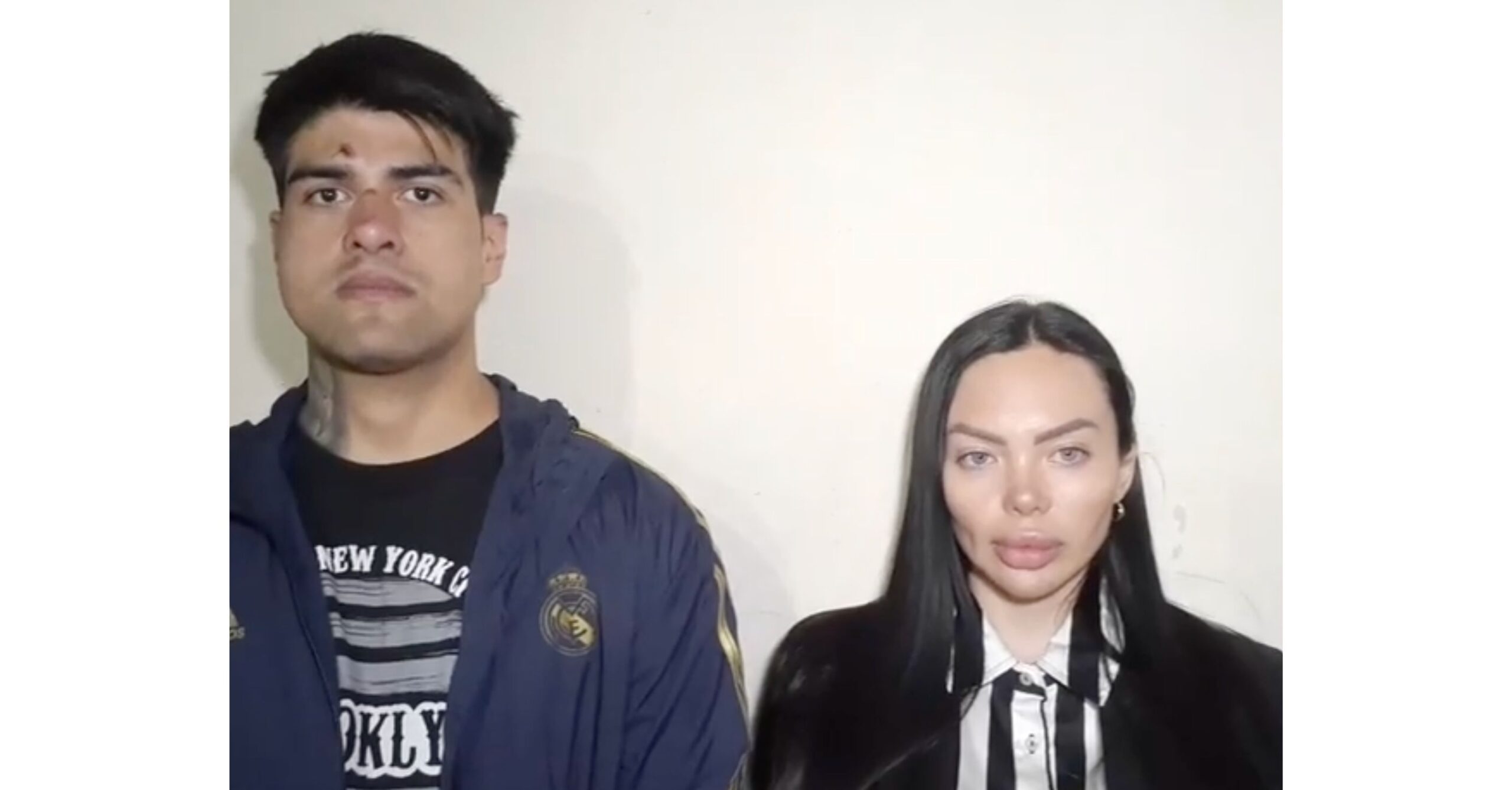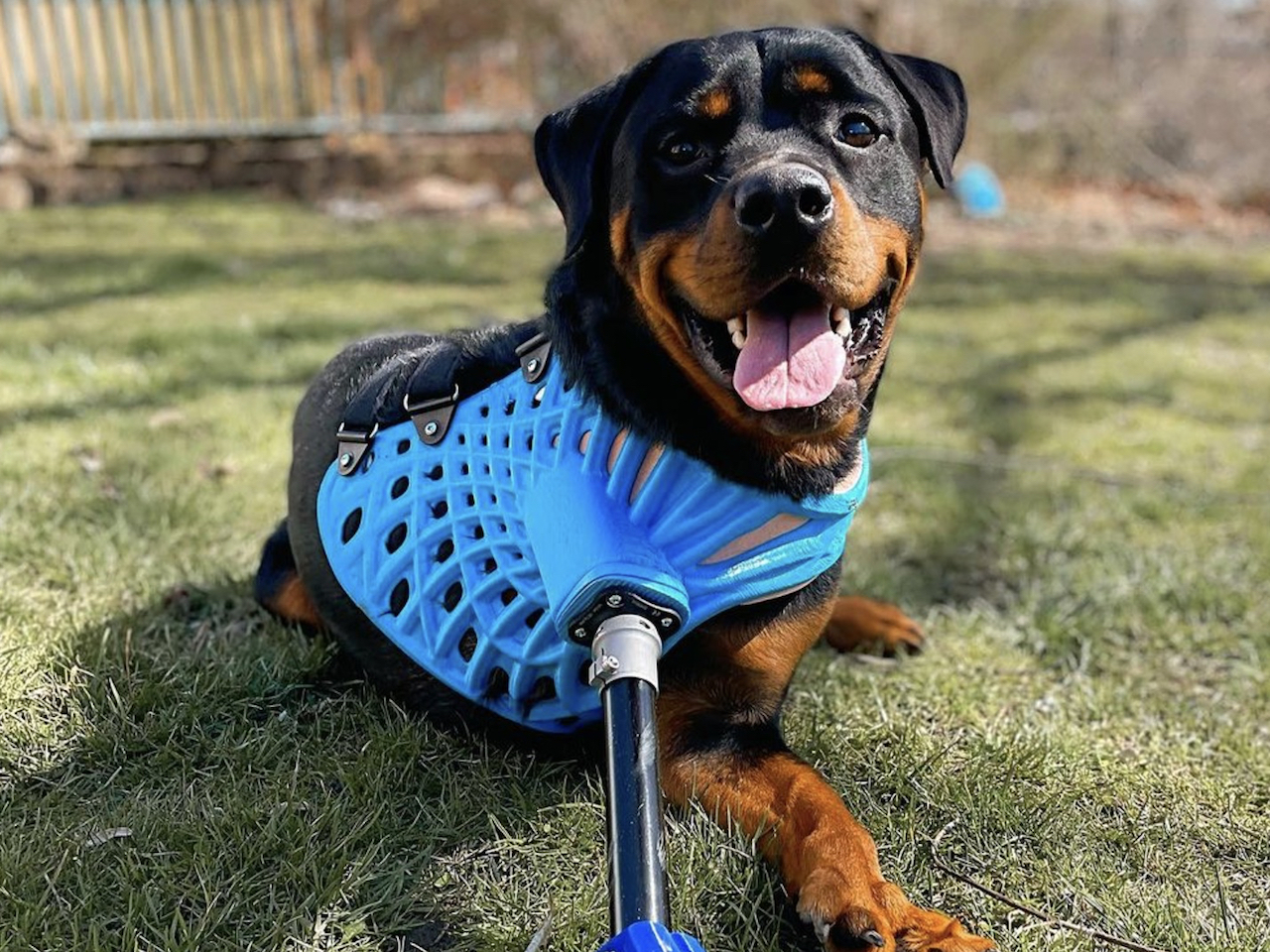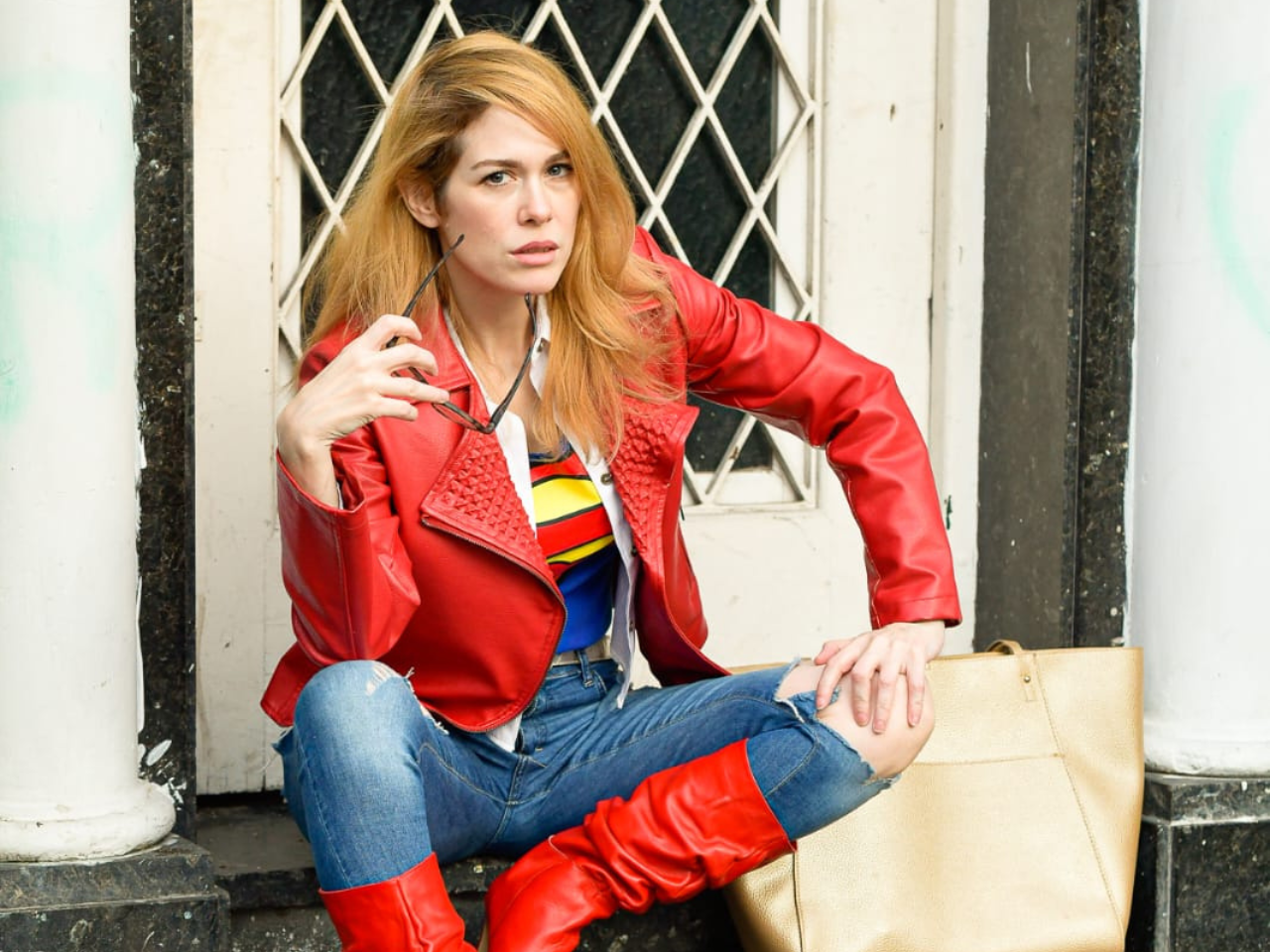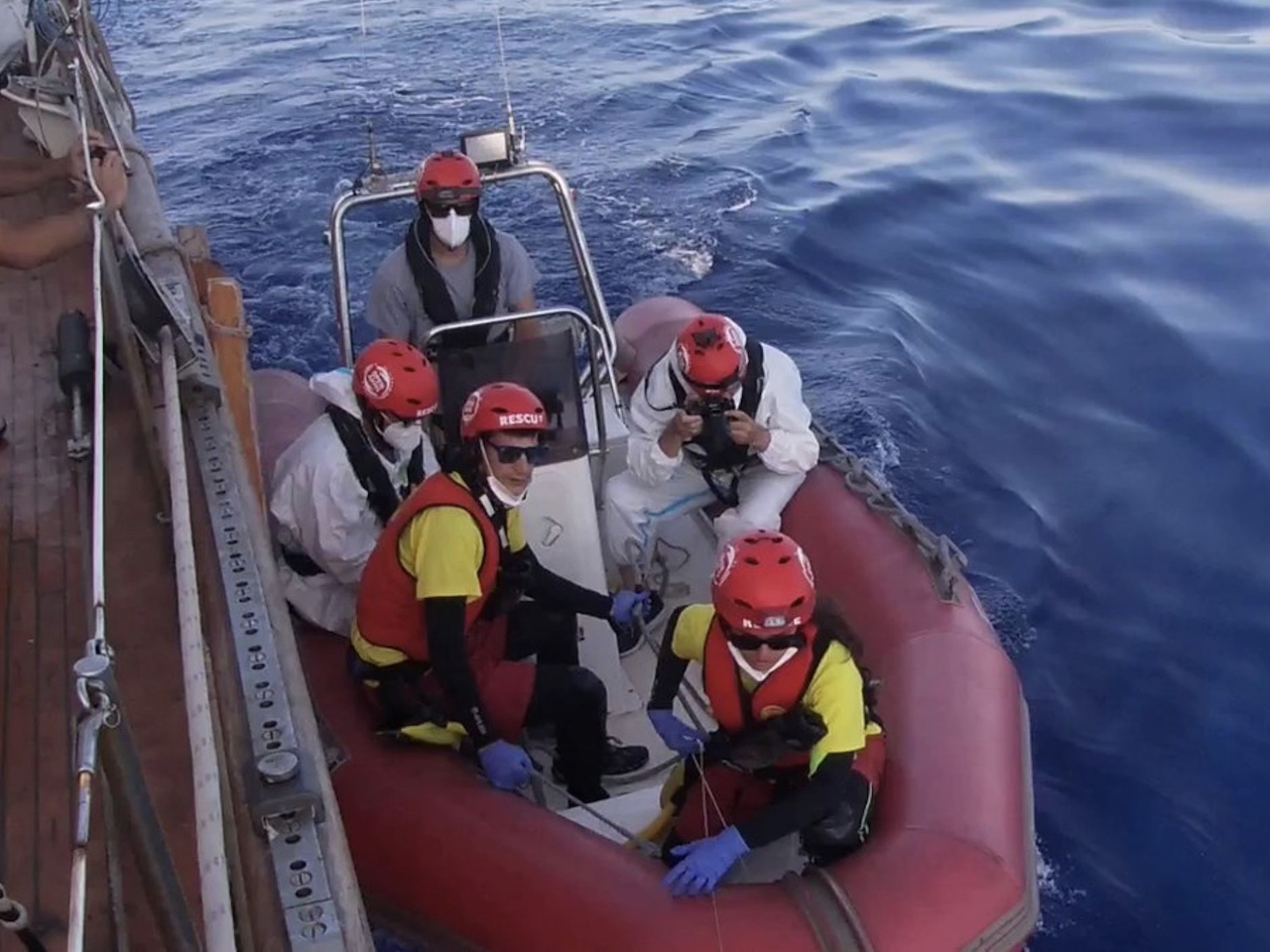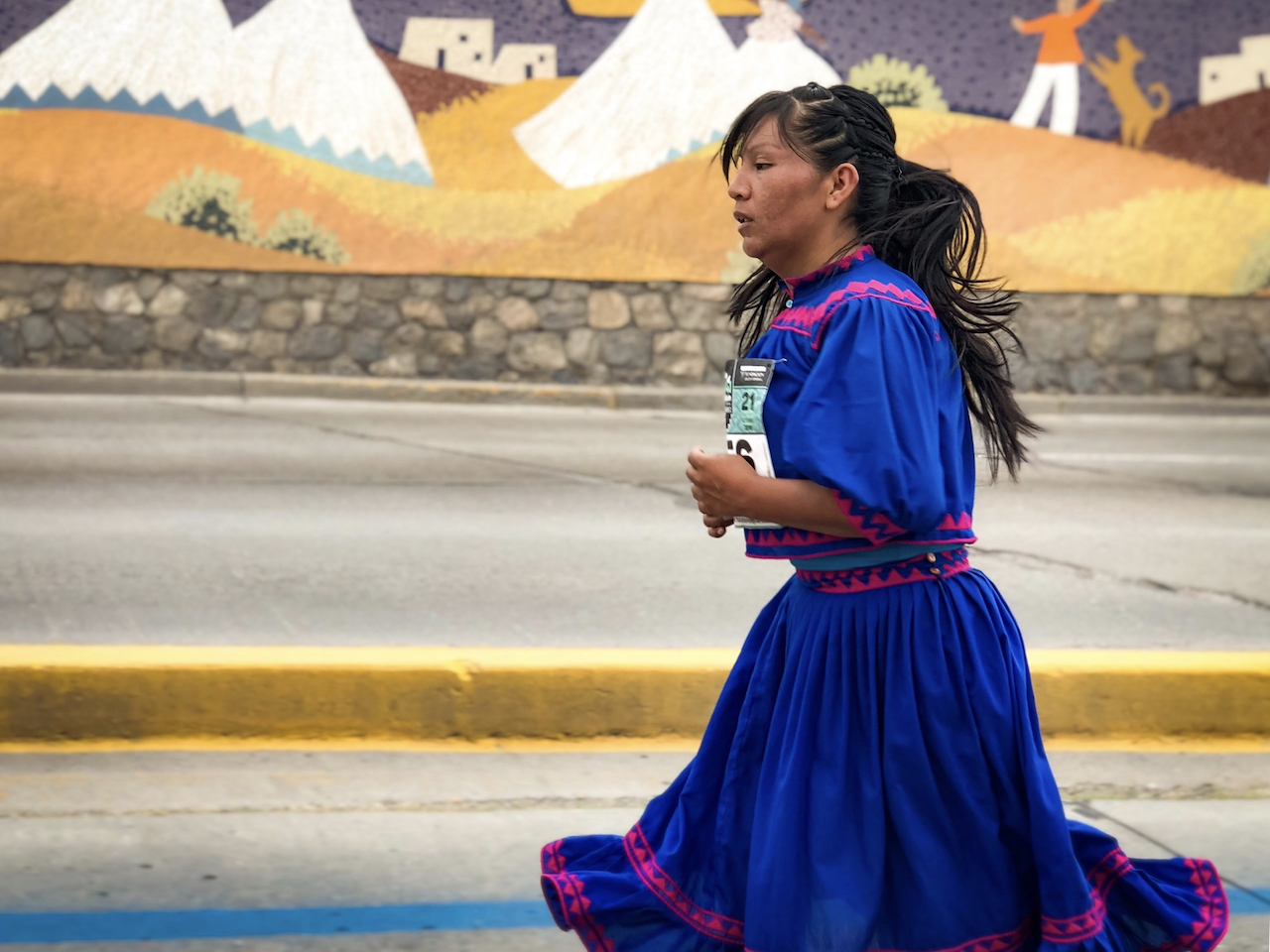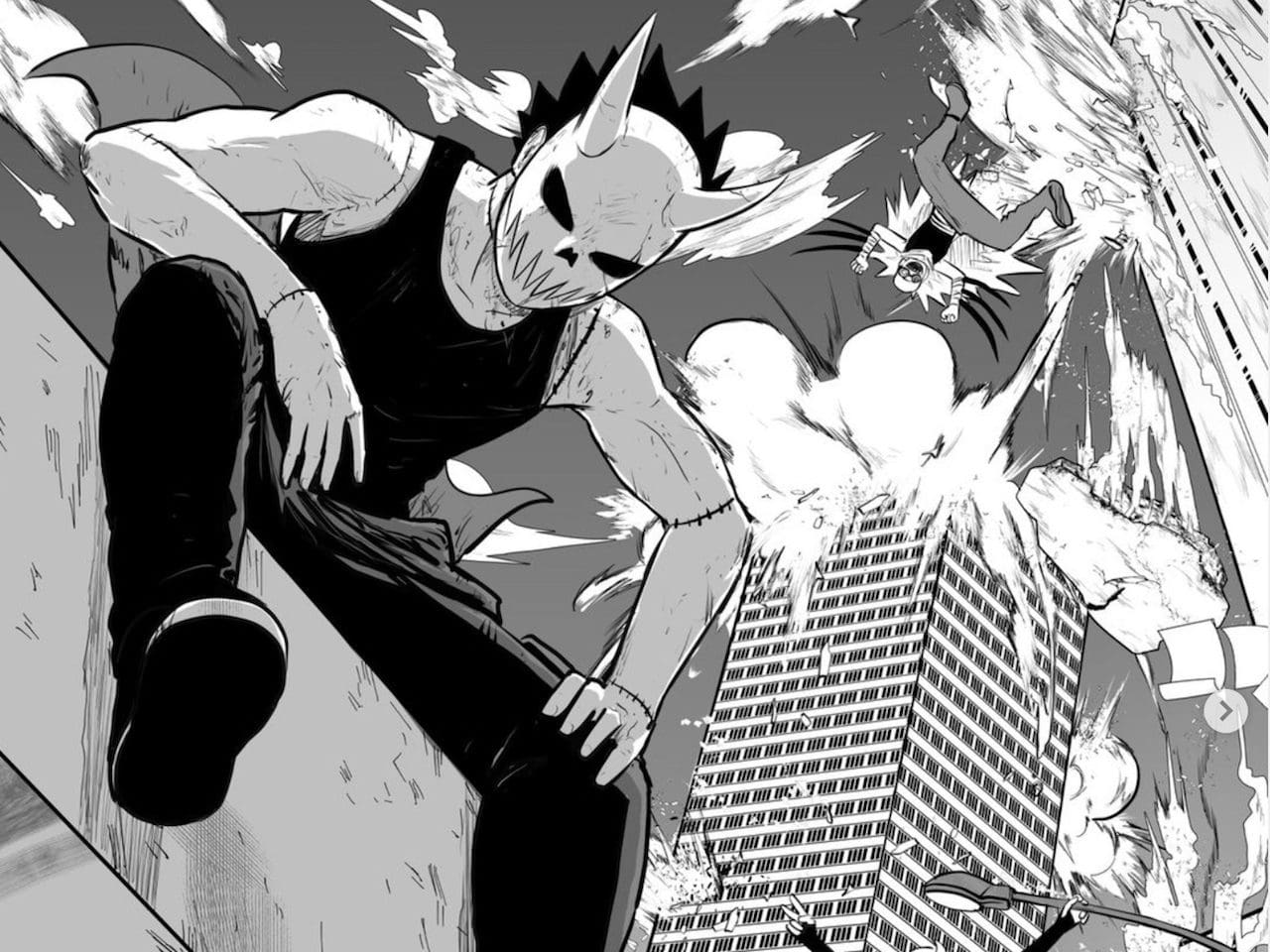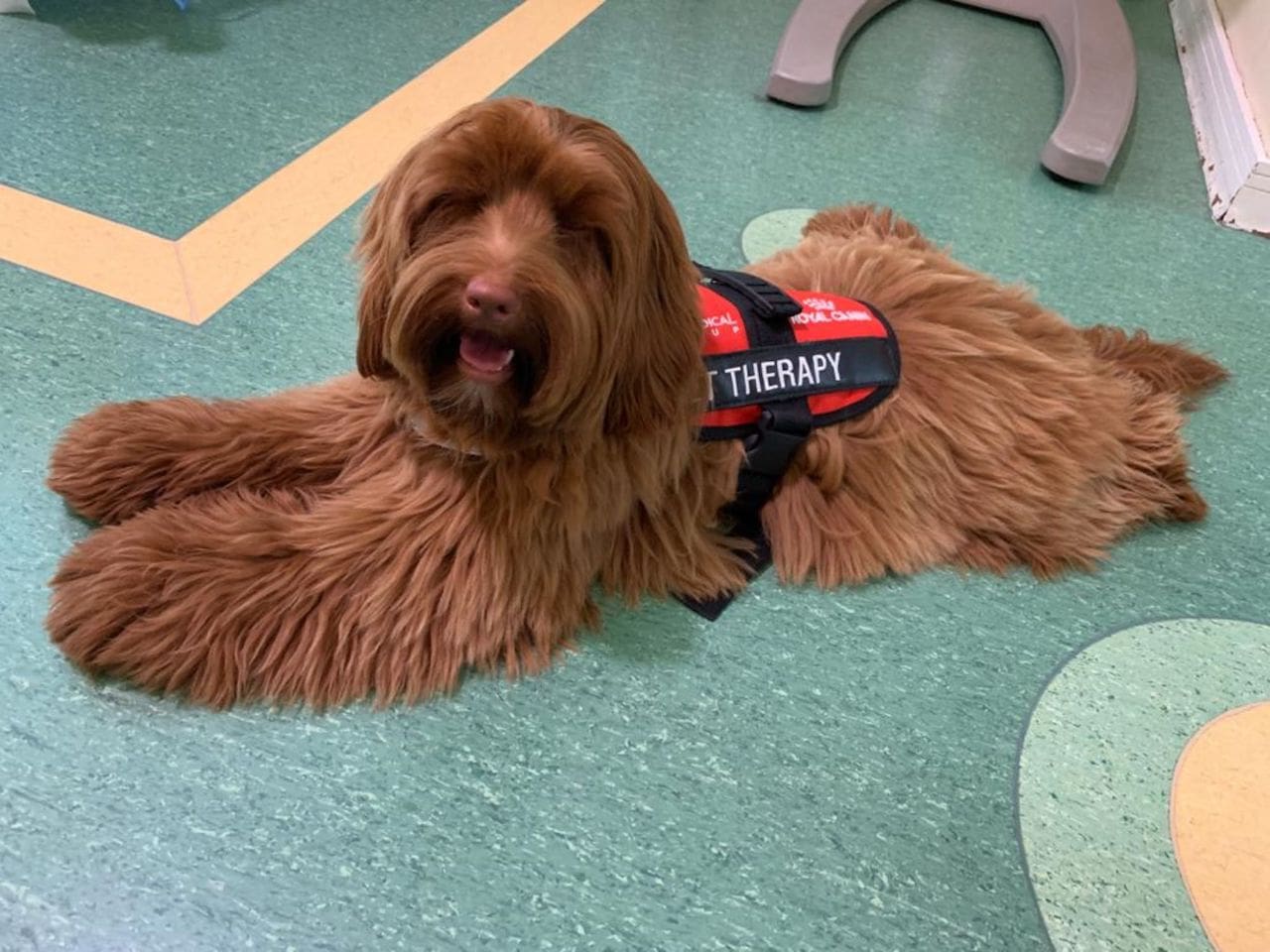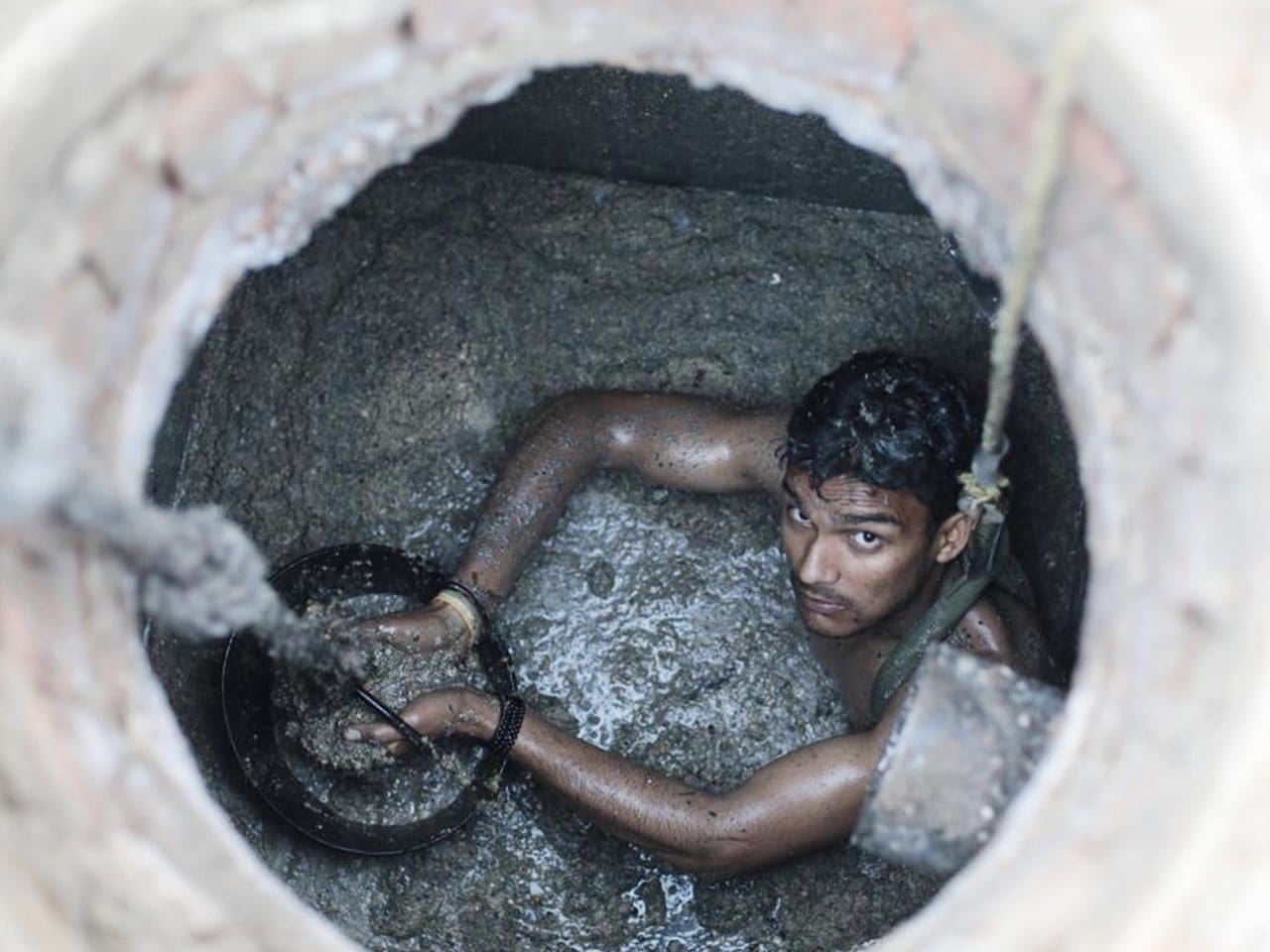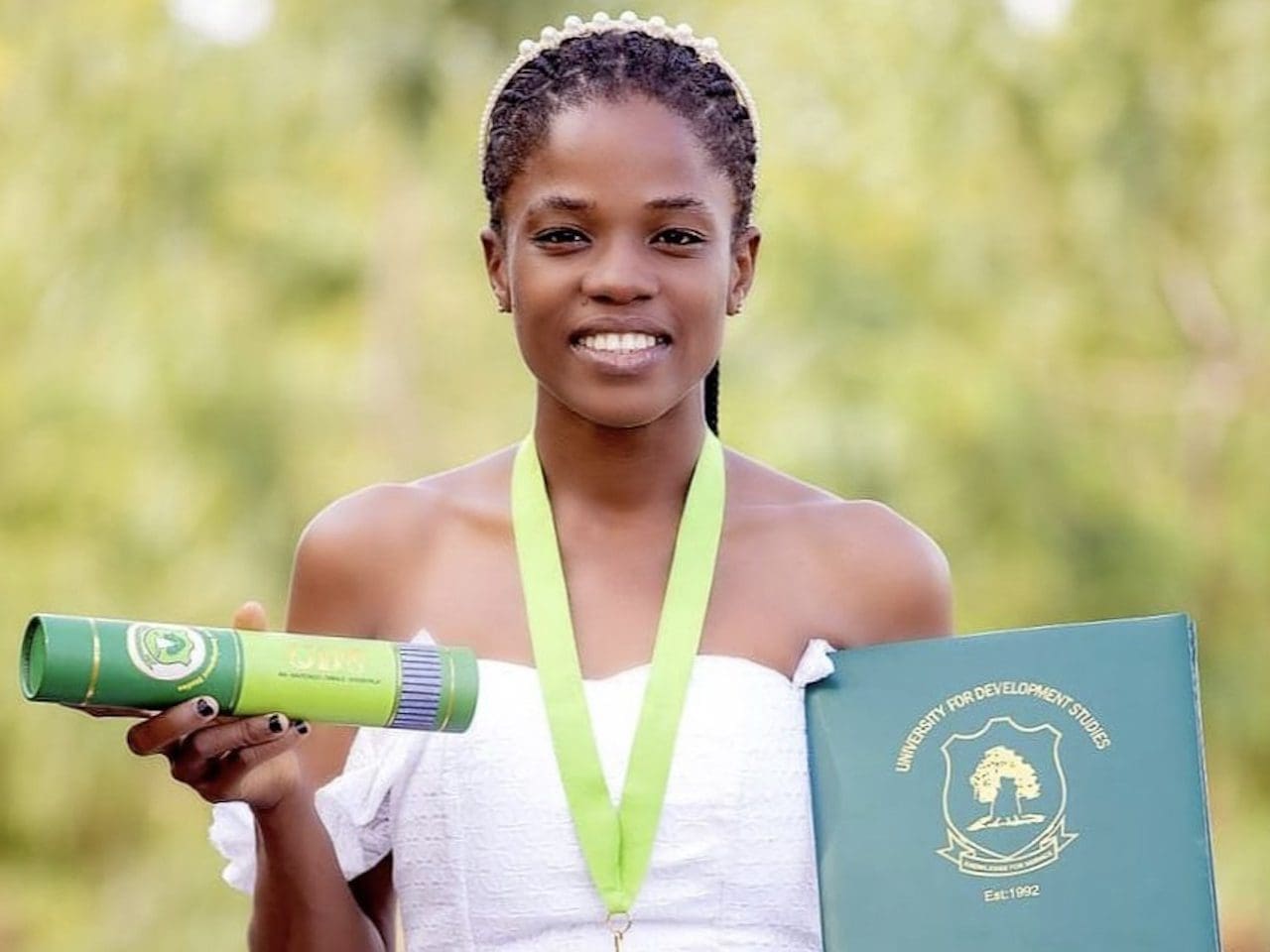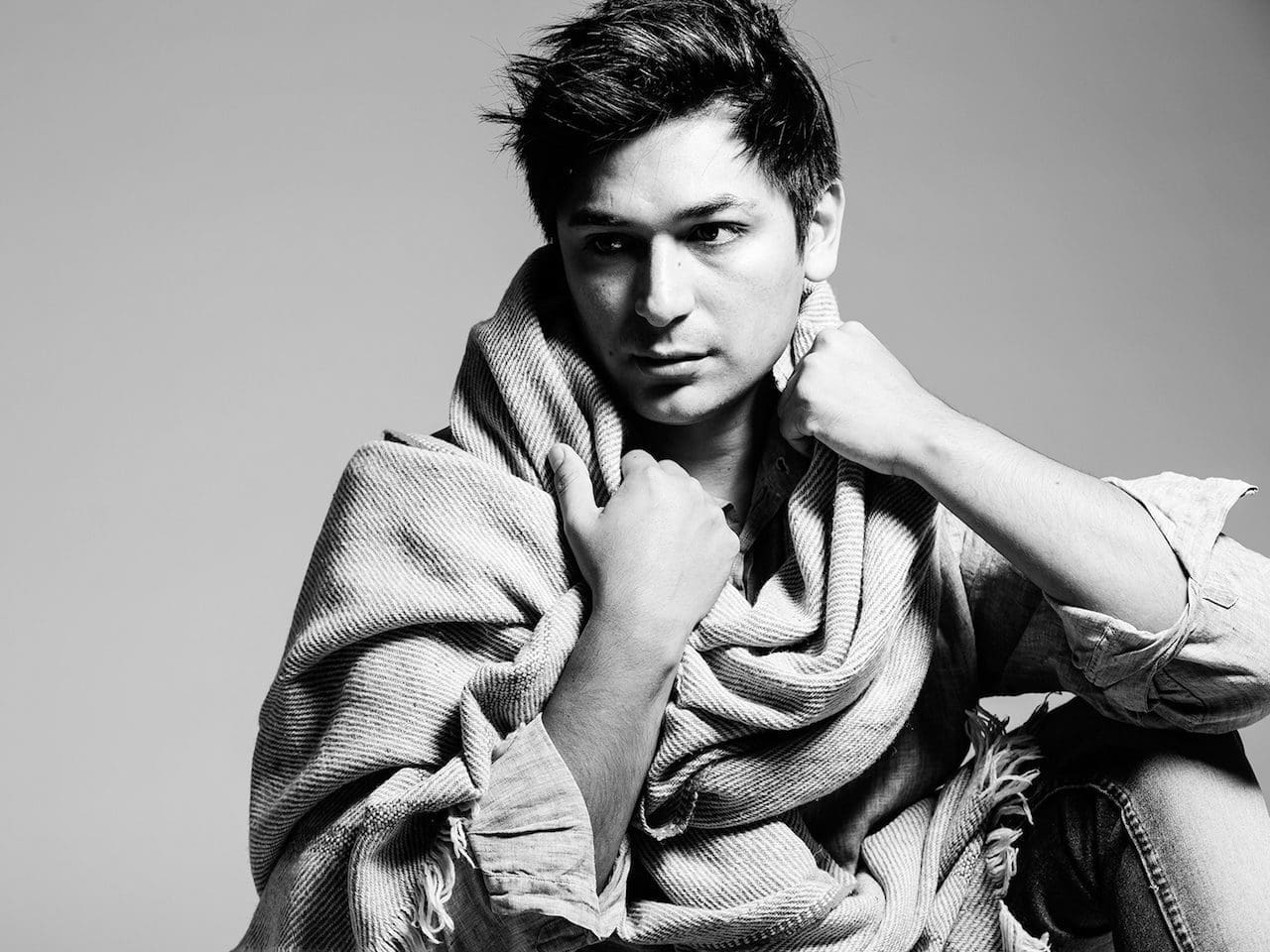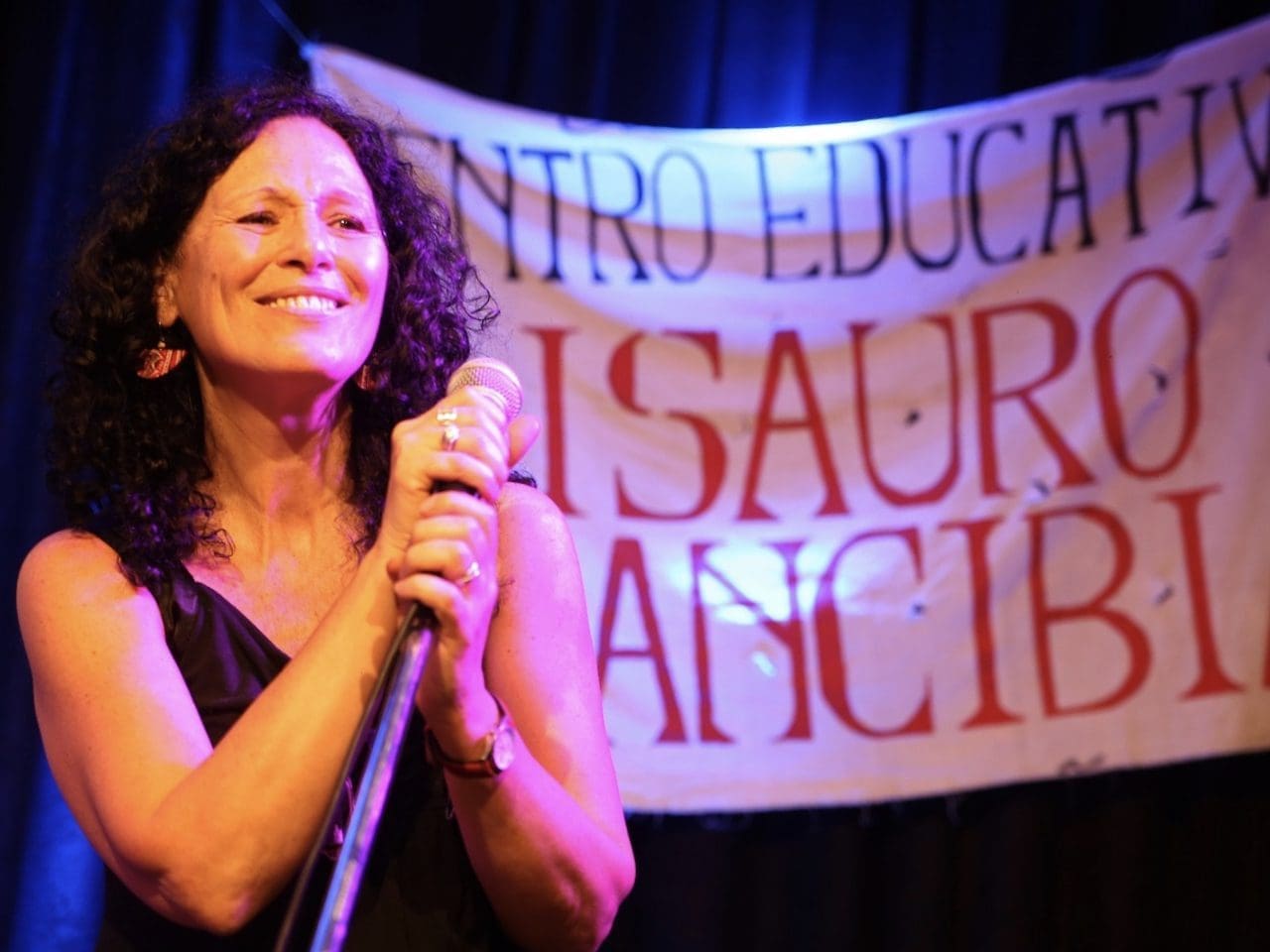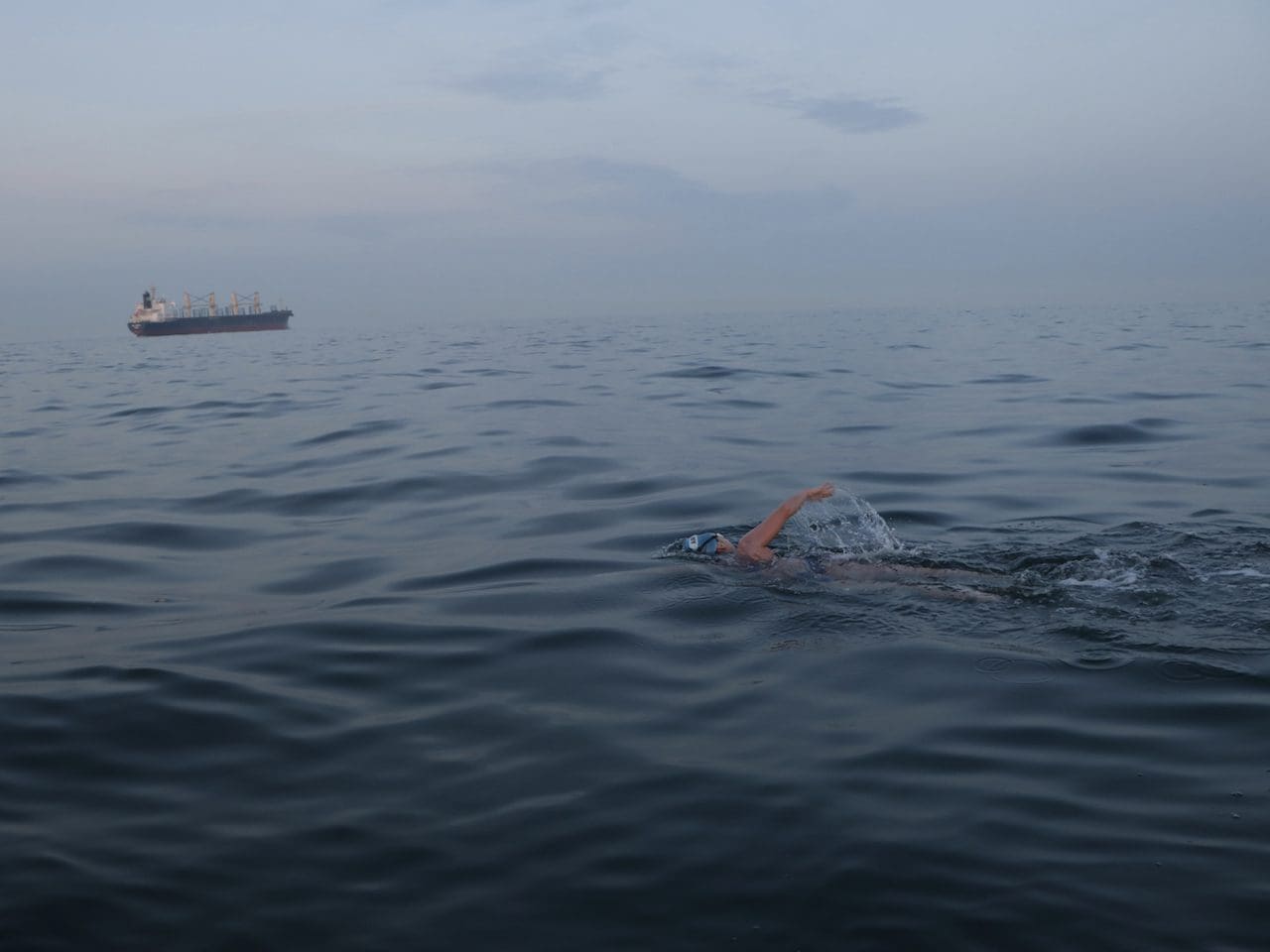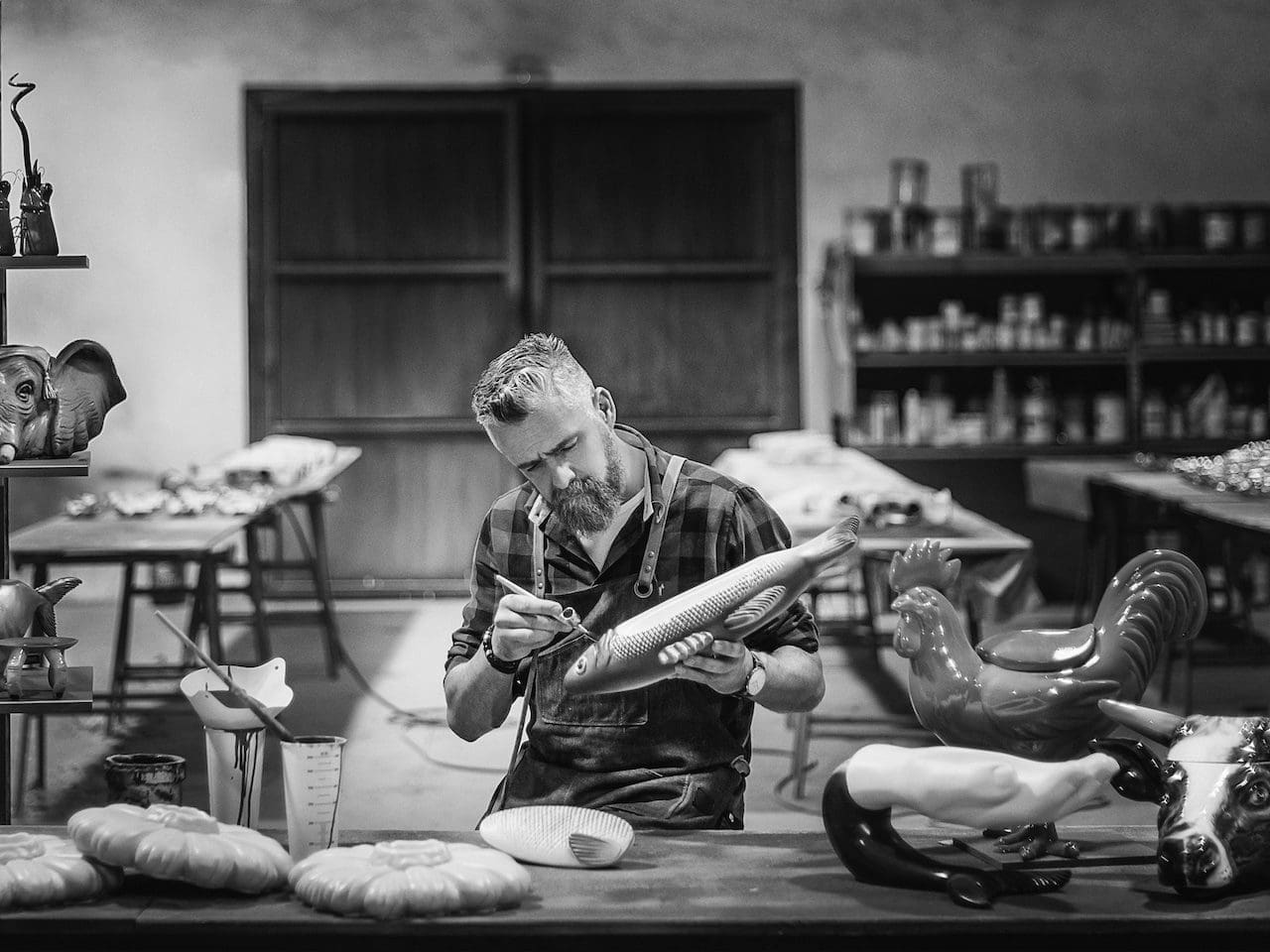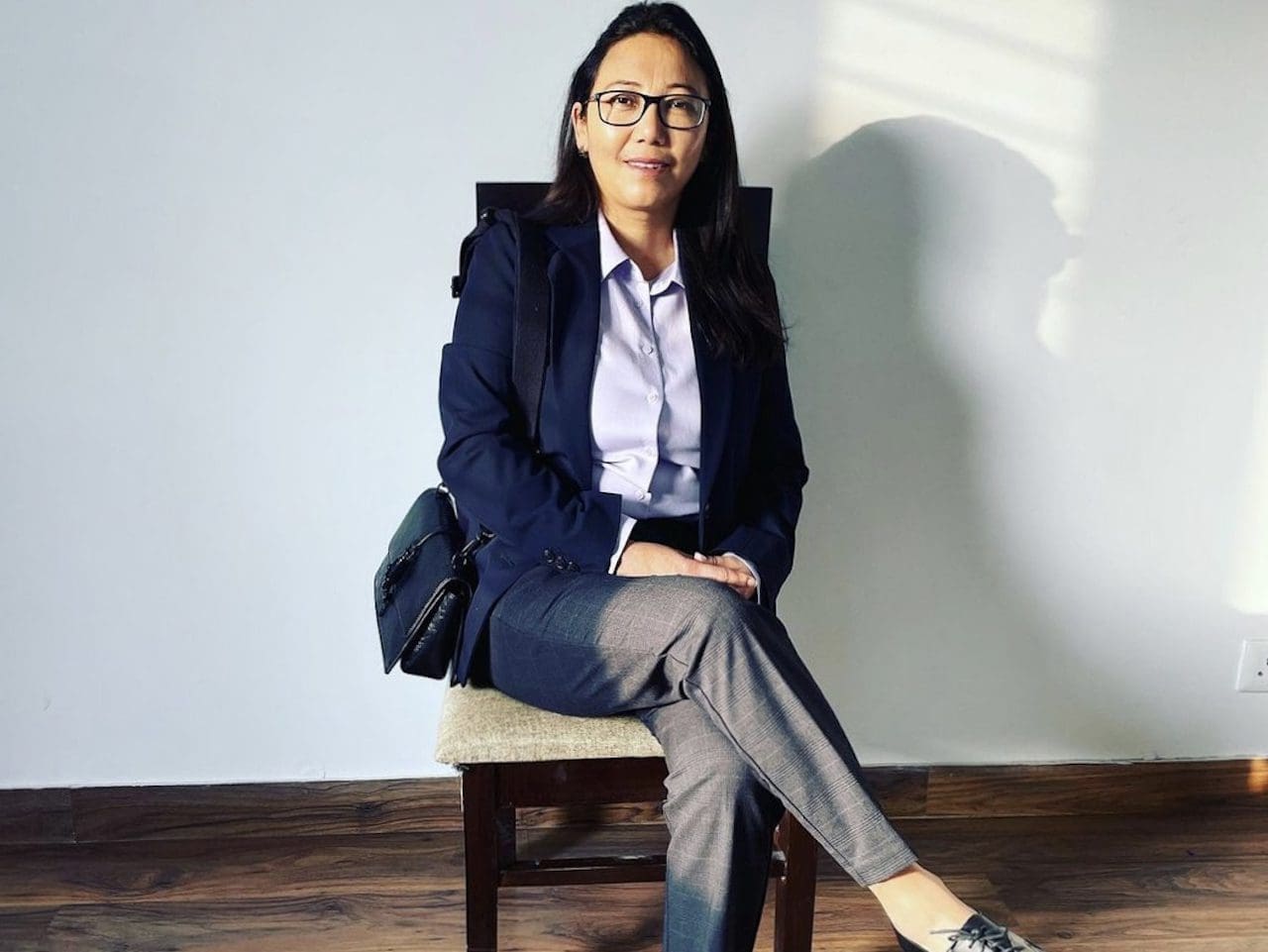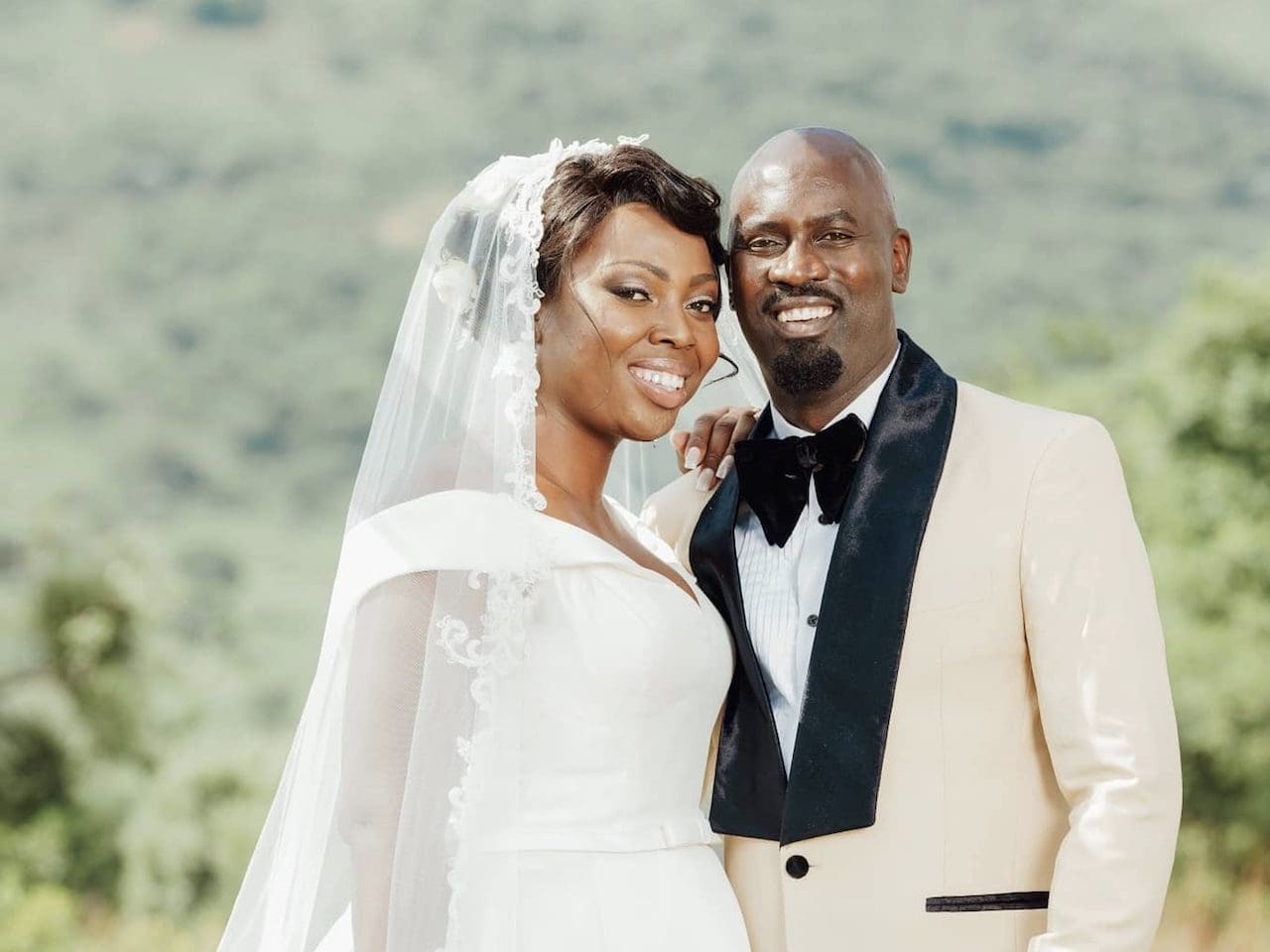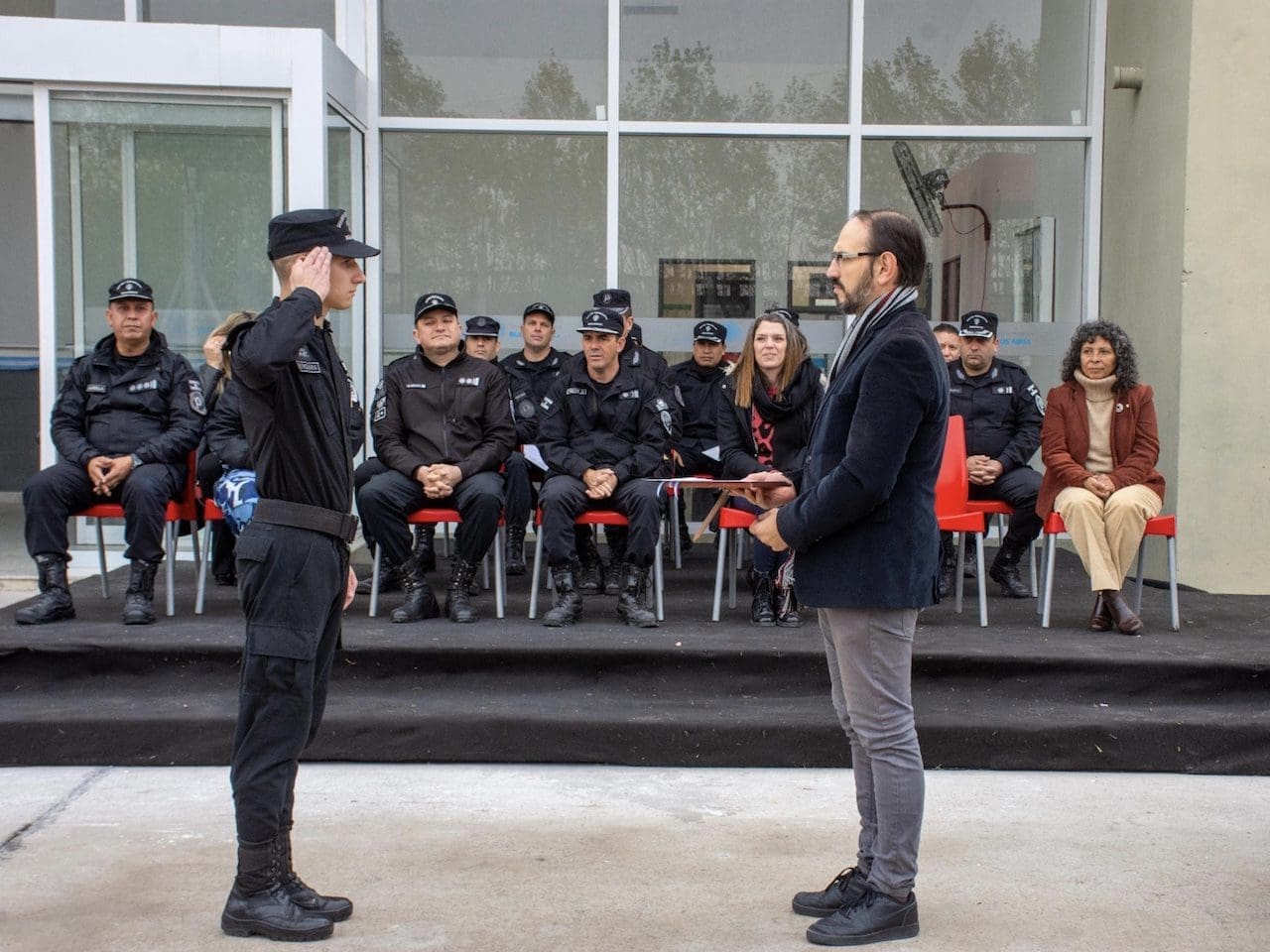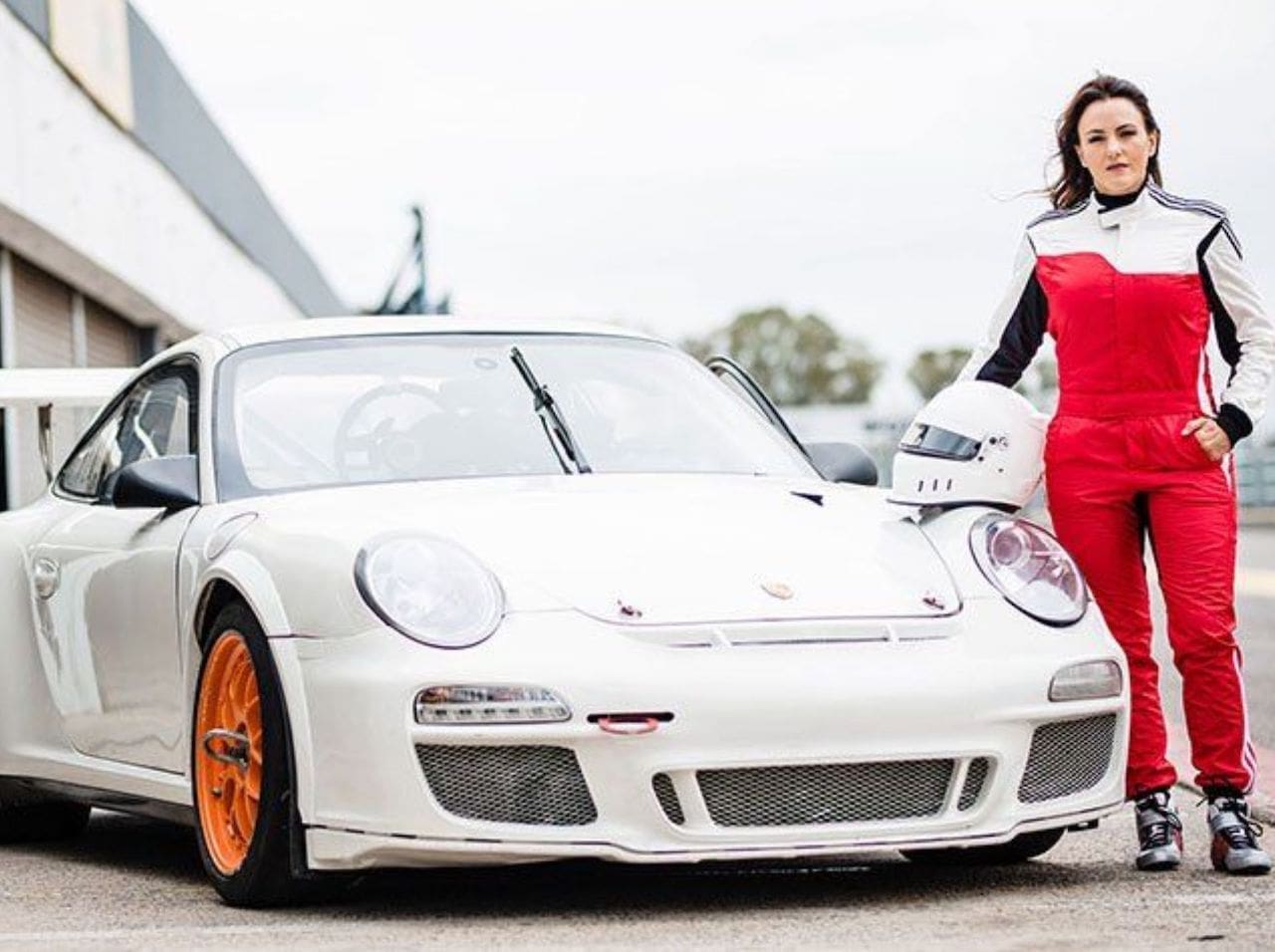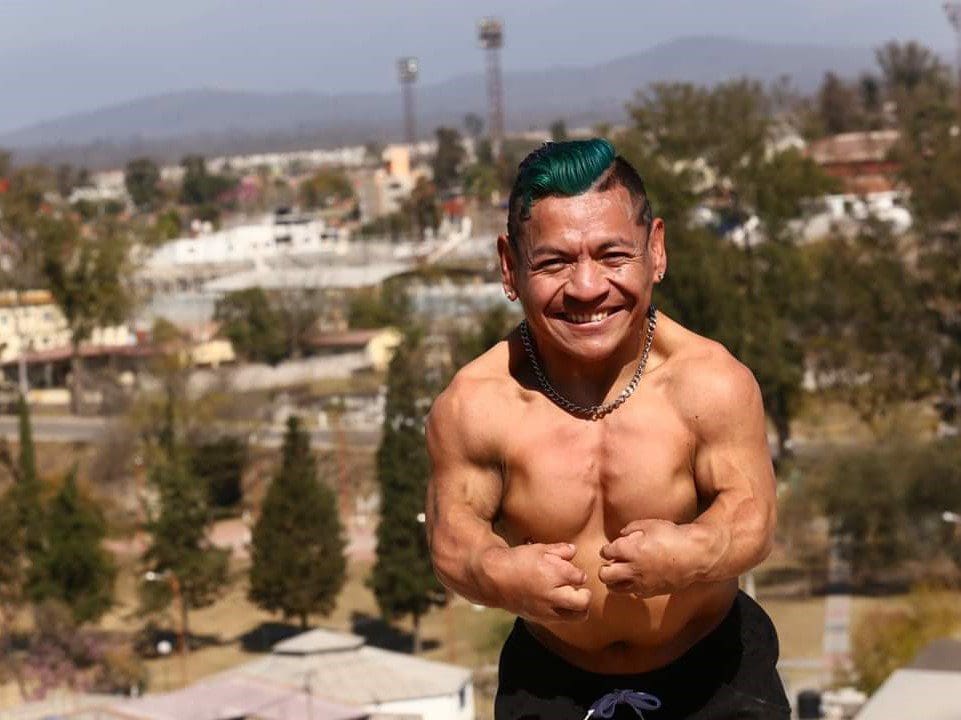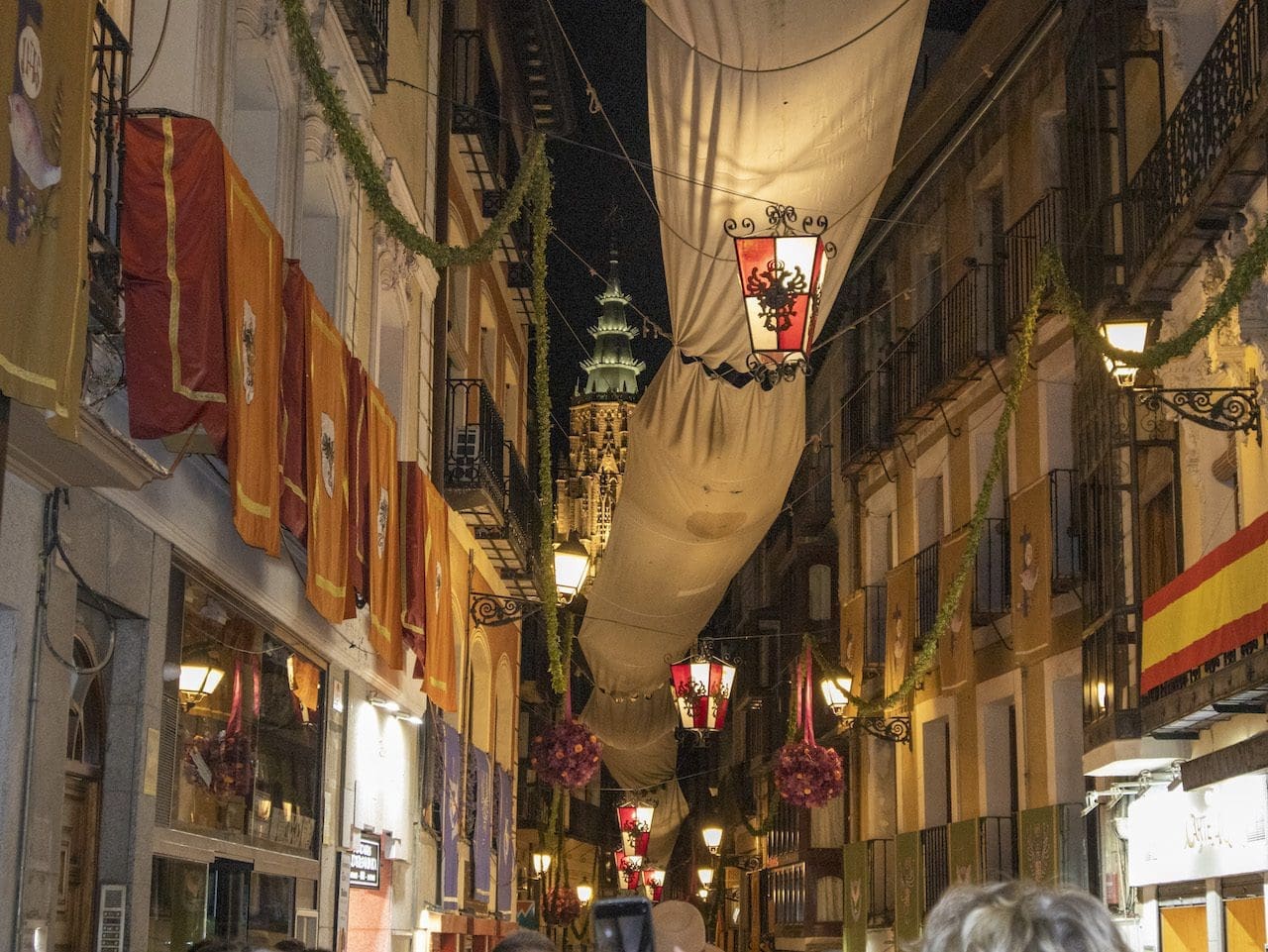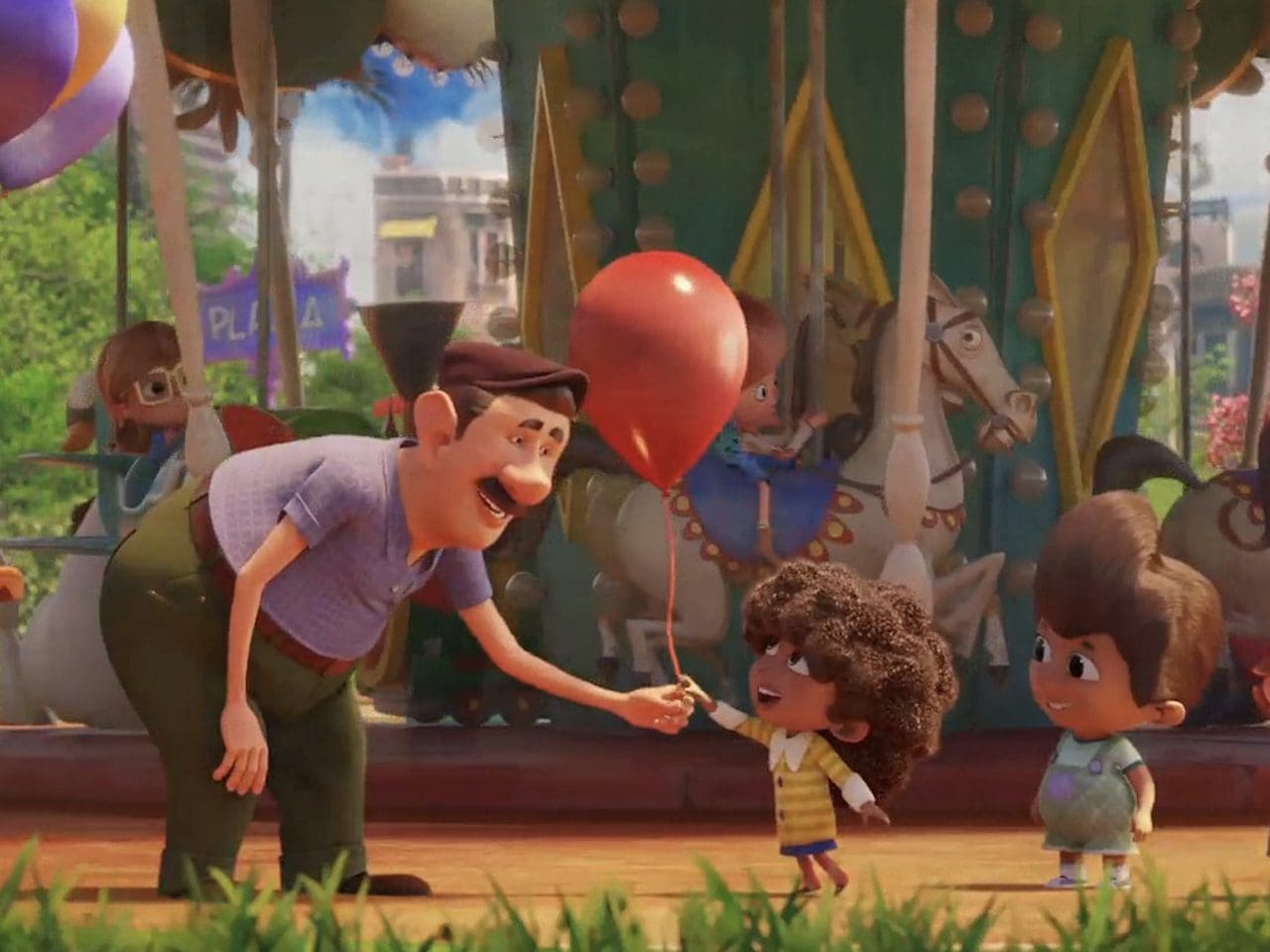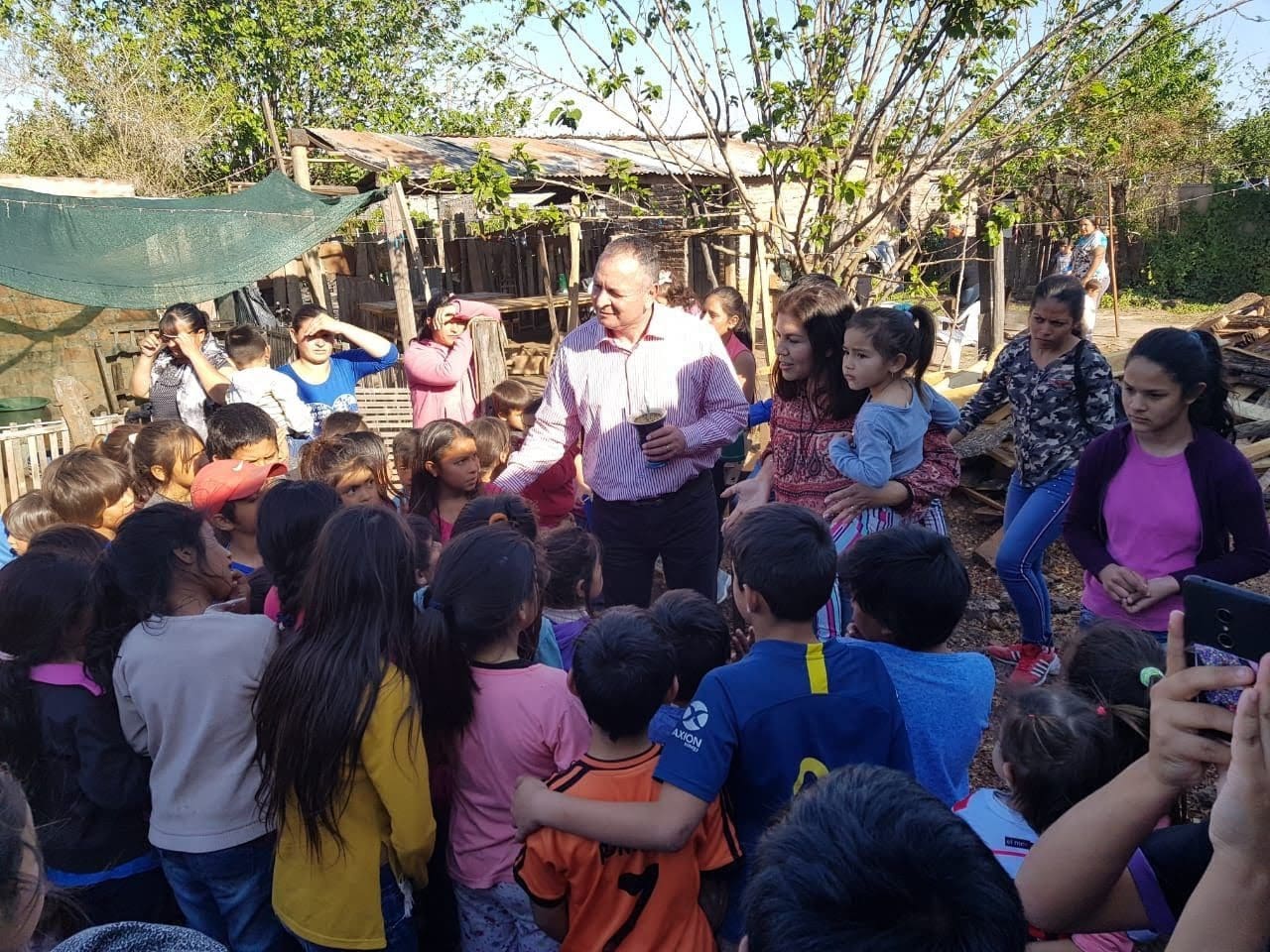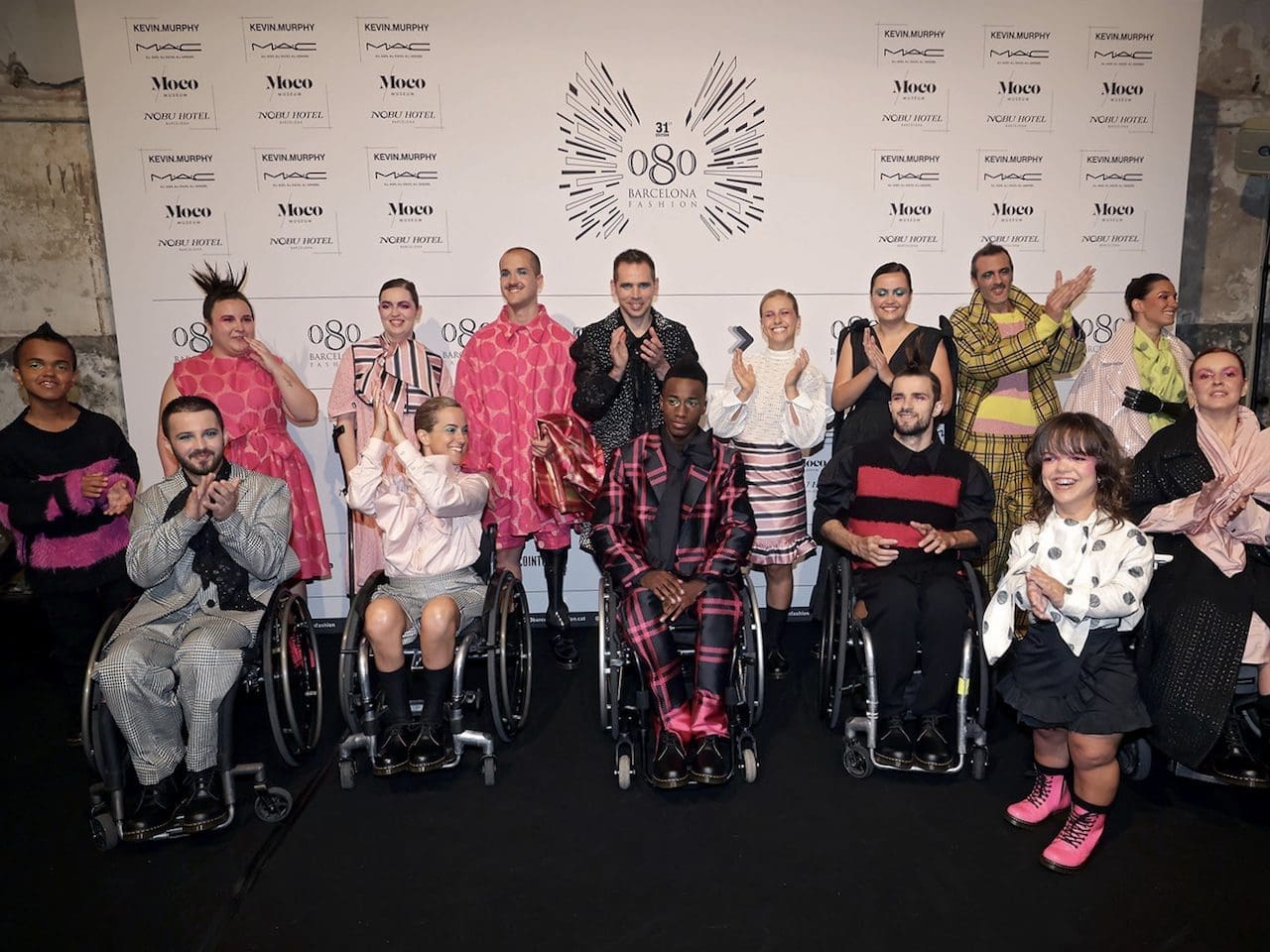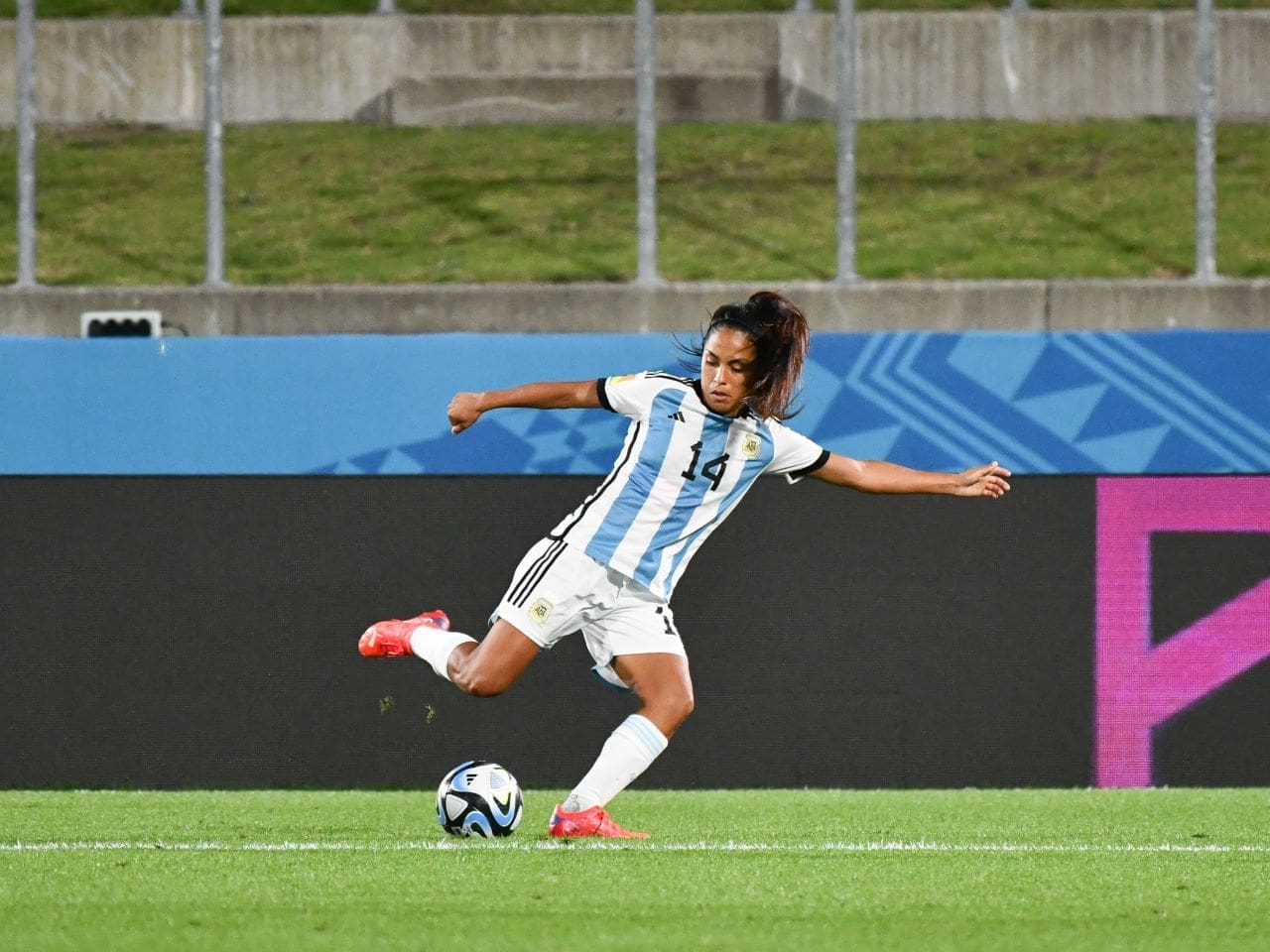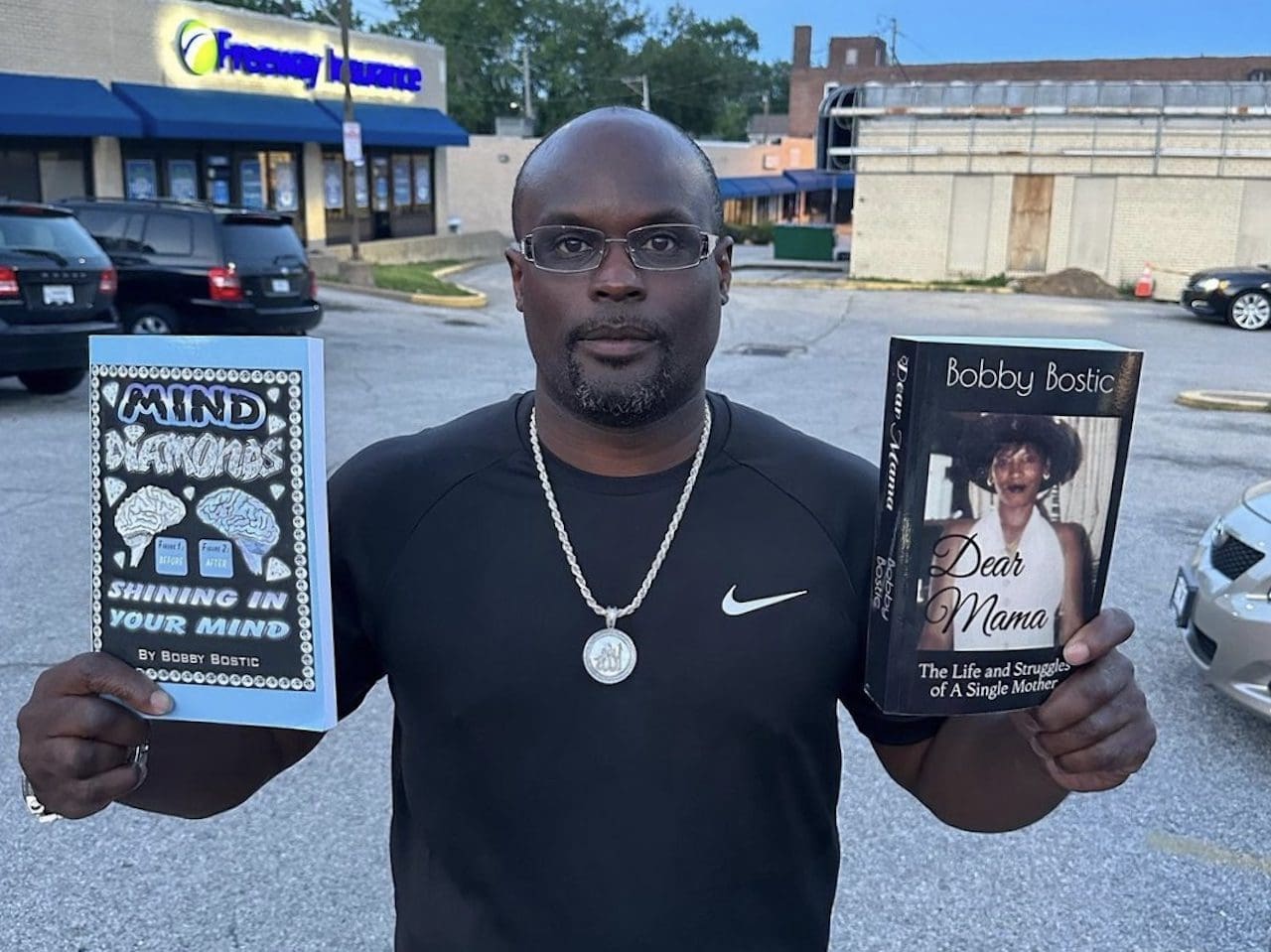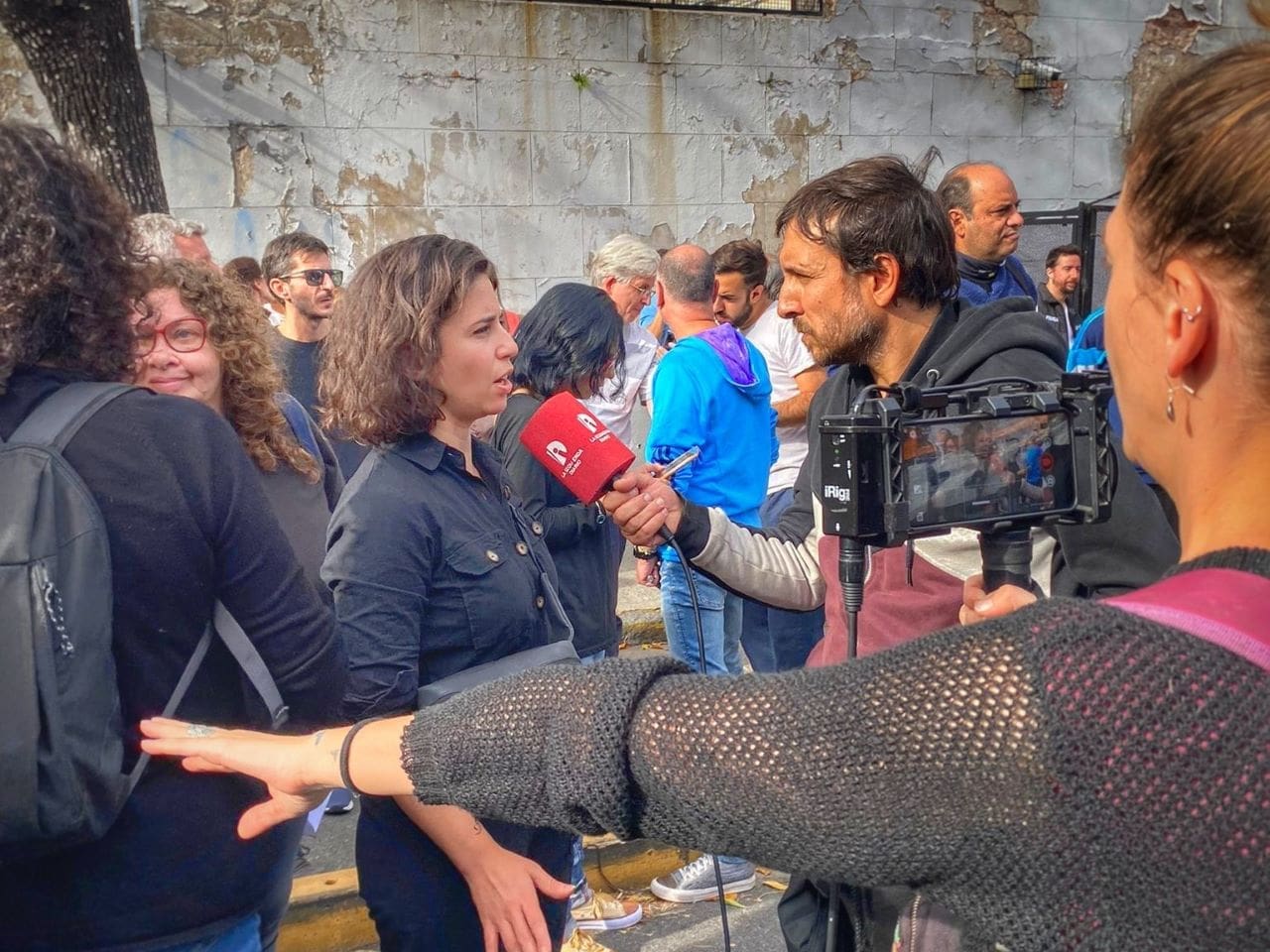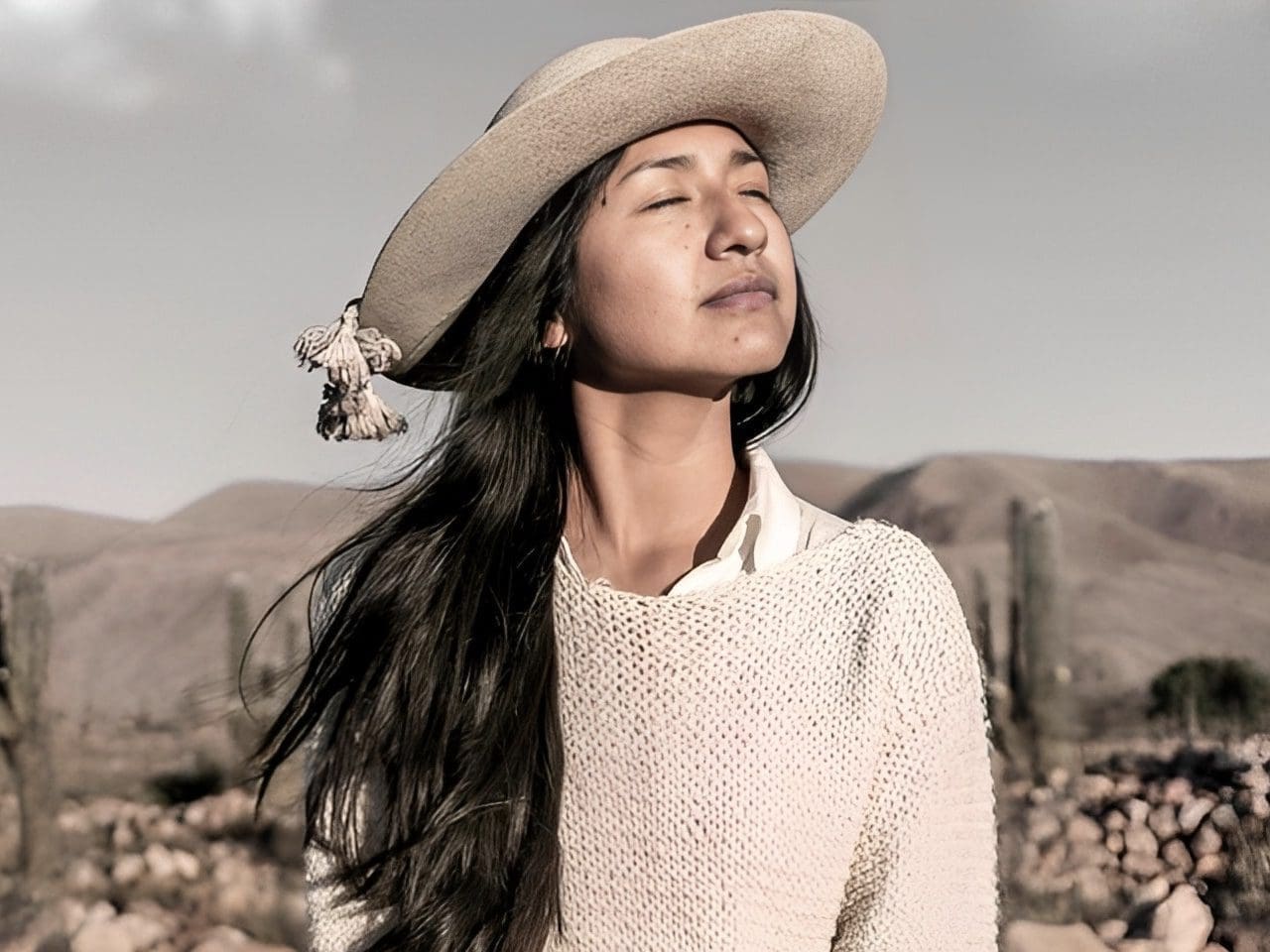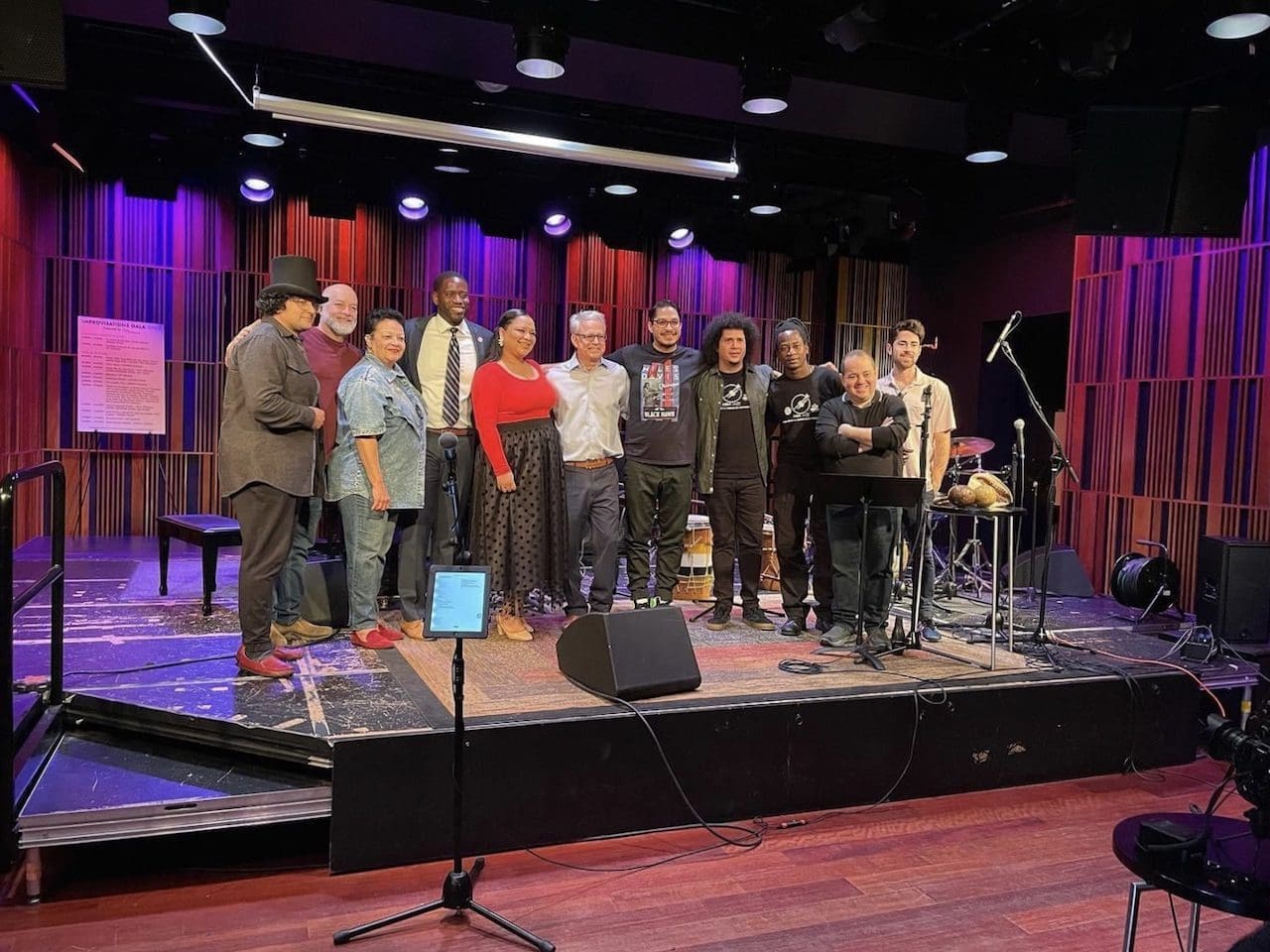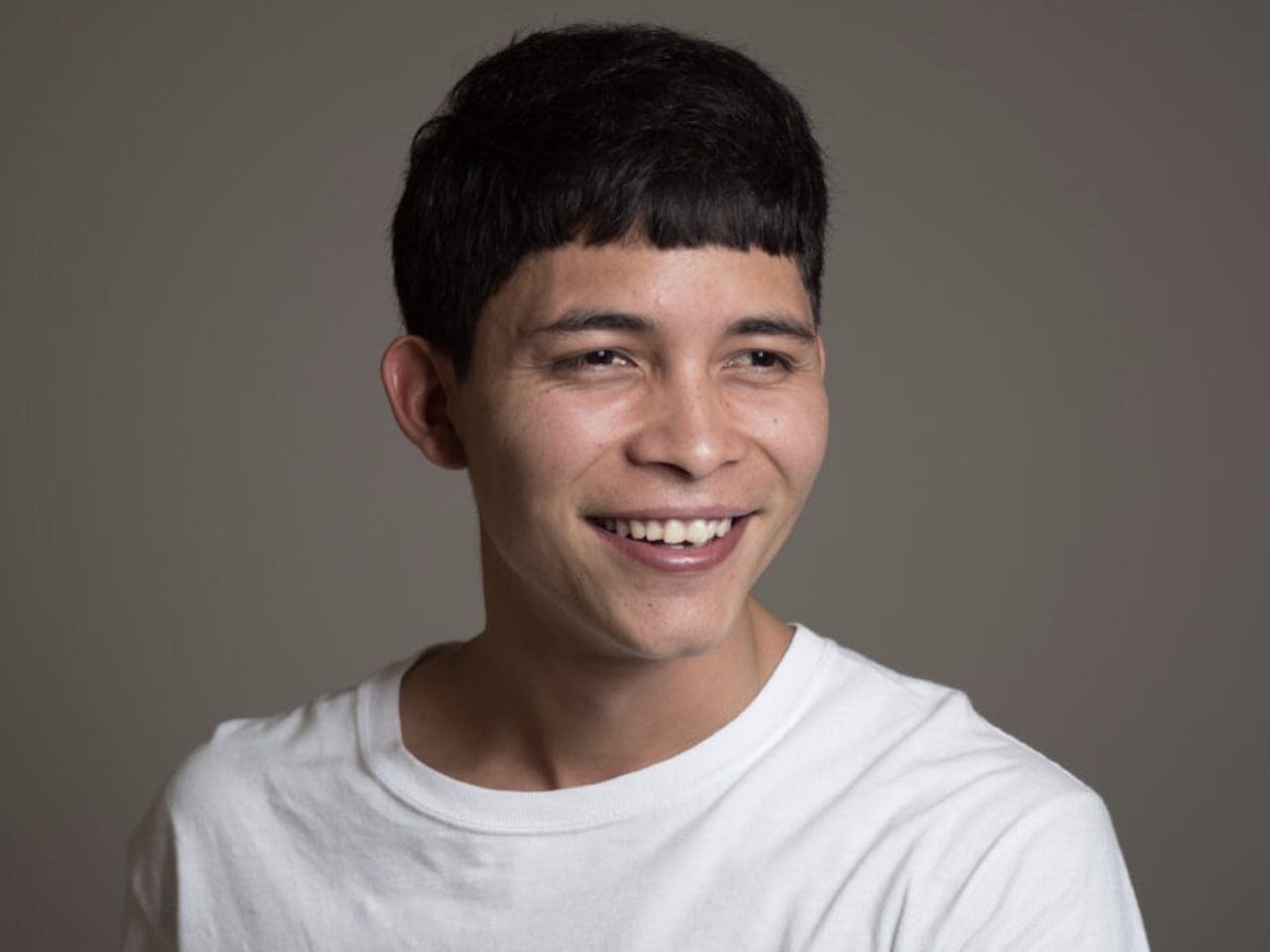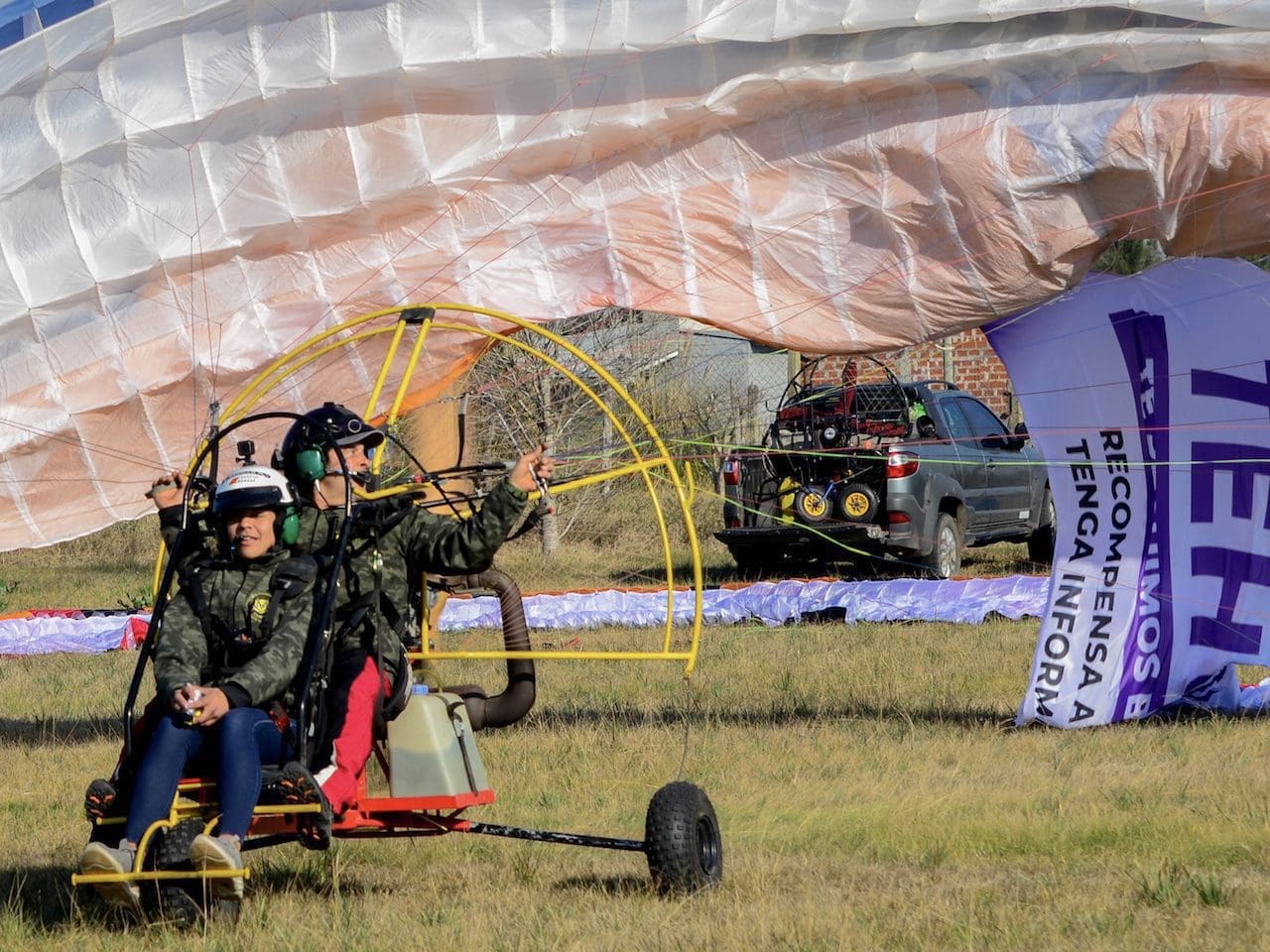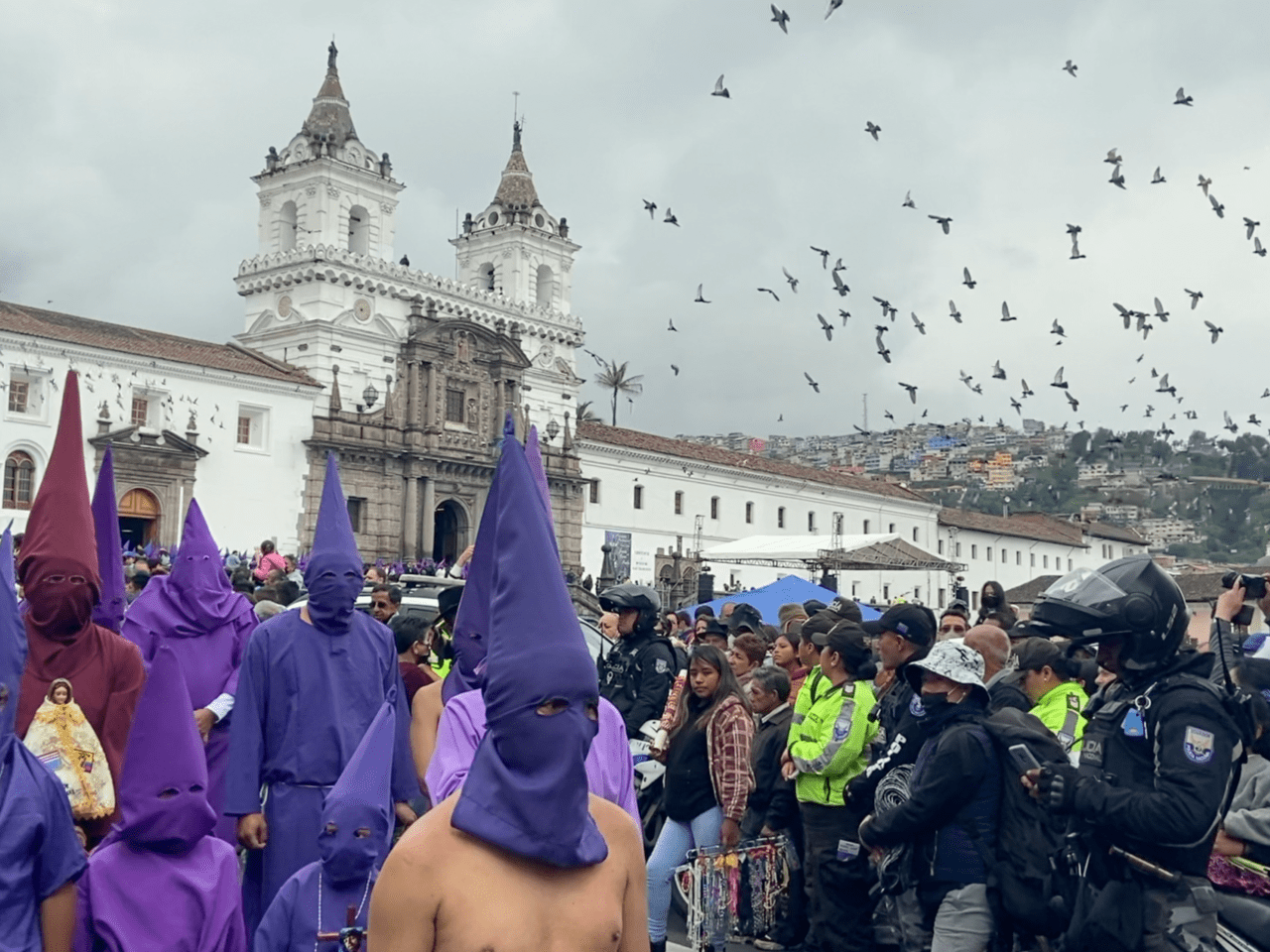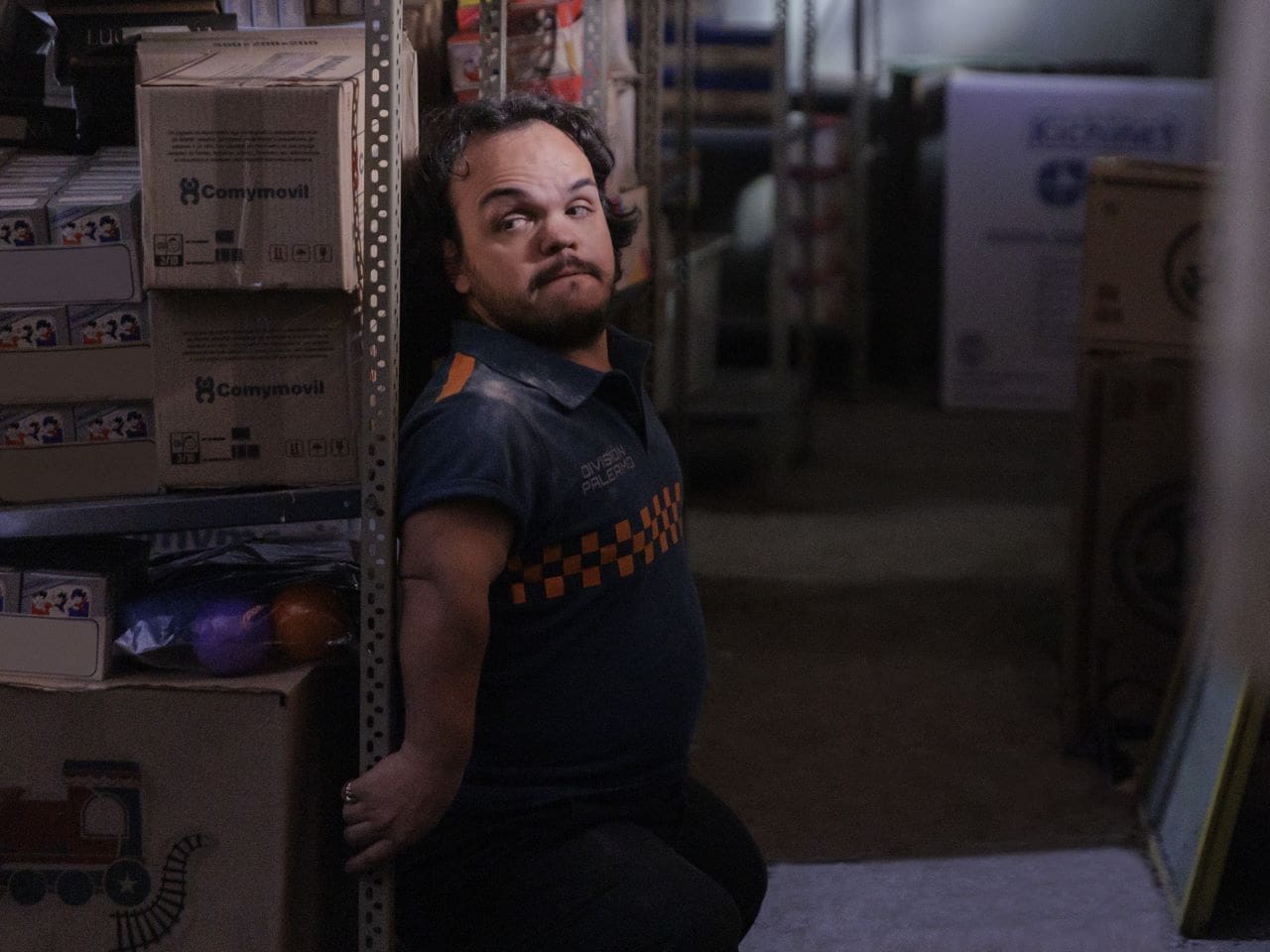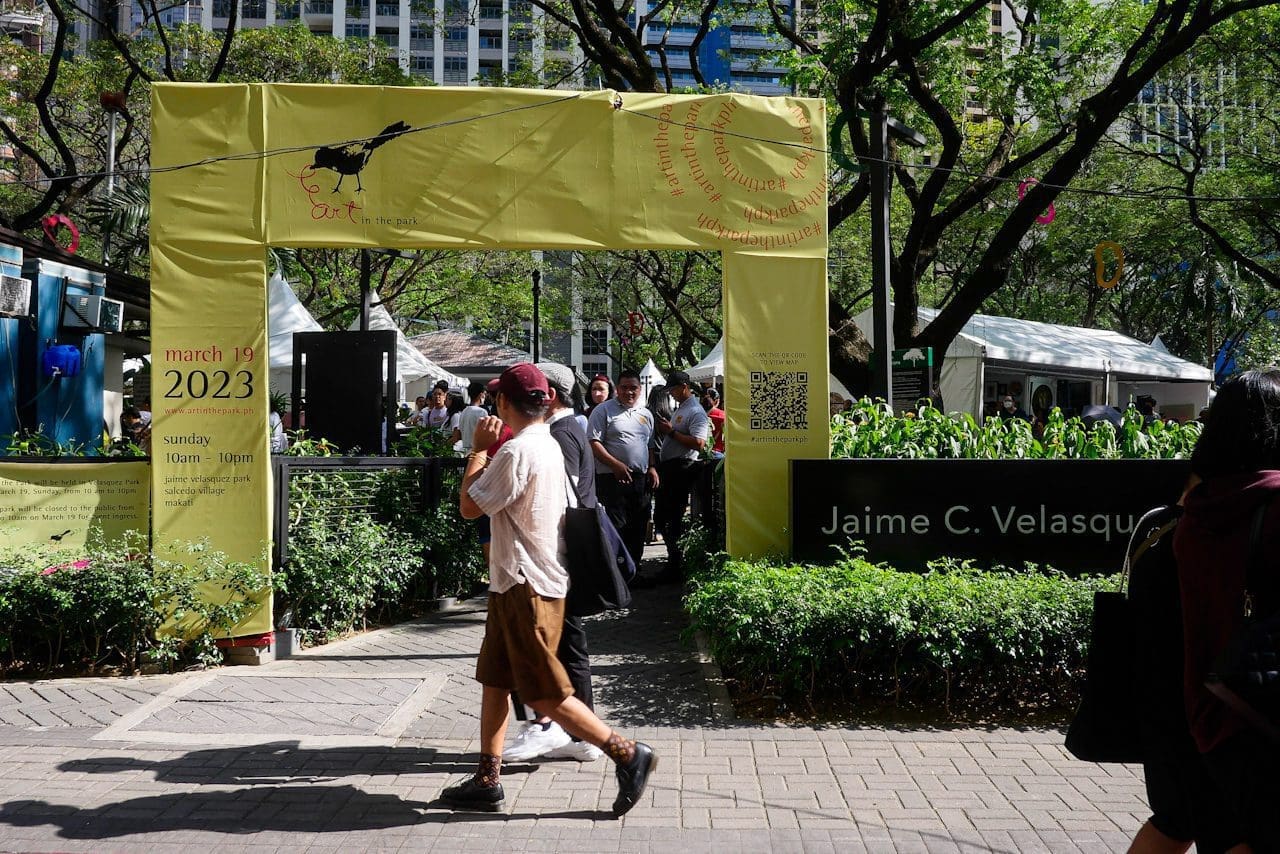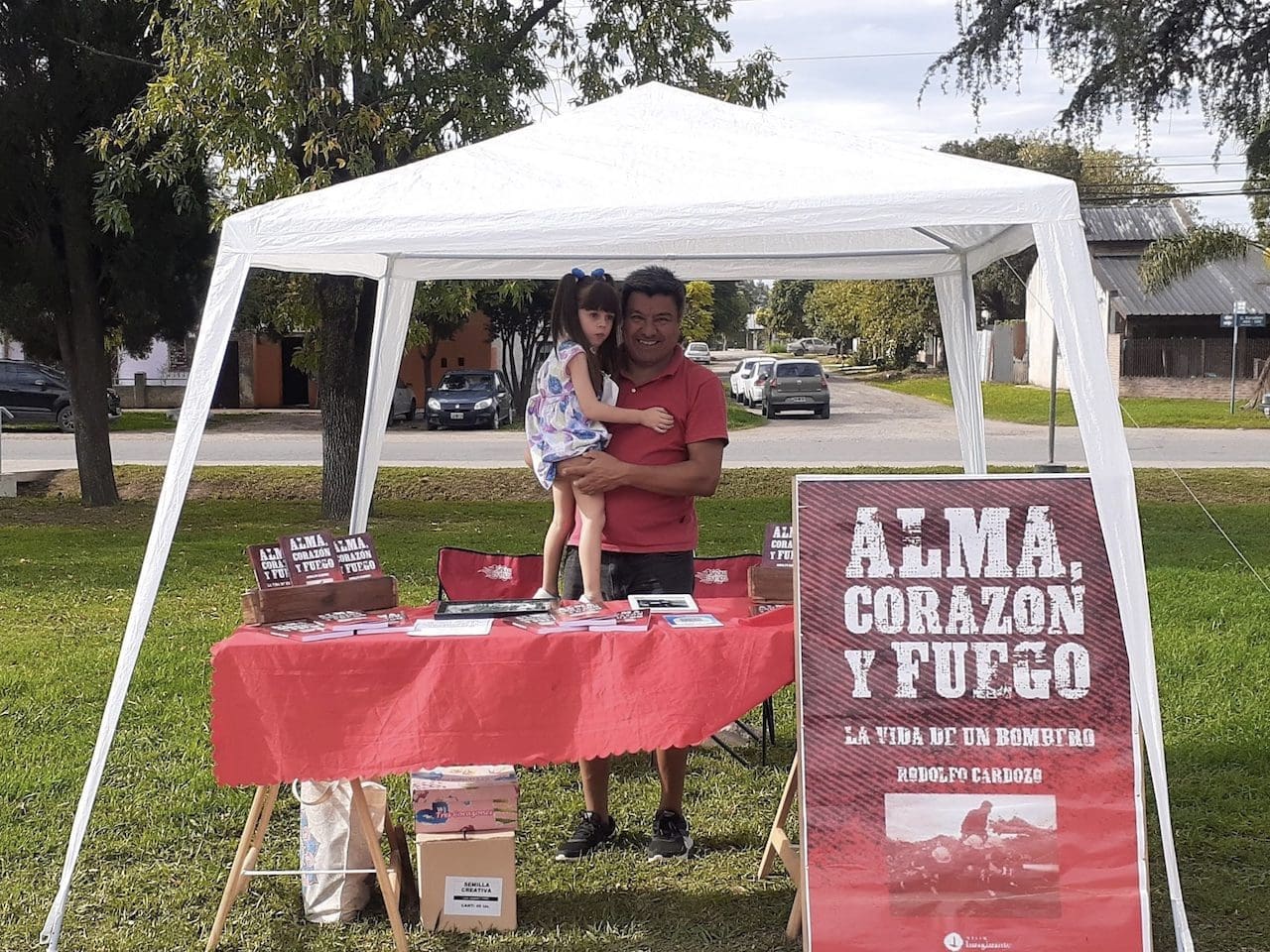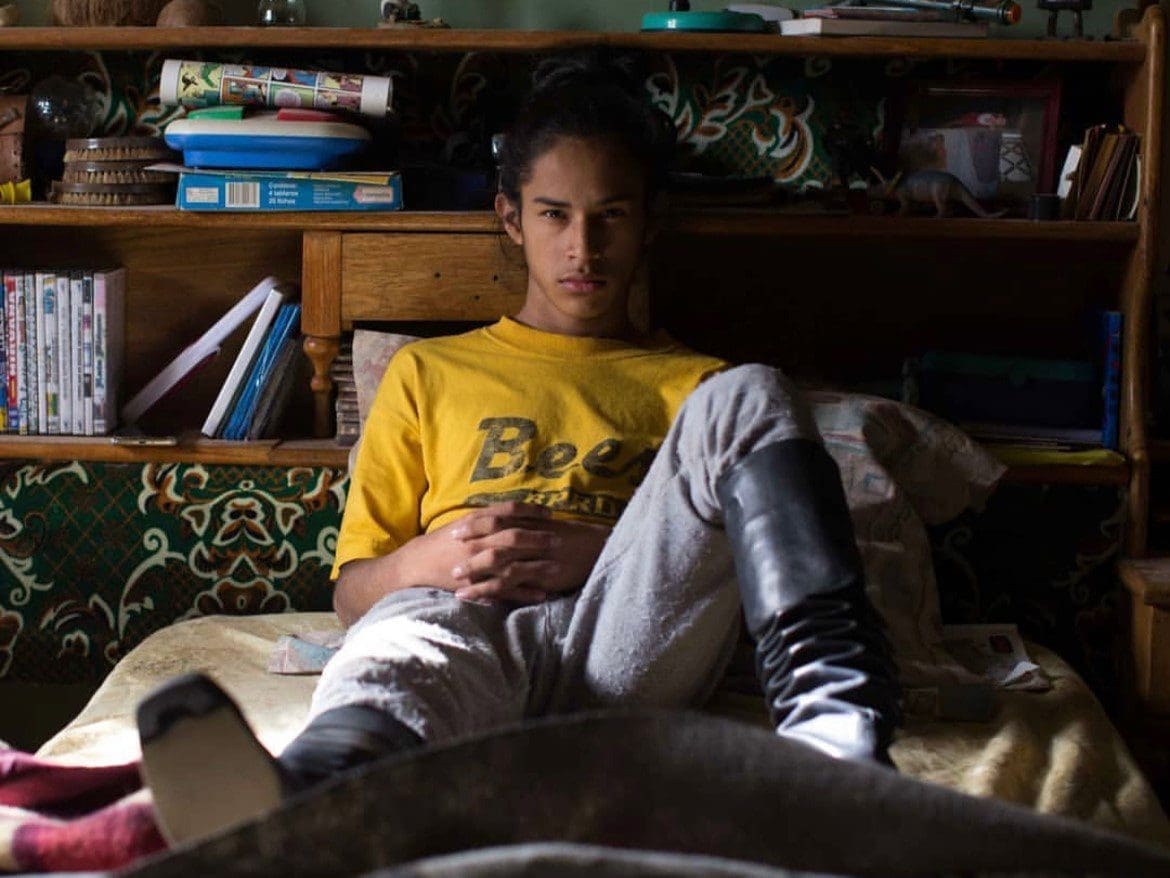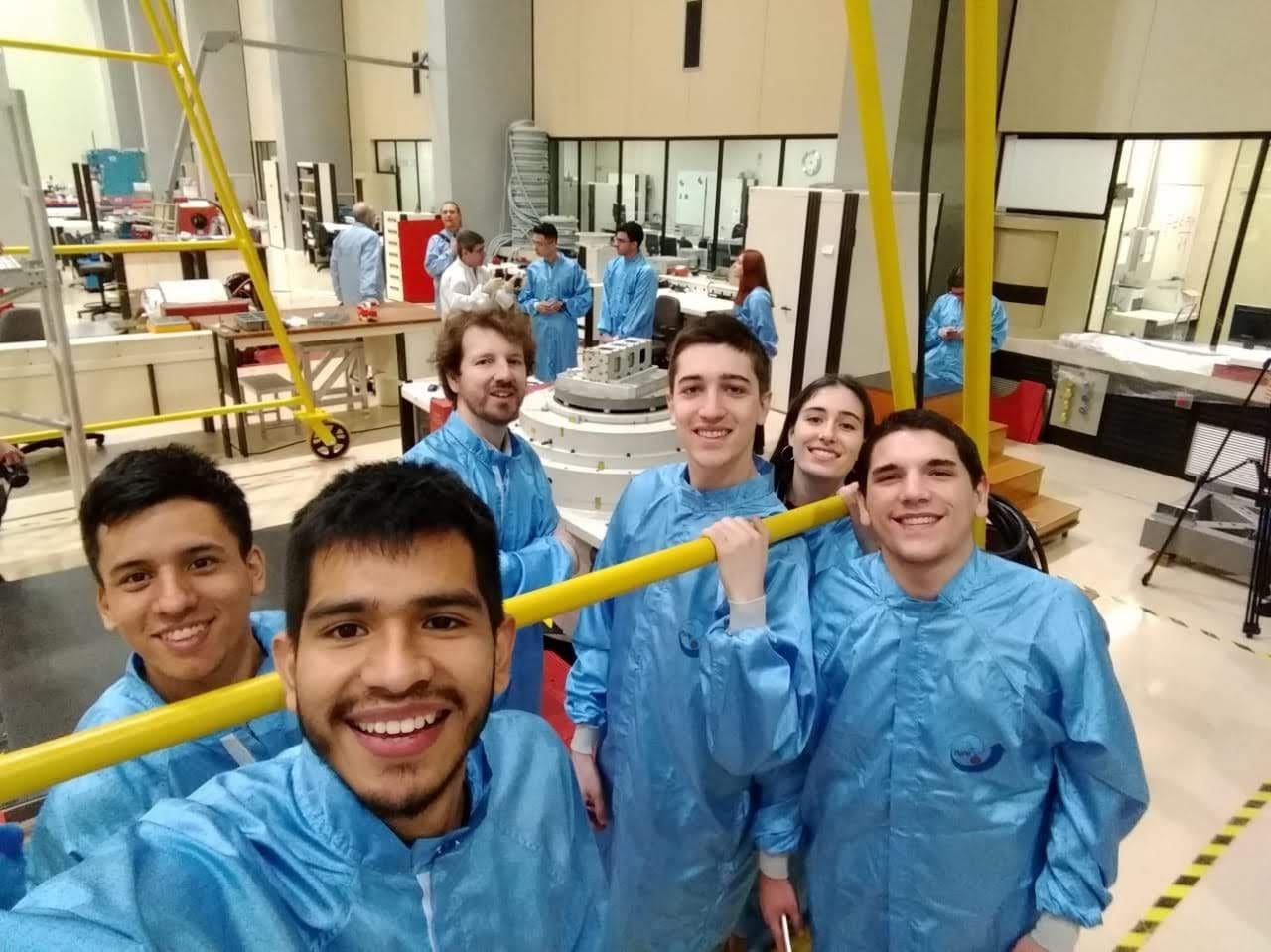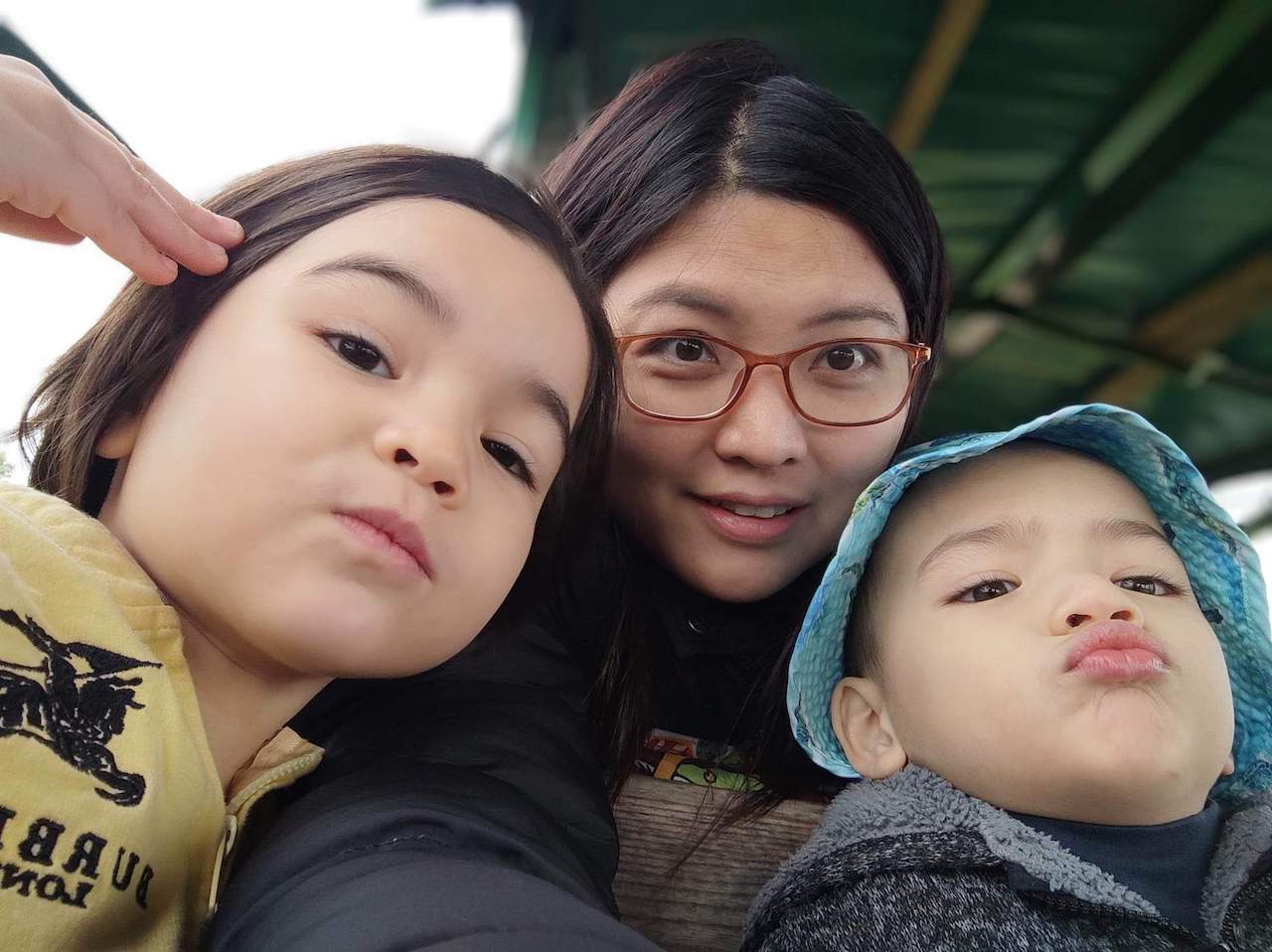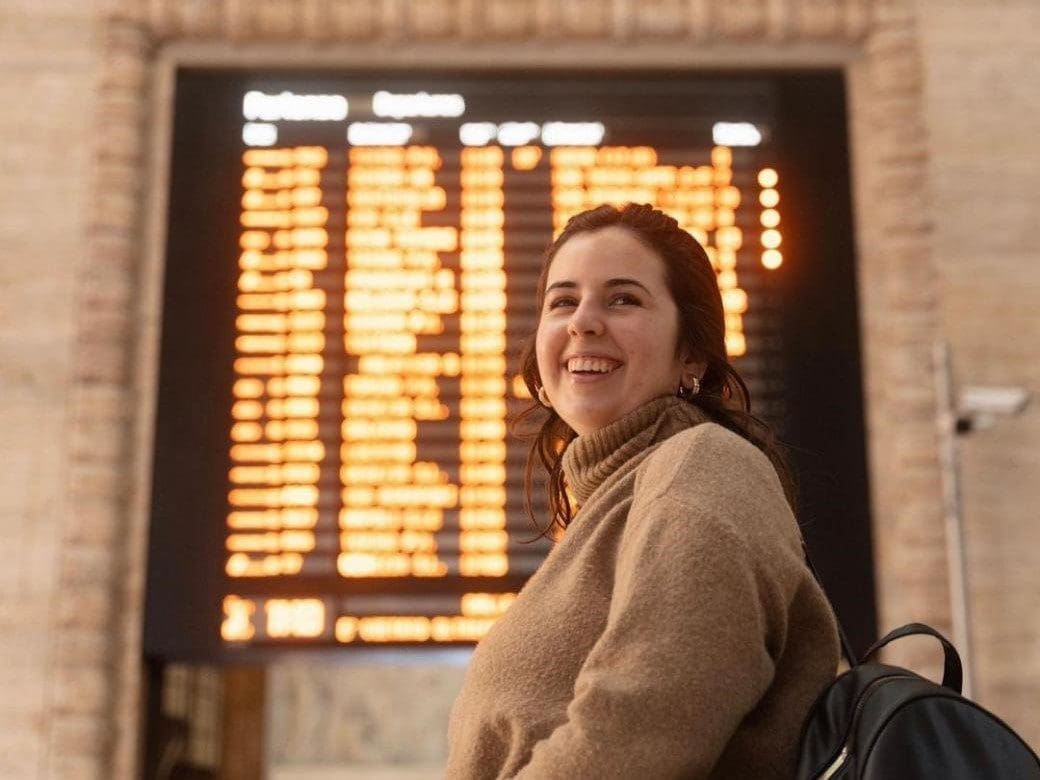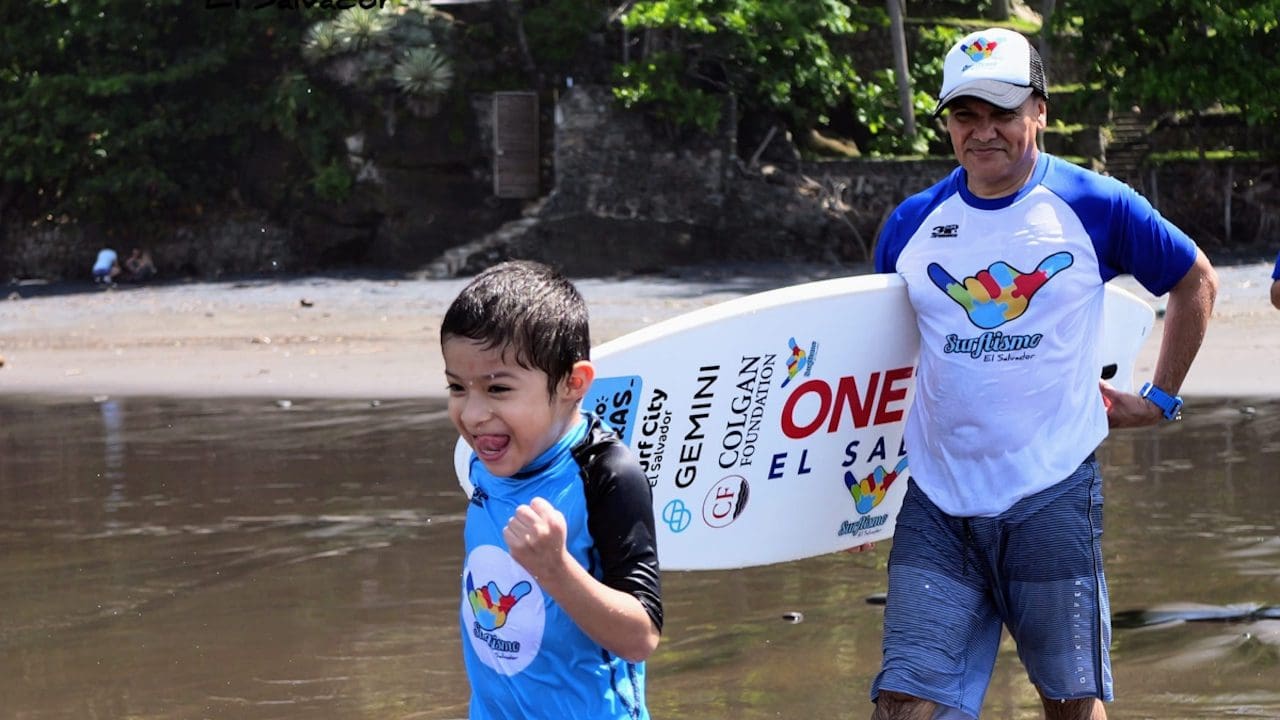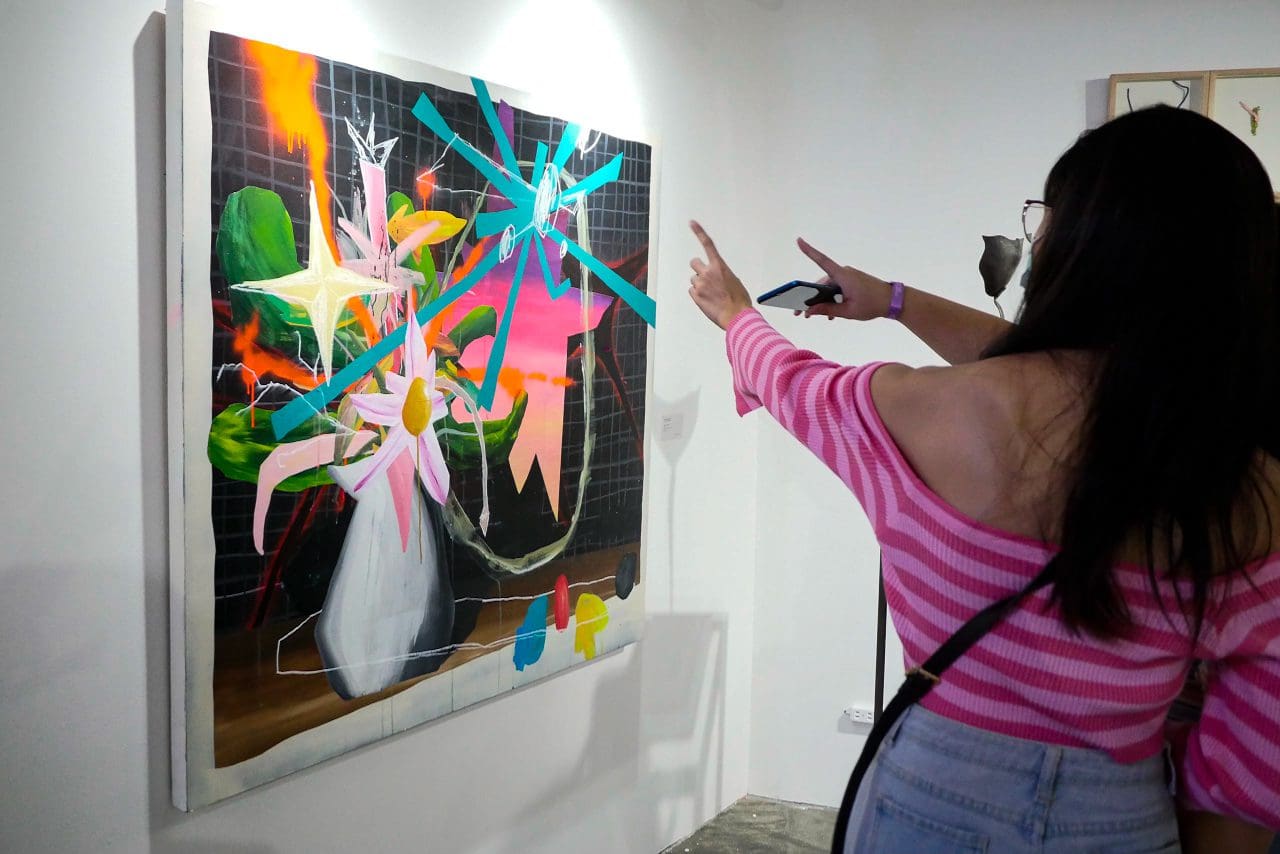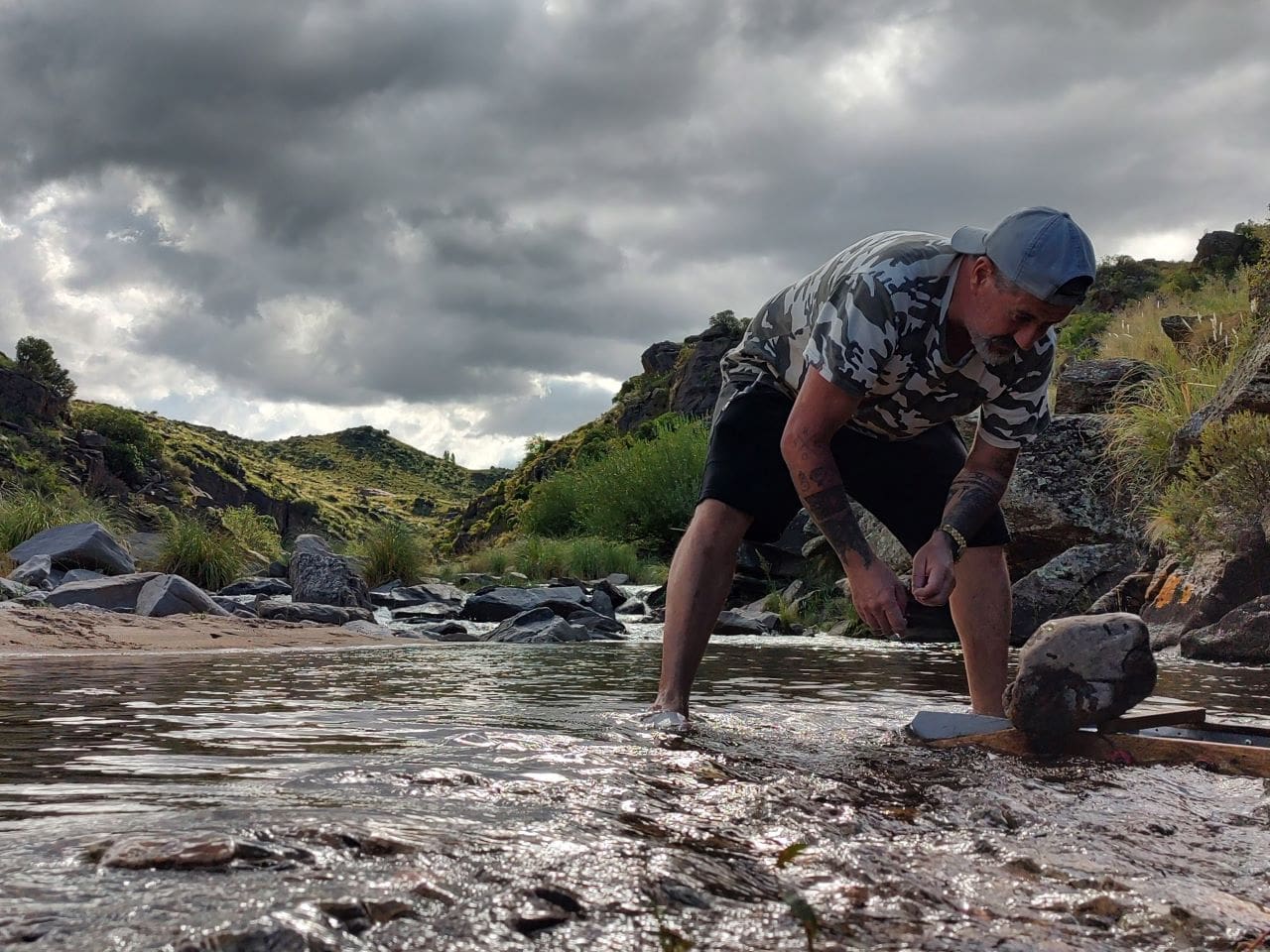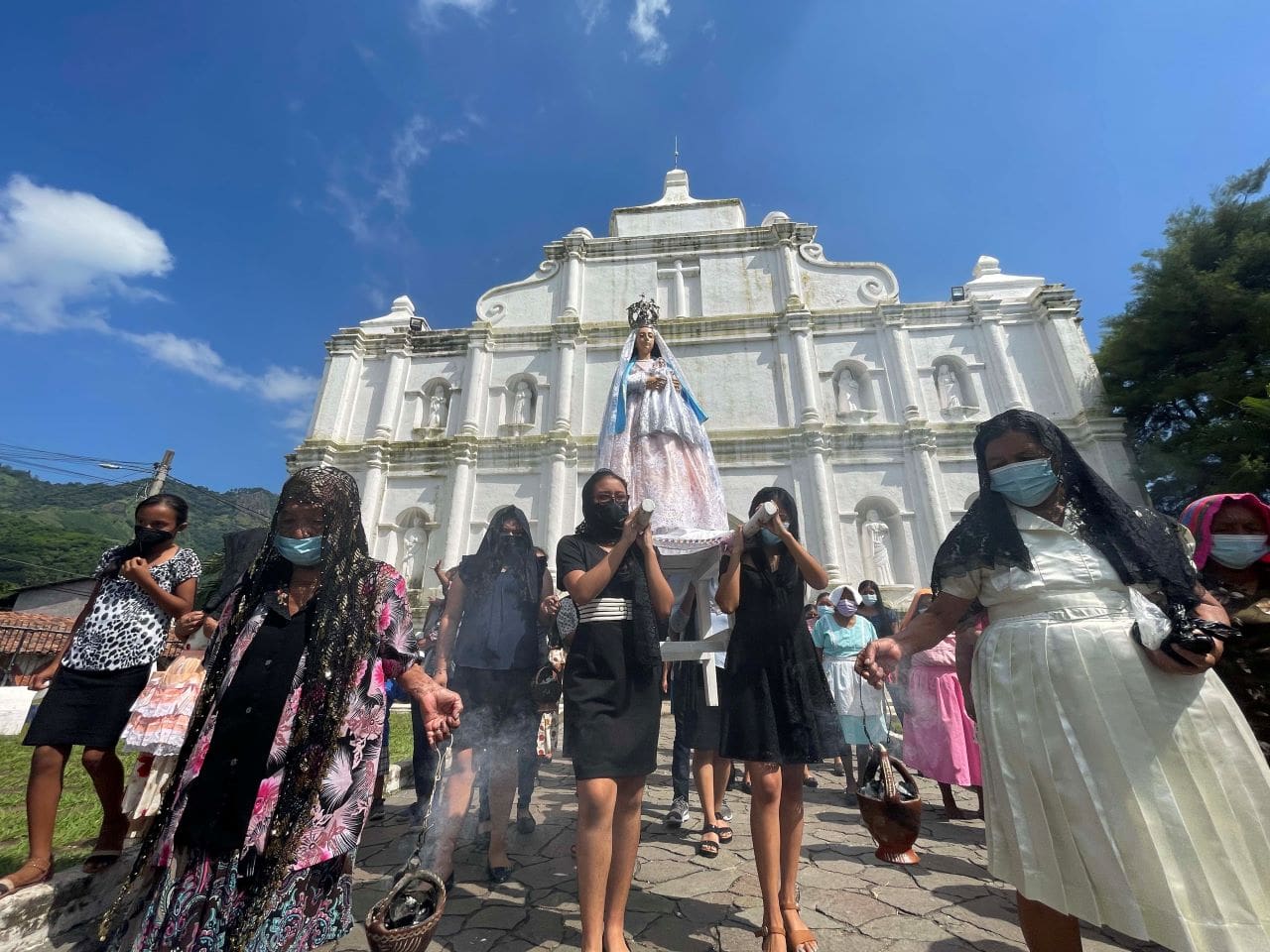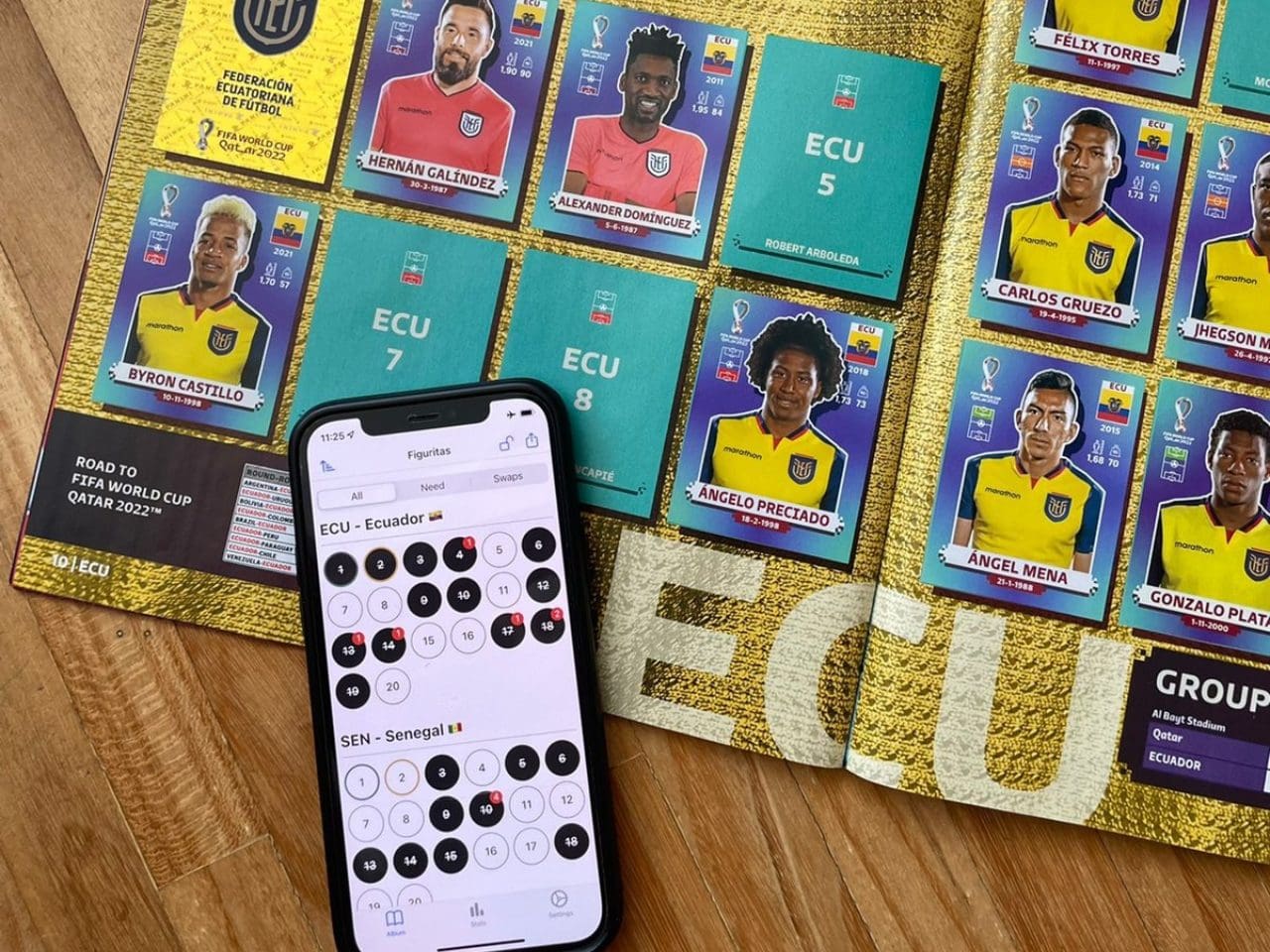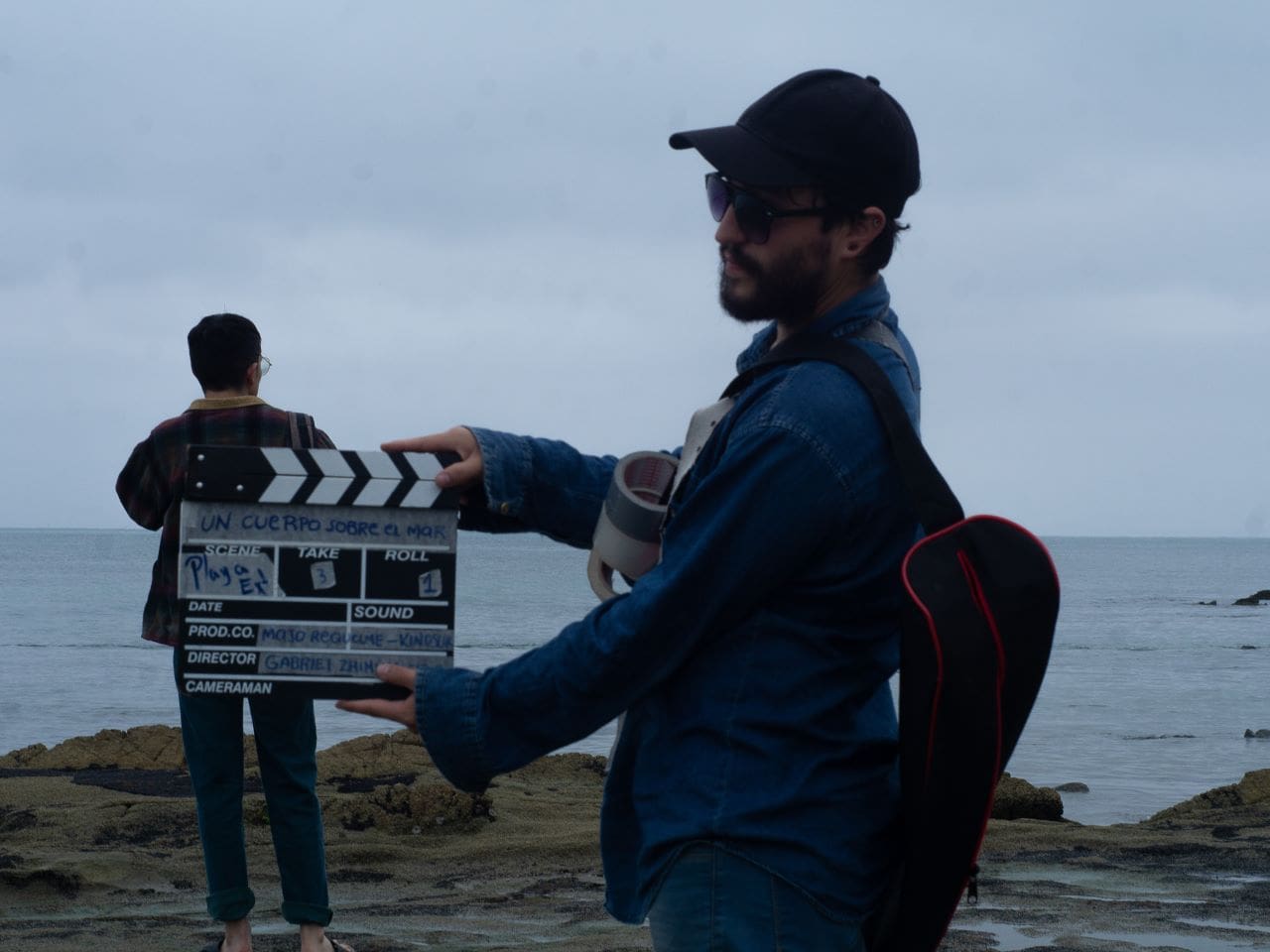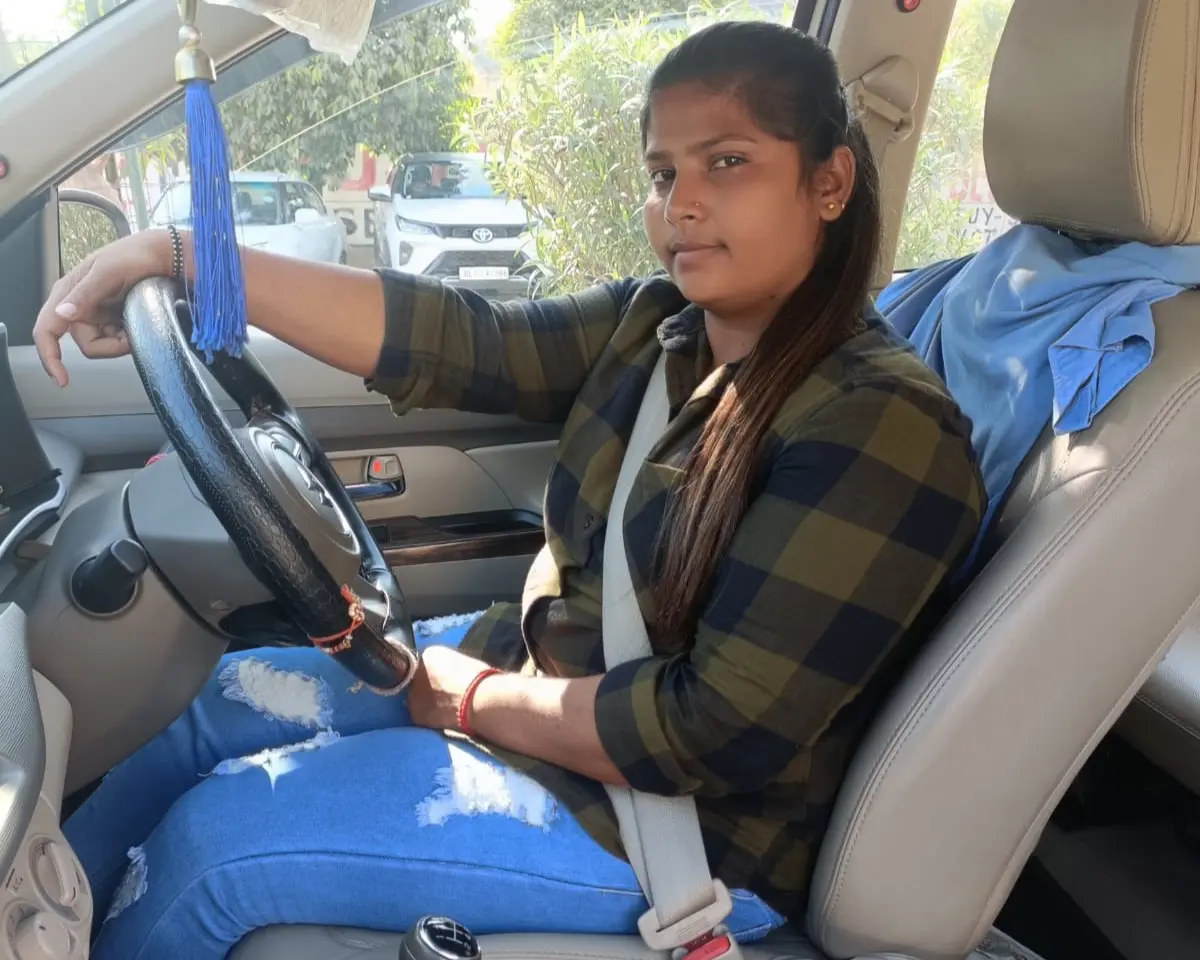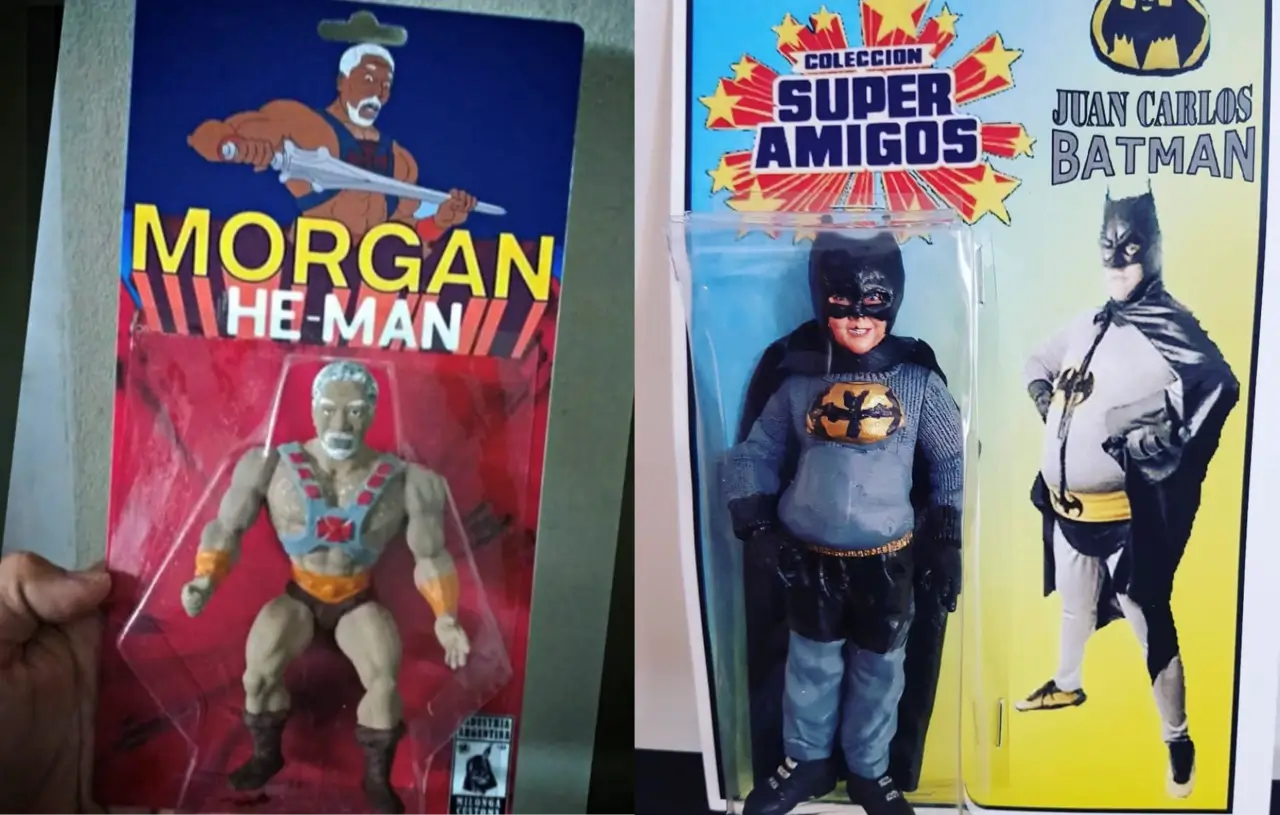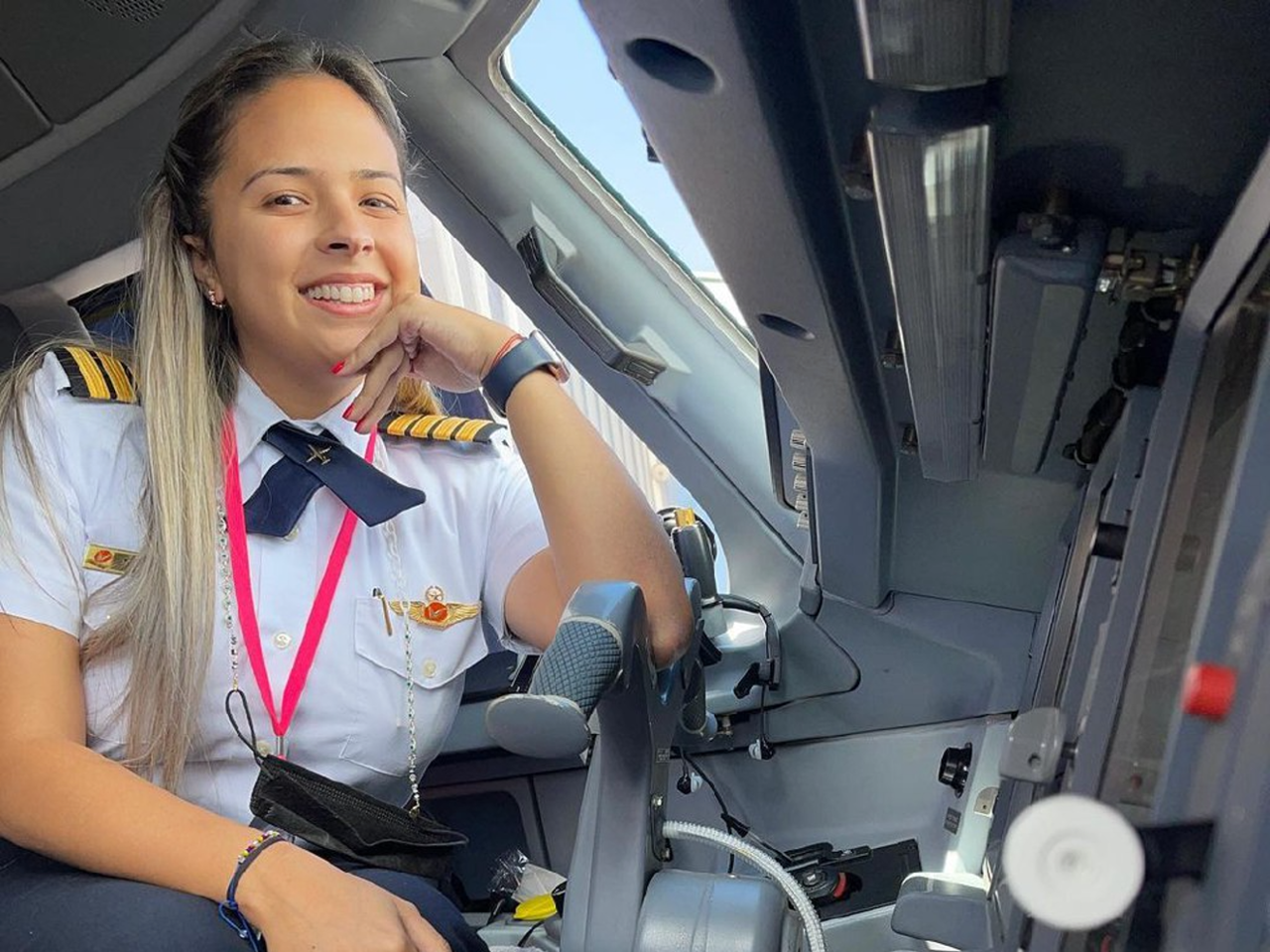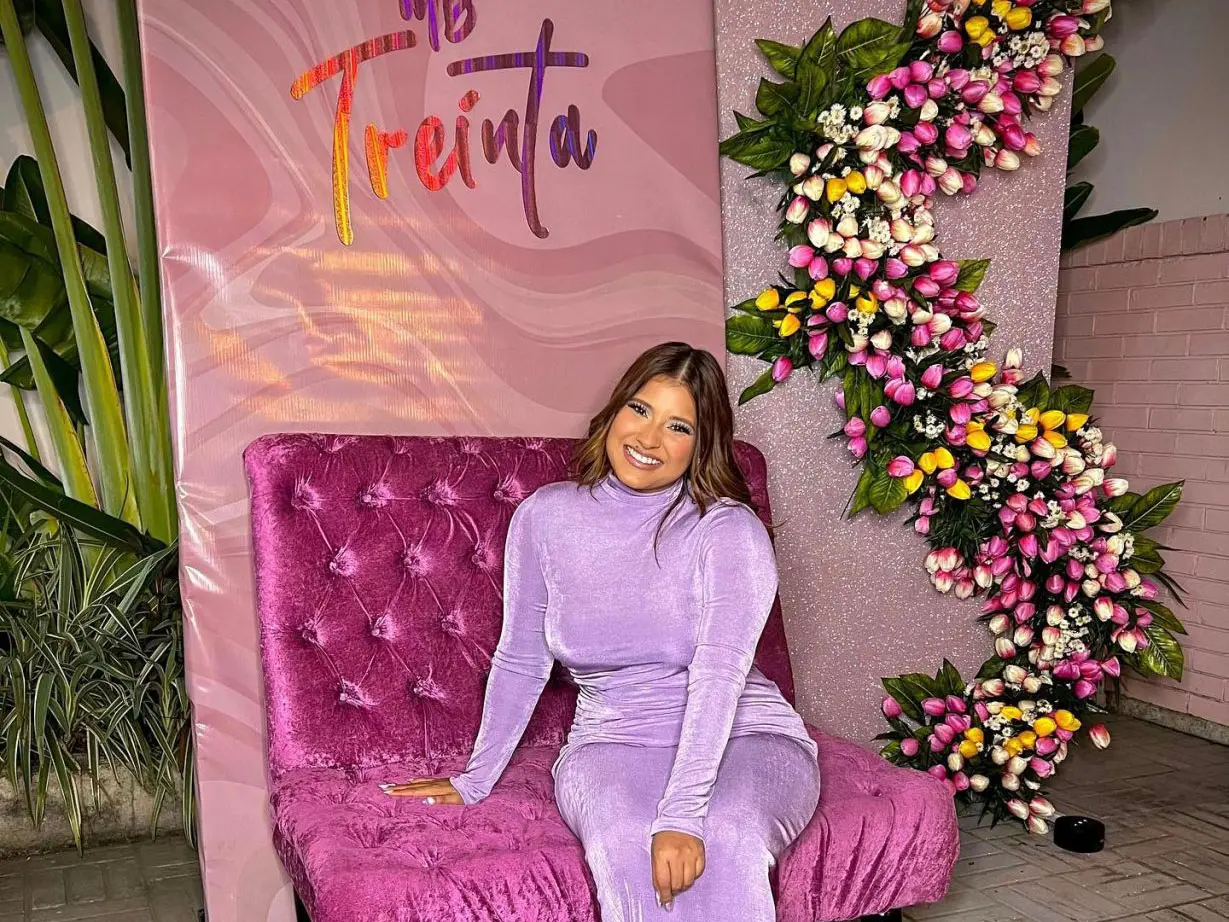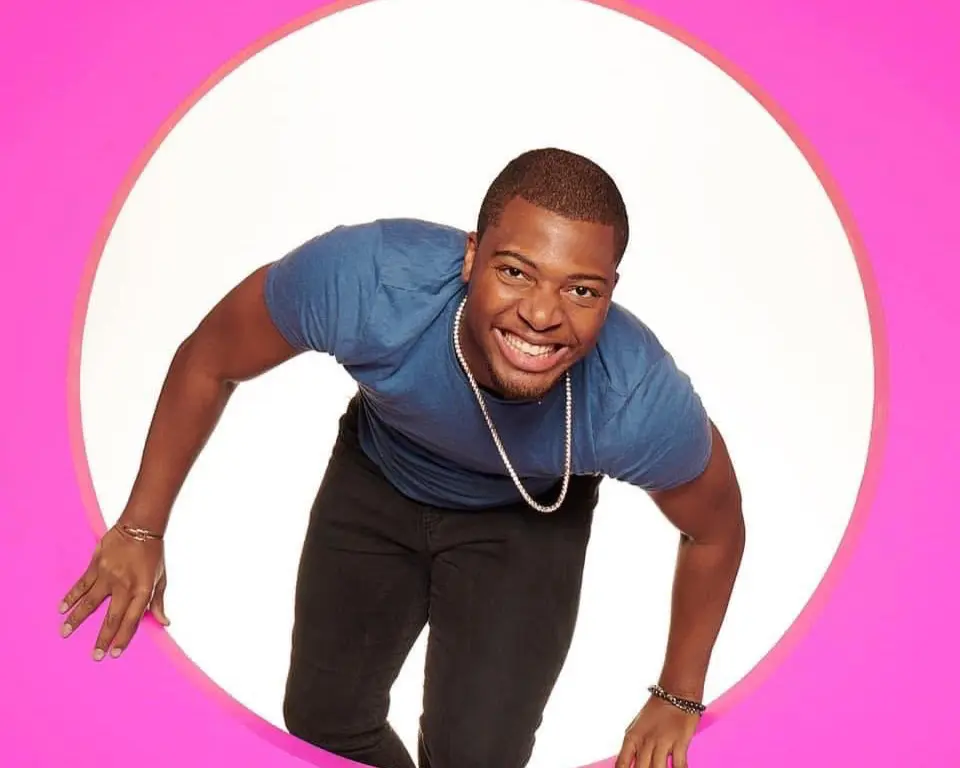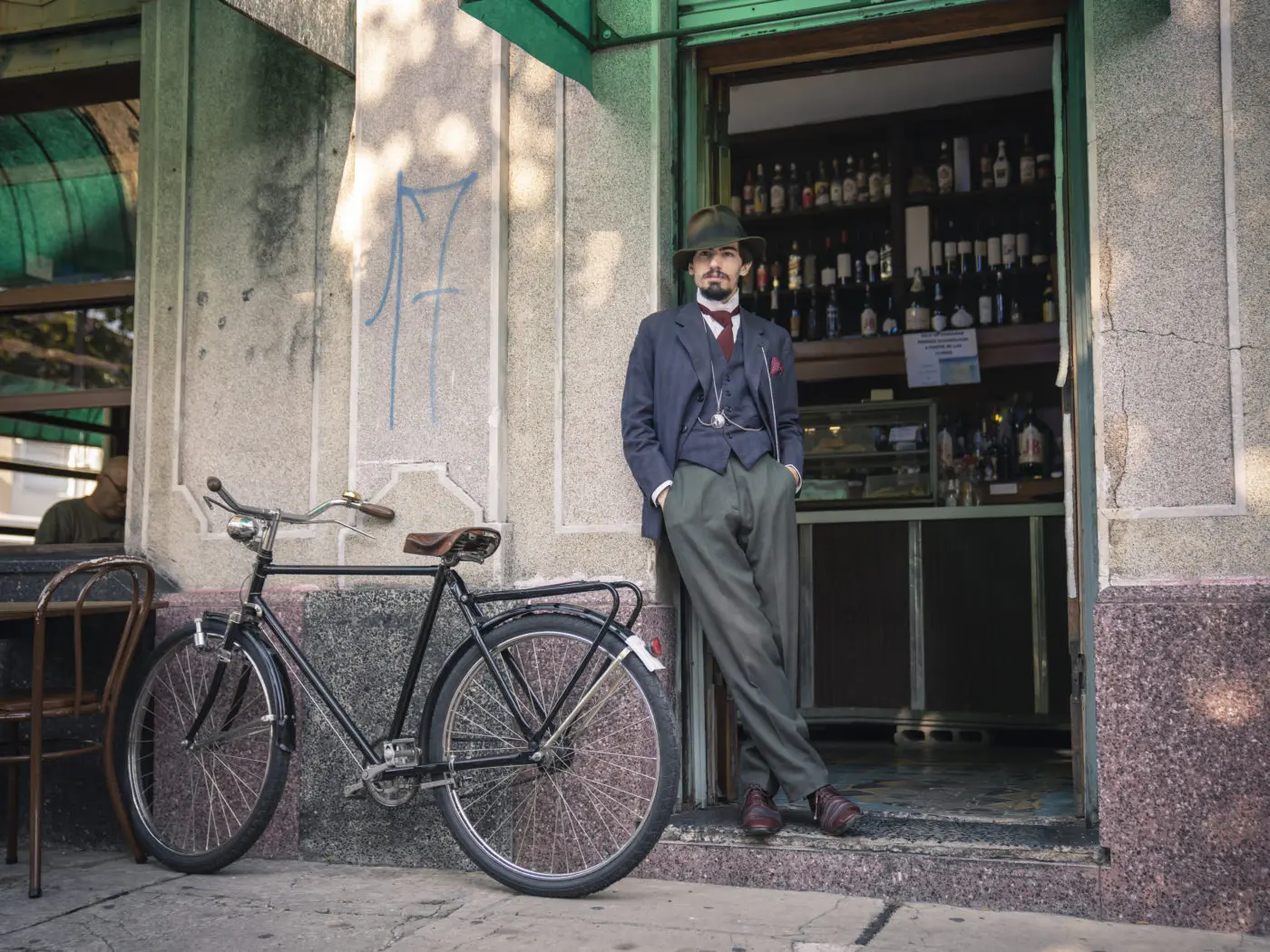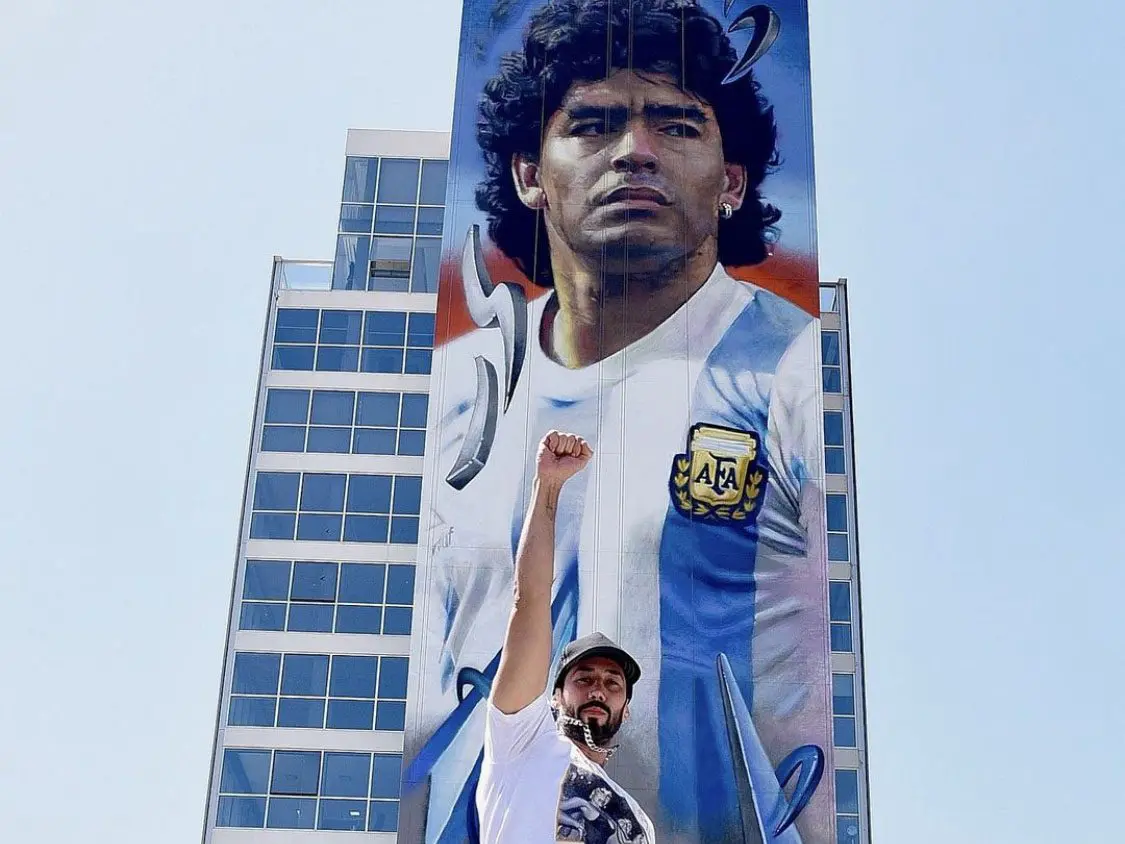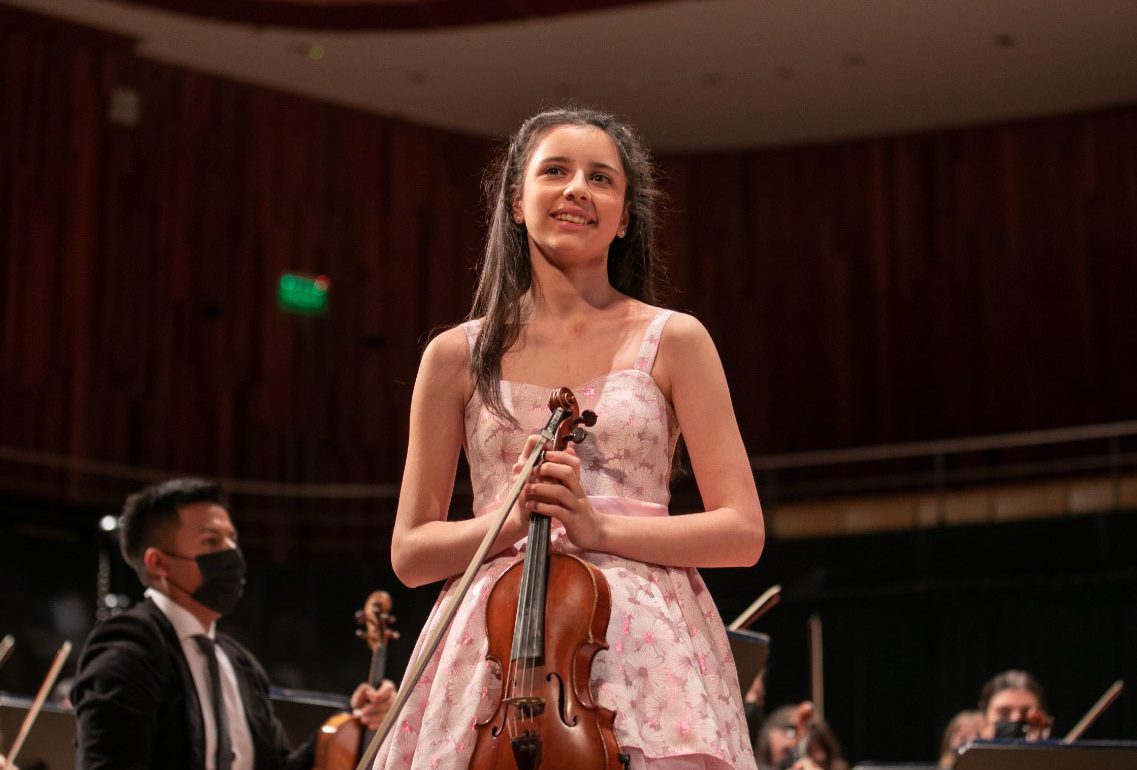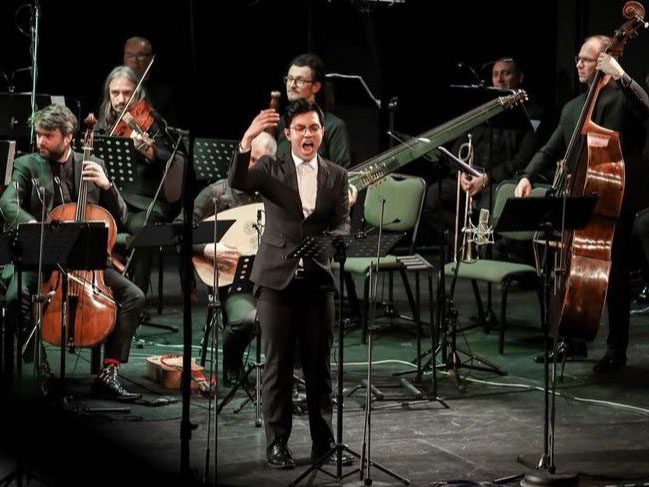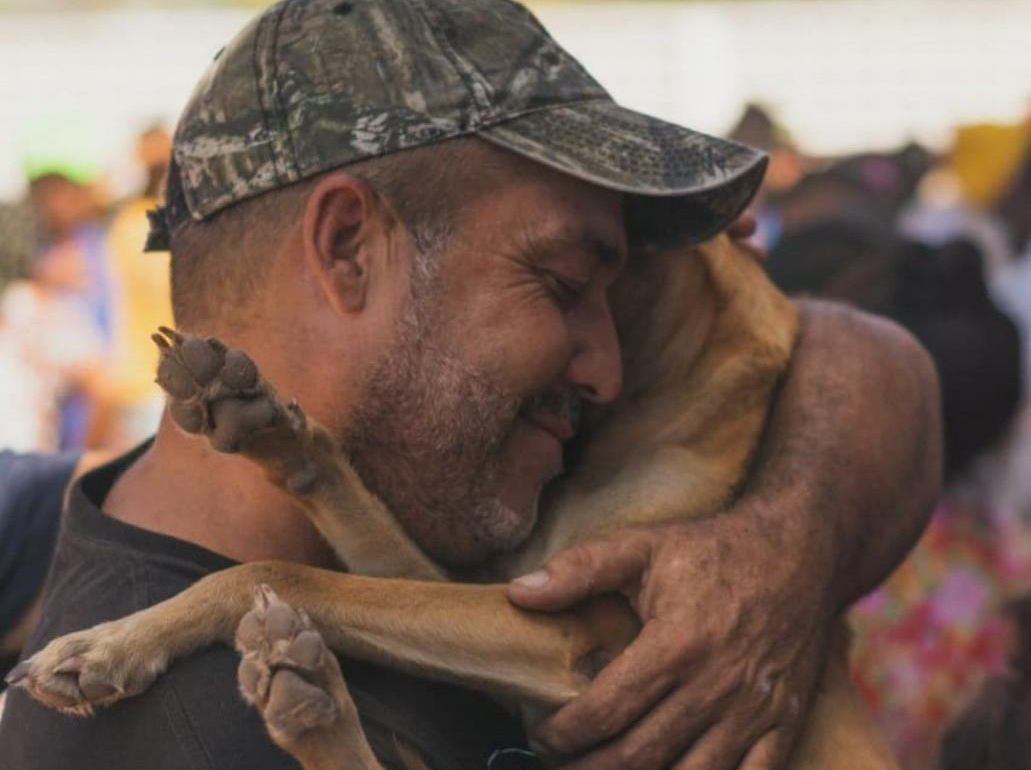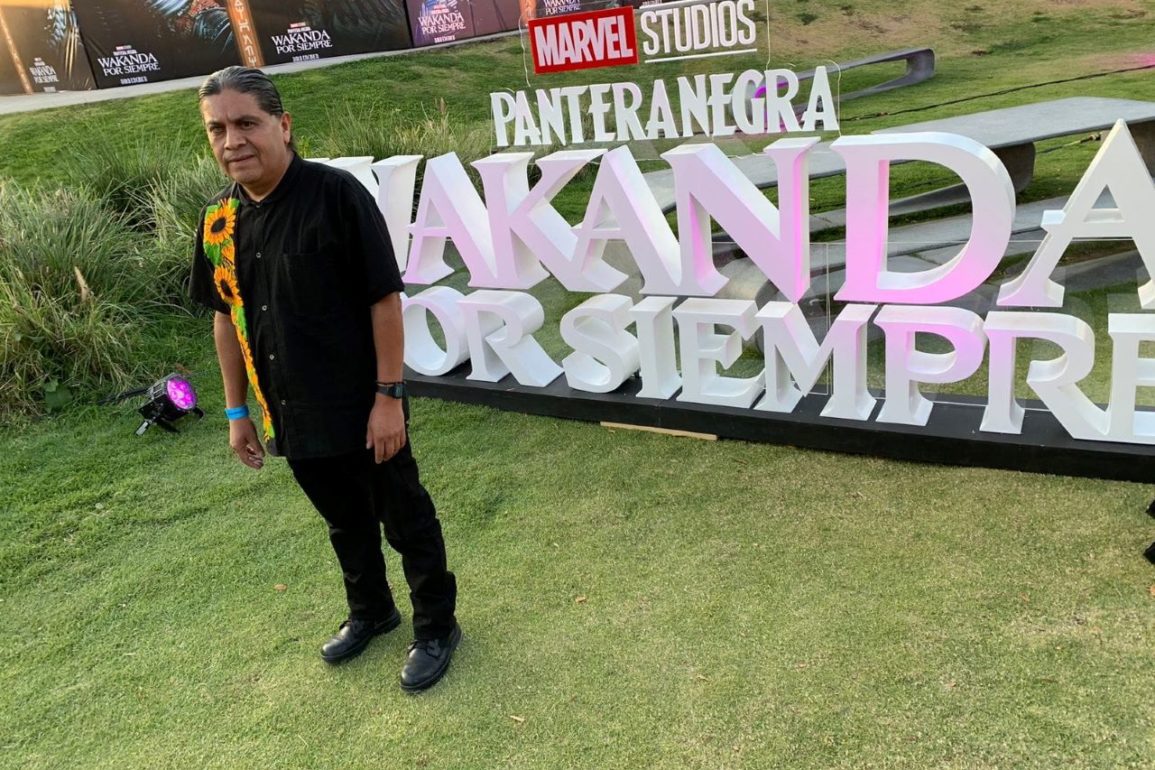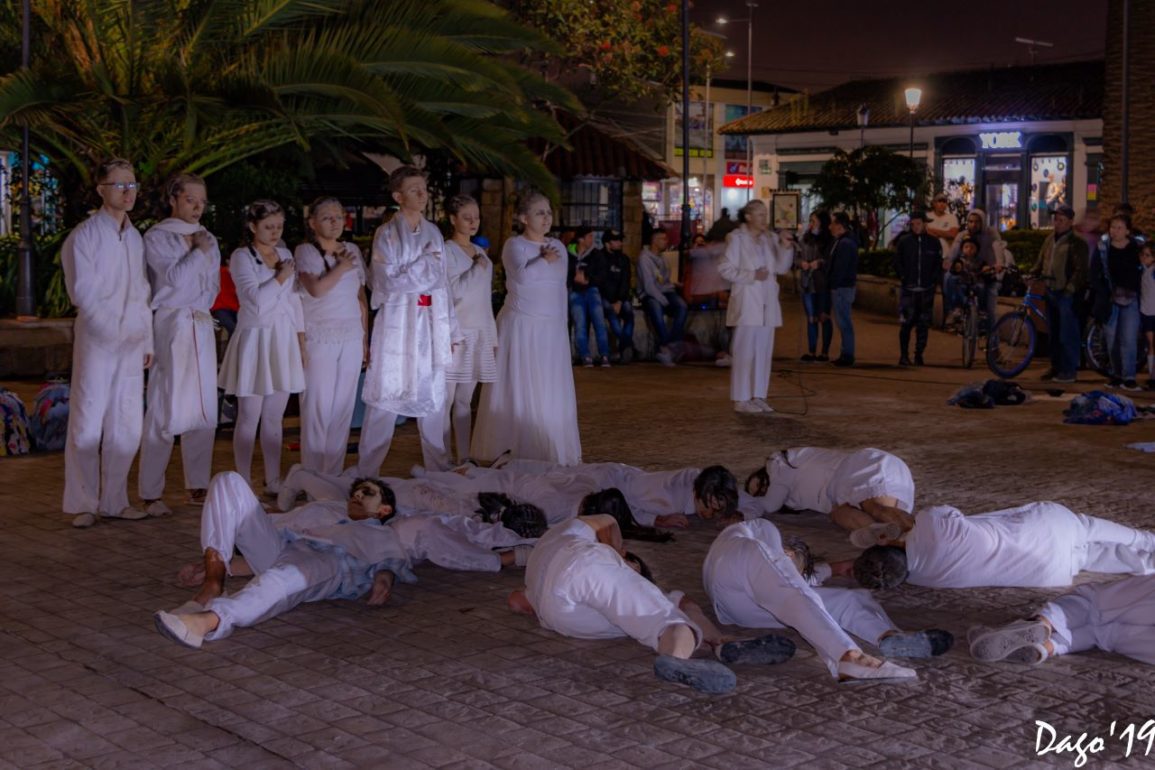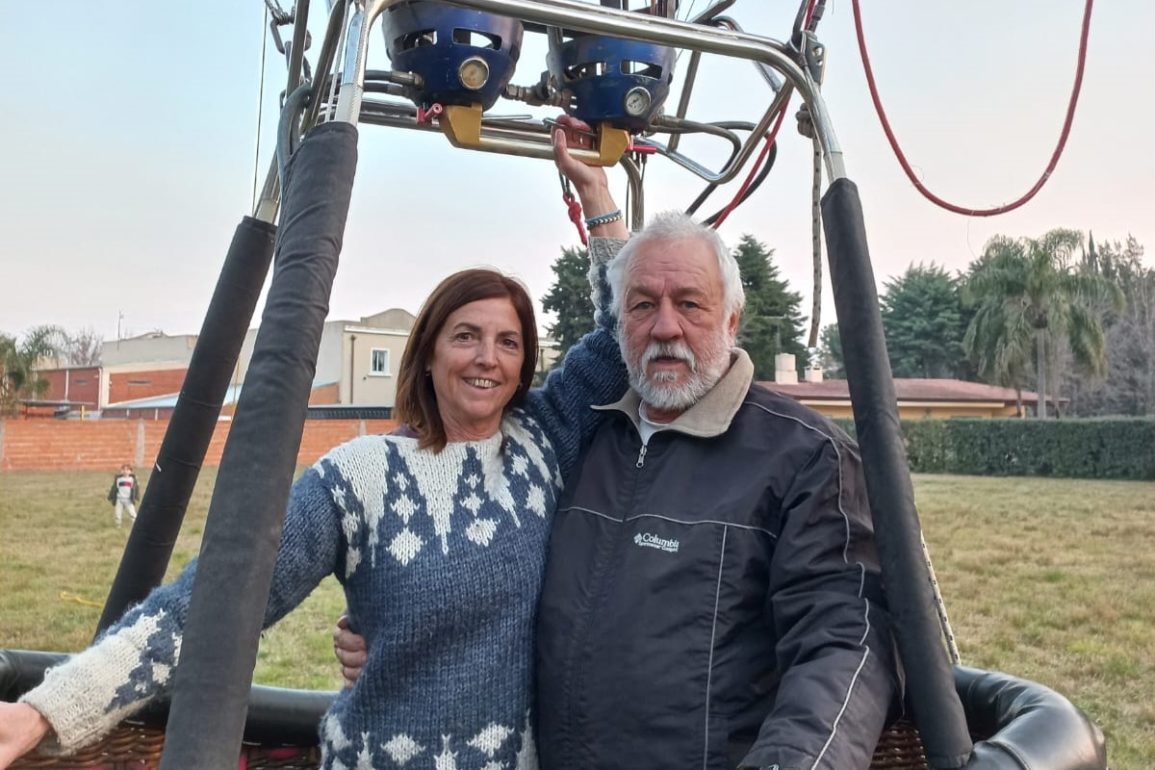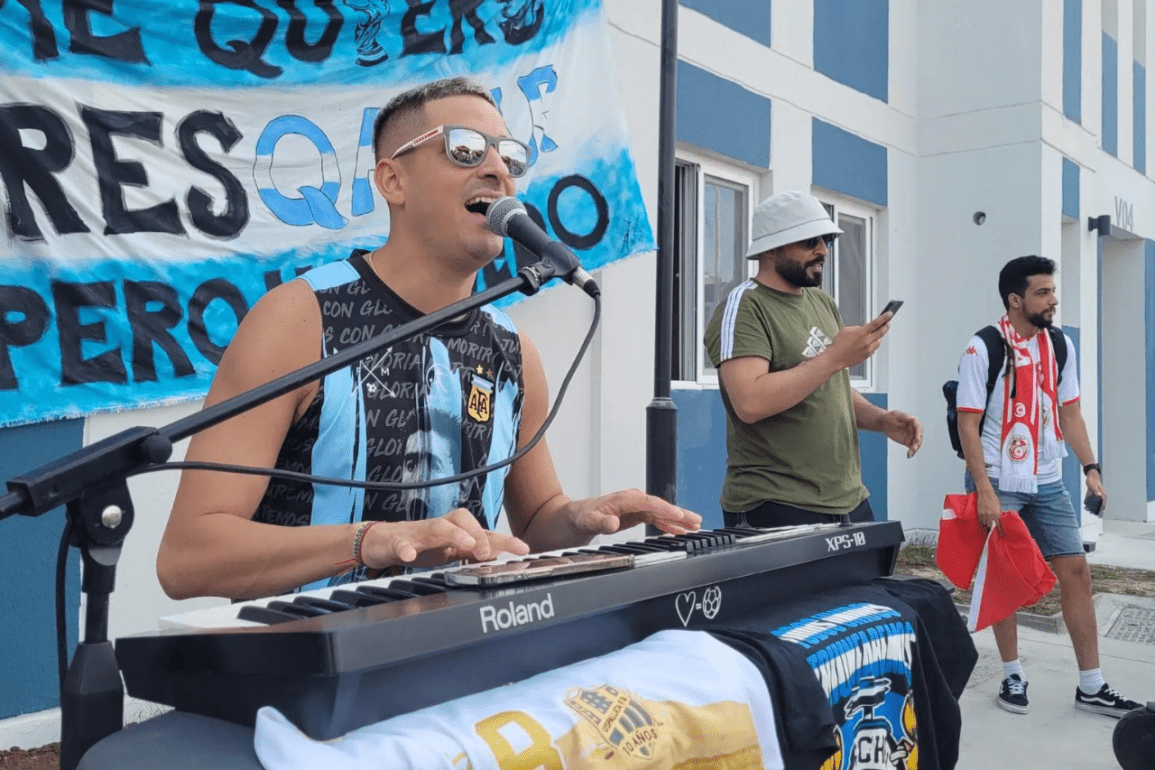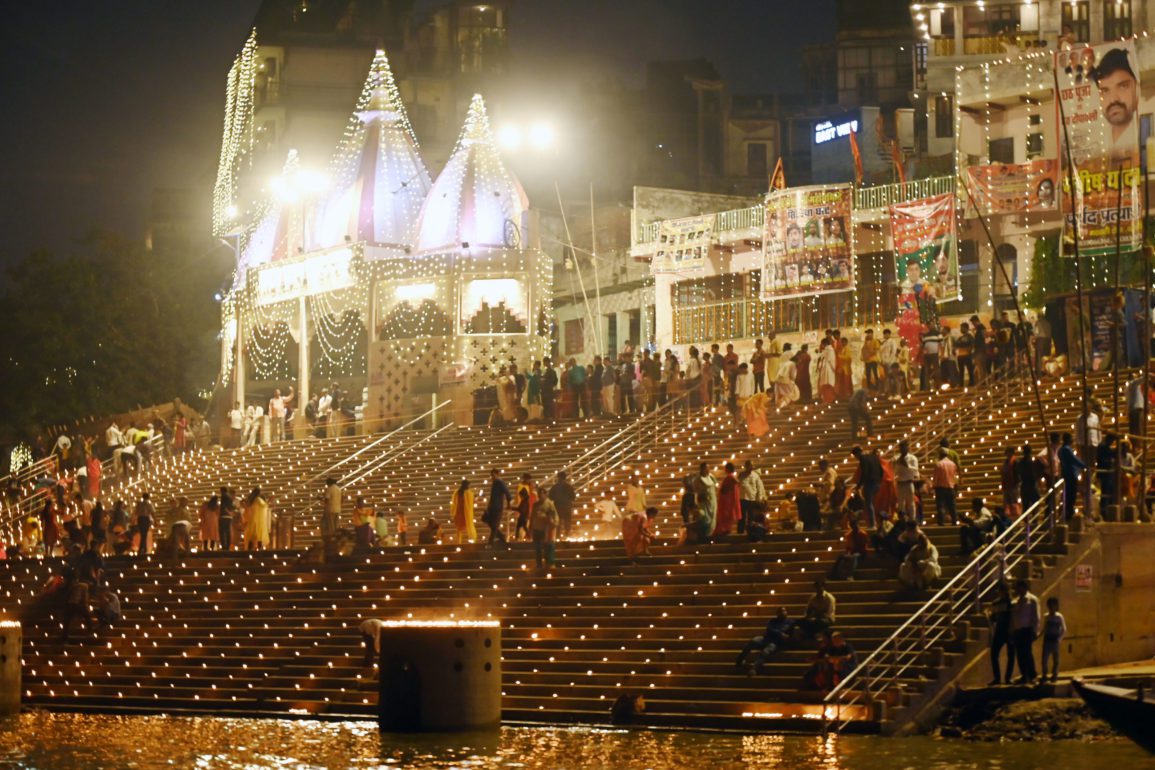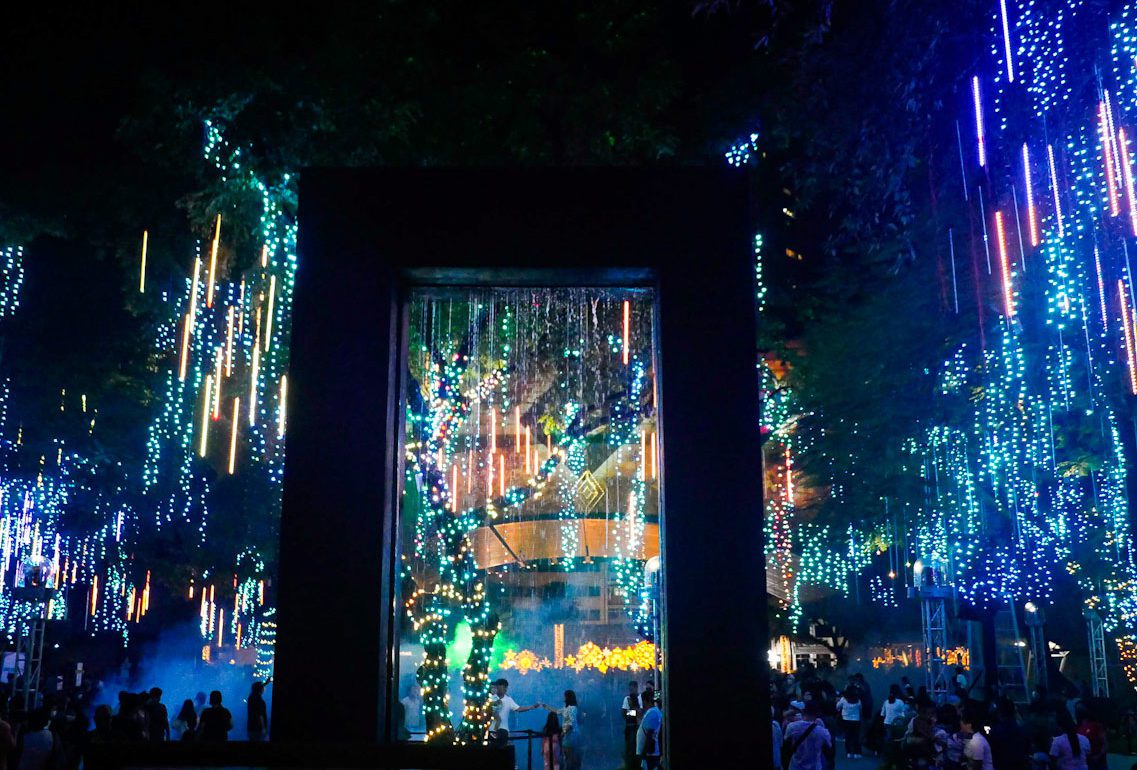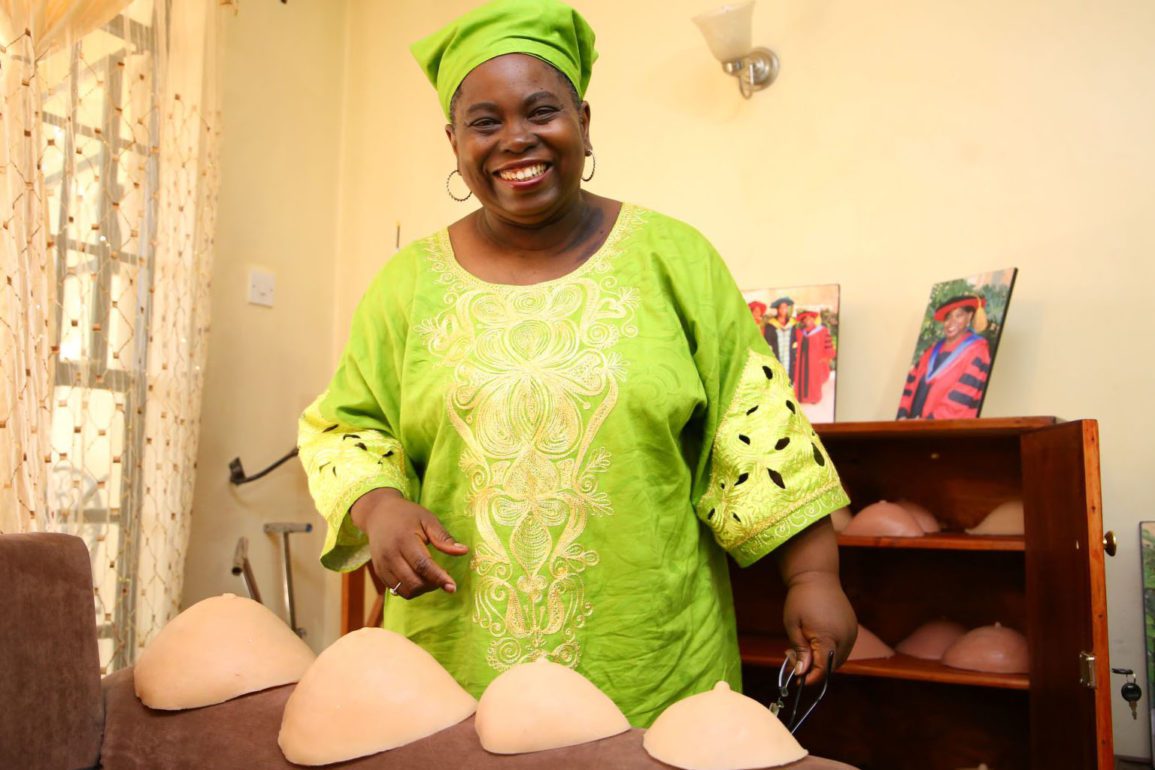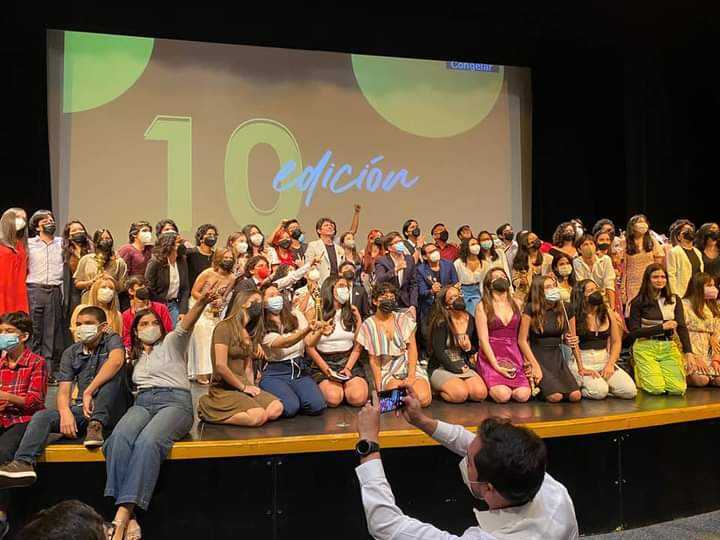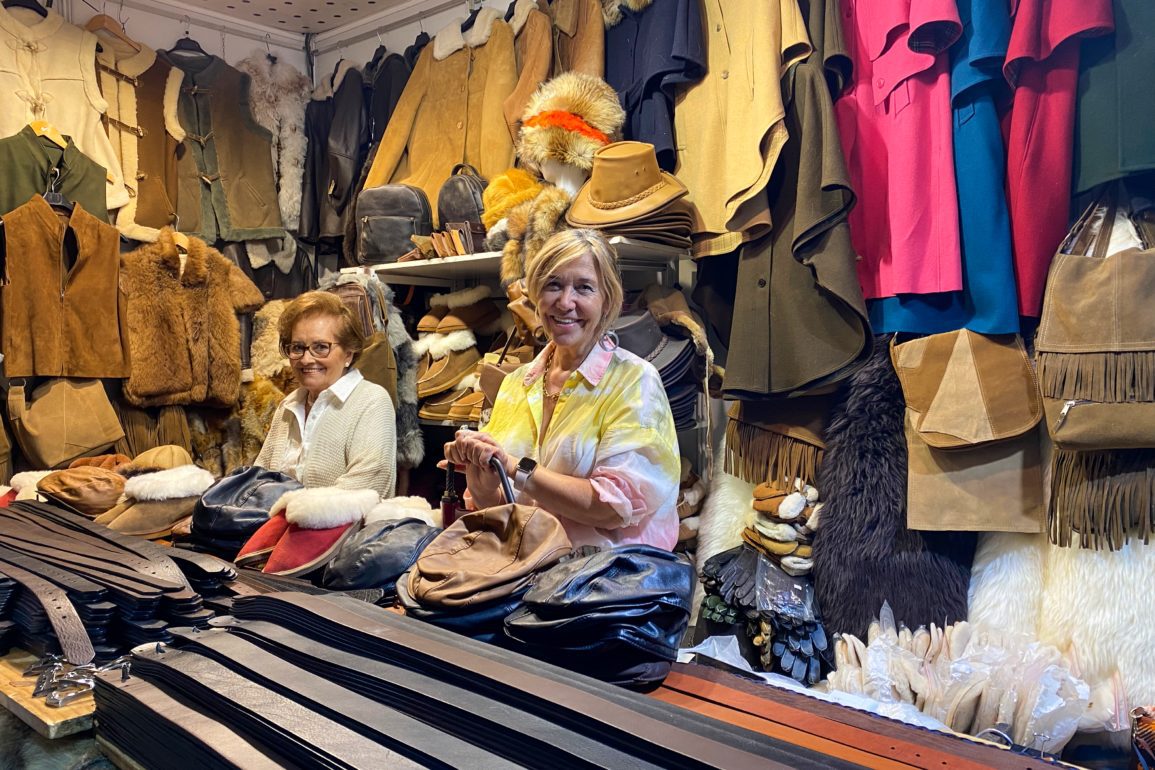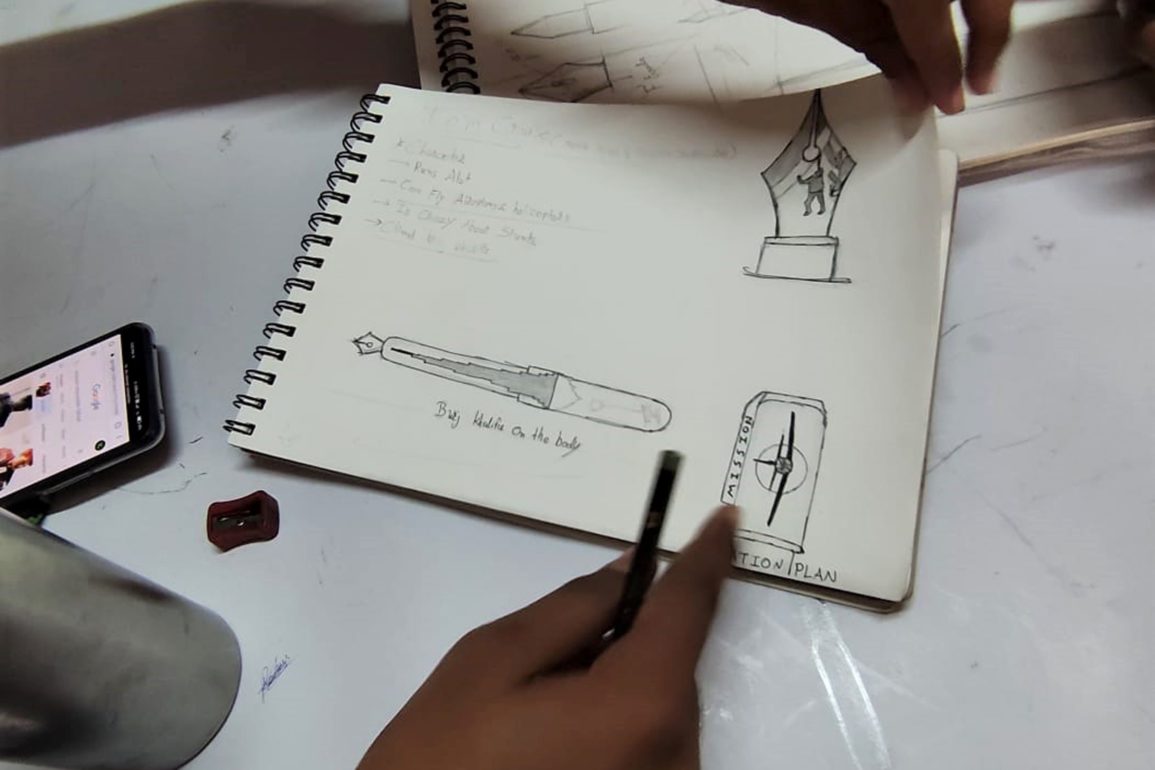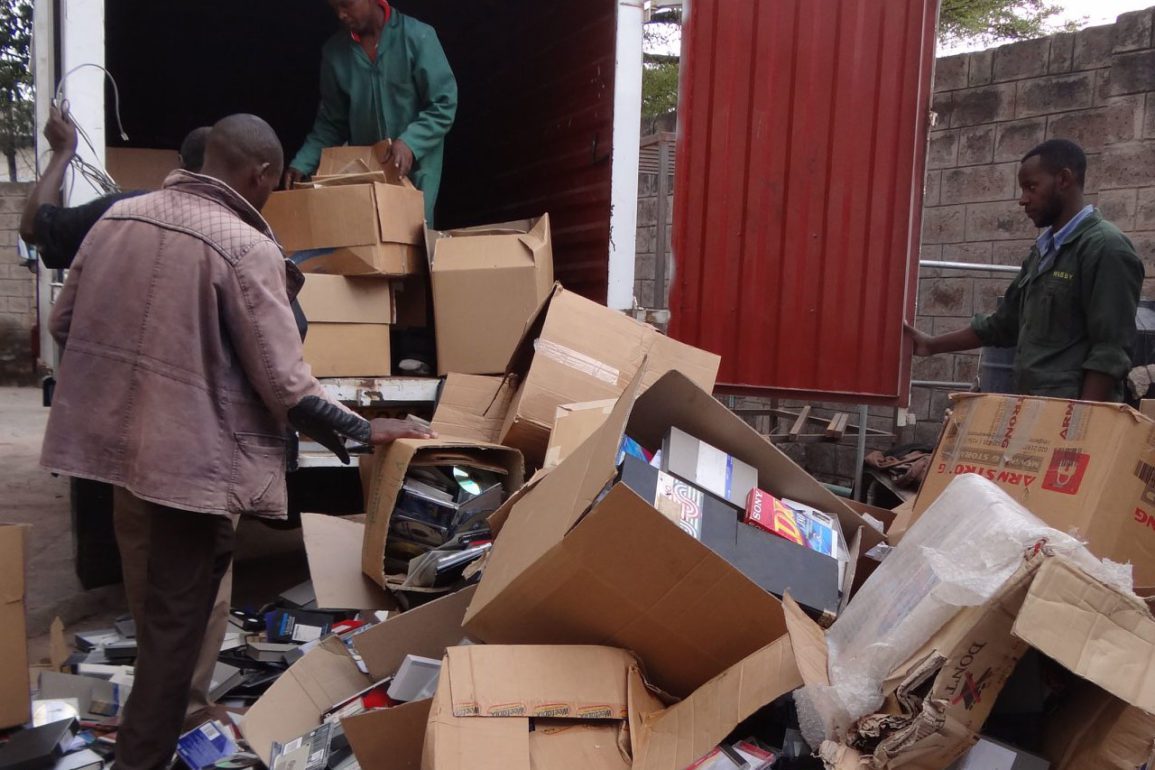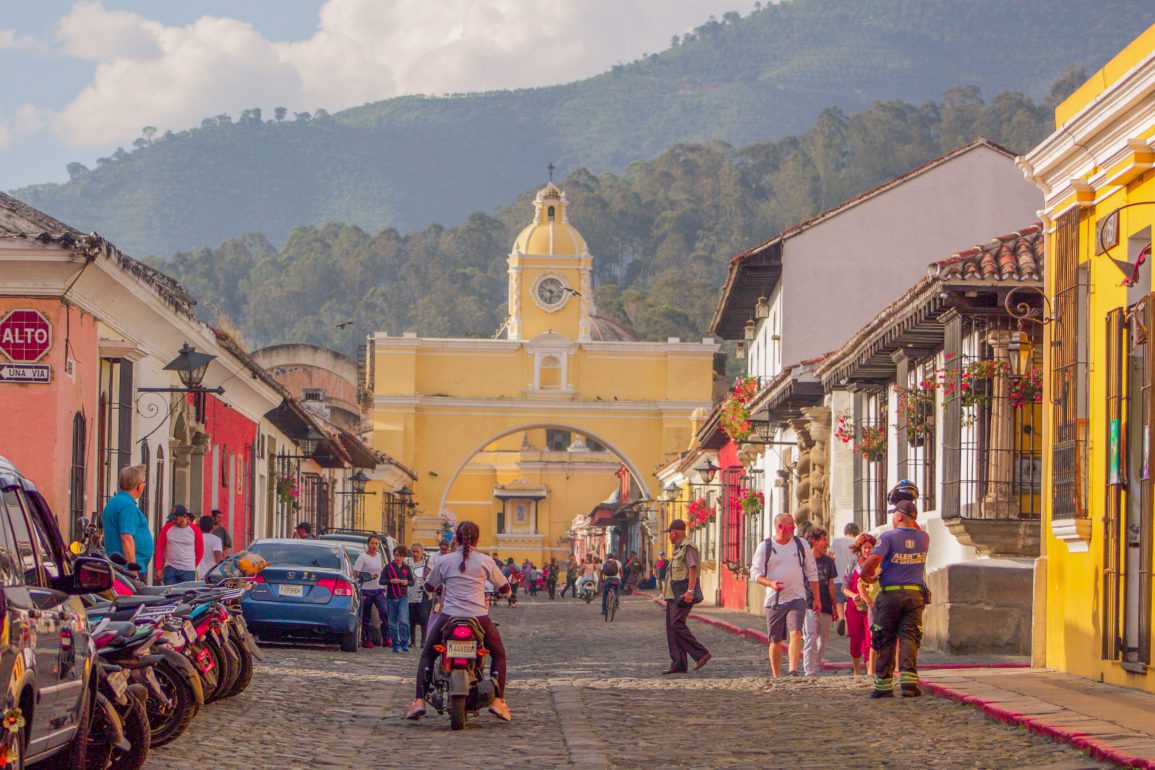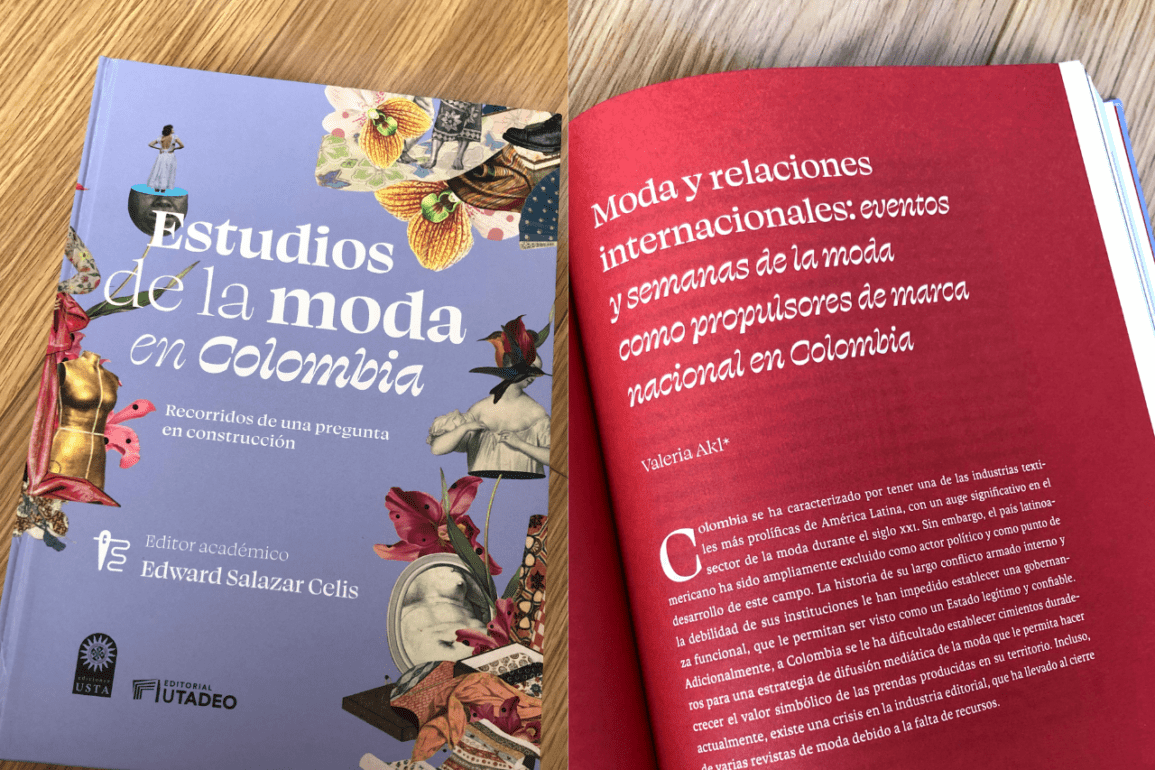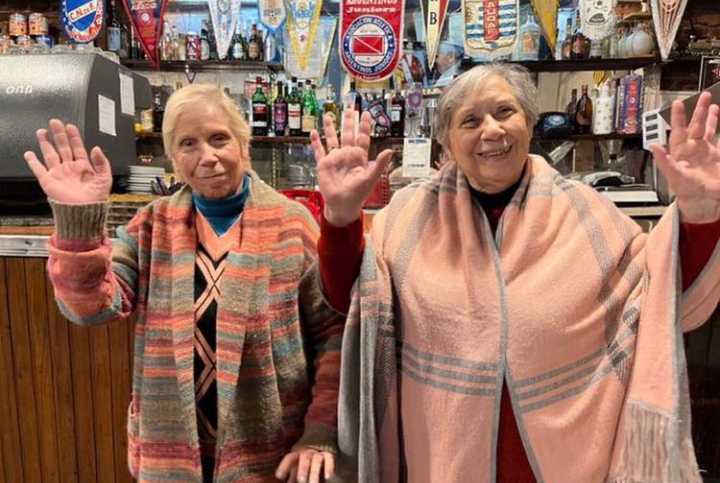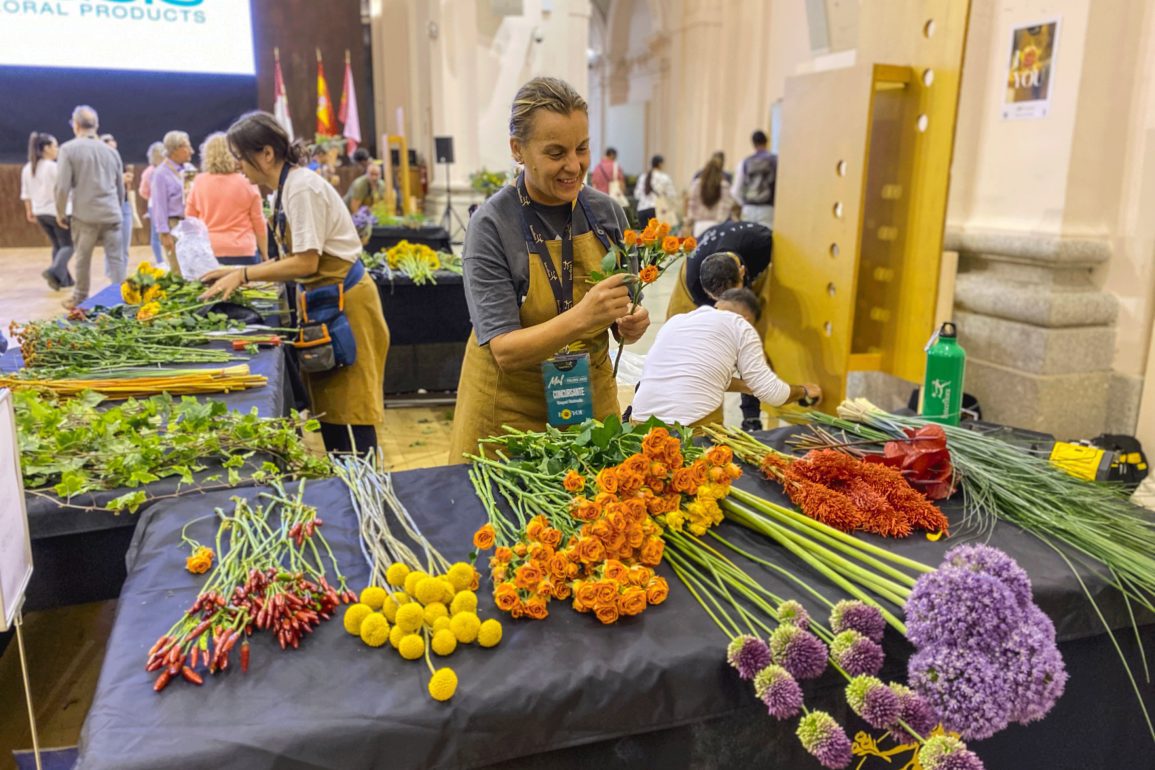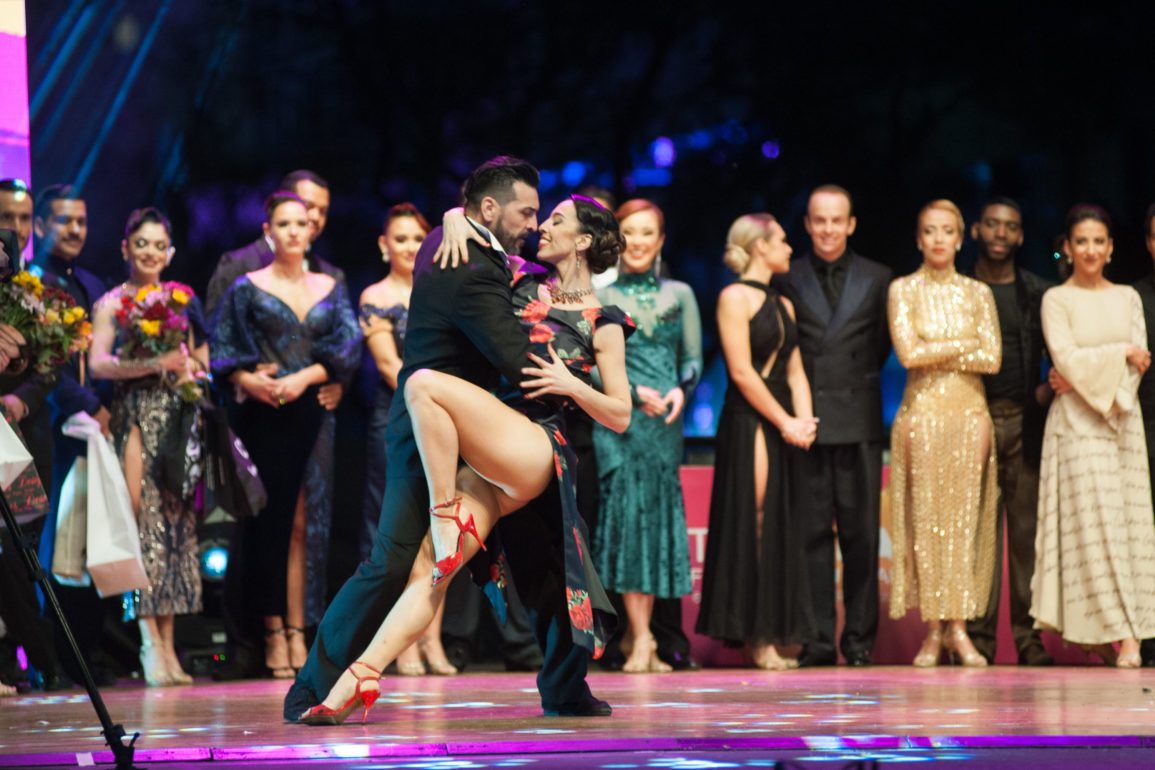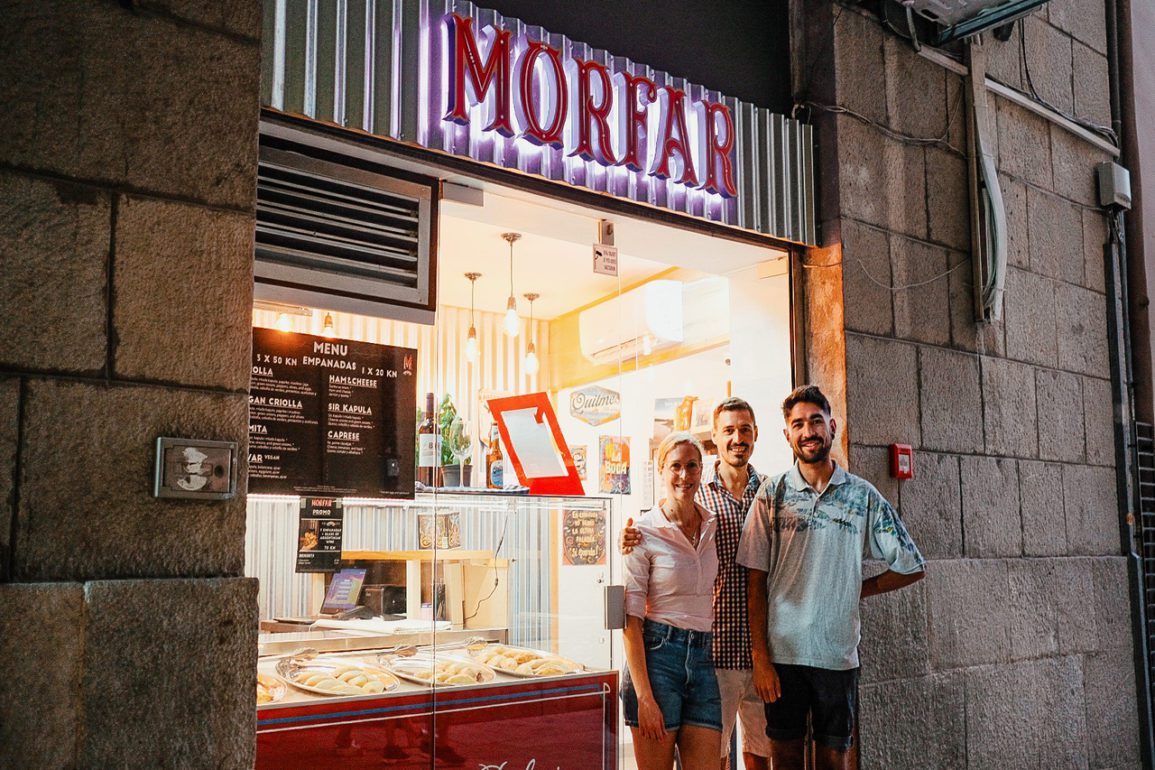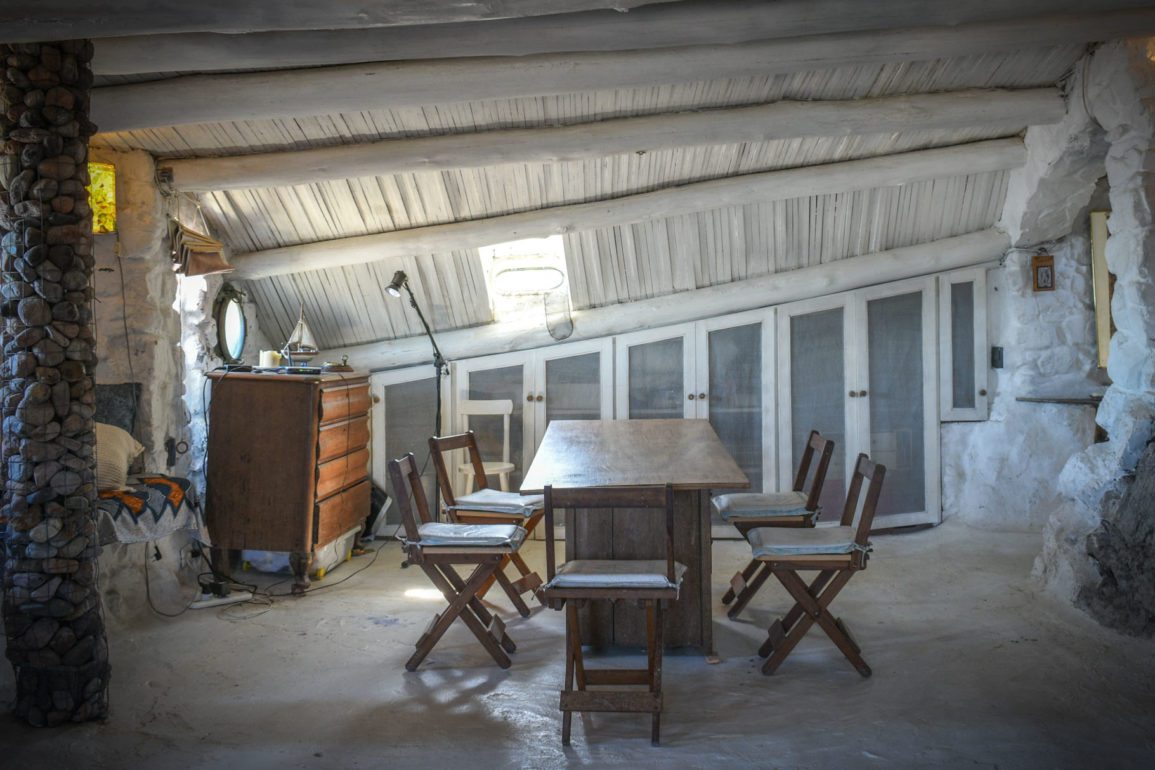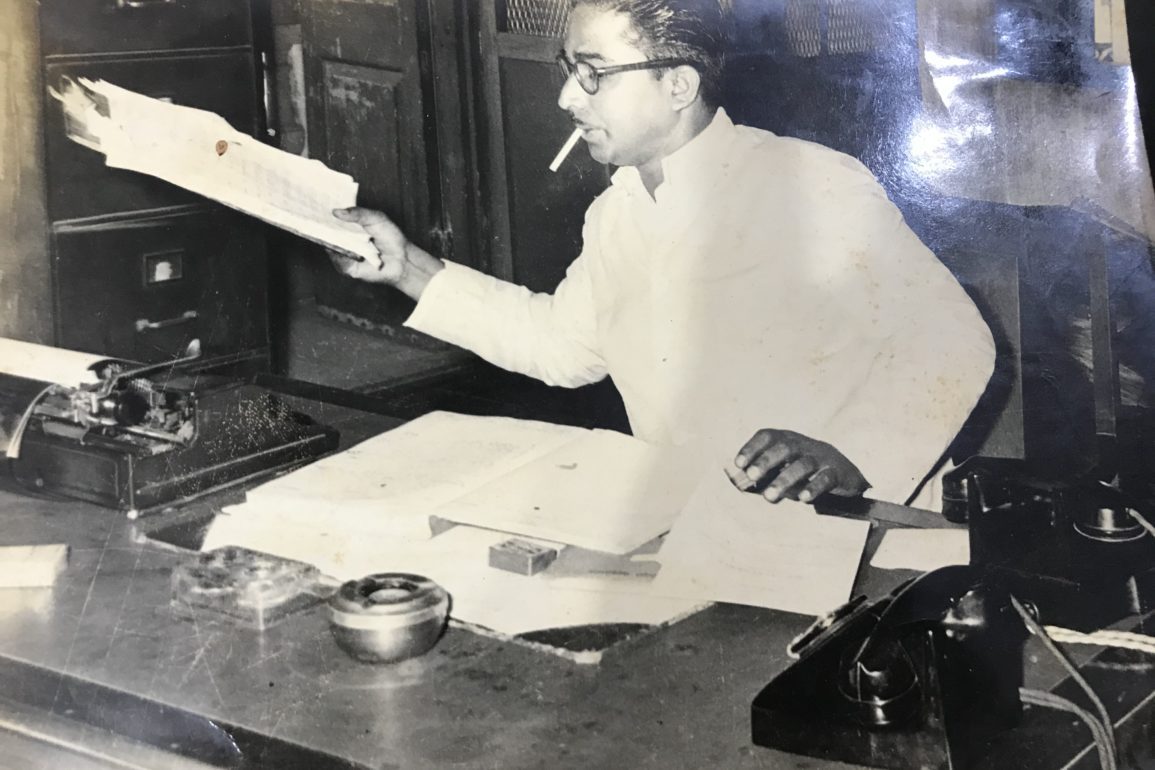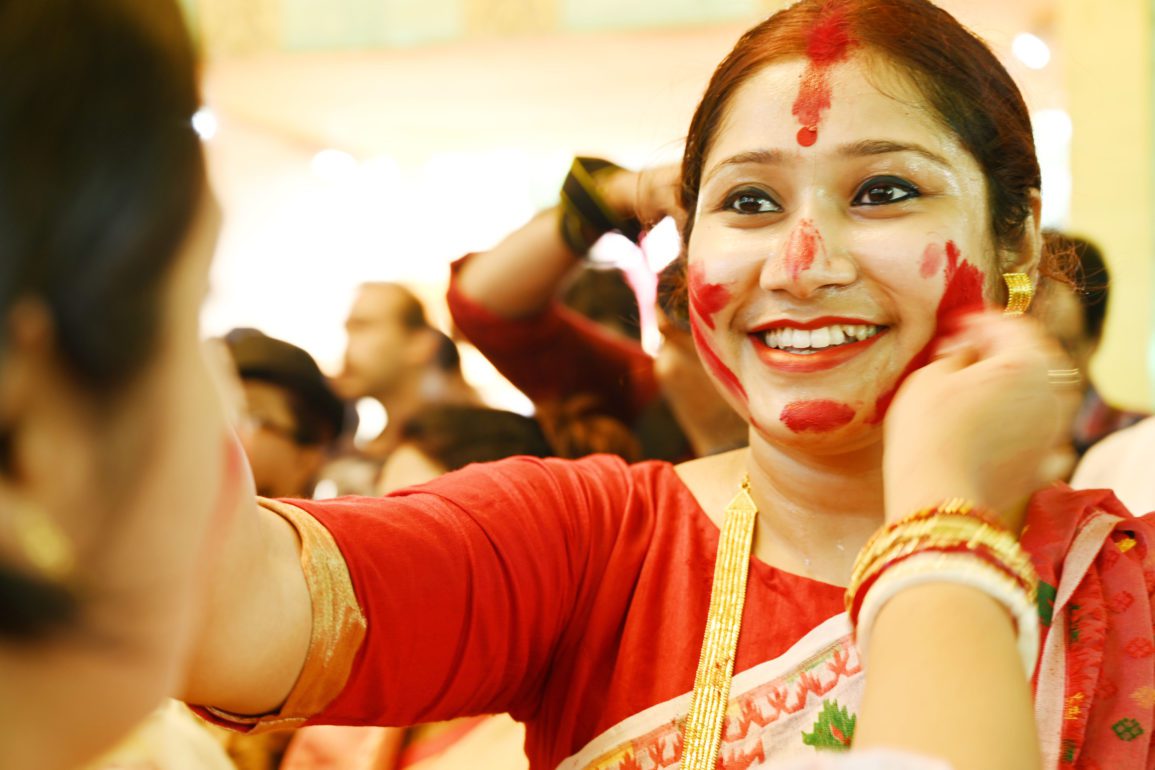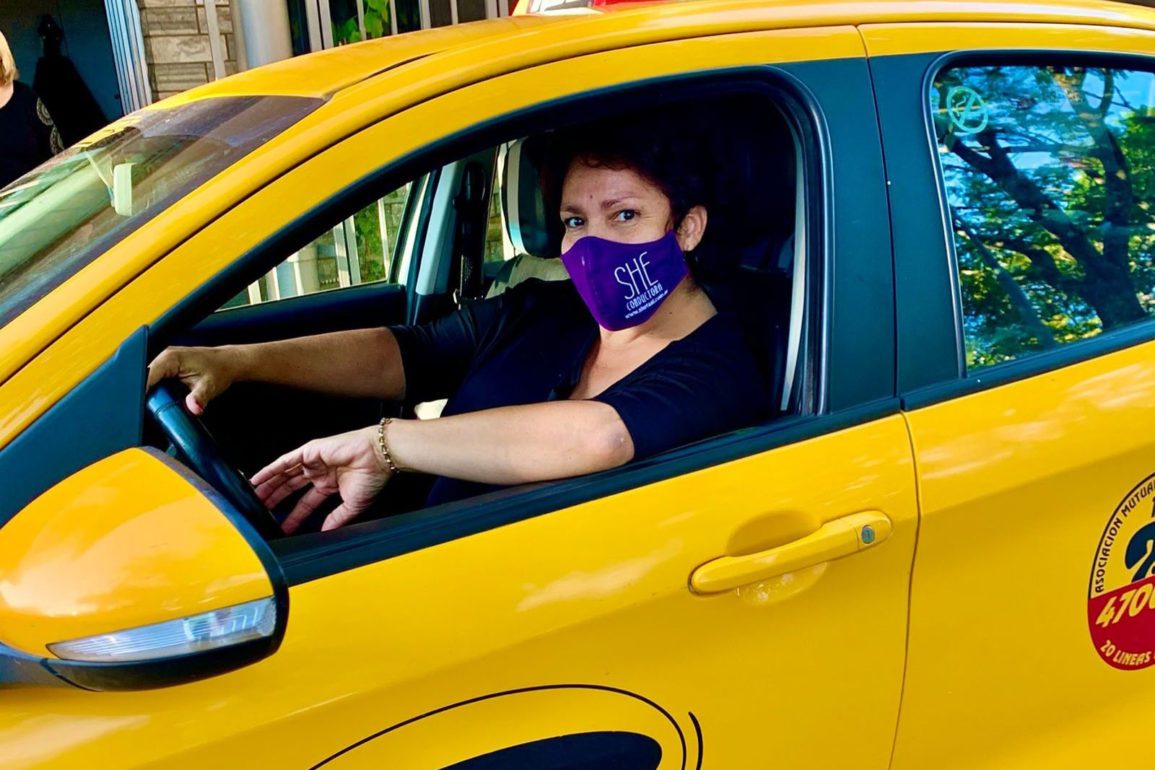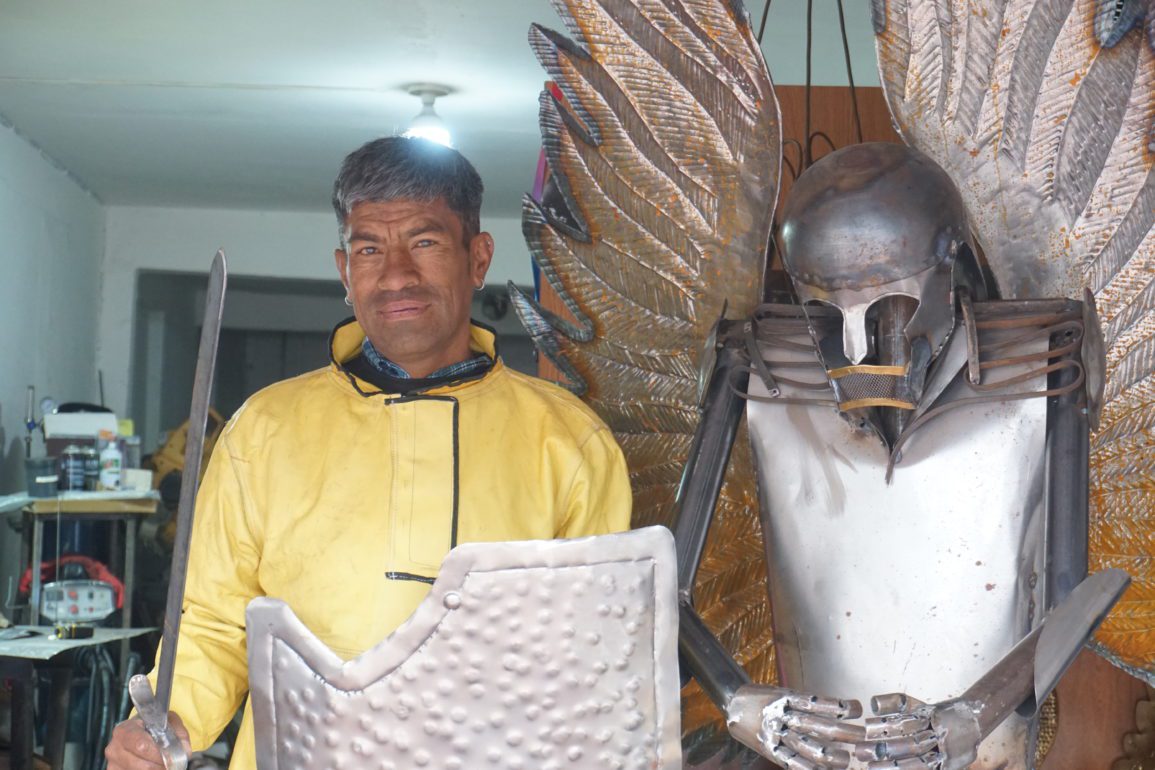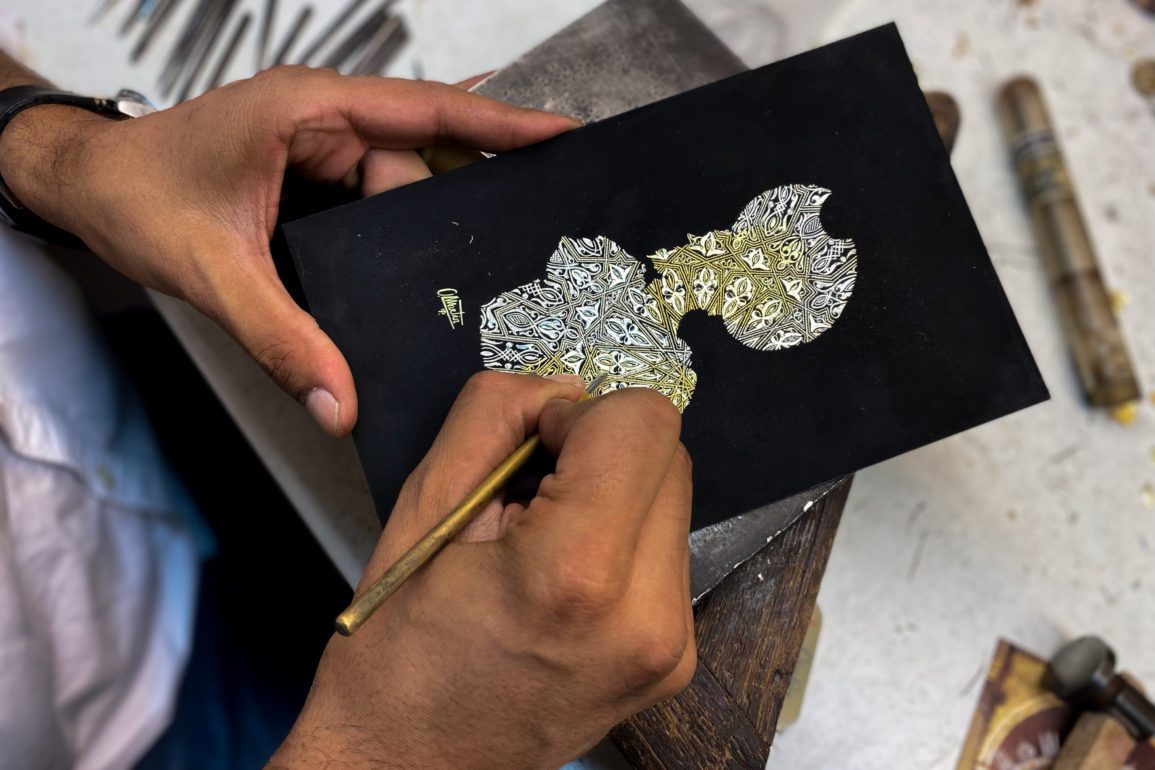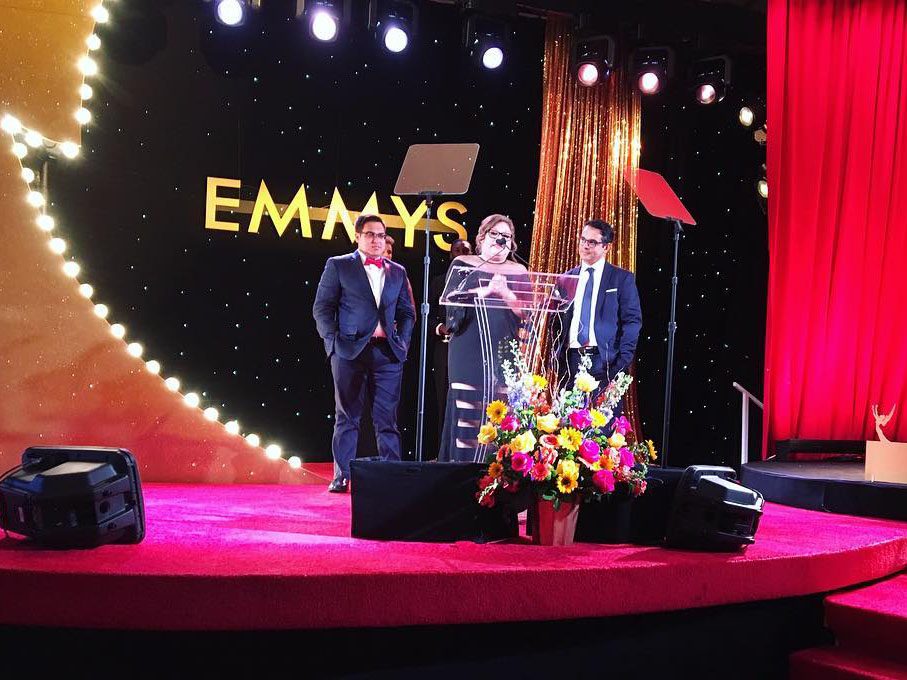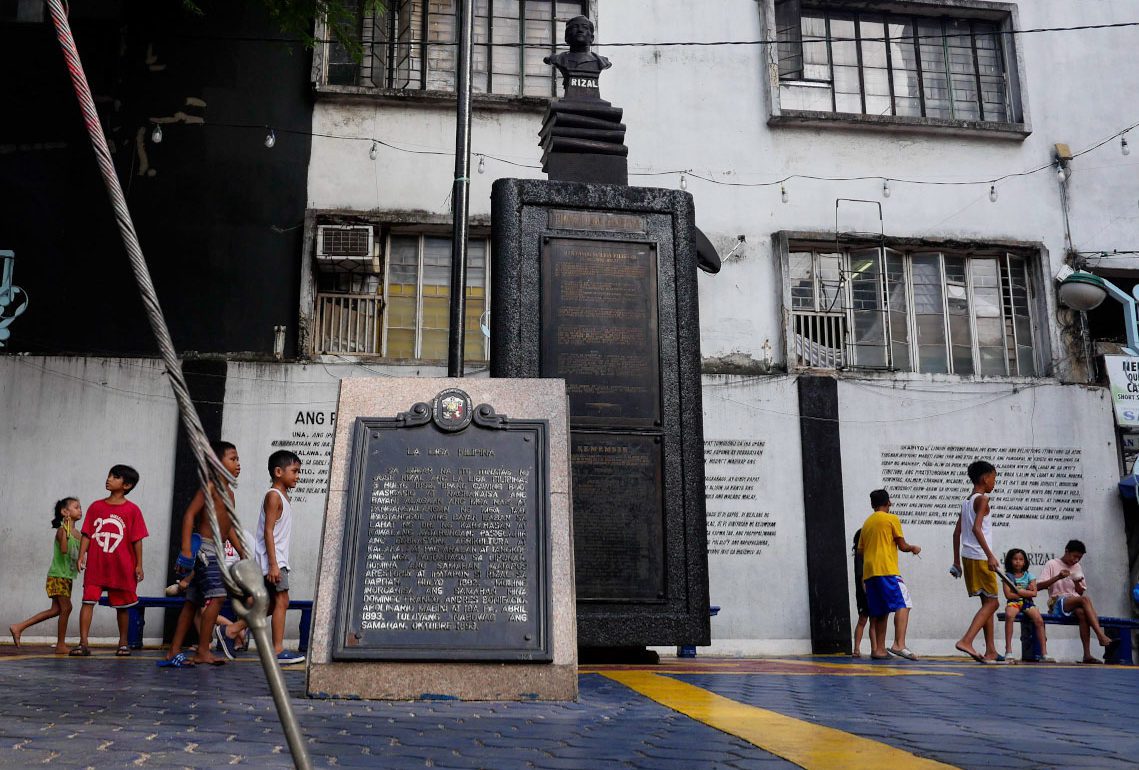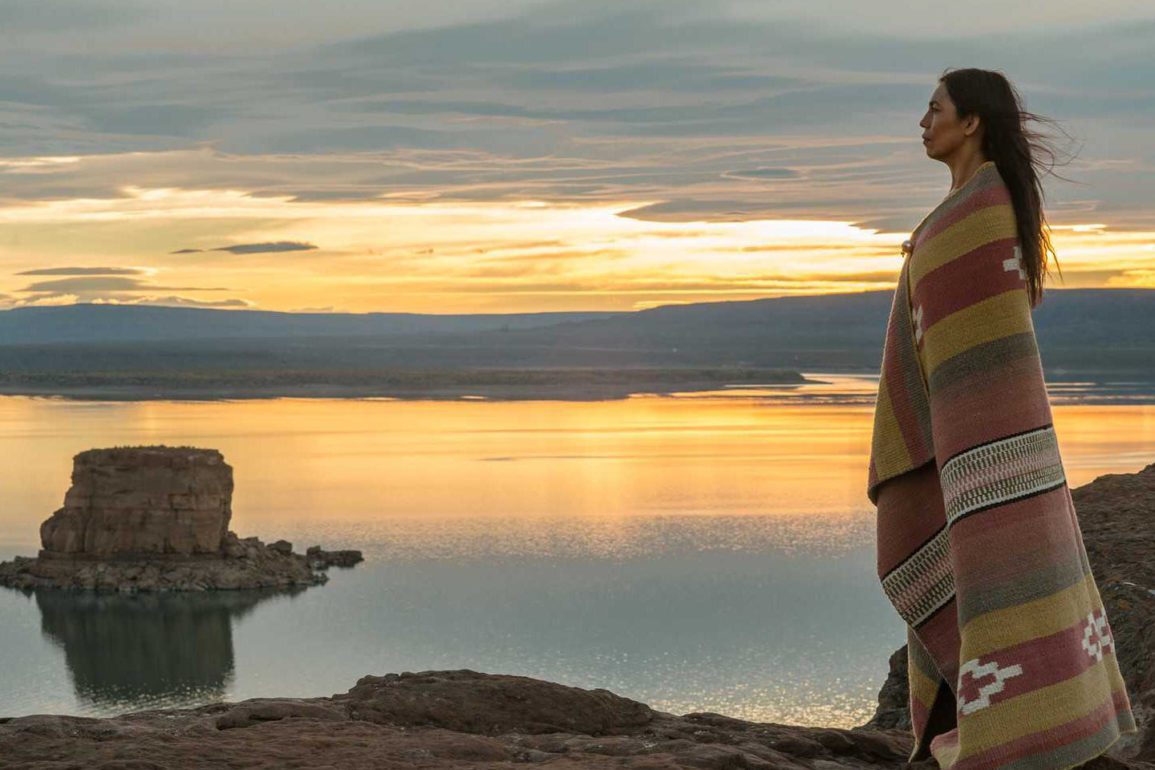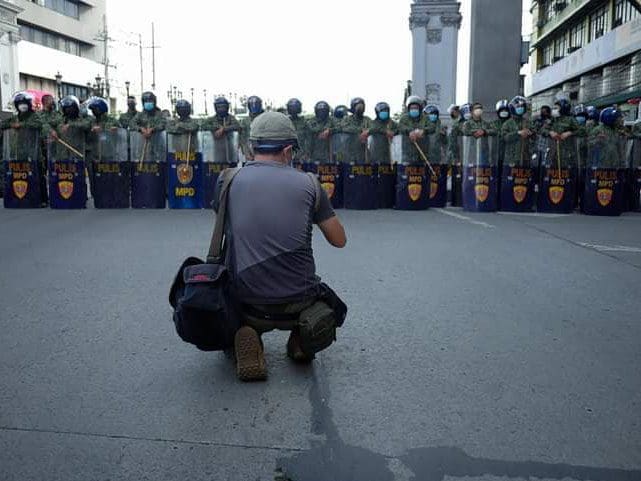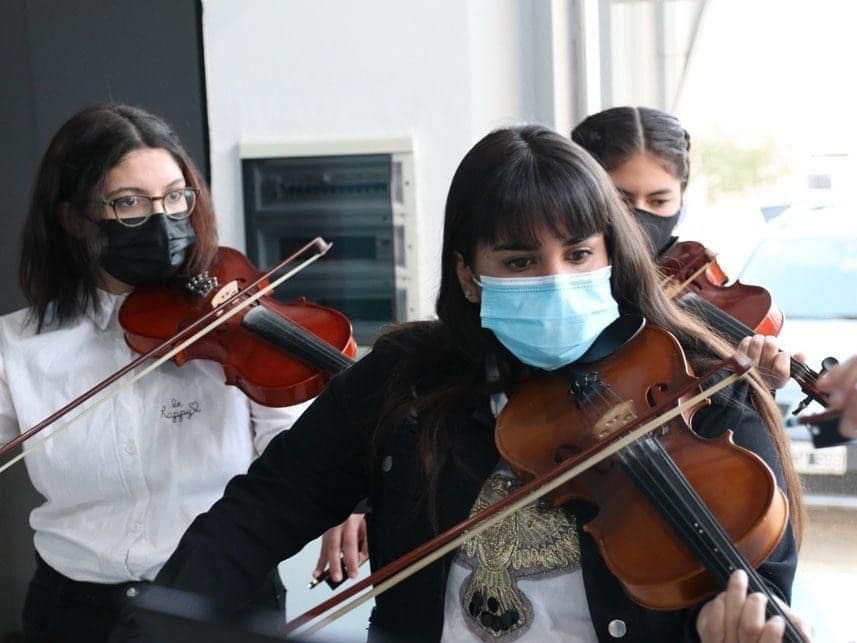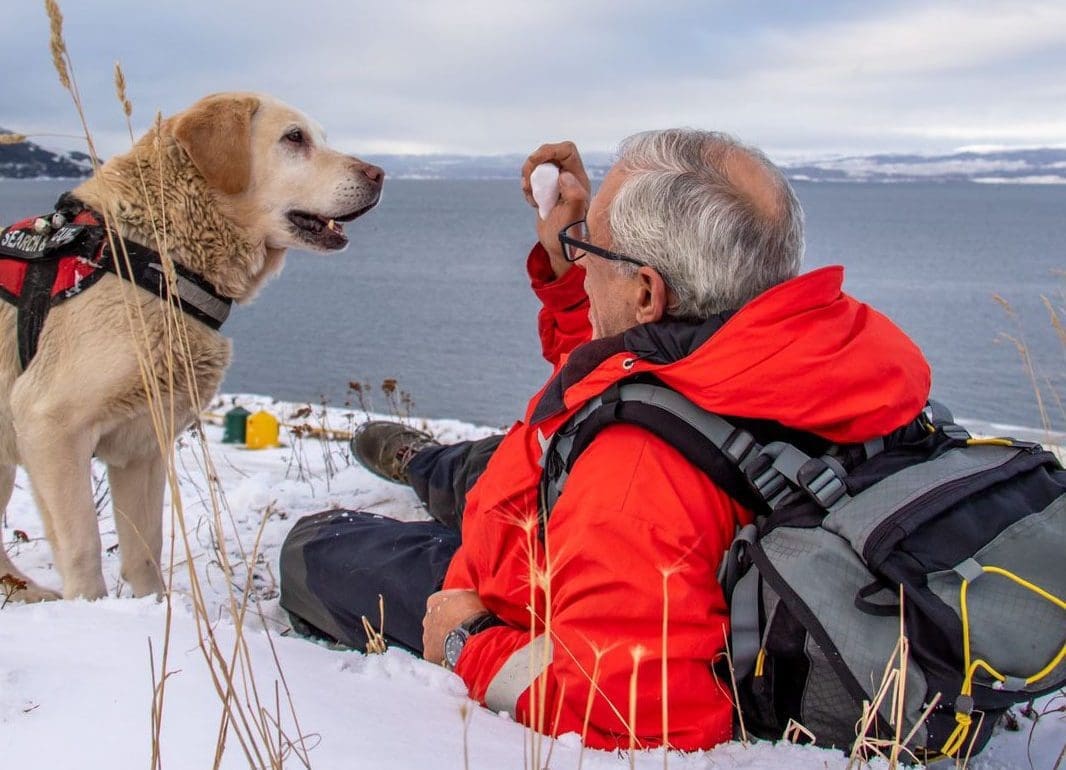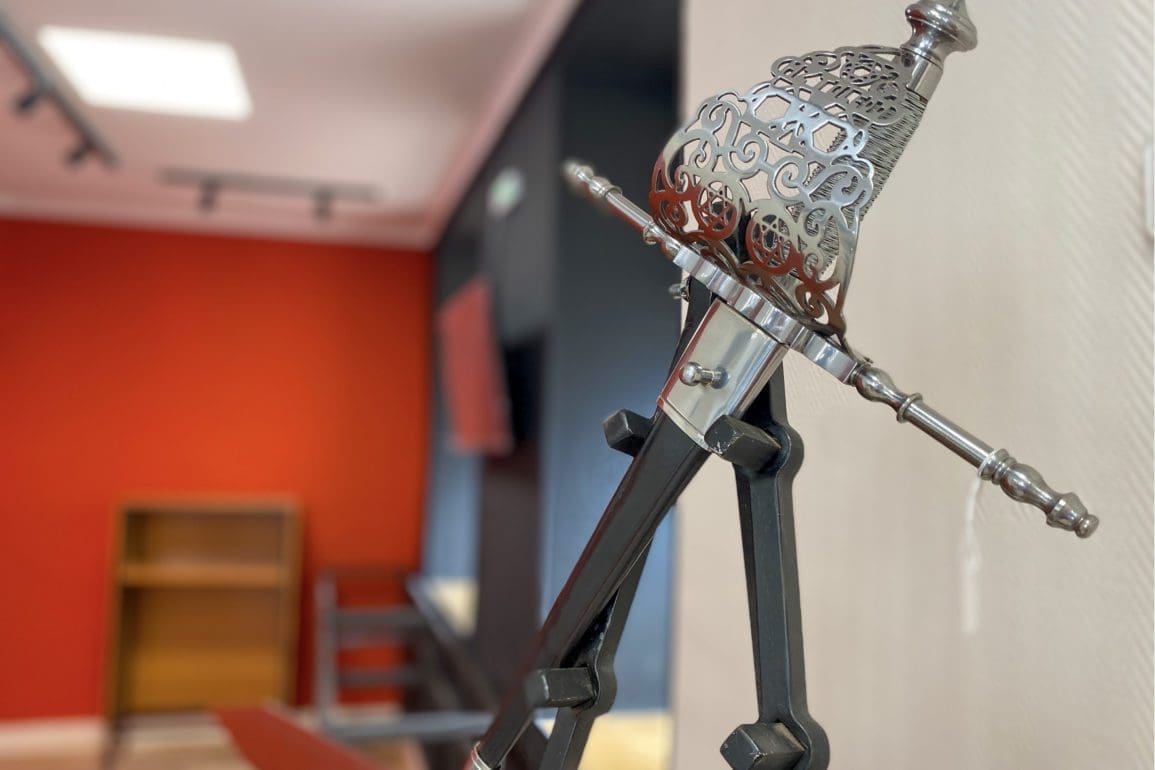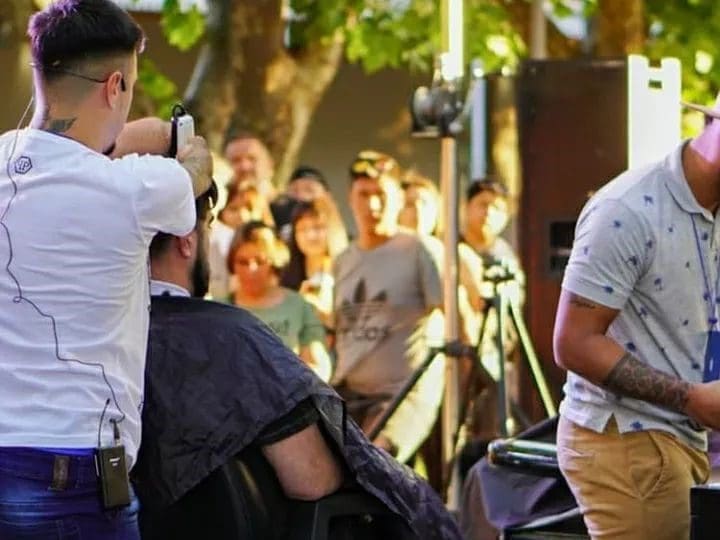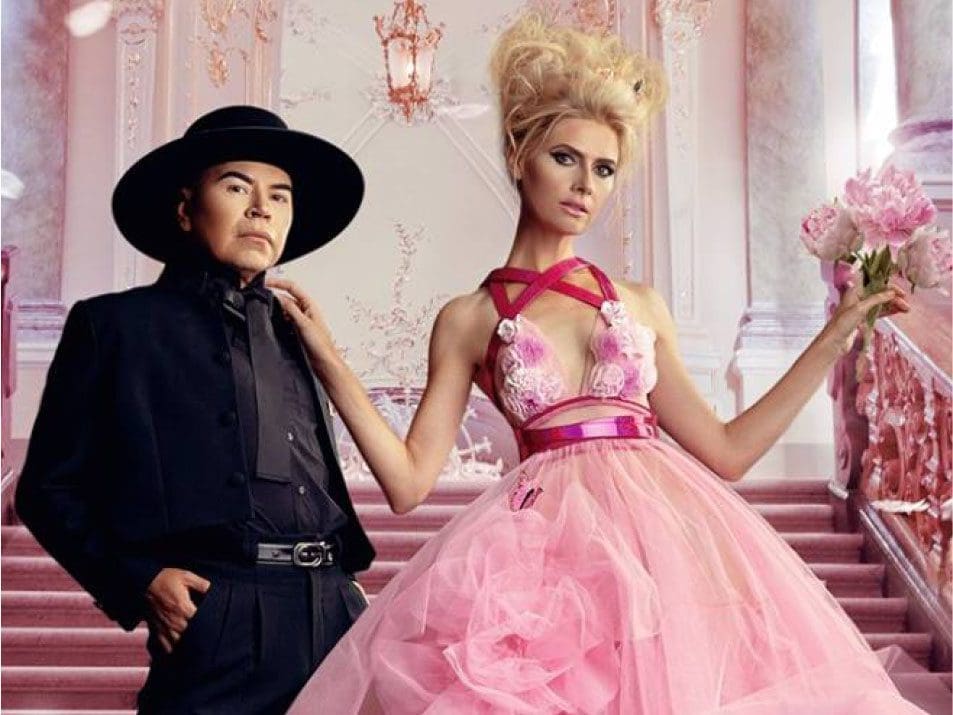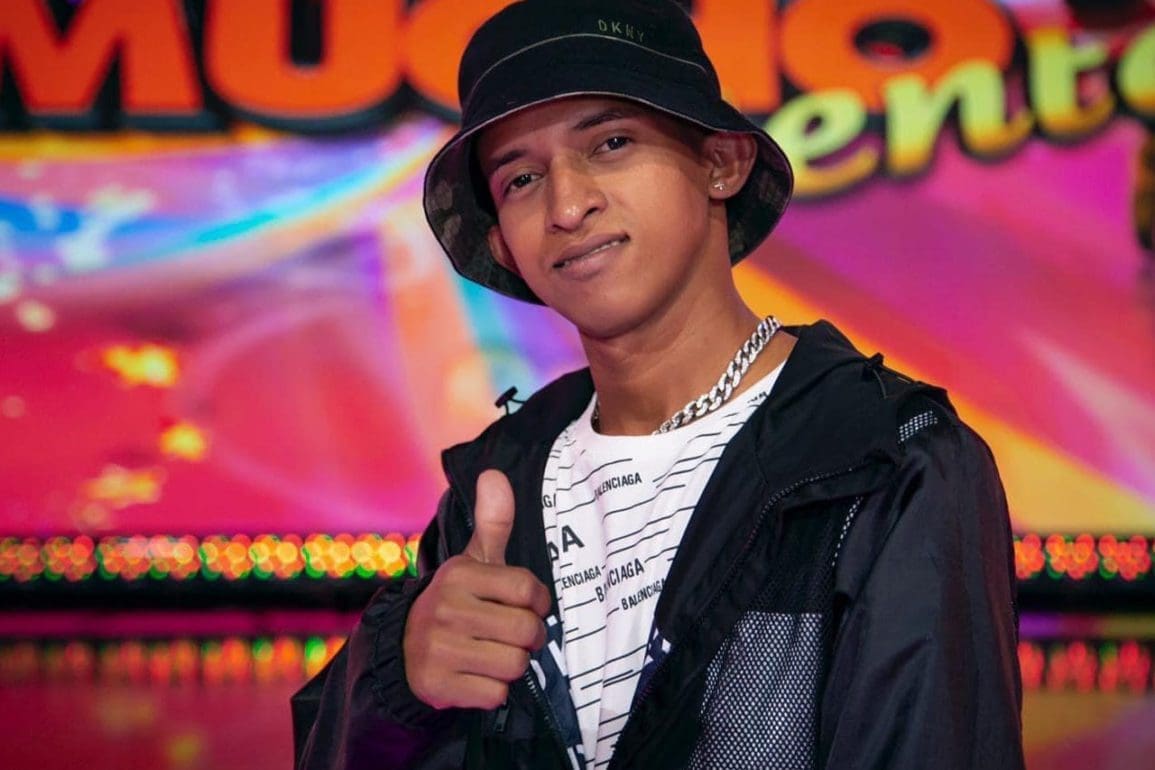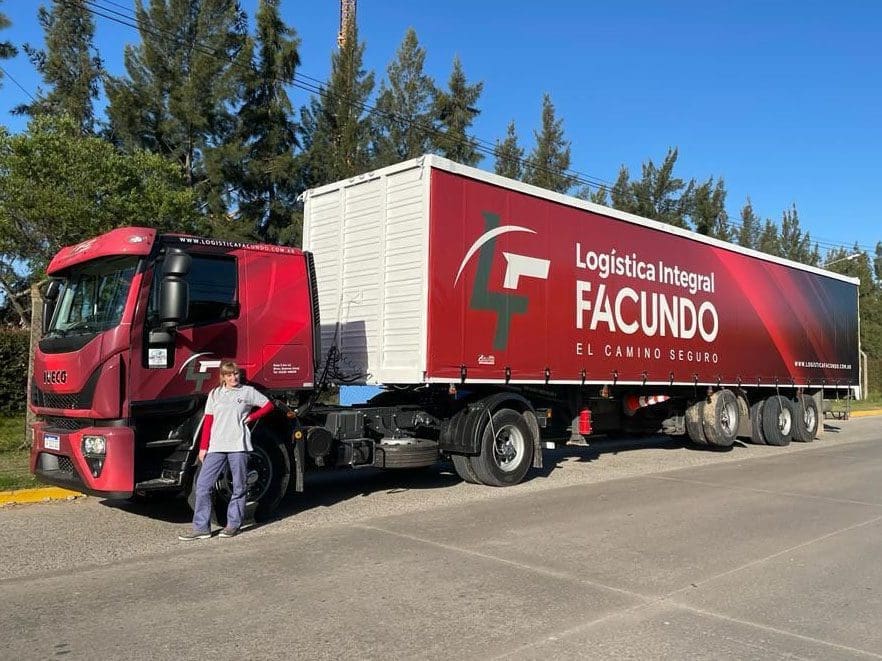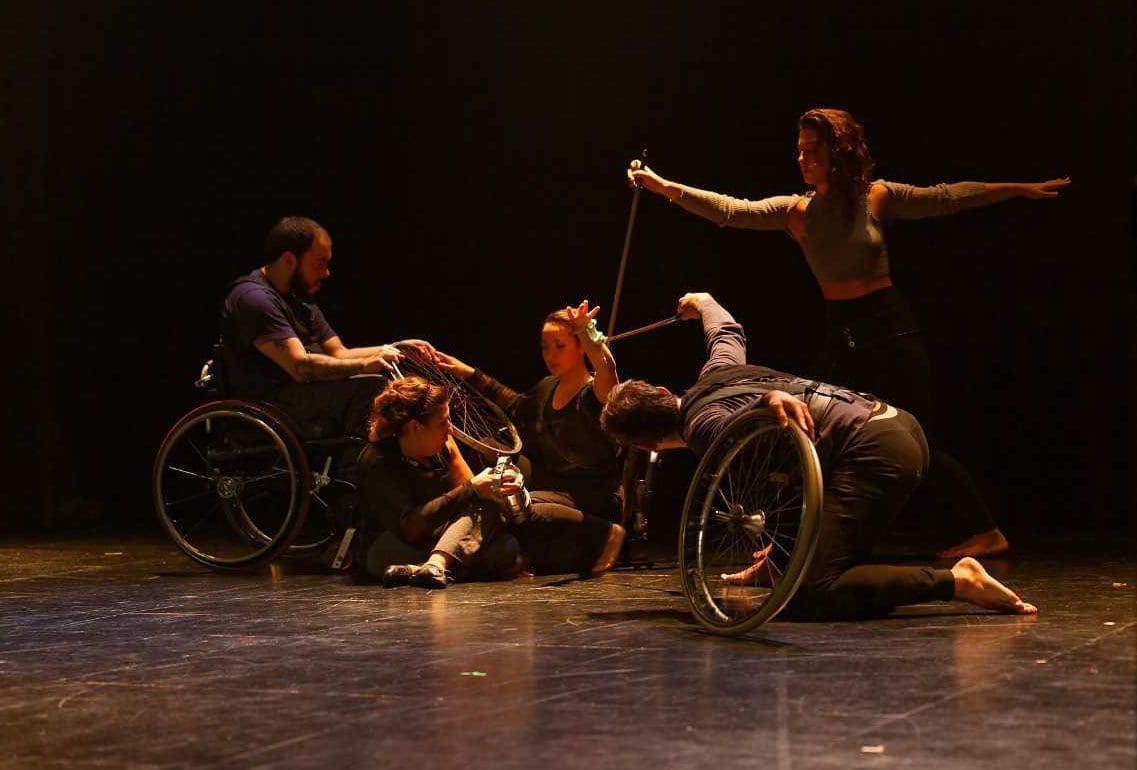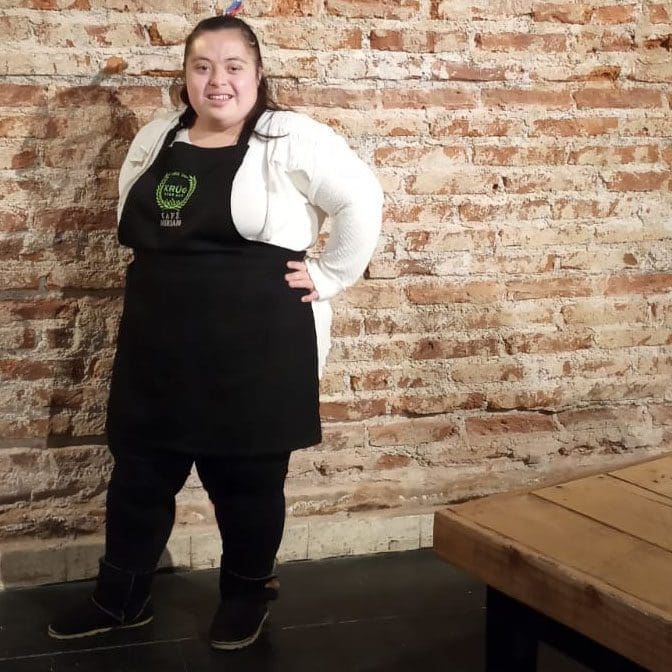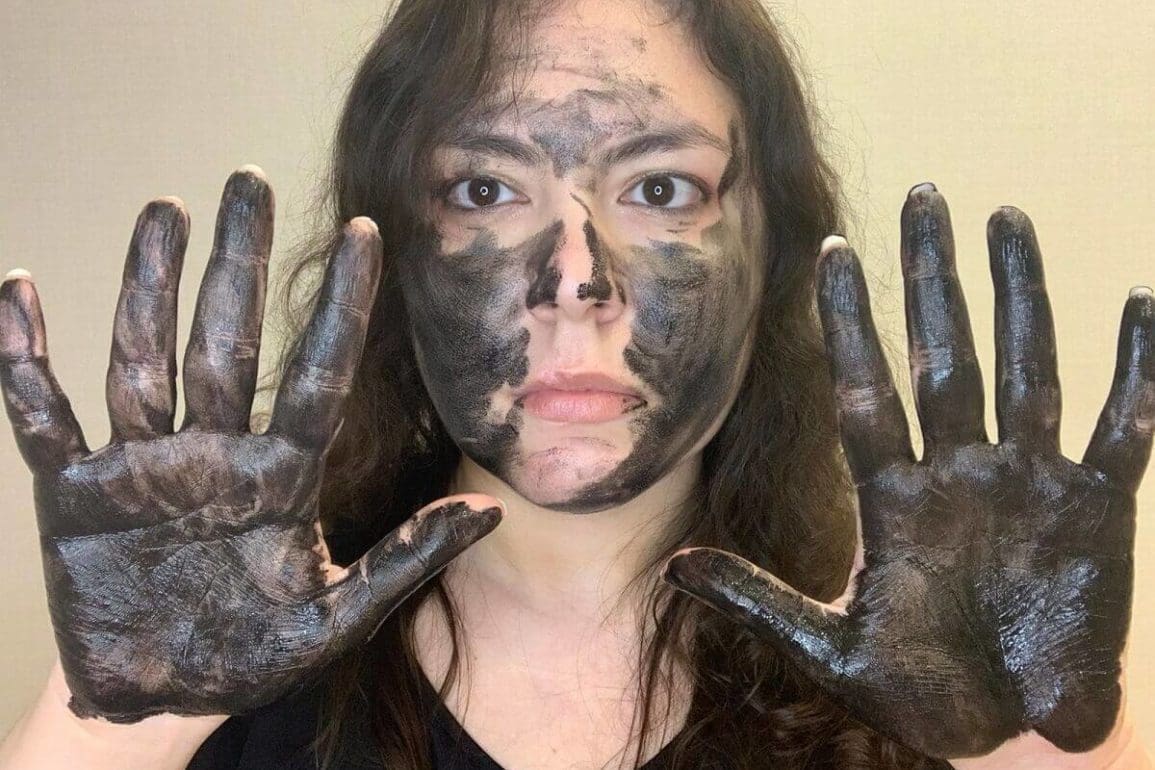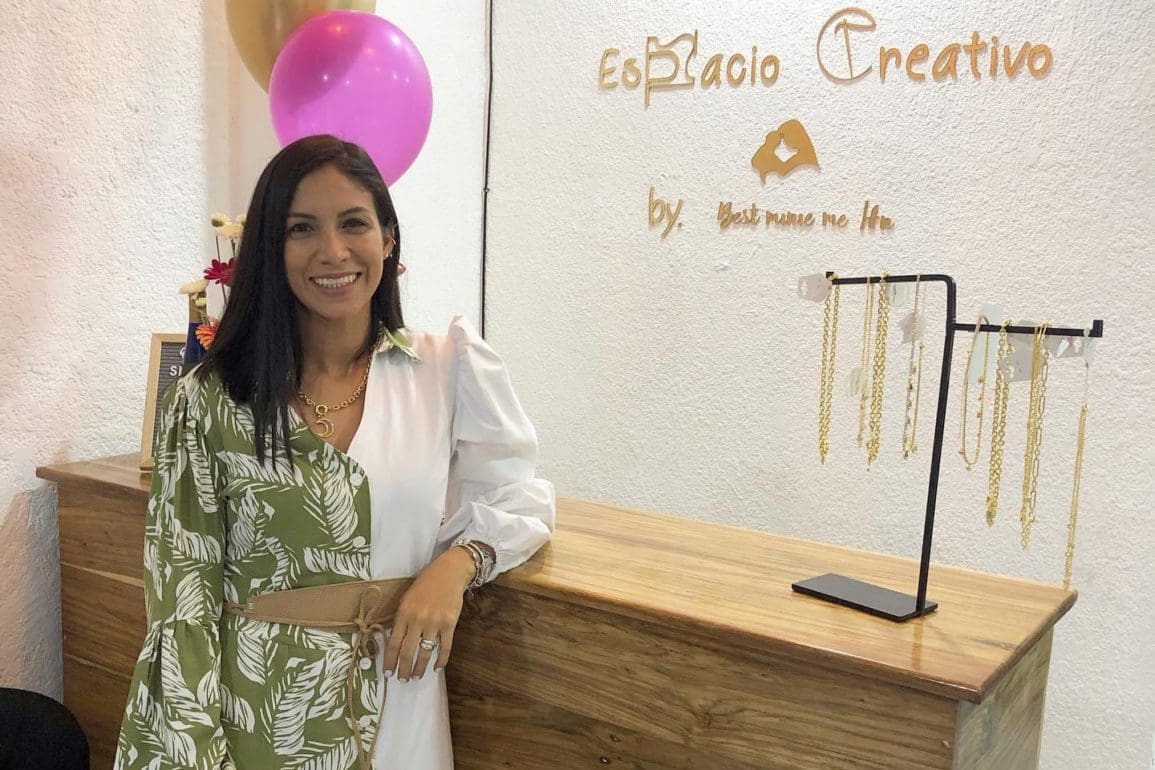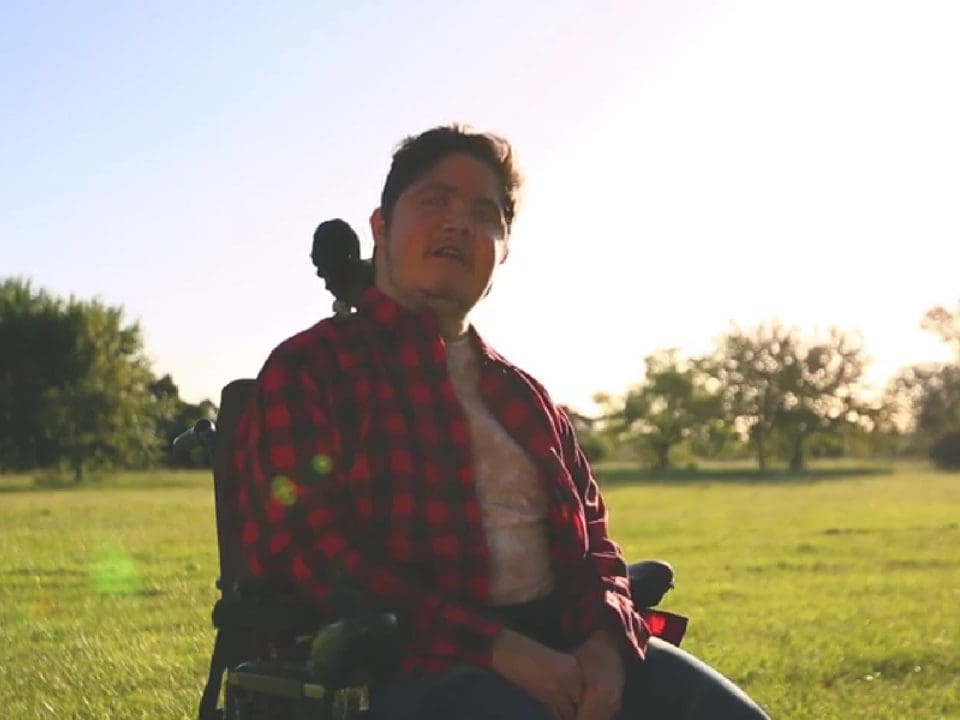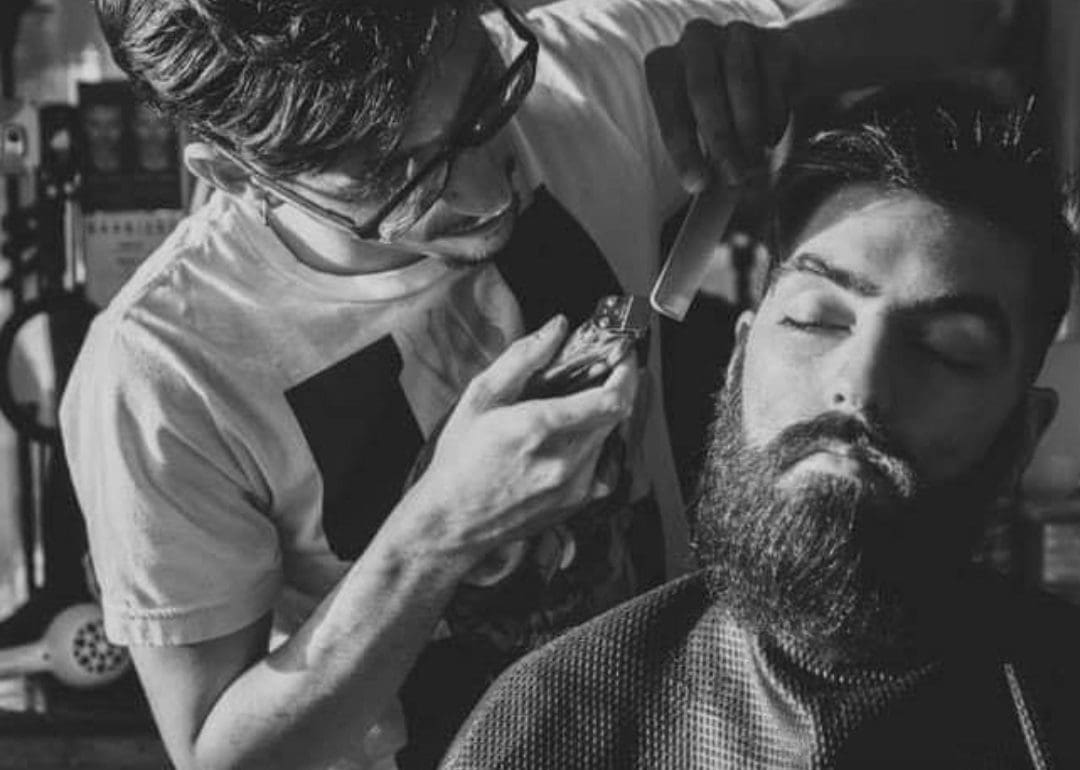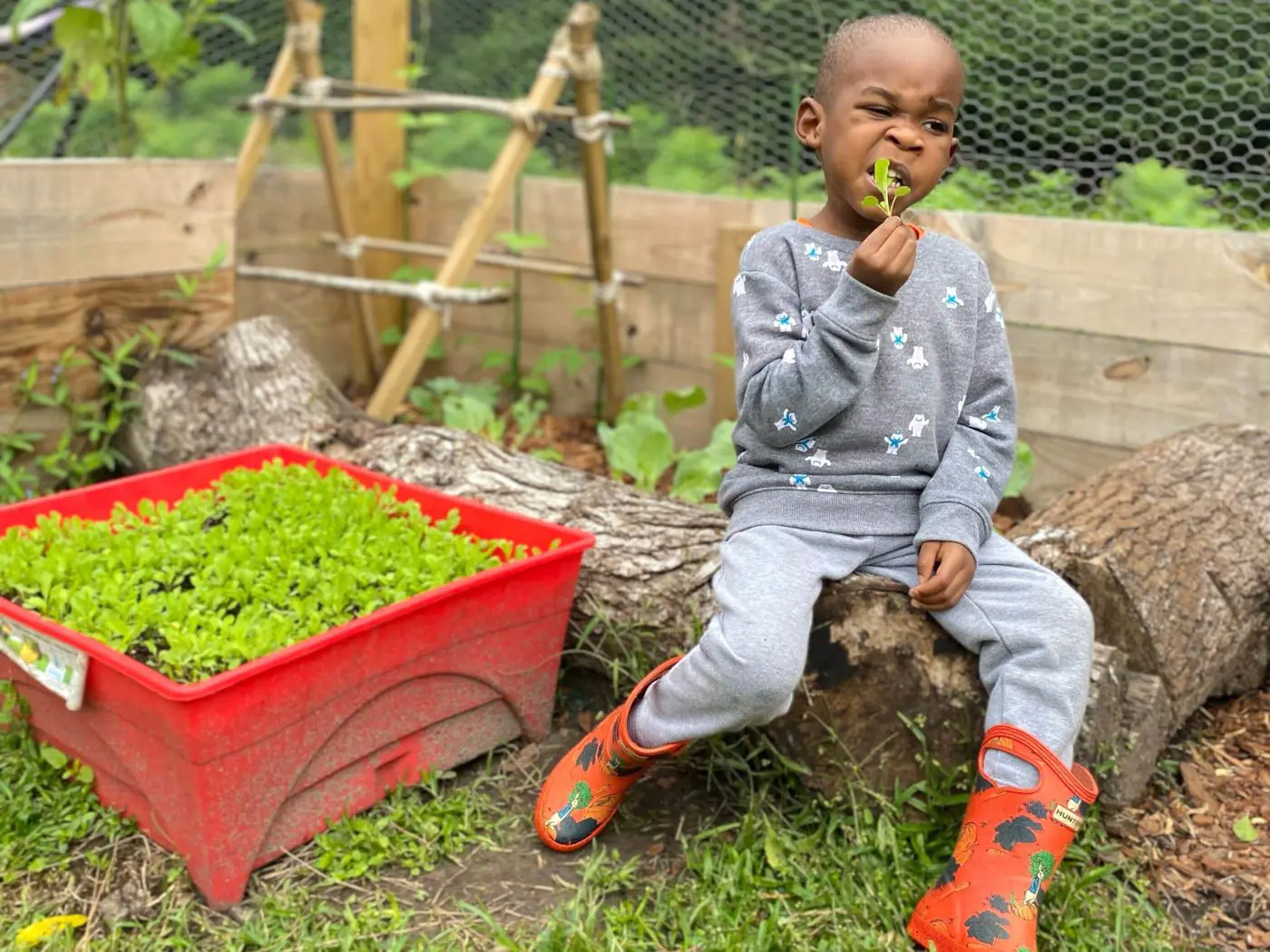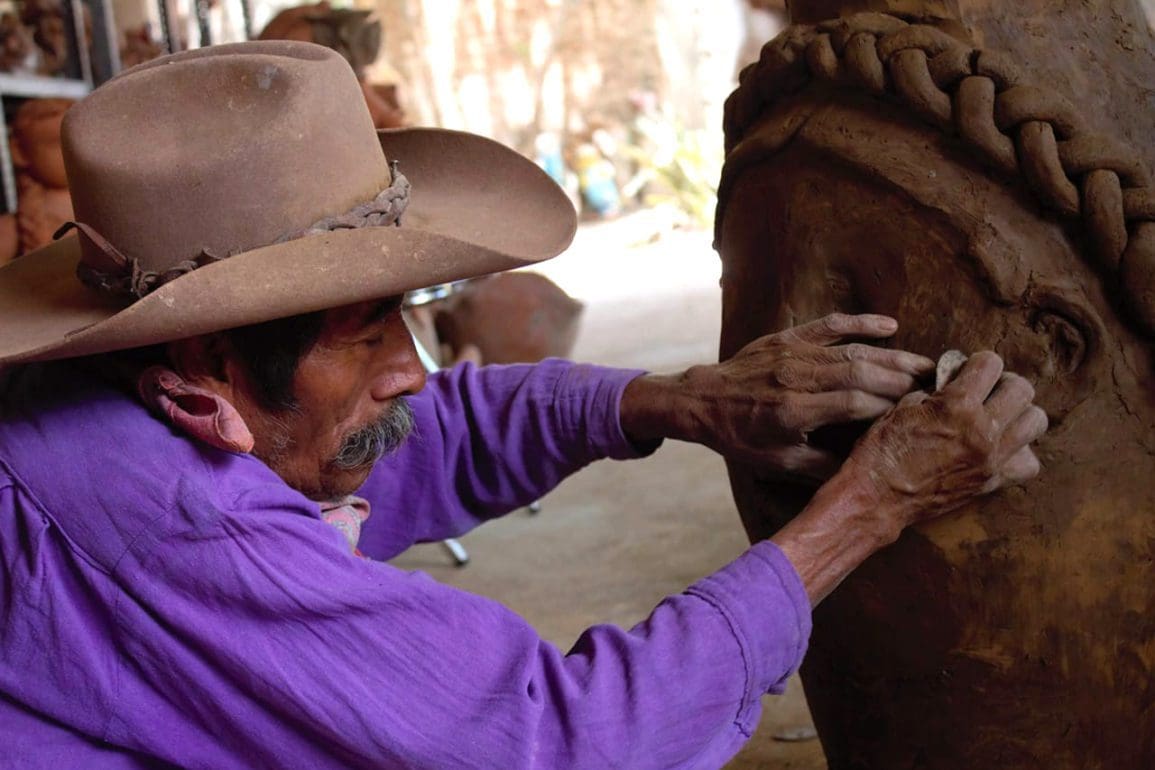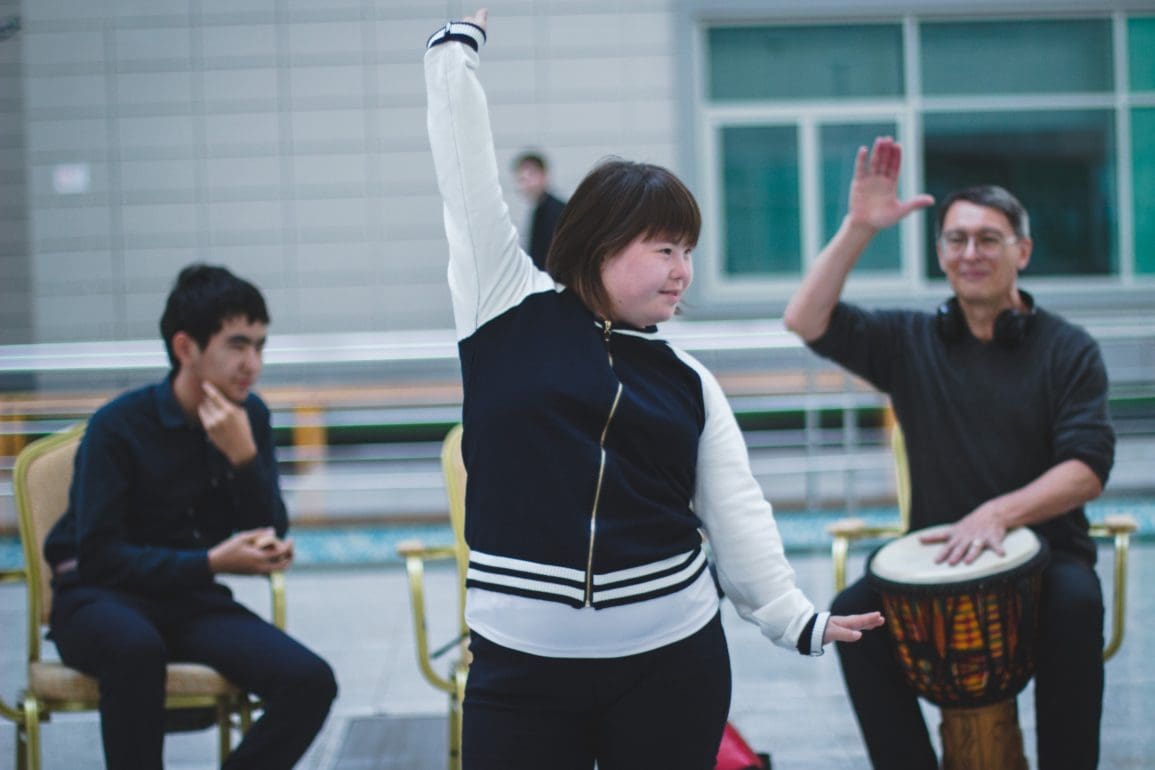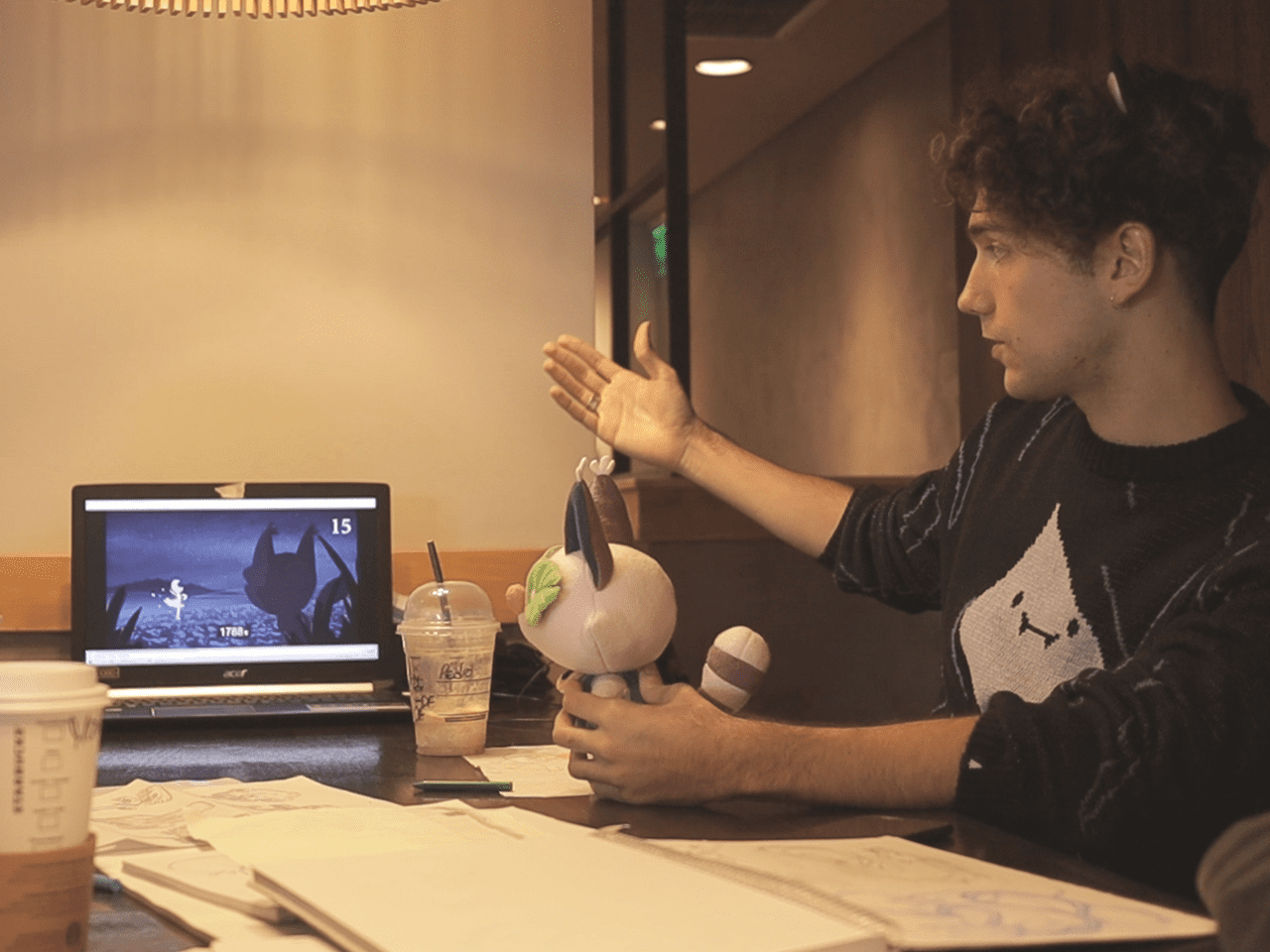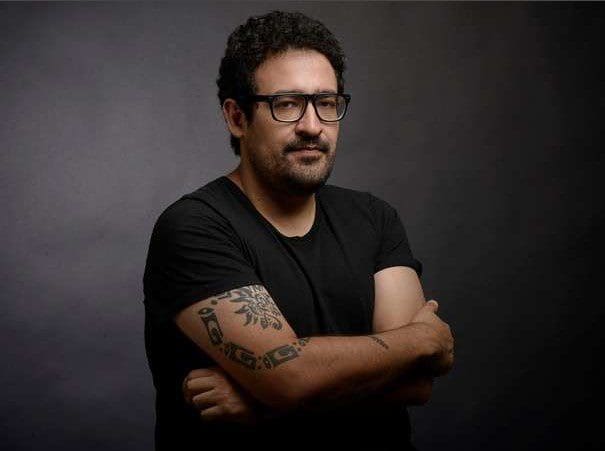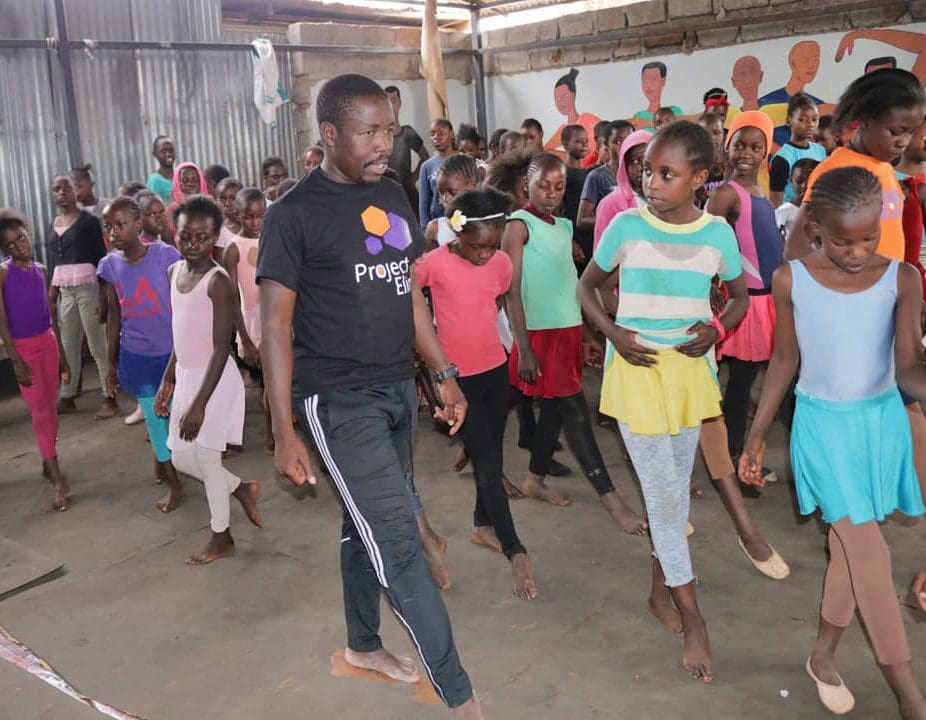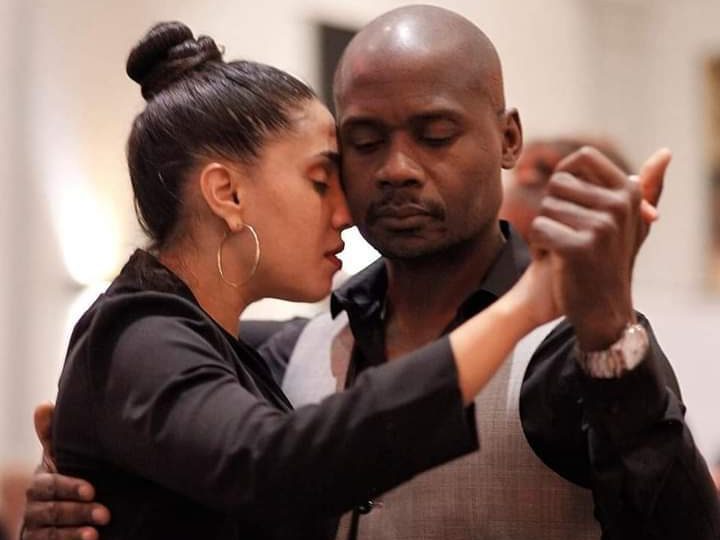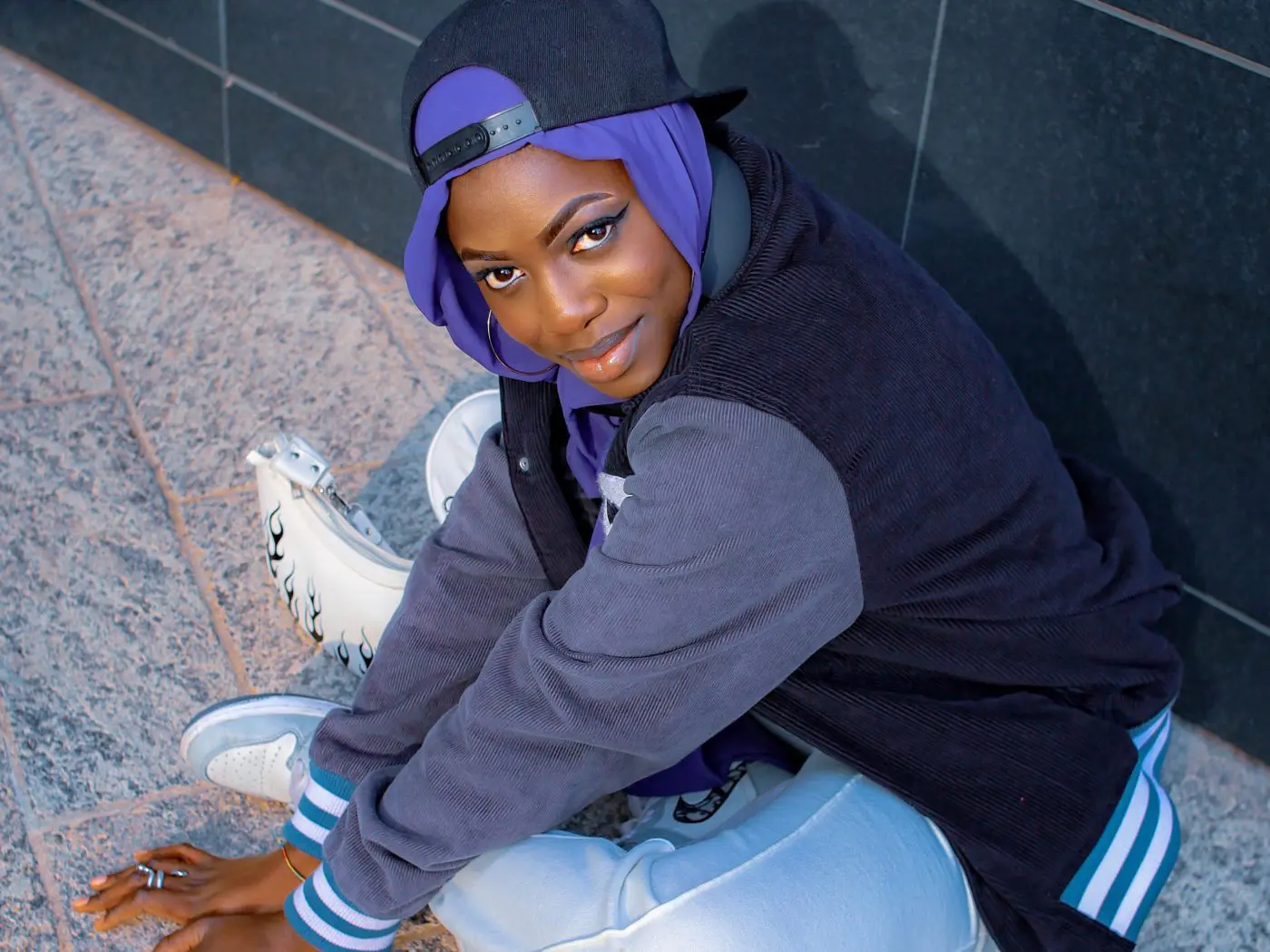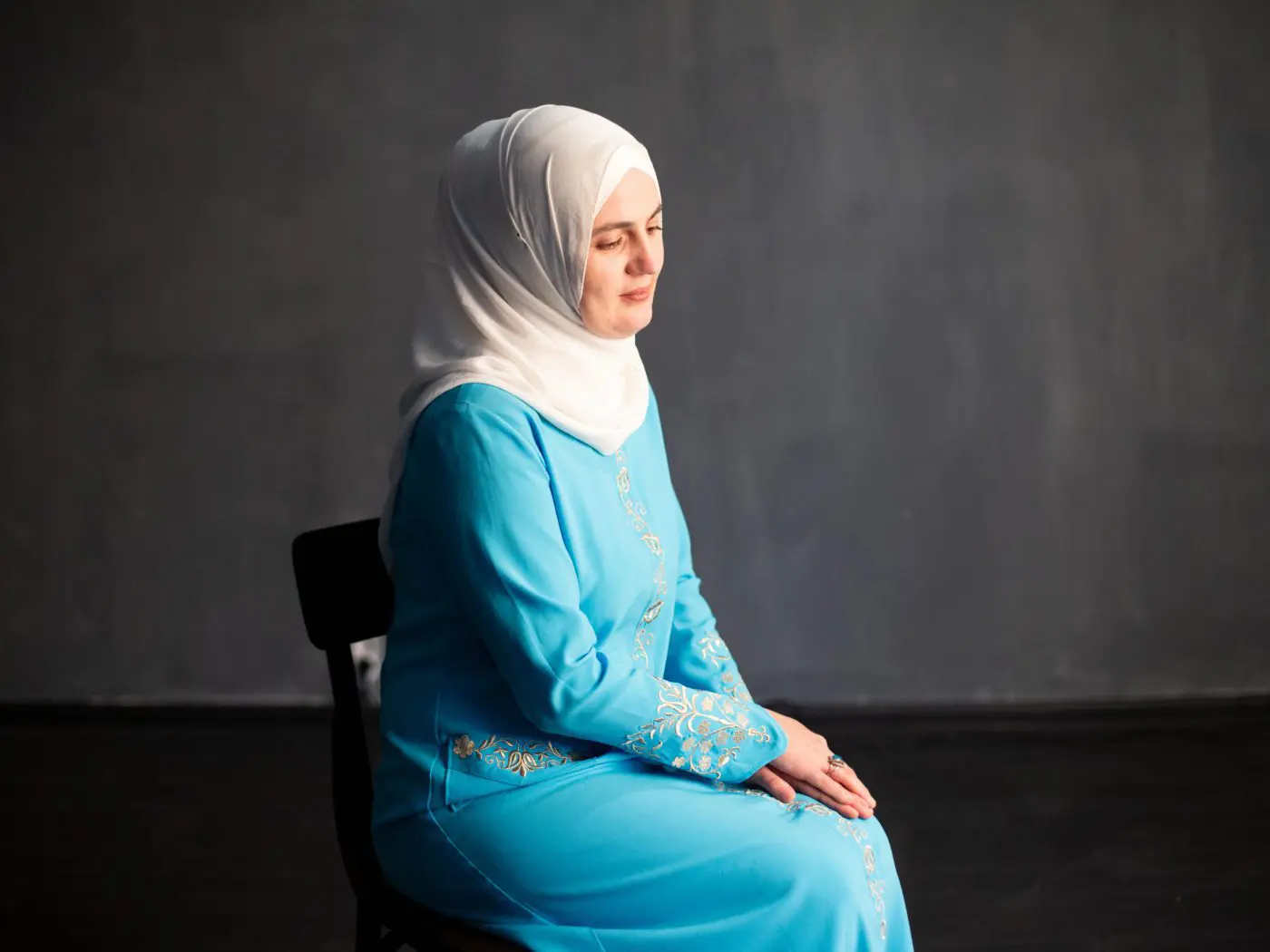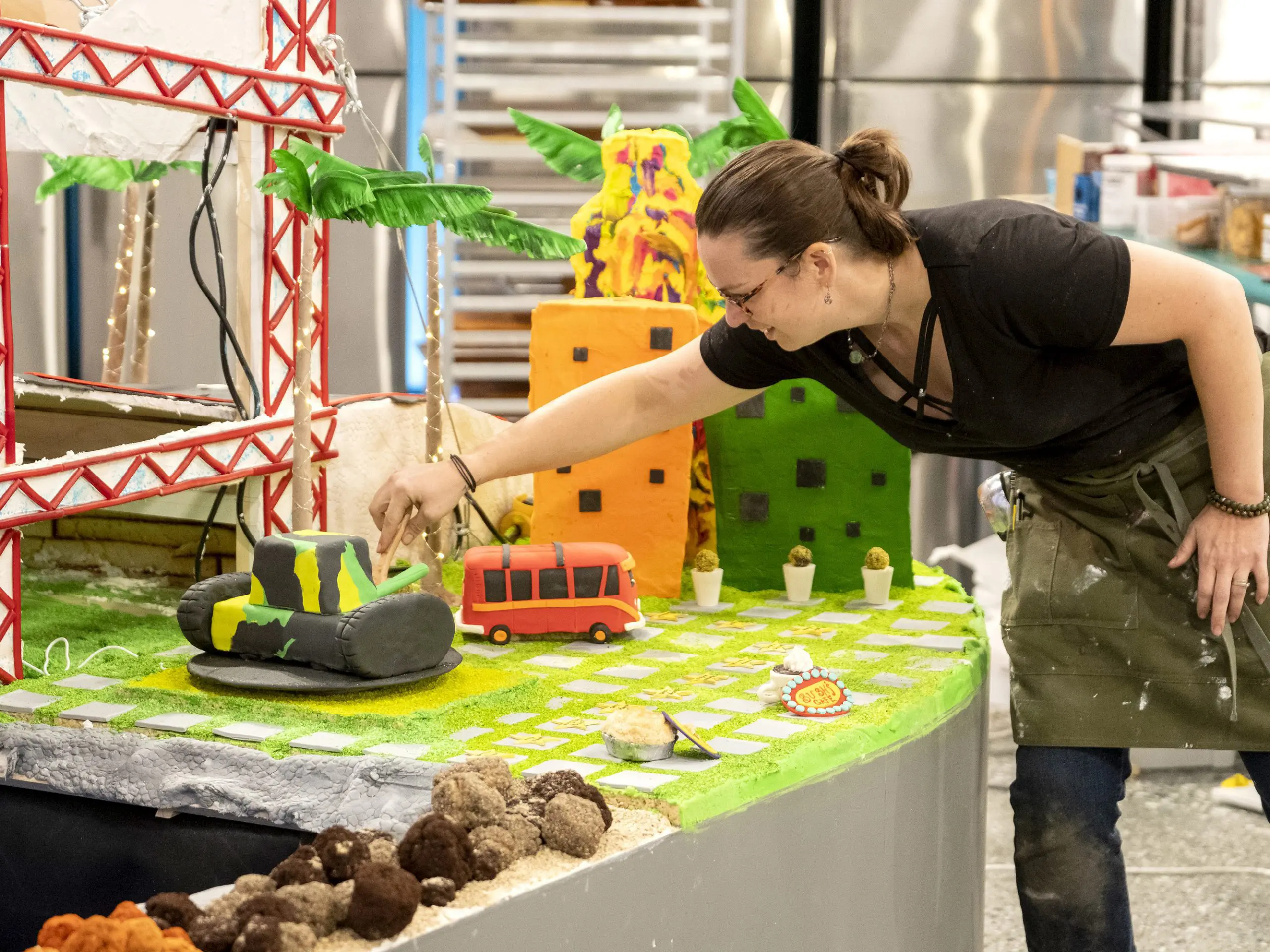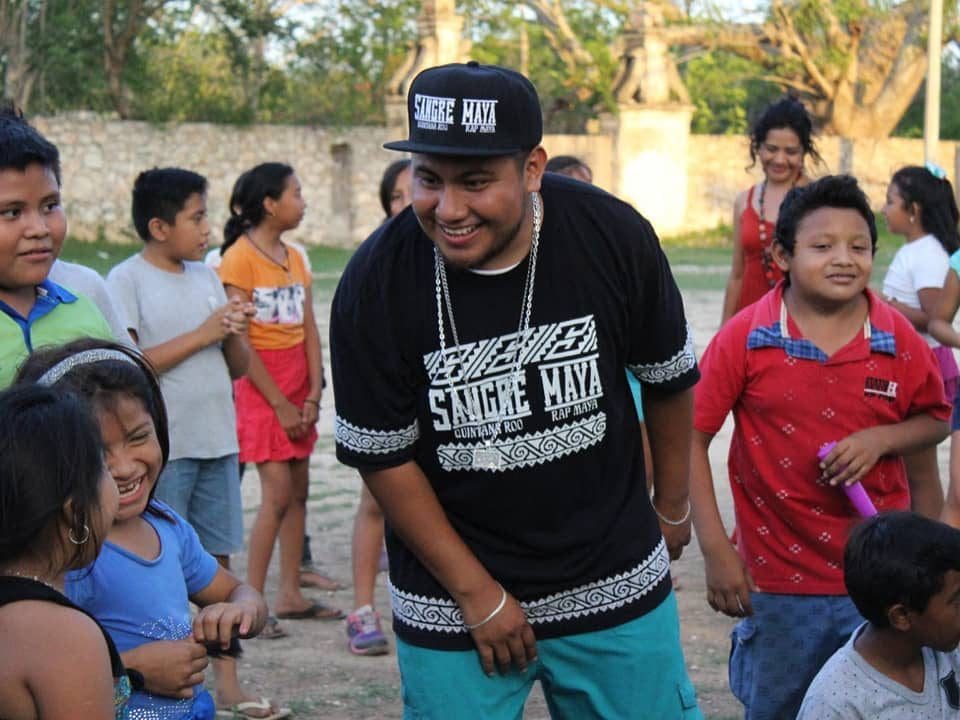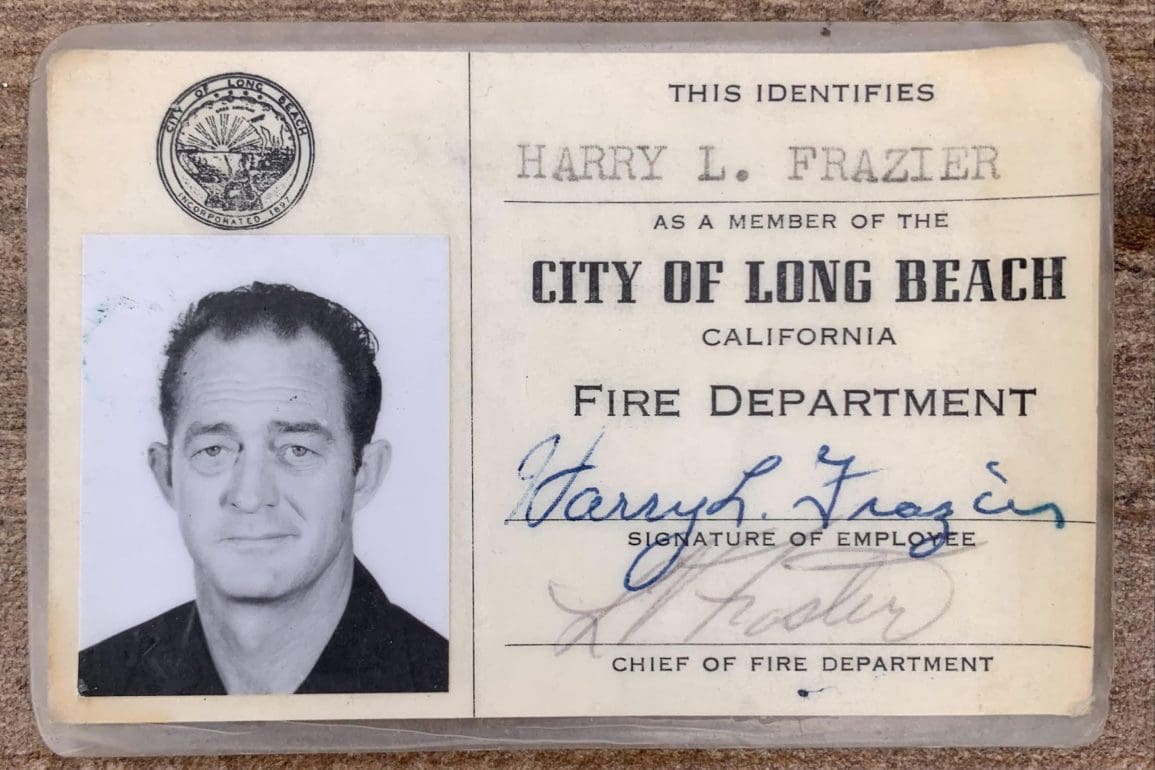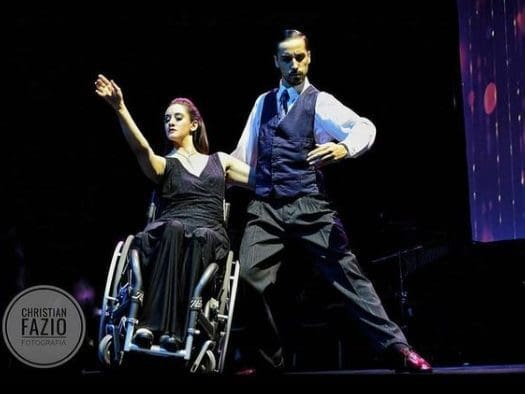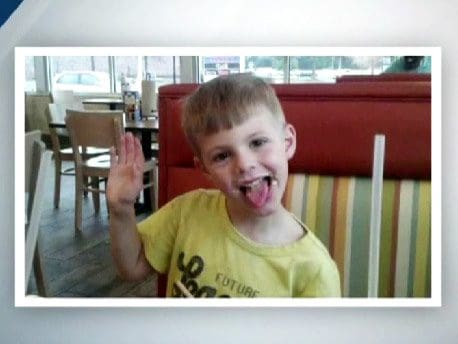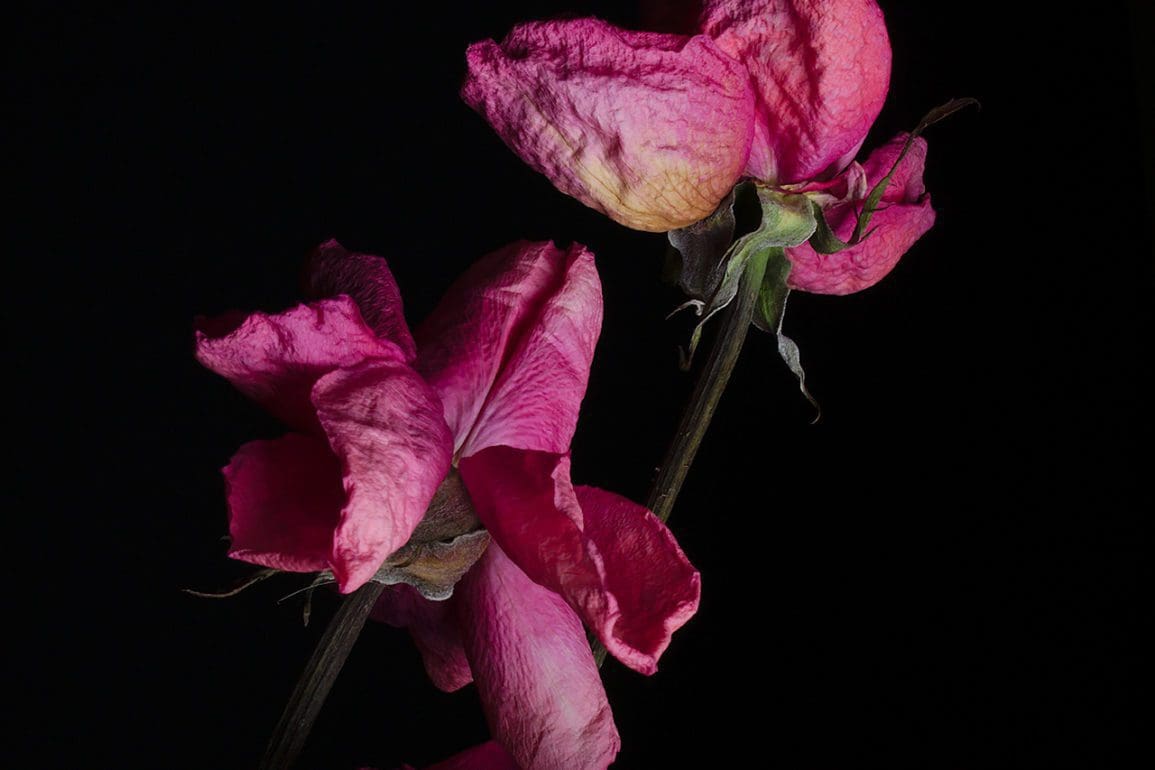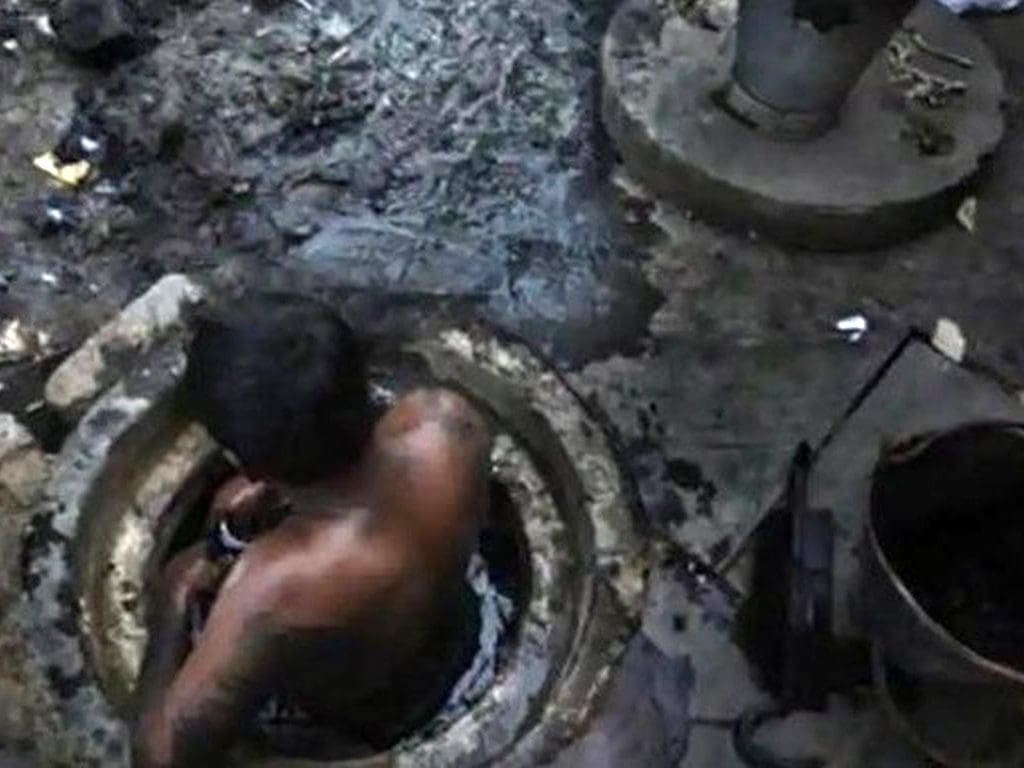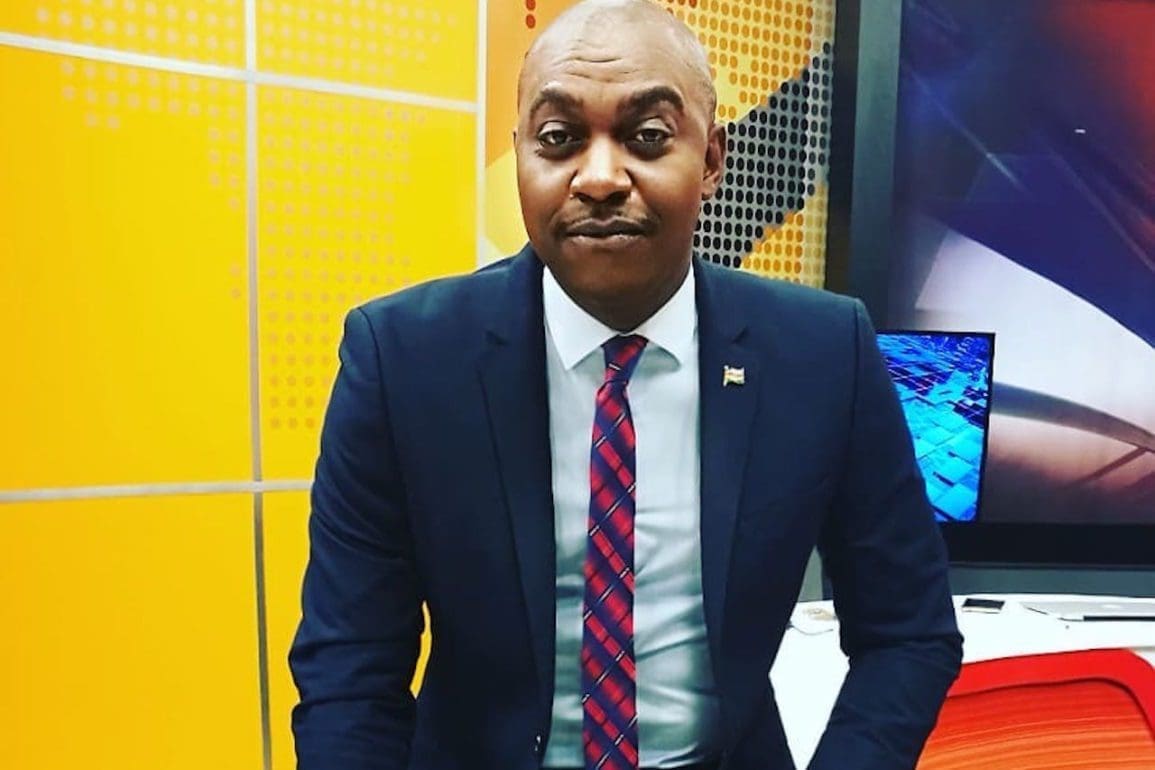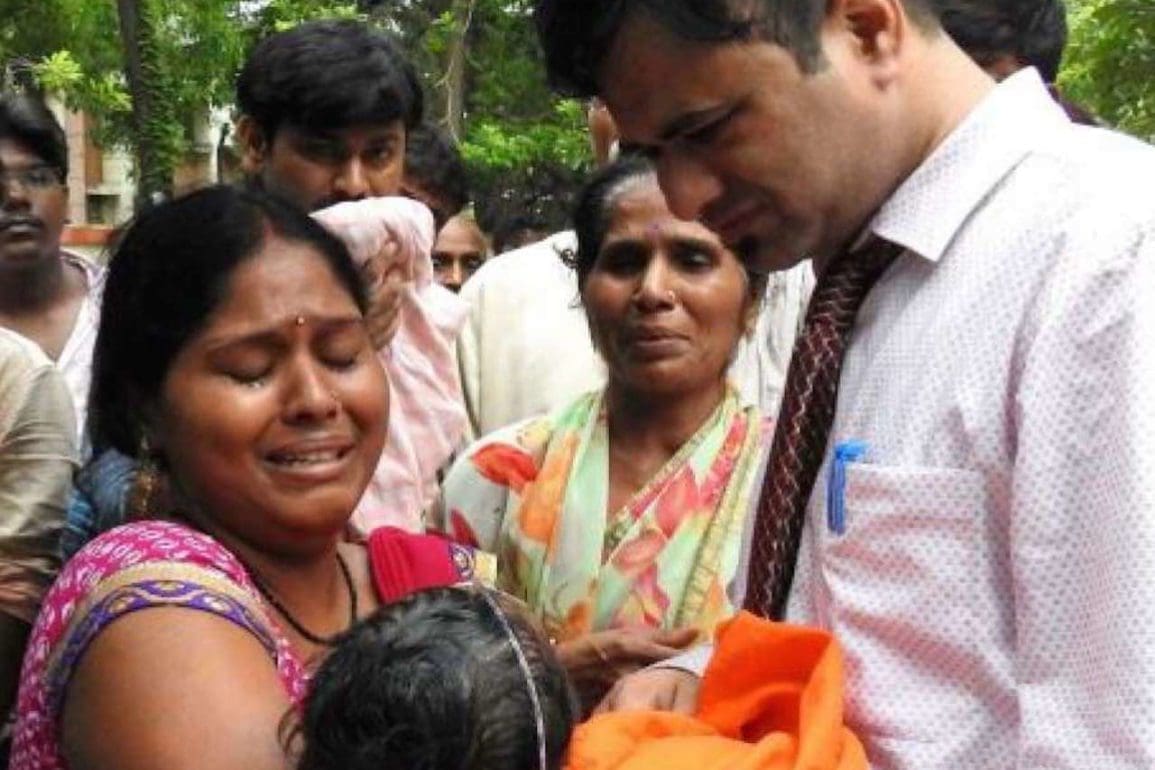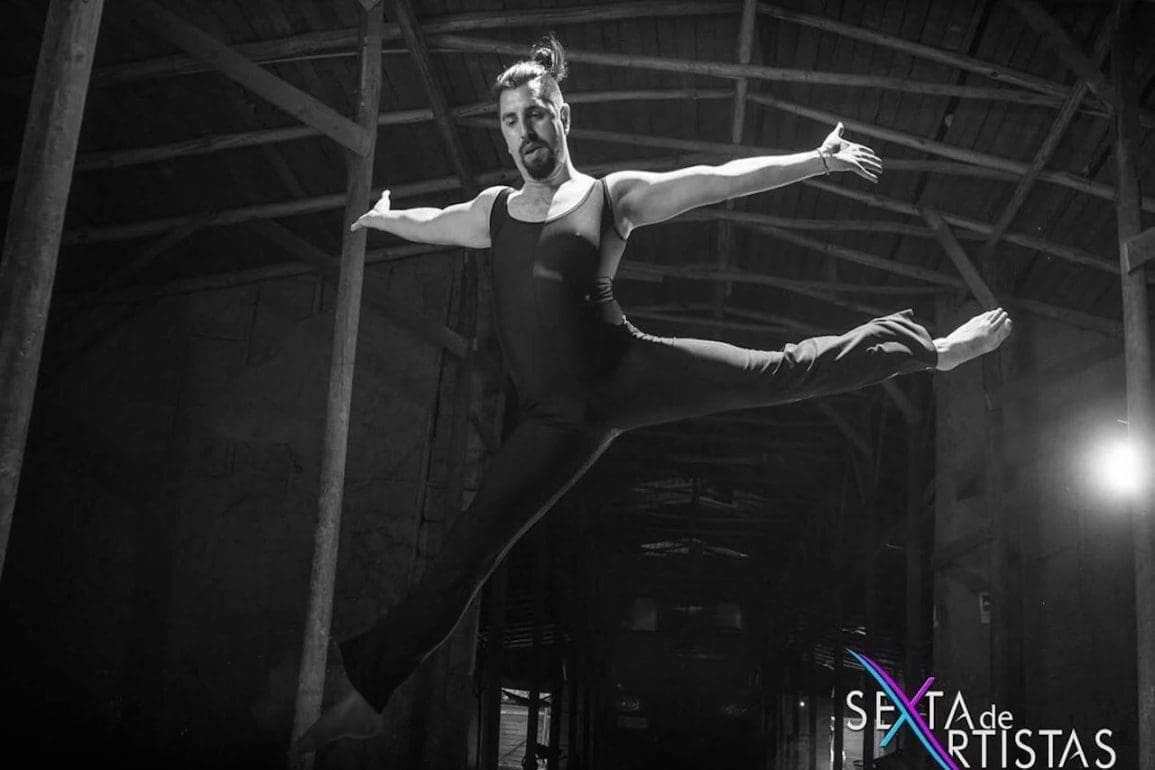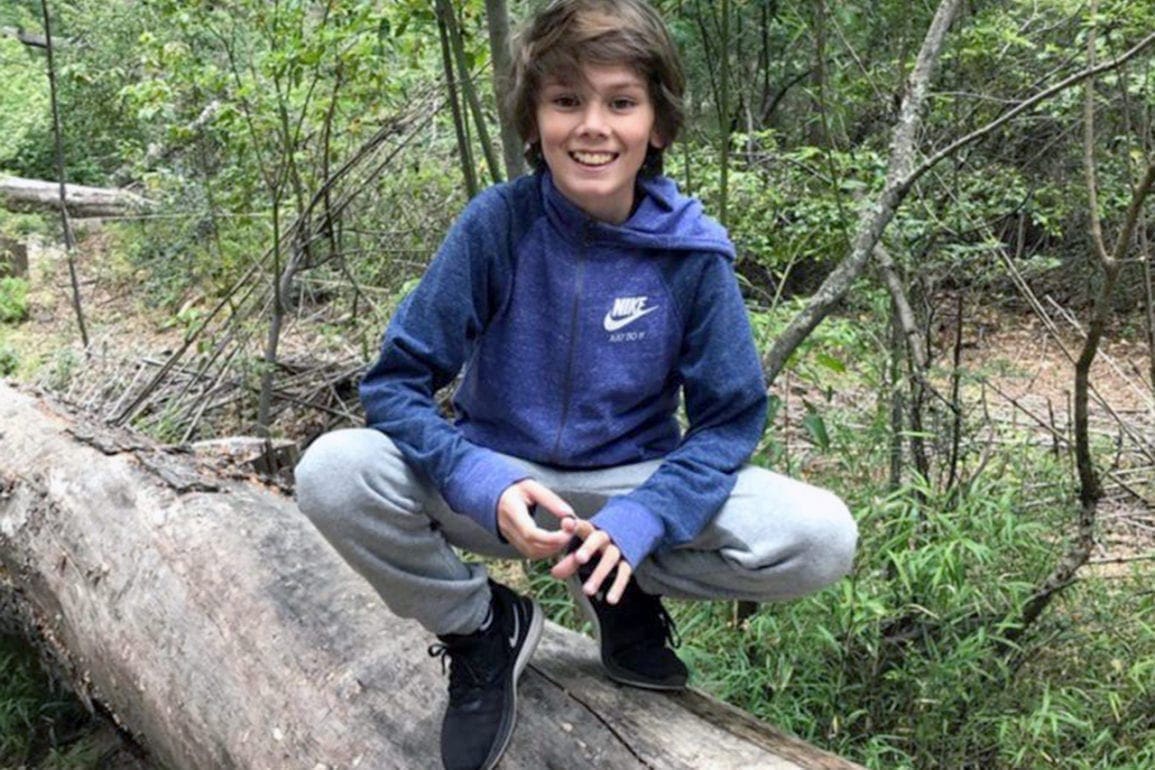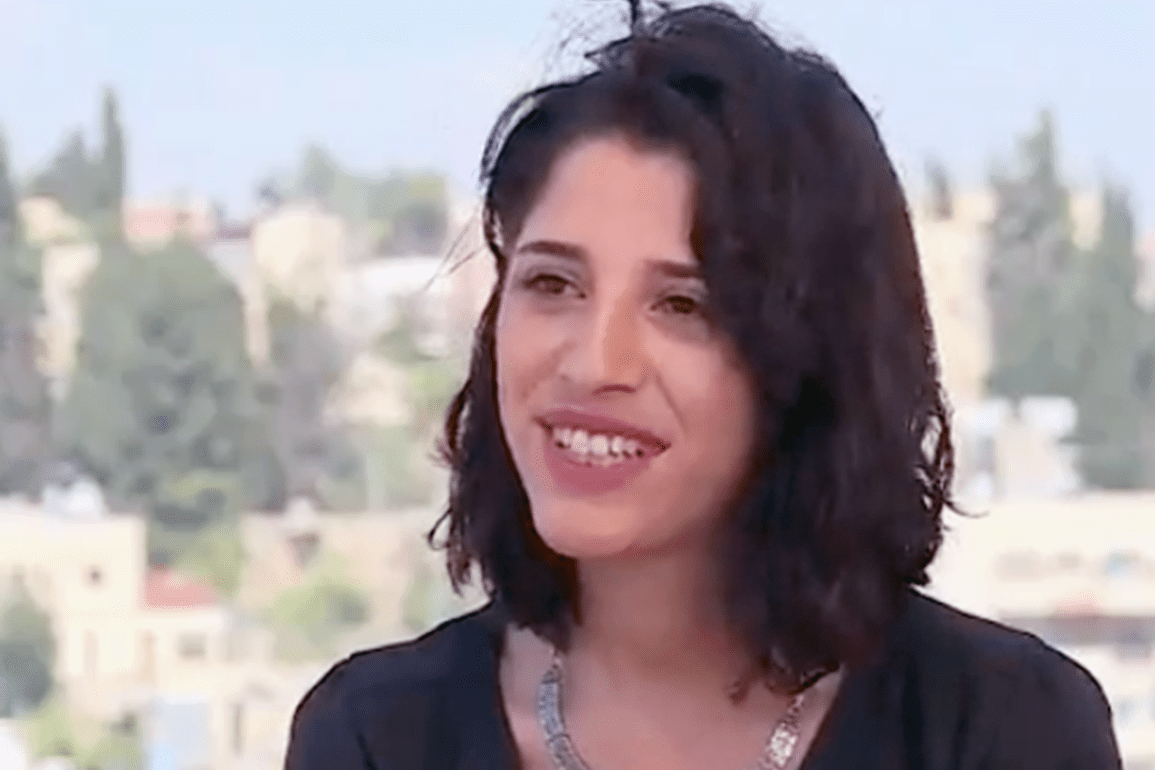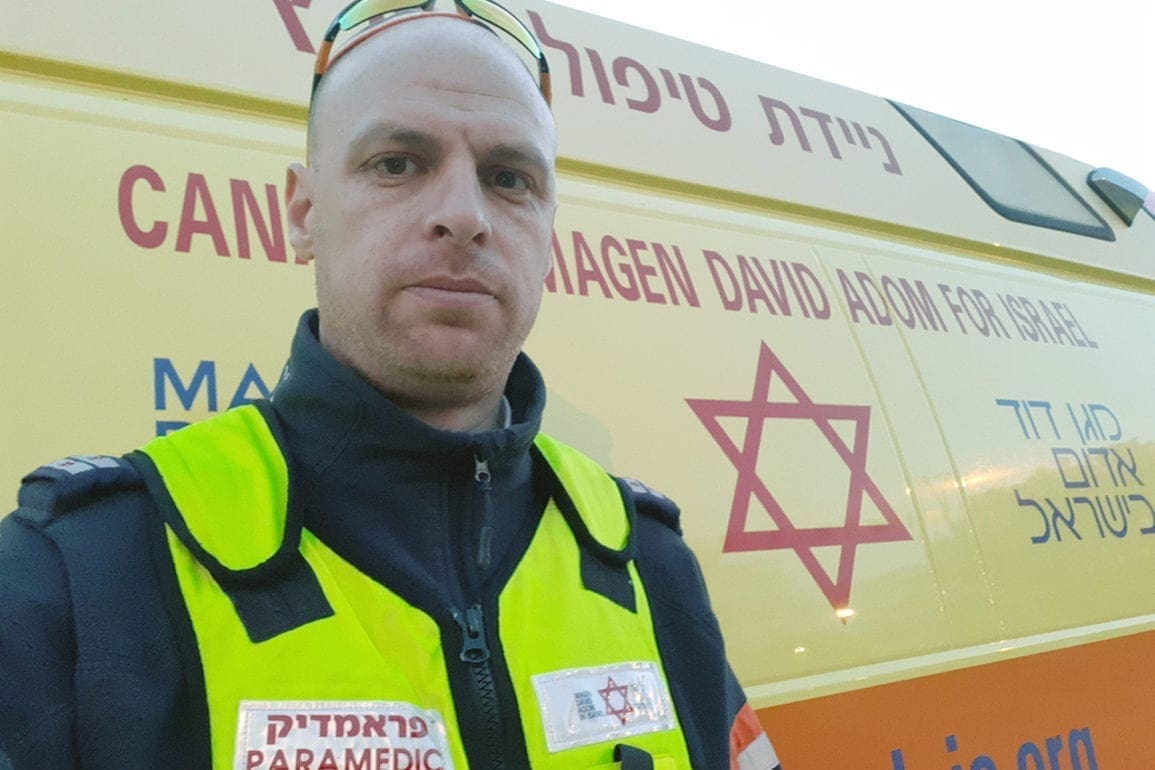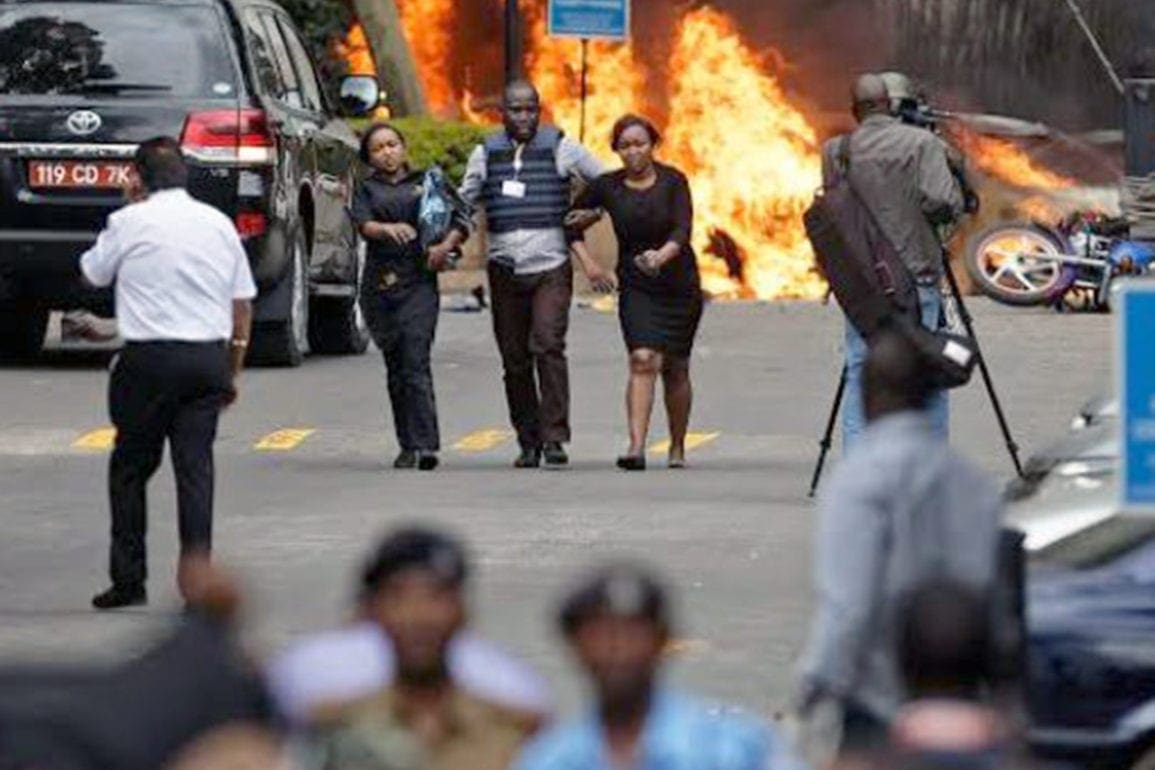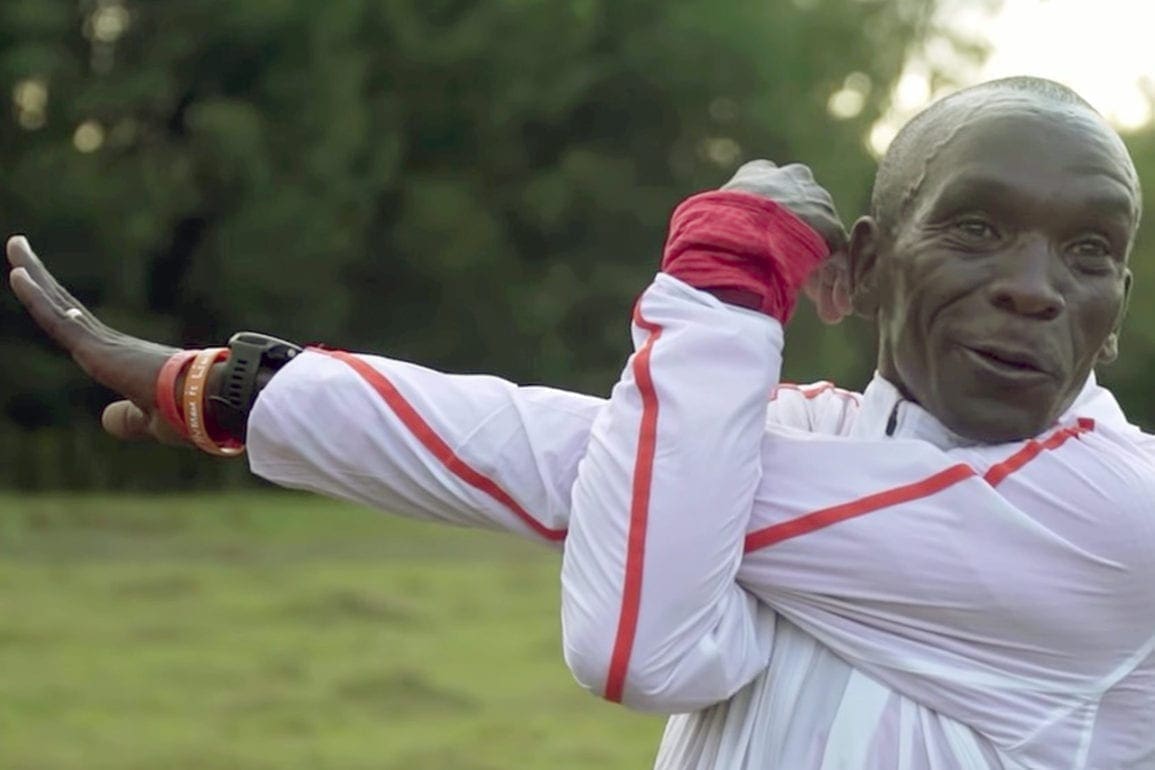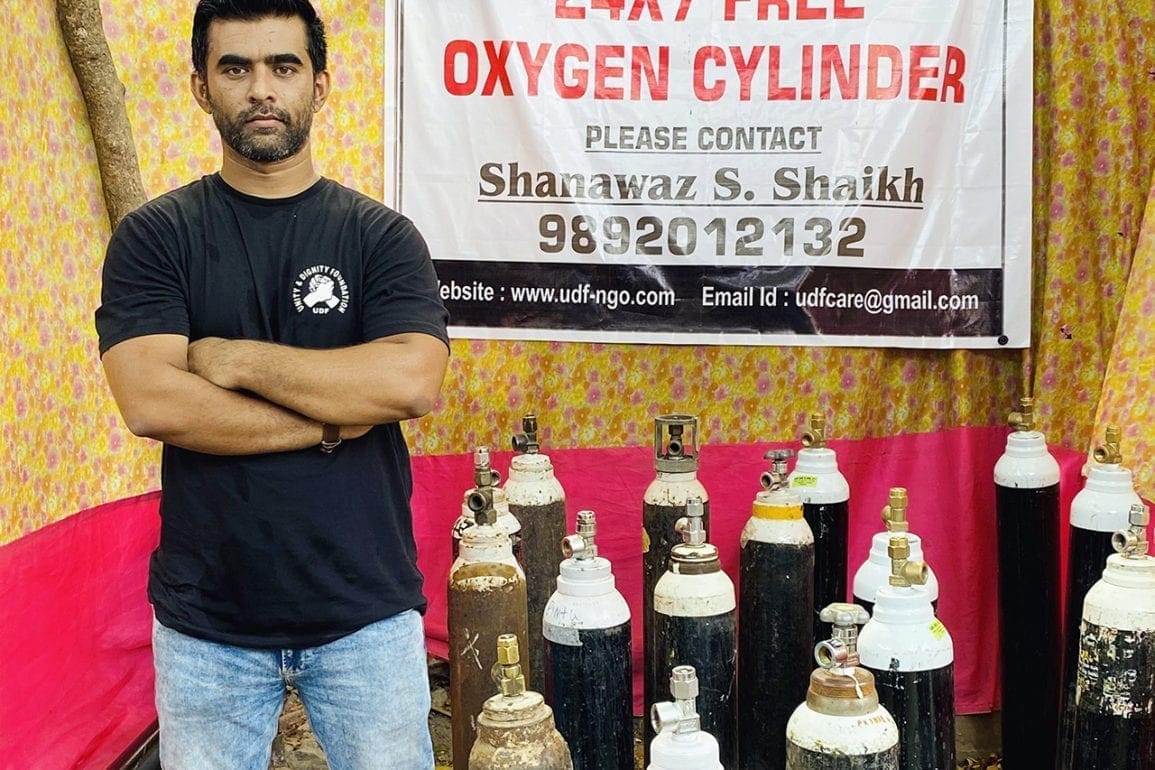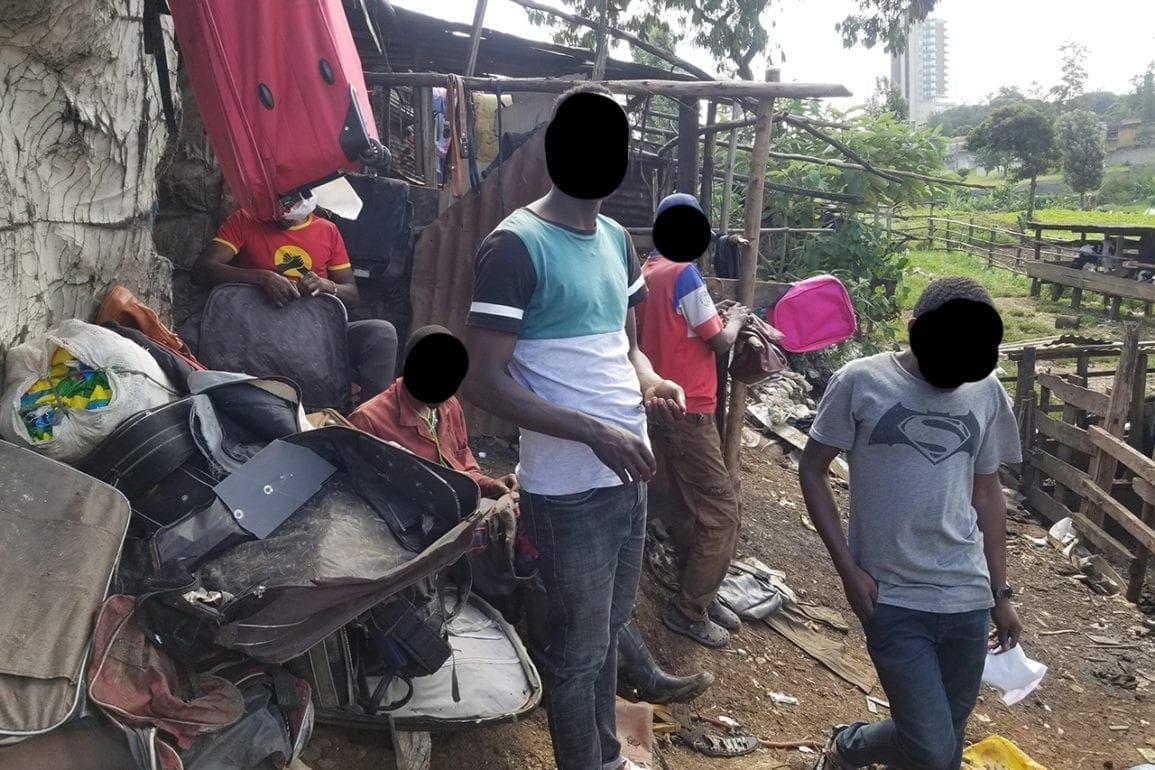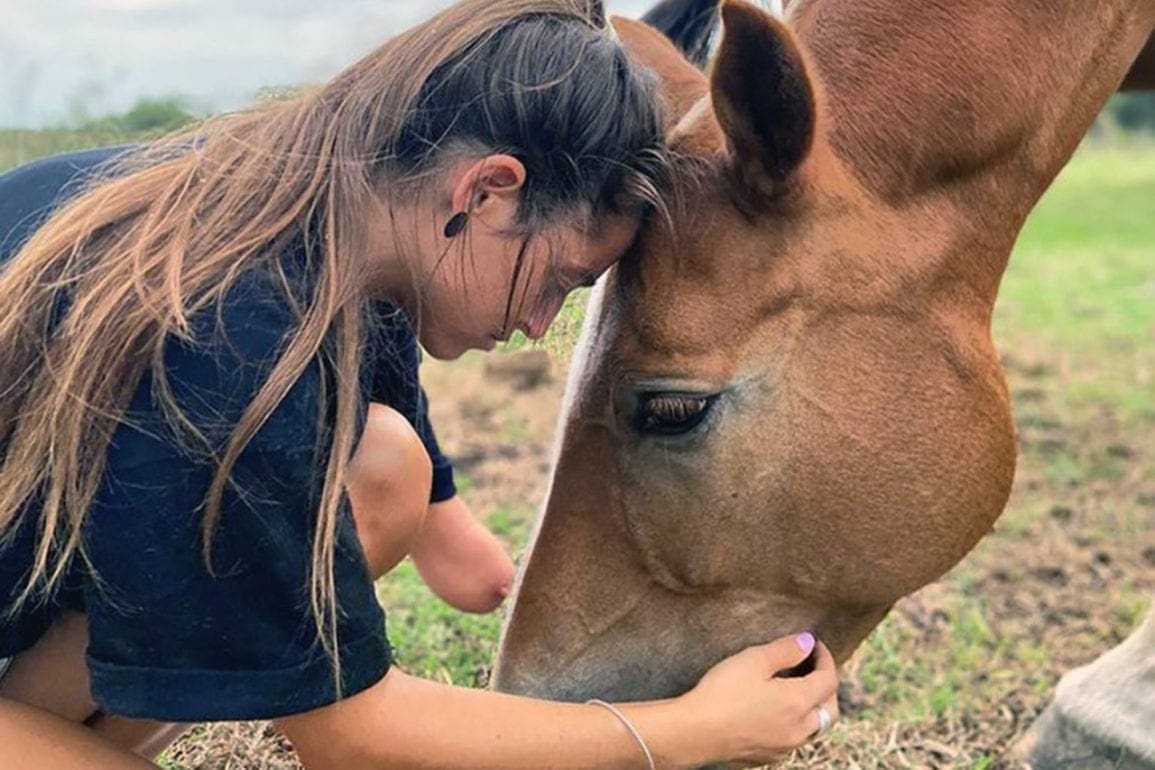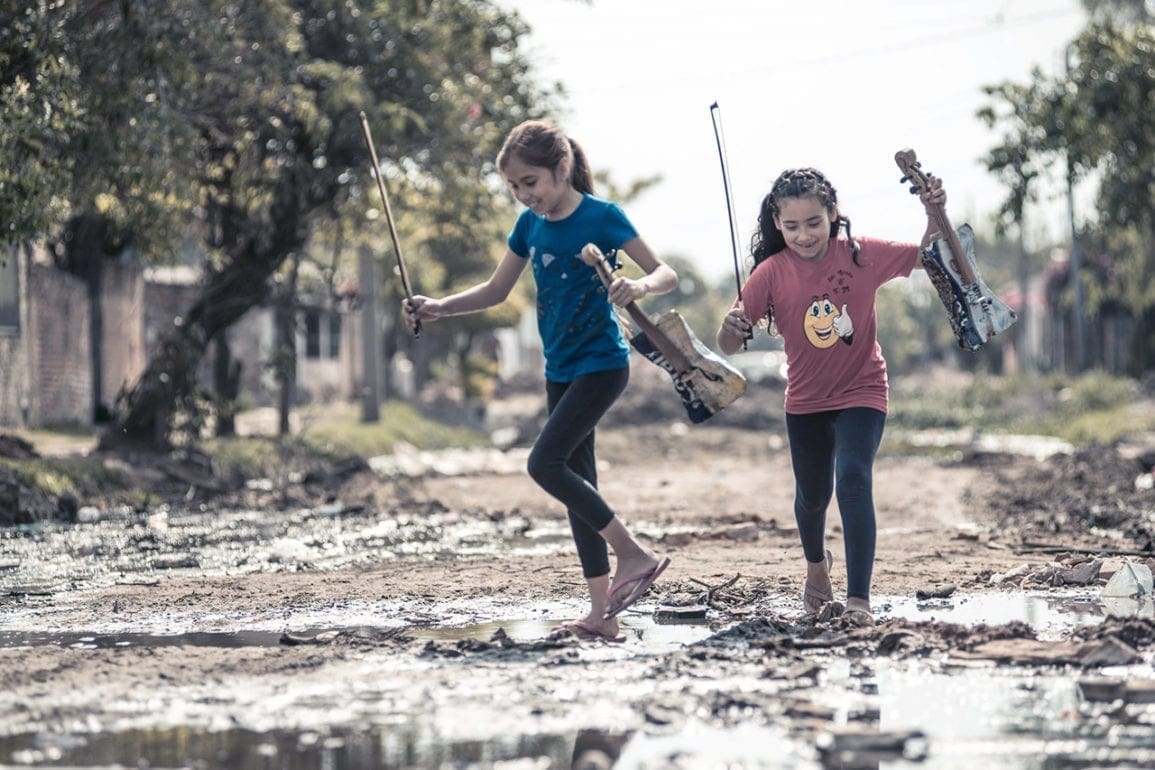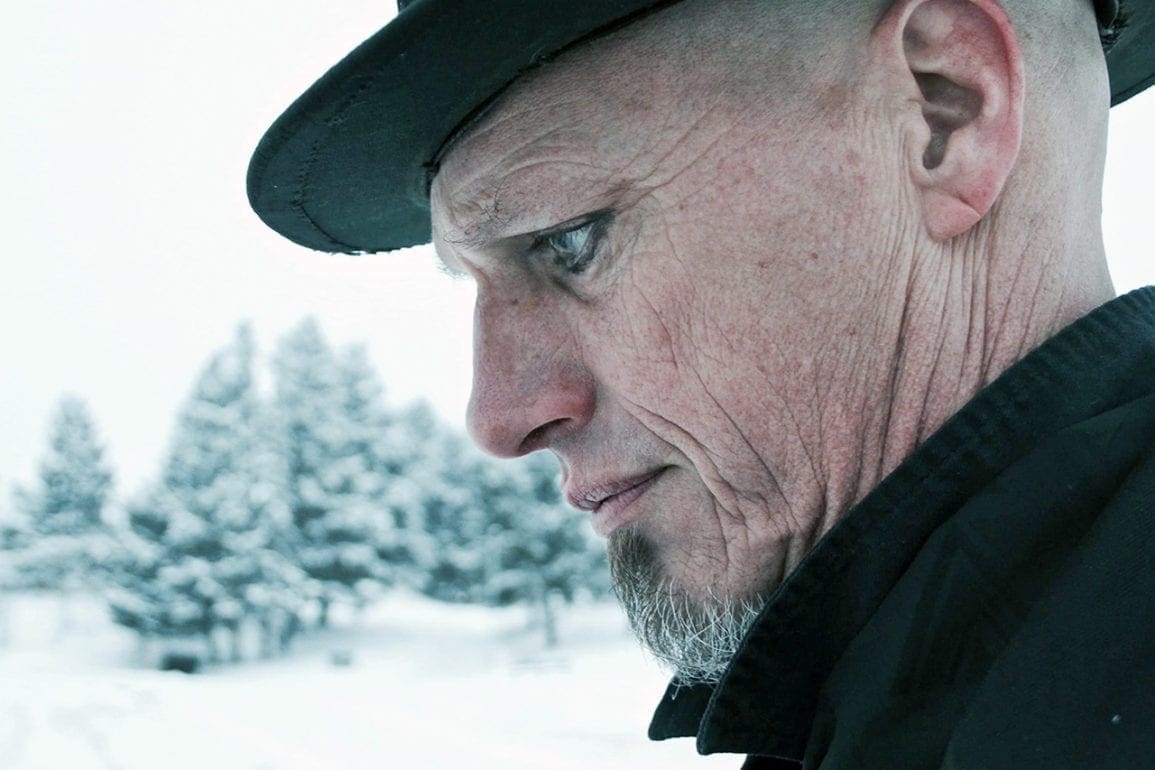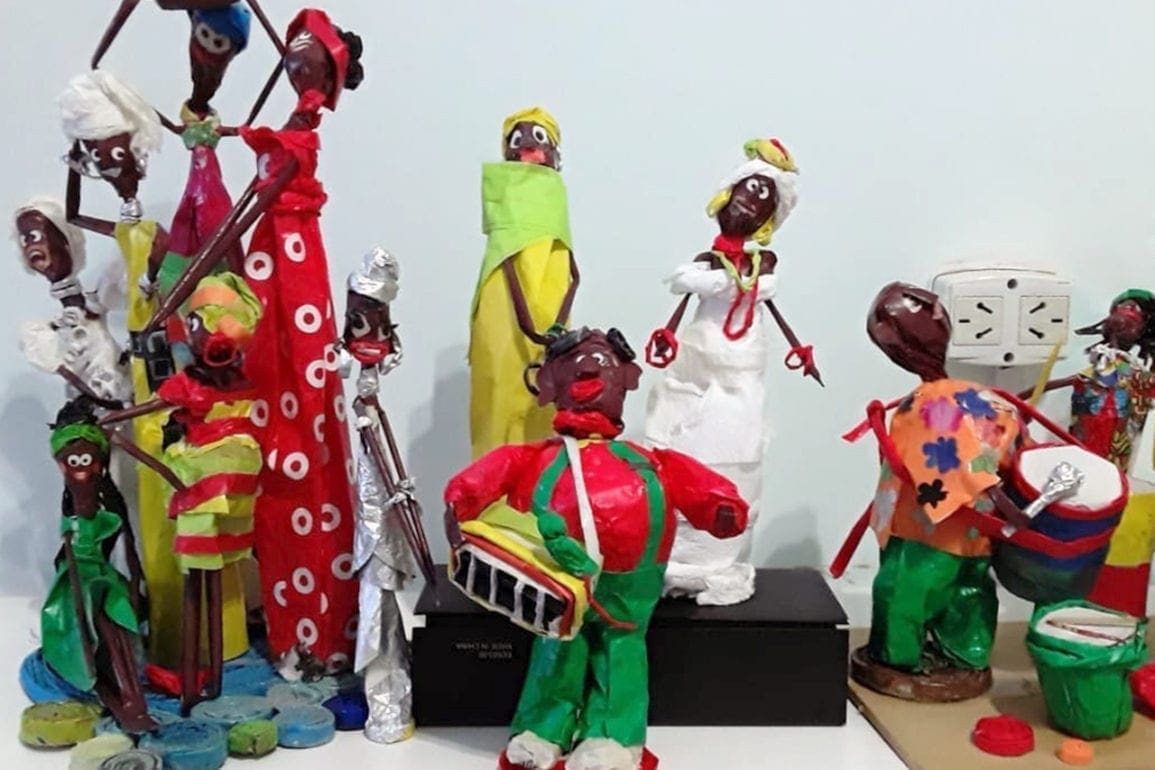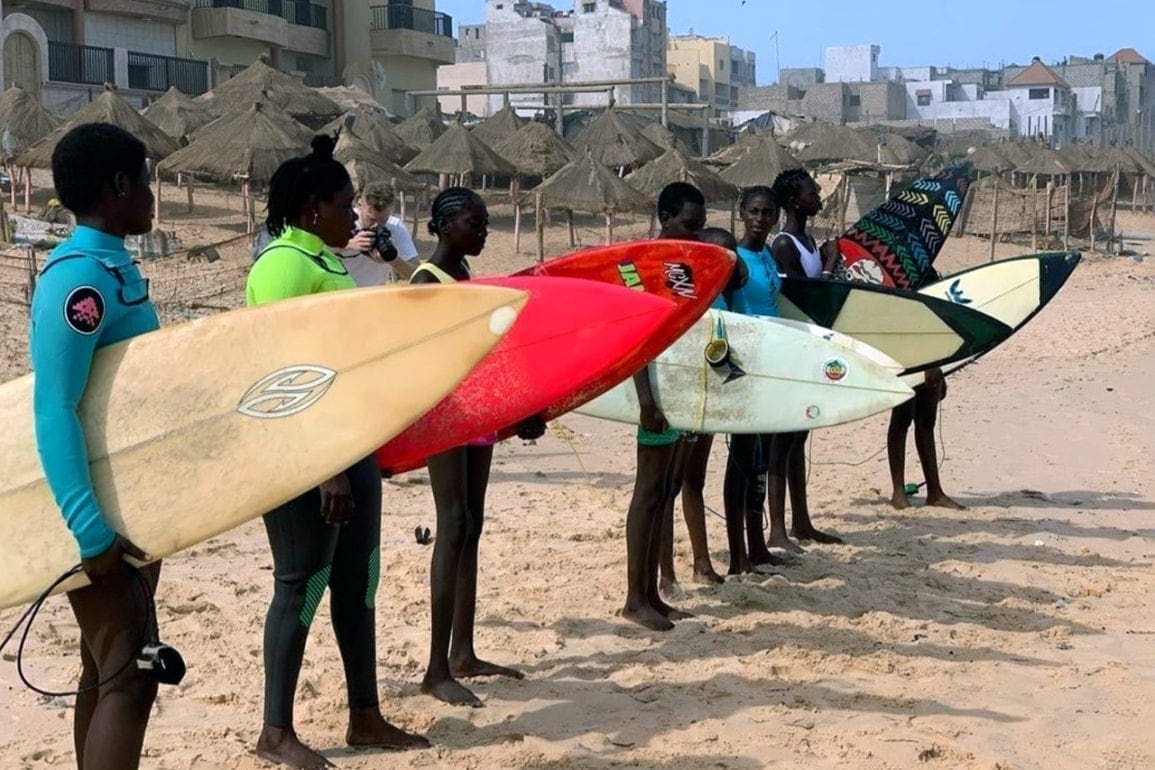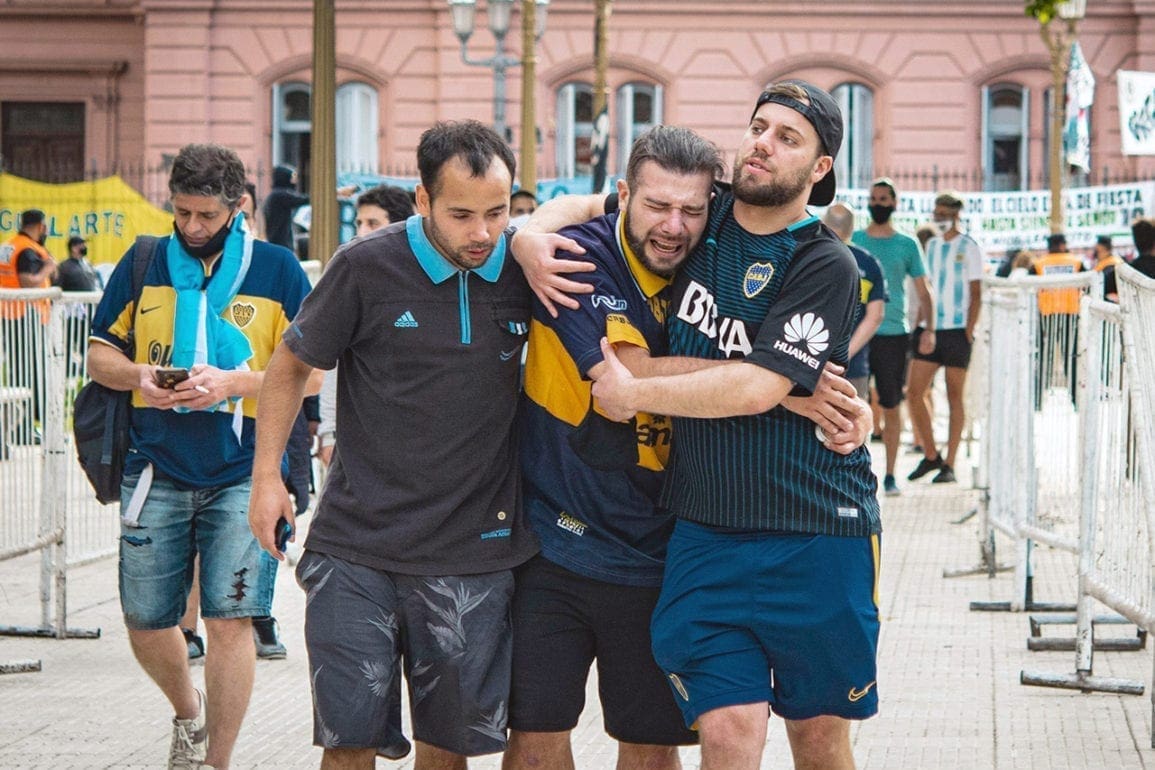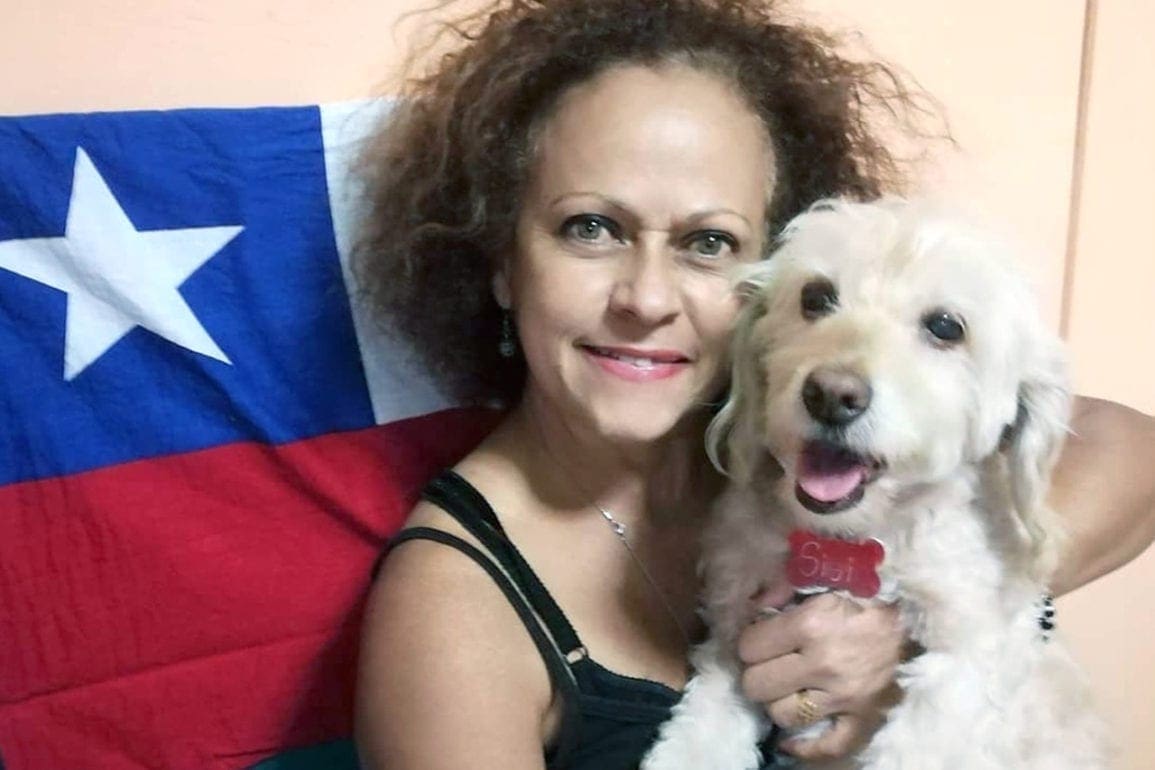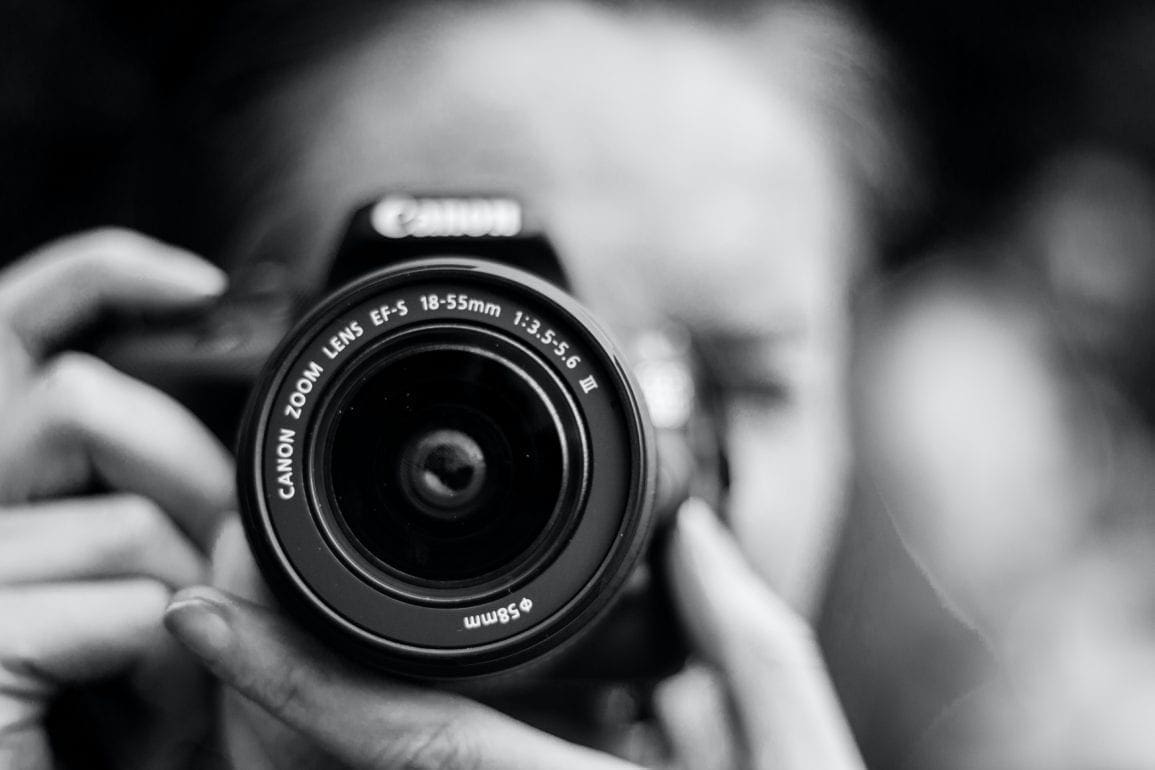Argentinean tattooist transforms scars and burns into works of art
The reactions to the finished tattoos vary as much as the stories behind each scar and burn. Some, when the artwork is revealed, have a muted reaction, while others hug me and start crying. The only thing that doesn’t change is my own emotion.
- 4 years ago
January 12, 2022

BUENOS AIRES, Argentina—My love for tattoos and the loss of my mother, aunt and grandmother to breast cancer has led me to transform the lives of thousands by providing healing tattoos. I tattoo for free the scars of women who had operations to treat breast cancer. With the artwork replacing the scarred areola, the memory of the cancer does not seem so painful.
I also tattoo survivors of burns and gender-based violence for no cost. It started by chance several years ago when a person came to my tattoo studio, Mandinga Tattoo, with a large part of her body burned. I tattooed her, and it was incredible—that tattoo changed her life, and it went viral online as well.
Nurturing my early passion for tattooing
In the 1980s and 90s, tattoos were far less common than they are now, and society often stigmatized those who had them. However, at the age of 18, I decided to get one.
A friend took me to the bathroom of a large market. There, a tattoo artist welcomed me with sewing needles and Chinese ink. I only had enough money to get a small rose. Two years later, with the most basic of tools, I started tattooing myself. My passion became my job and a source of income to help my family.
While my dad hated the idea of me tattooing, my mom would sneakily buy melons for me to practice. Without realizing it, the whole neighborhood wore my drawings on their skin. Plenty of times, I didn’t even have money to eat, but I knew I was fighting for something bigger: to open my own studio.
I invested everything I had in order to hold the first tattoo artists fair in Argentina. If it didn’t work, I would end with nothing. Luckily, such was the success that I opened my first tattoo shop in 1993. My studio is now one of the most well known in the country.
Changing lives with healing tattoos
When I learned how to tattoo scars in 2008, I posted on Facebook and said that I would do it for free to any woman who has undergone a mastectomy. I thought there would be some interest, but I never imagined the number of messages that began to rain in. To be exact, it had a million comments in less than 24 hours. I was stunned.
I still remember the first mastectomy client who approached me. Her name was Lidia, and she was about 70 years old. She suffered deeply as a result of her experience; she could neither touch herself nor look at herself in the mirror because of the anguish she felt about her scarring.
I never told her she was my first “healing tattoo.” I kept talking to her, maybe because my nerves were just as rattled as hers. When I finished, she looked in the mirror, hugged me, and said, “I love you.” I sighed in relief; it was all worth it. That was the first of 1,700 and counting. As the cases increased, we began to include women with scars from gender violence and burns as well.
There are women who come because they had domestic accidents when they were very young, and they grew up with bullying all their lives because of their appearance. Others were locked in a room by the husband and set on fire. There are many stories, many of which include mistreatment, segregation from part of society and shame.
I personally choose who to tattoo for free among the many who ask. I prioritize stories that impact me and people who can’t afford their tattoos. Today, there is a waiting list of hundreds of people.
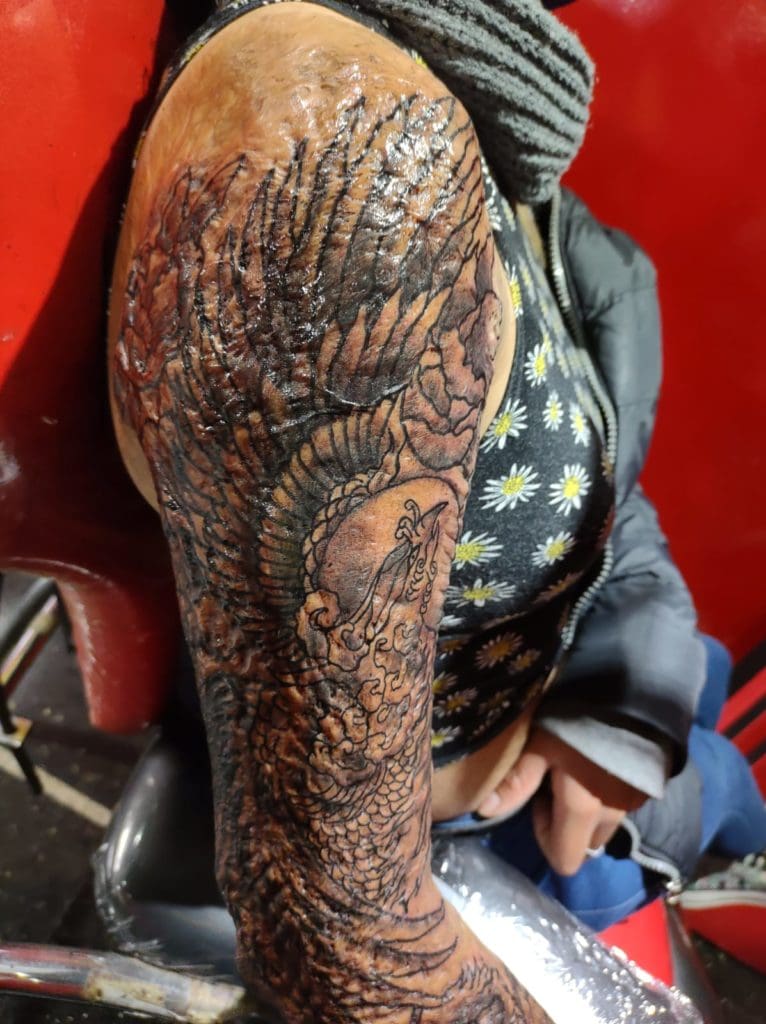
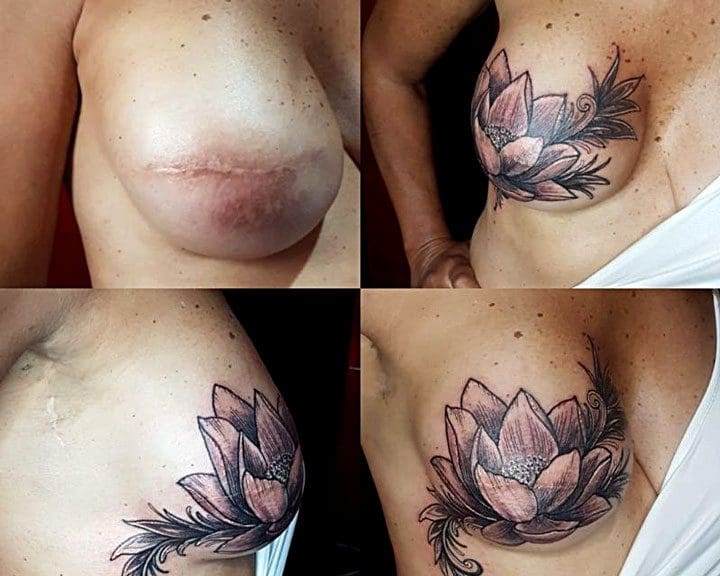

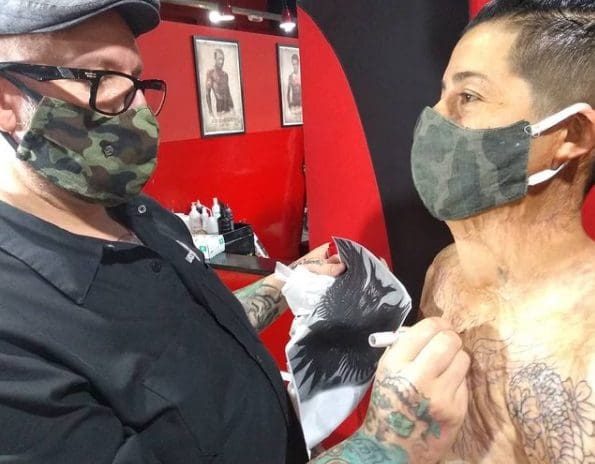
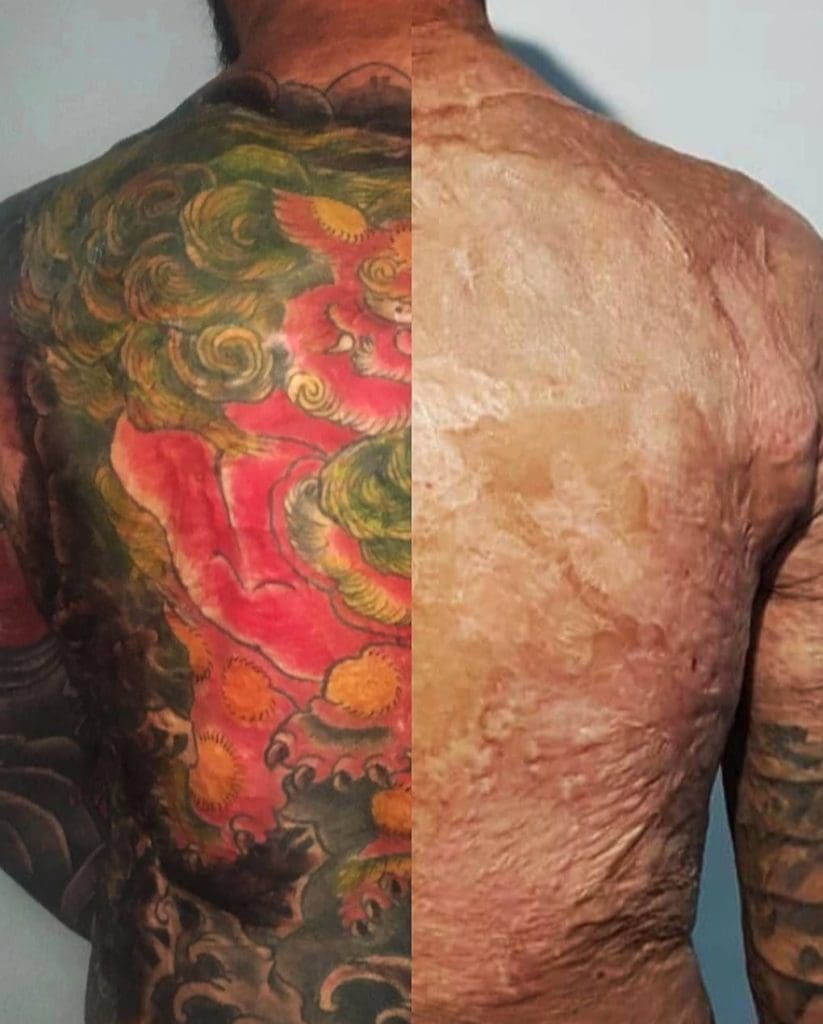
When a tattoo is more than a tattoo
The tattoos are more than just aesthetic pieces, and I try to infuse each with something more than just artistic quality. A tattoo is something that has a lot of energy: whether the energy is good or bad, they will carry that with them forever. I empathize with each client, and try to make them feel good during the process.
Each of these tattoos takes months of work; the process is complicated and expensive because burned and scarred skin is challenging to work with compared to skin that is untouched. Due to the number of hours shared together, I establish a bond with these special clients.
The reactions to the finished tattoos vary as much as the stories behind each scar and burn. Some, when I reveal the artwork, show little emotion, while others hug me and start crying. The only thing that doesn’t change is my own emotion. With each tattoo, I revisit what I experienced with my own family. Their memory still accompanies me; they are the ones who inspired this initiative that changes the lives of so many people.
Everything that my family and I have, I owe to the tattoo. I consider myself in debt to this art, and that’s why I tattoo in this way.
Taking healing tattoos on the road
In the last week of 2021, my family and I began a journey in an RV with the intent of traveling the Americas from end to end, crossing 15 countries total. The project was born during COVID-19 quarantine as a family trip, but then it occurred to me to bring healing tattoos along for the ride.
We started in Ushuaia, the southernmost city in the world, and hope to end in Alaska in early 2023. Embassies in each country have connected me with women’s organizations, and with their assistance and connections I intend to tattoo between 20 and 30 healing tattoos per city. In each destination, we want to leave ambassadors: tattoo artists who want to continue providing these tattoos at no cost to those who need it.
In addition, we plan to record a reality show of sorts telling the stories of those we meet.
My future is full of projects. One is followed by another, like a waterfall. Changing people’s lives changes my life, and I am forever grateful.

